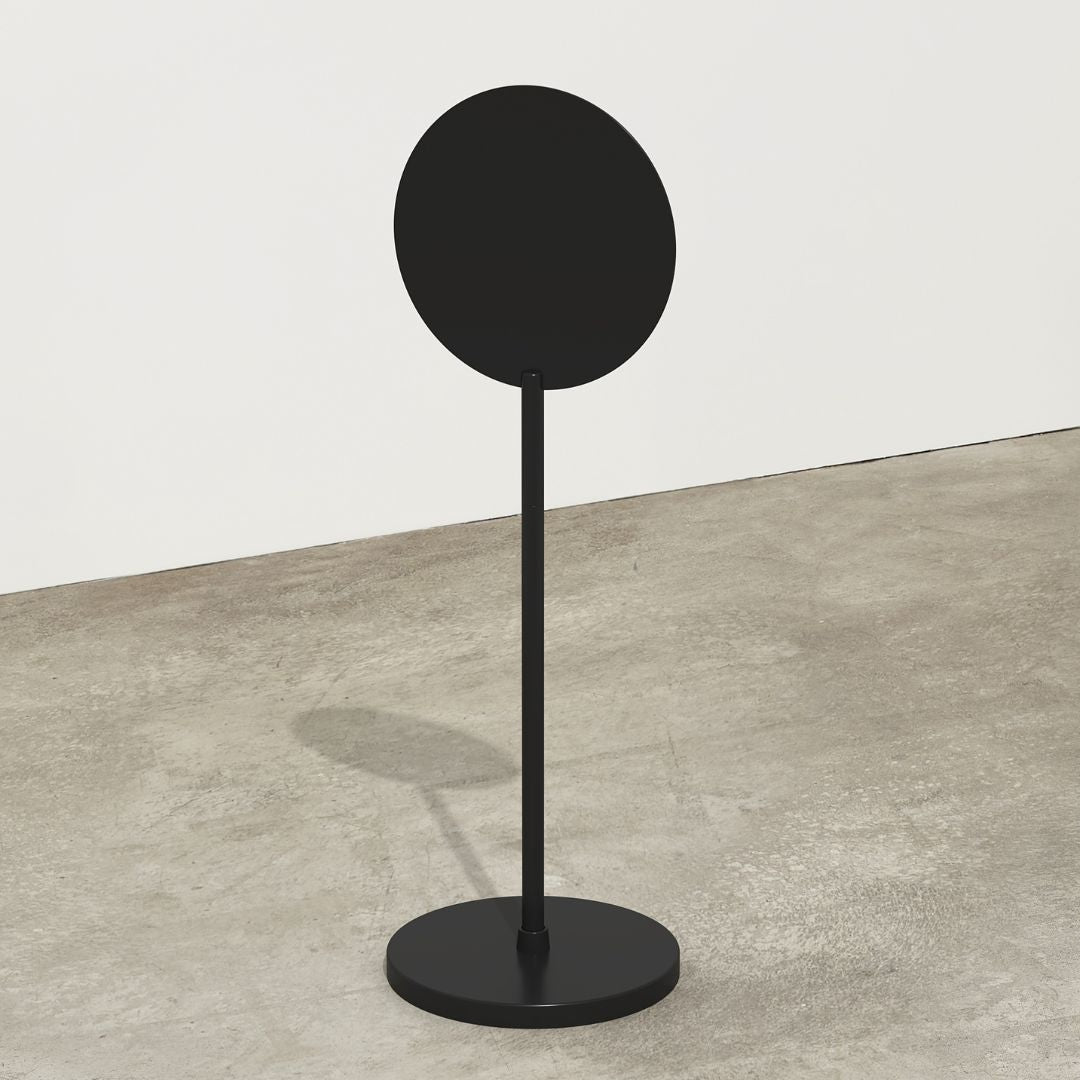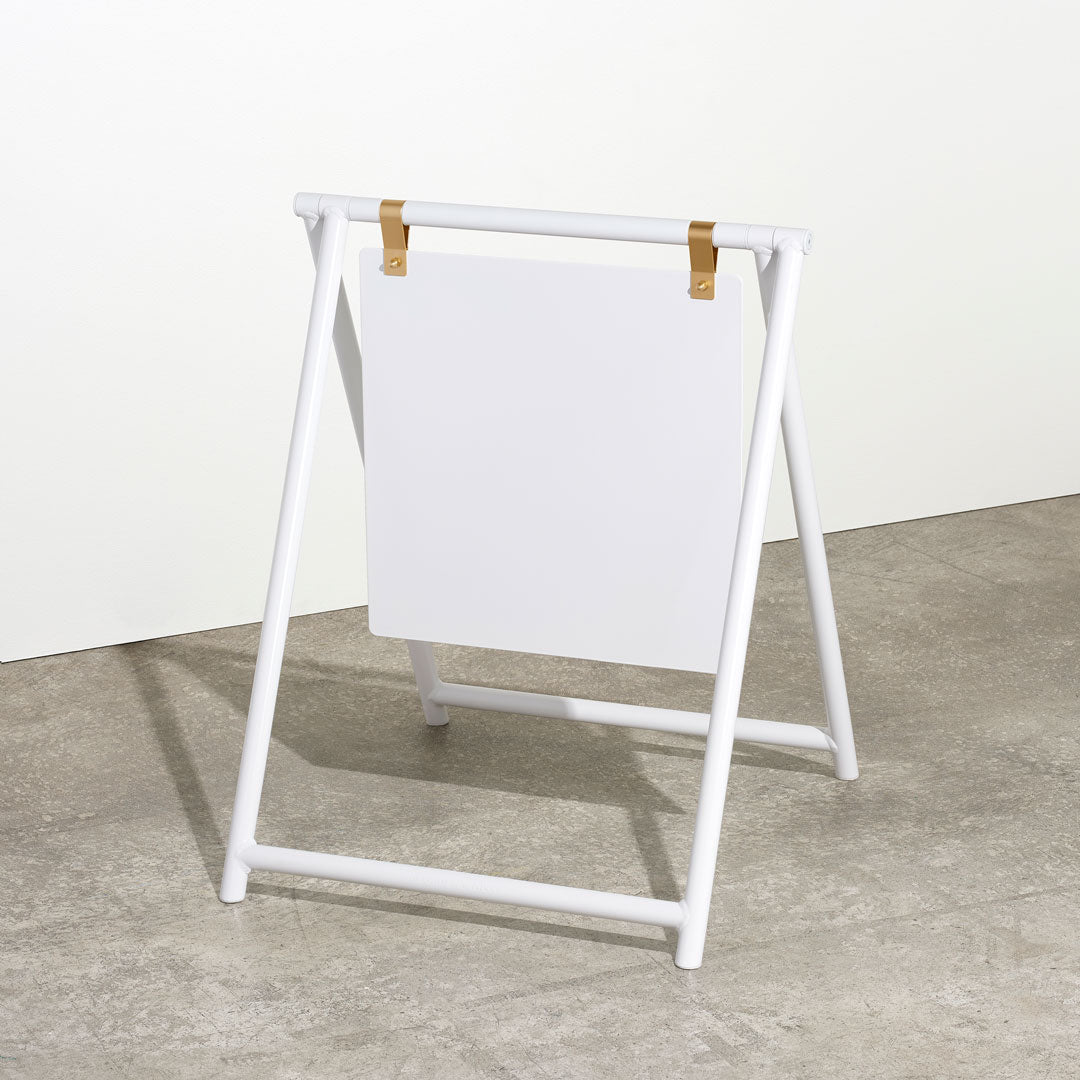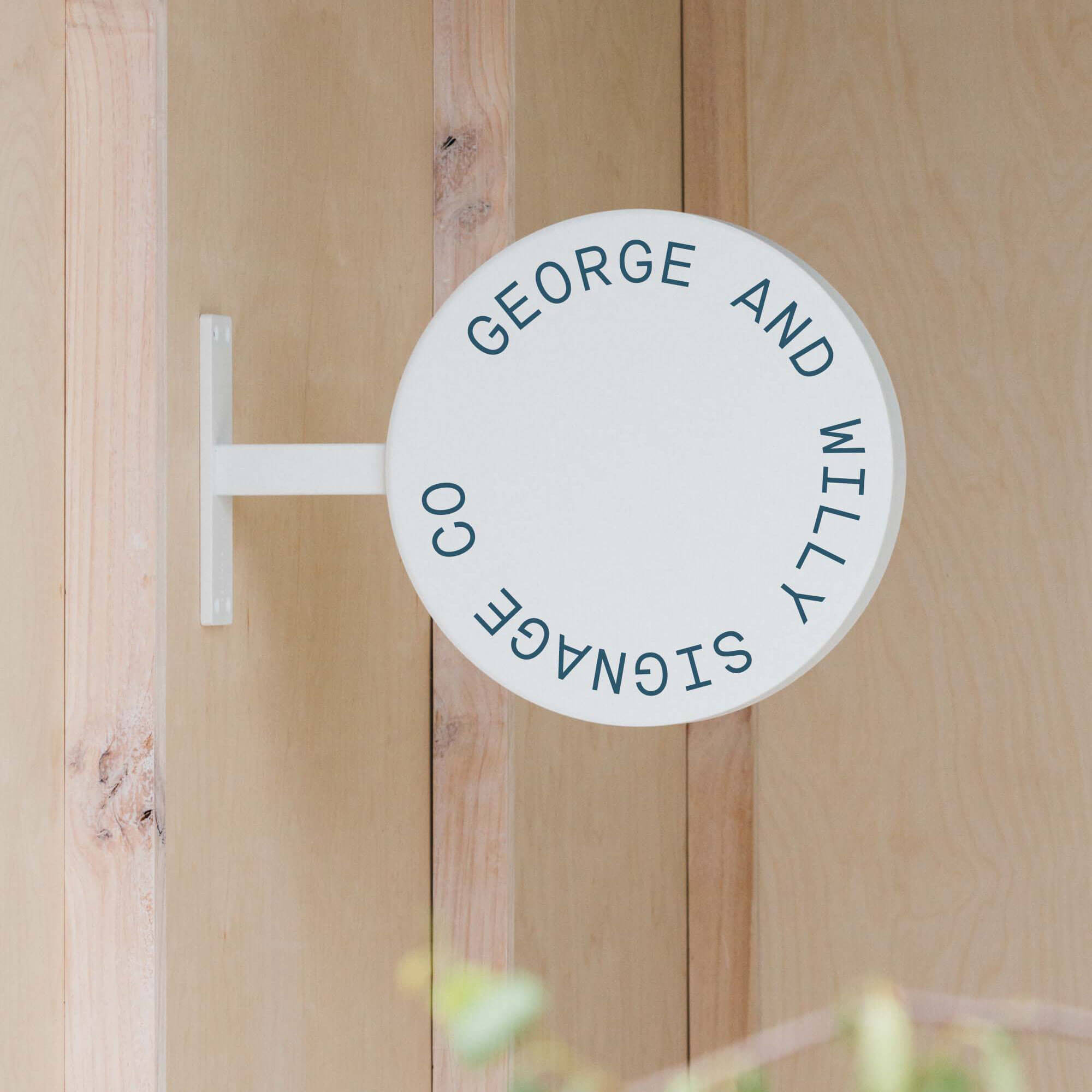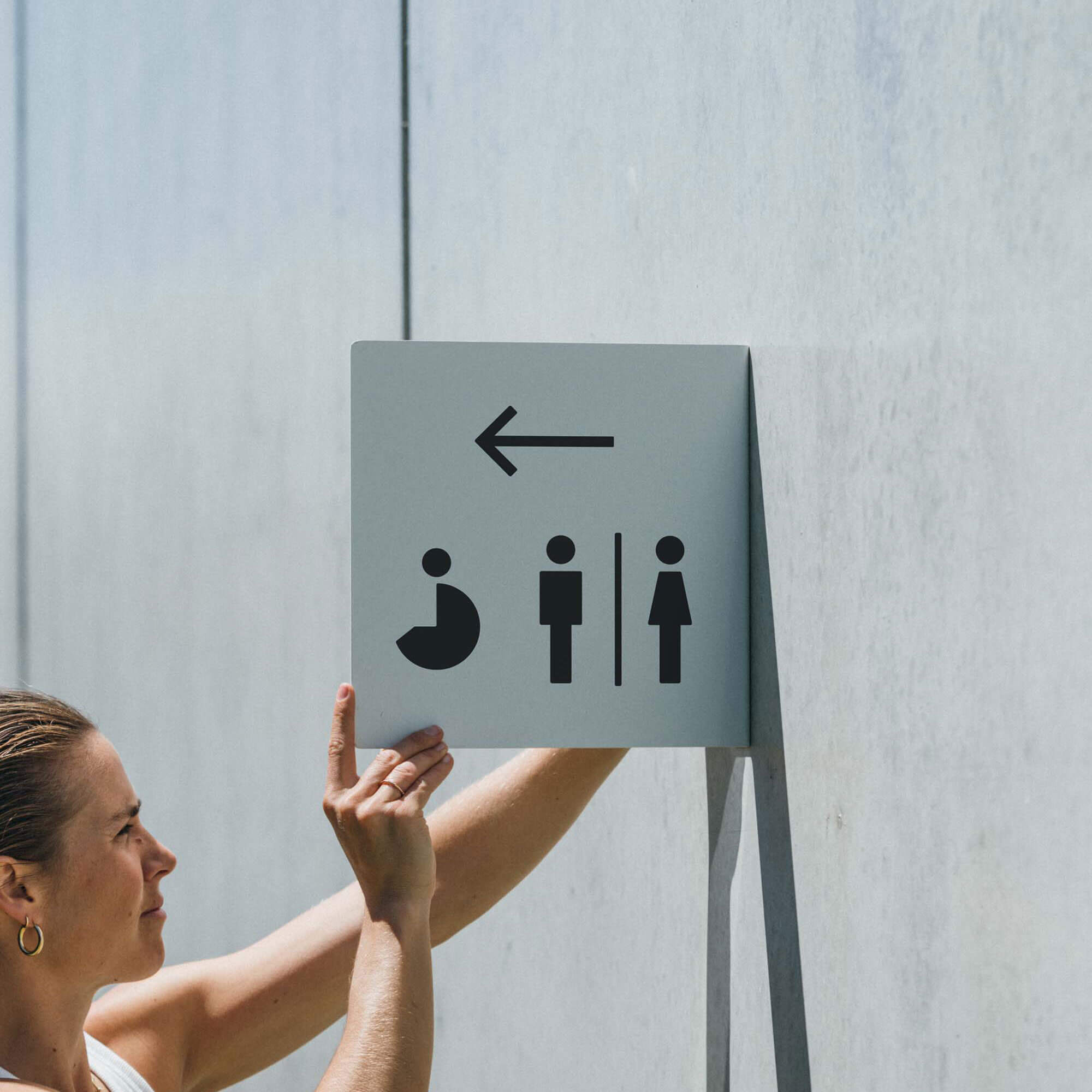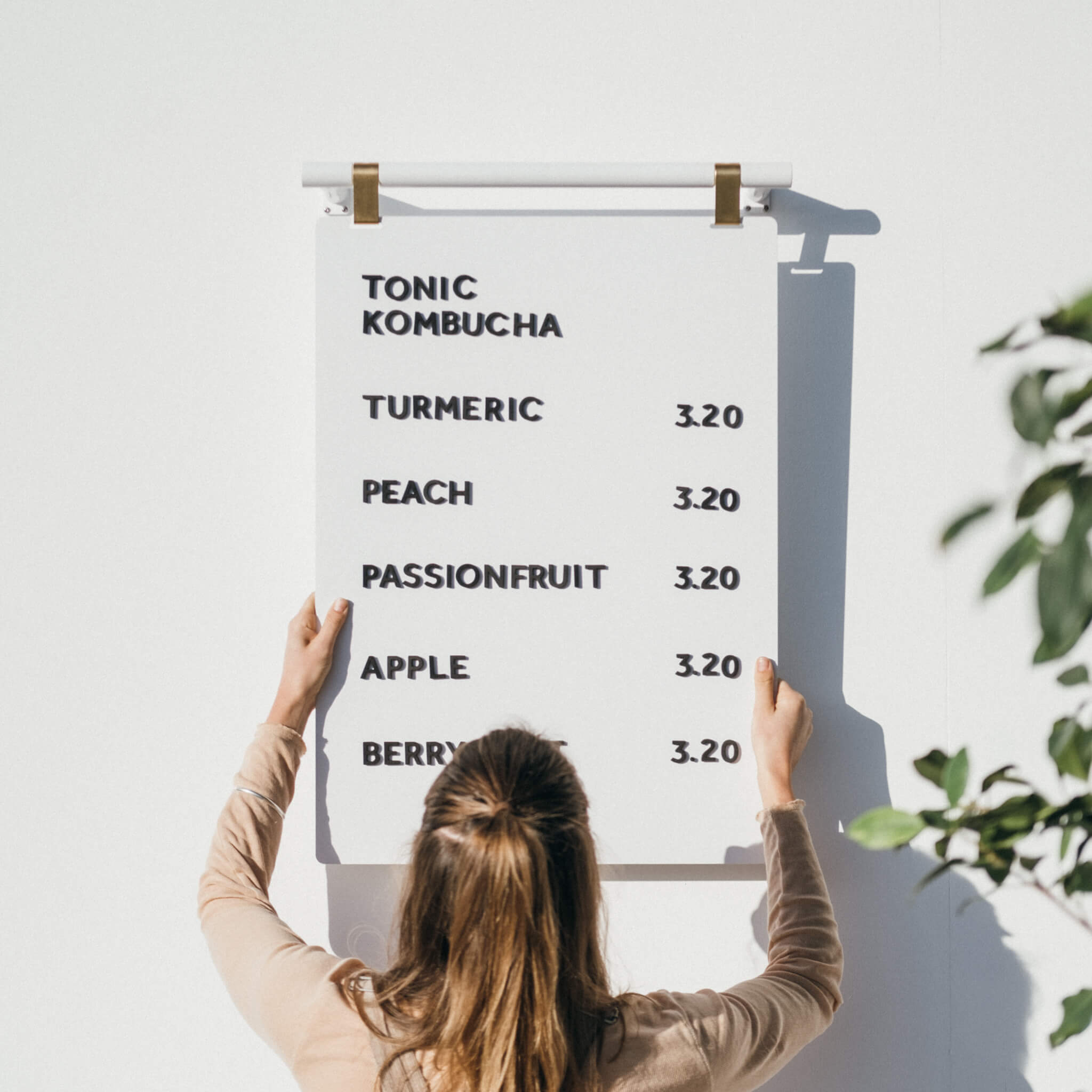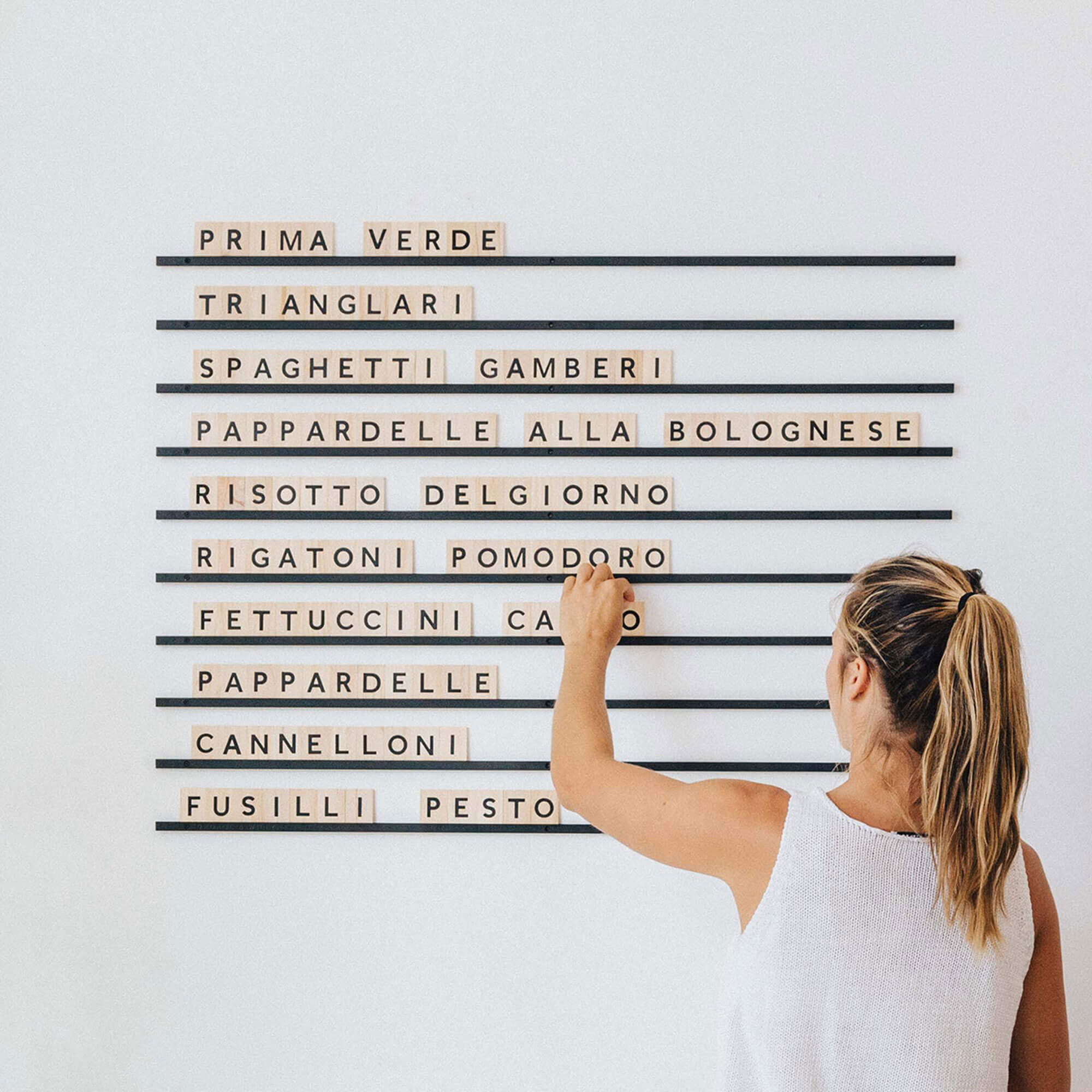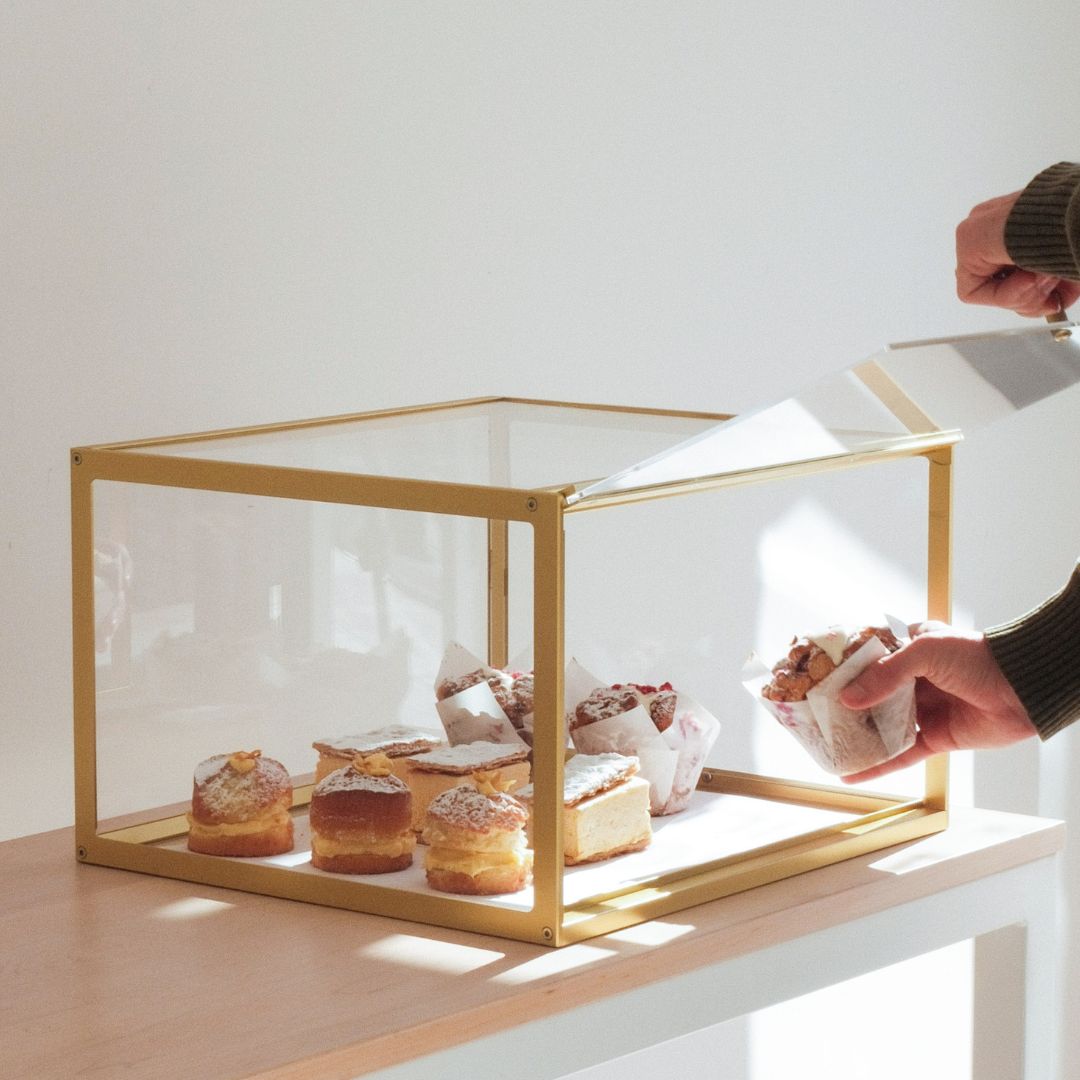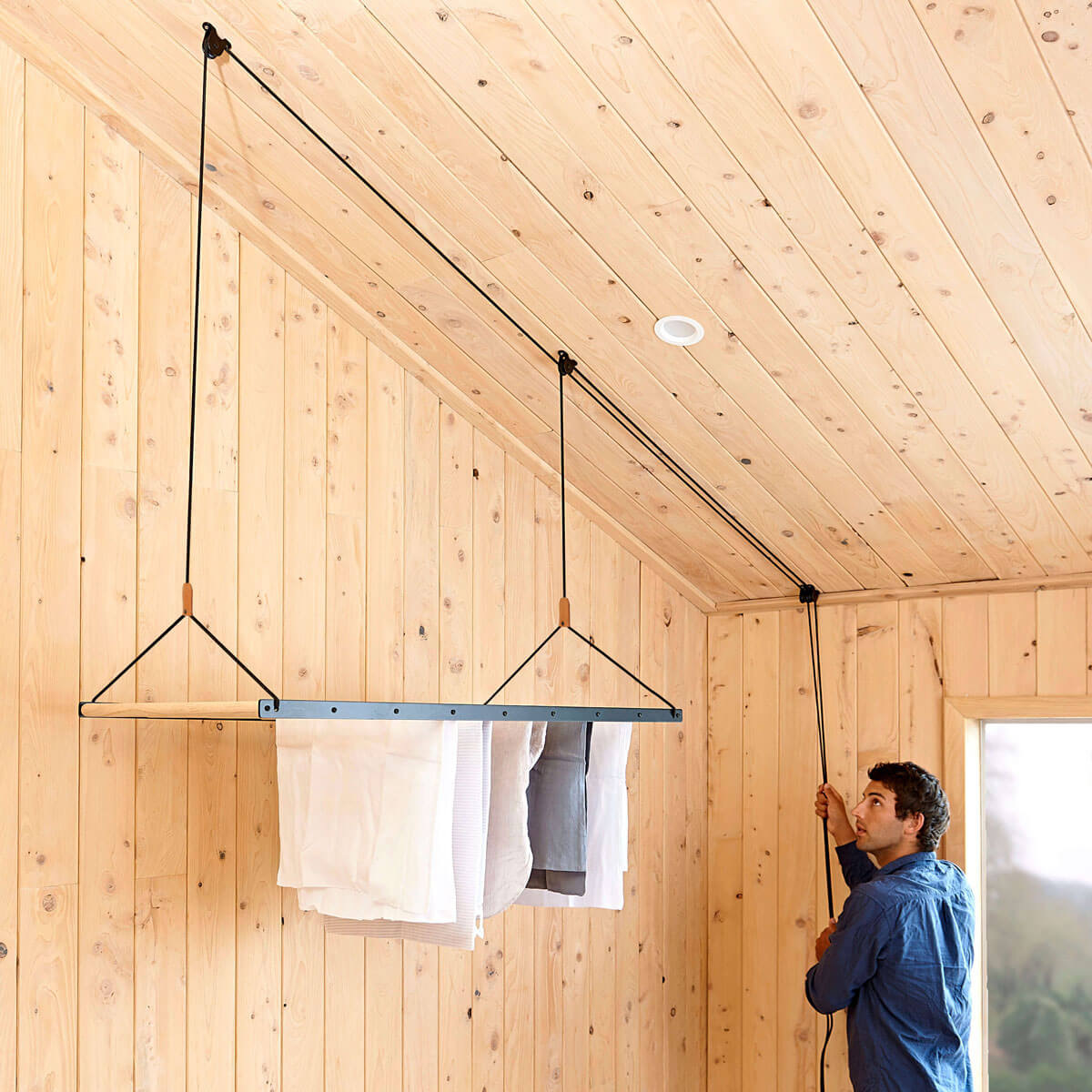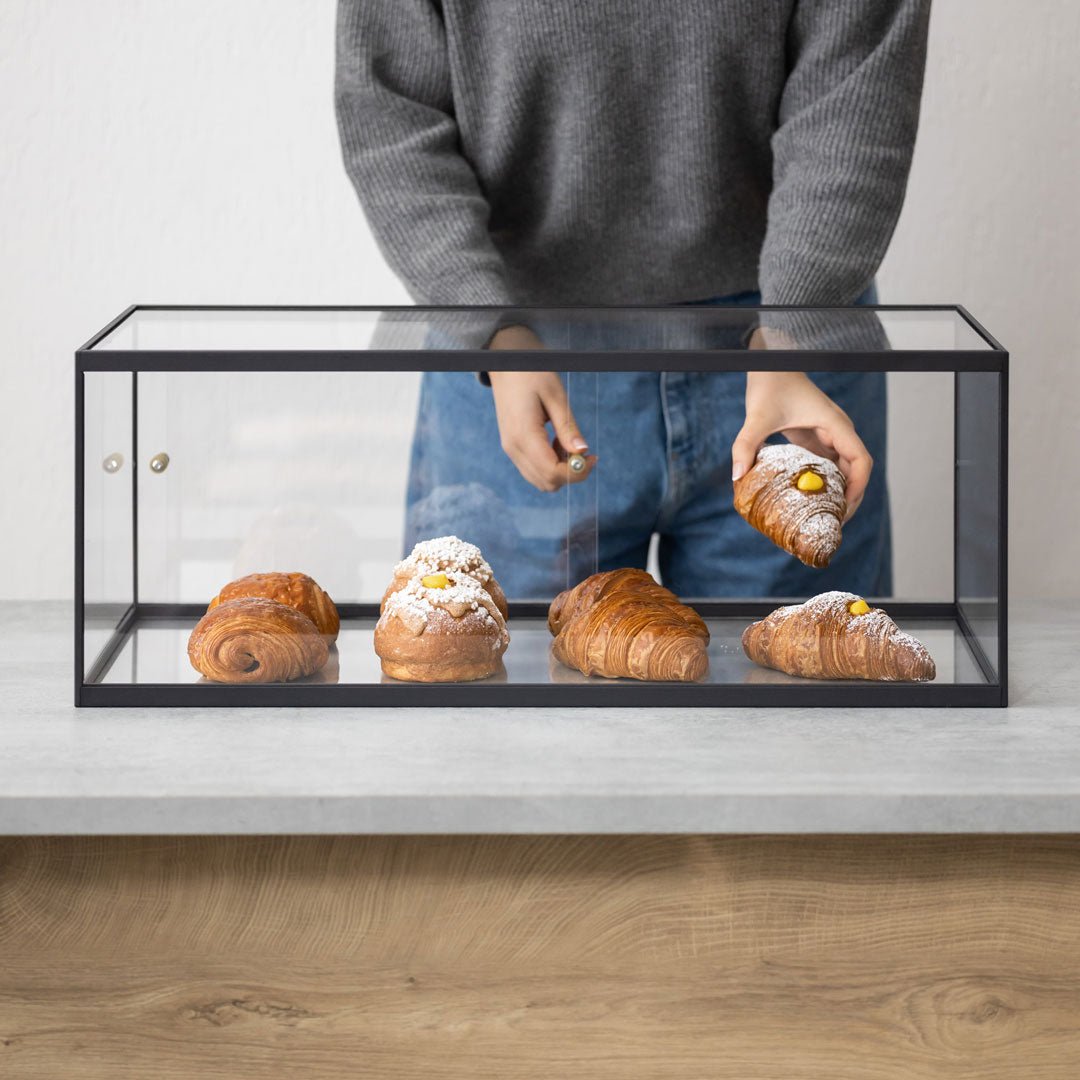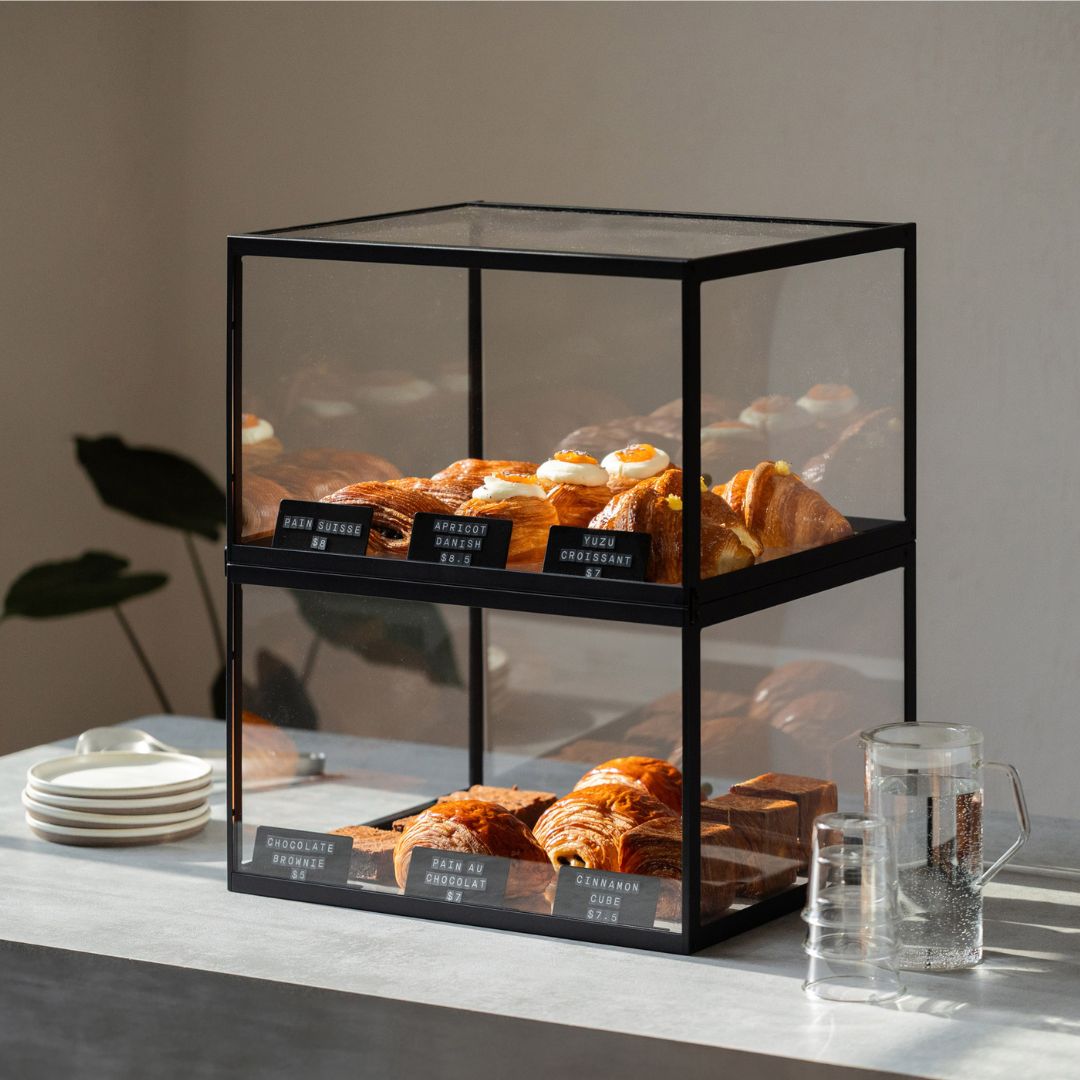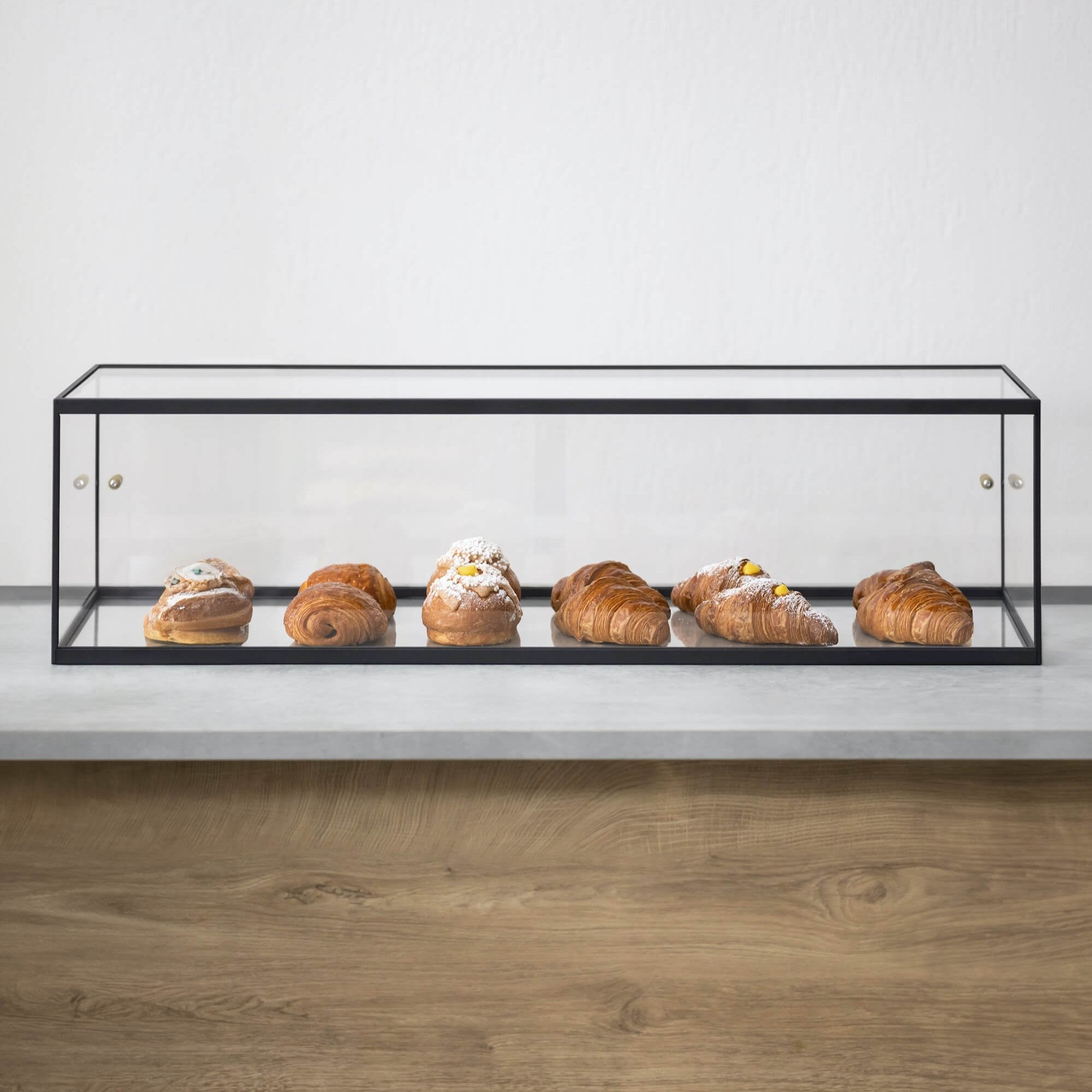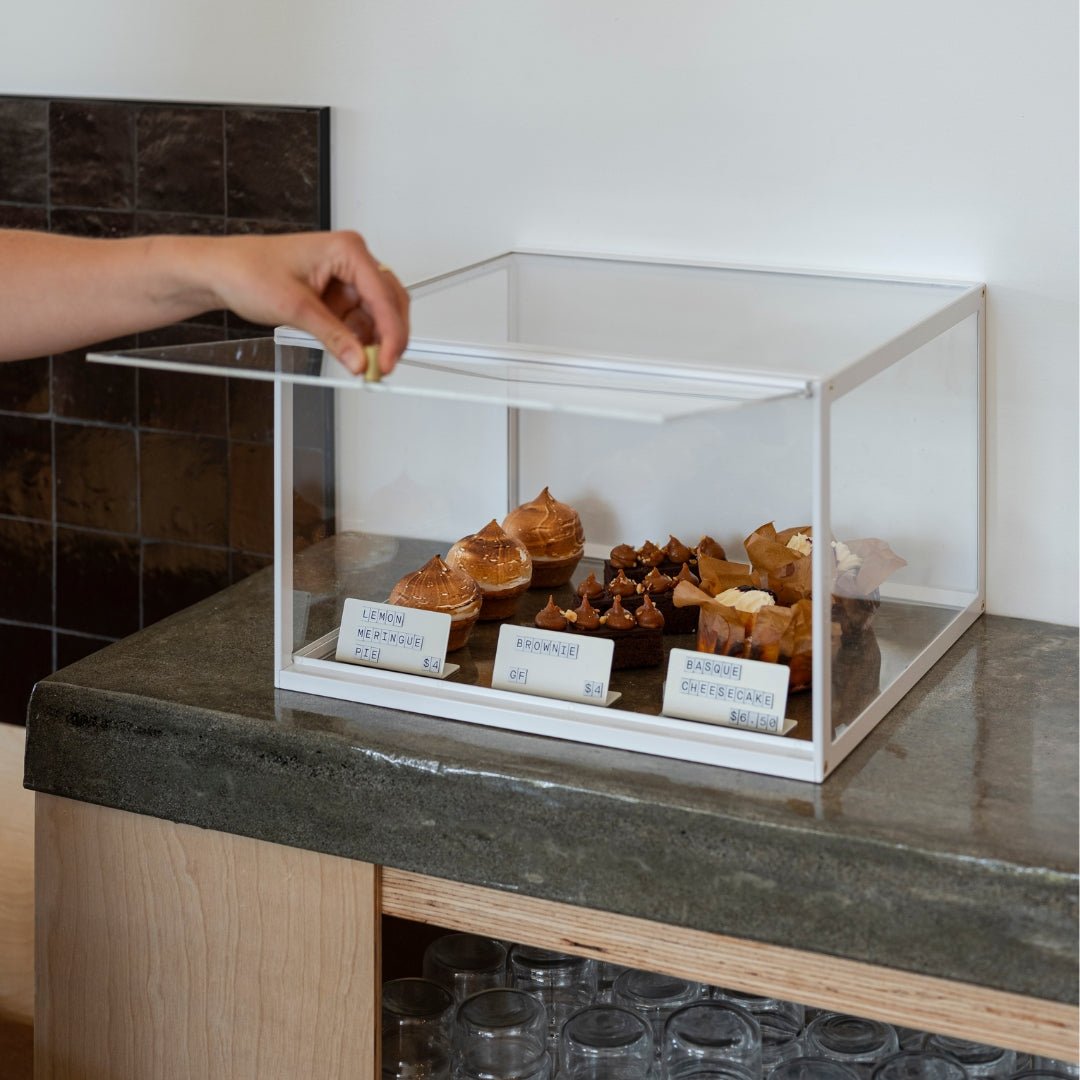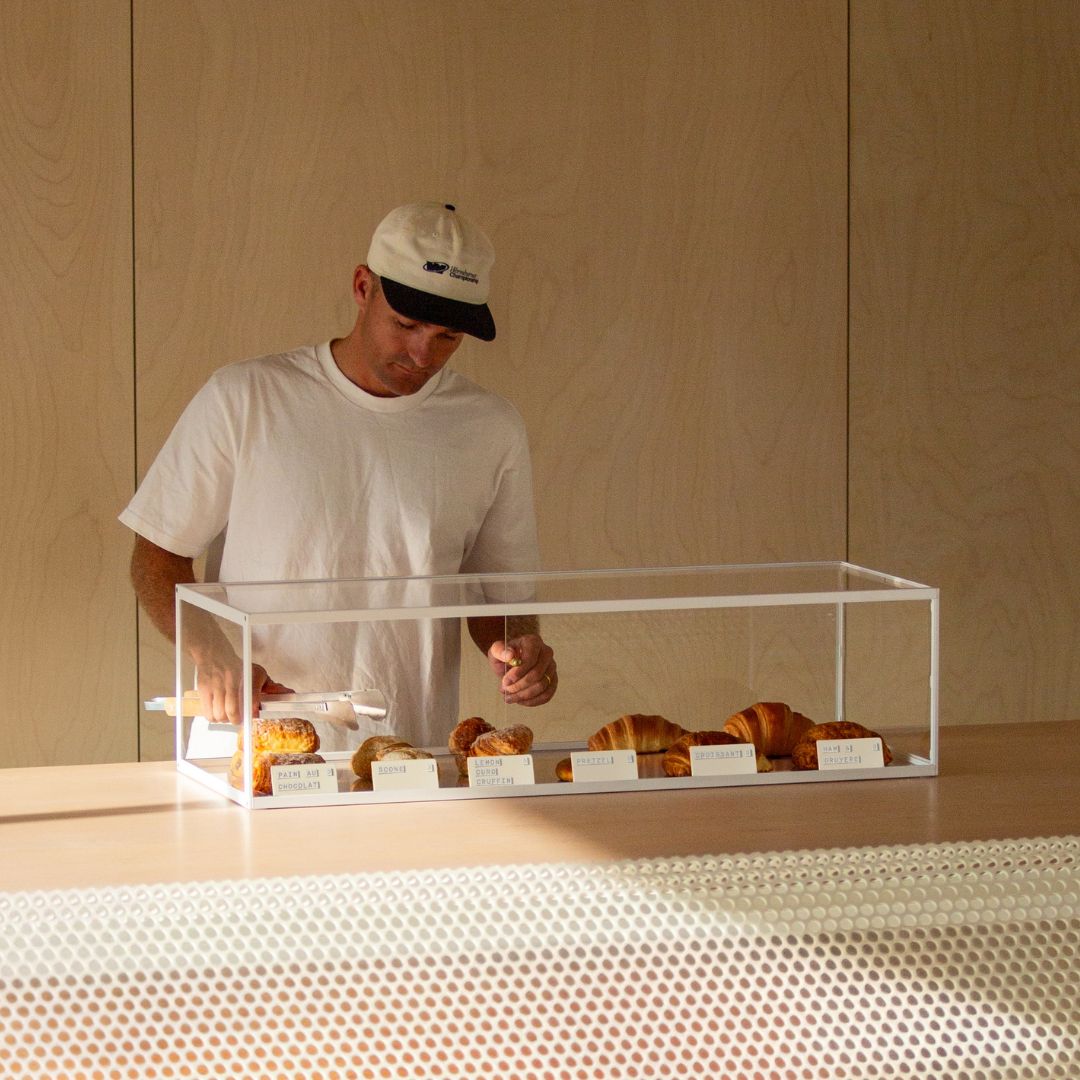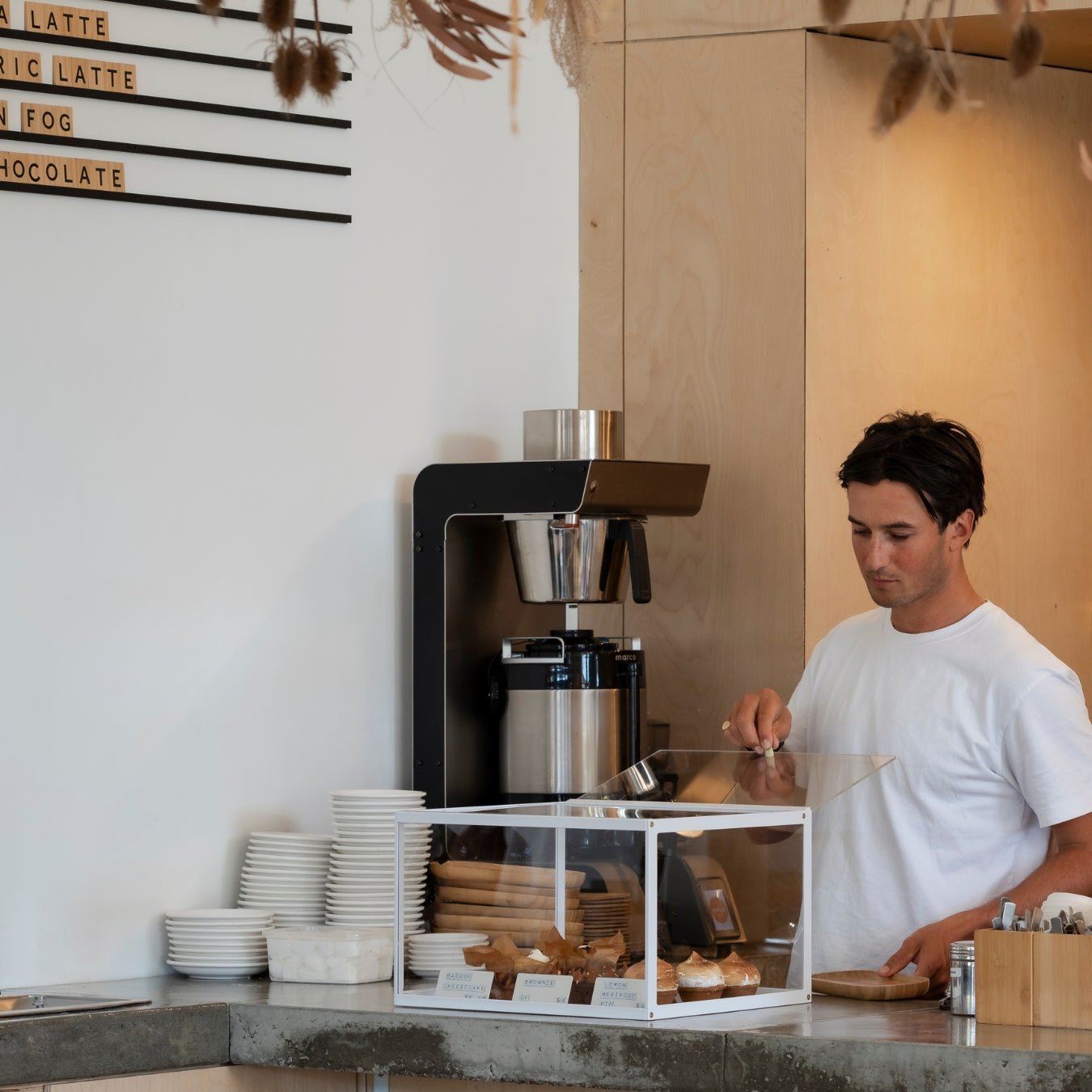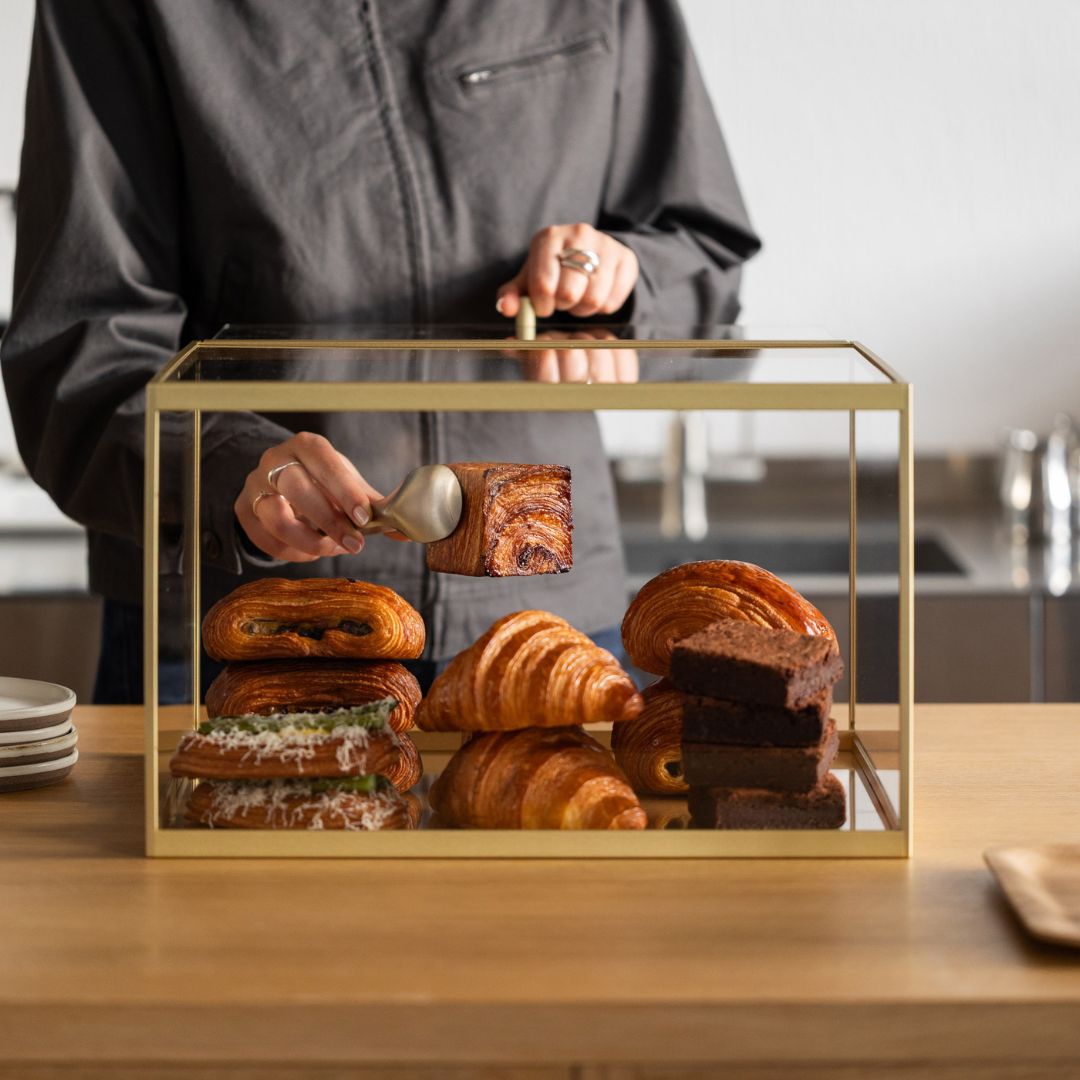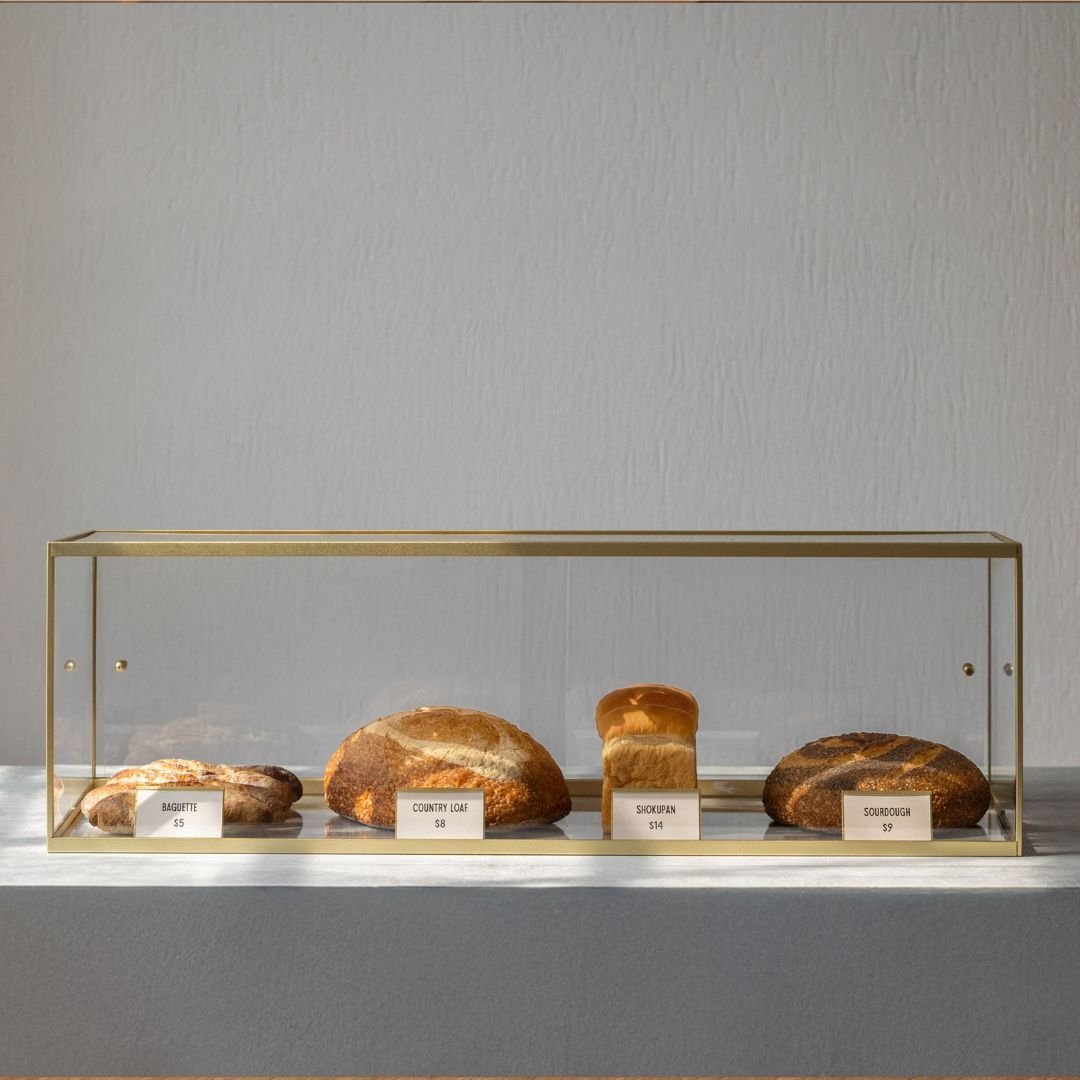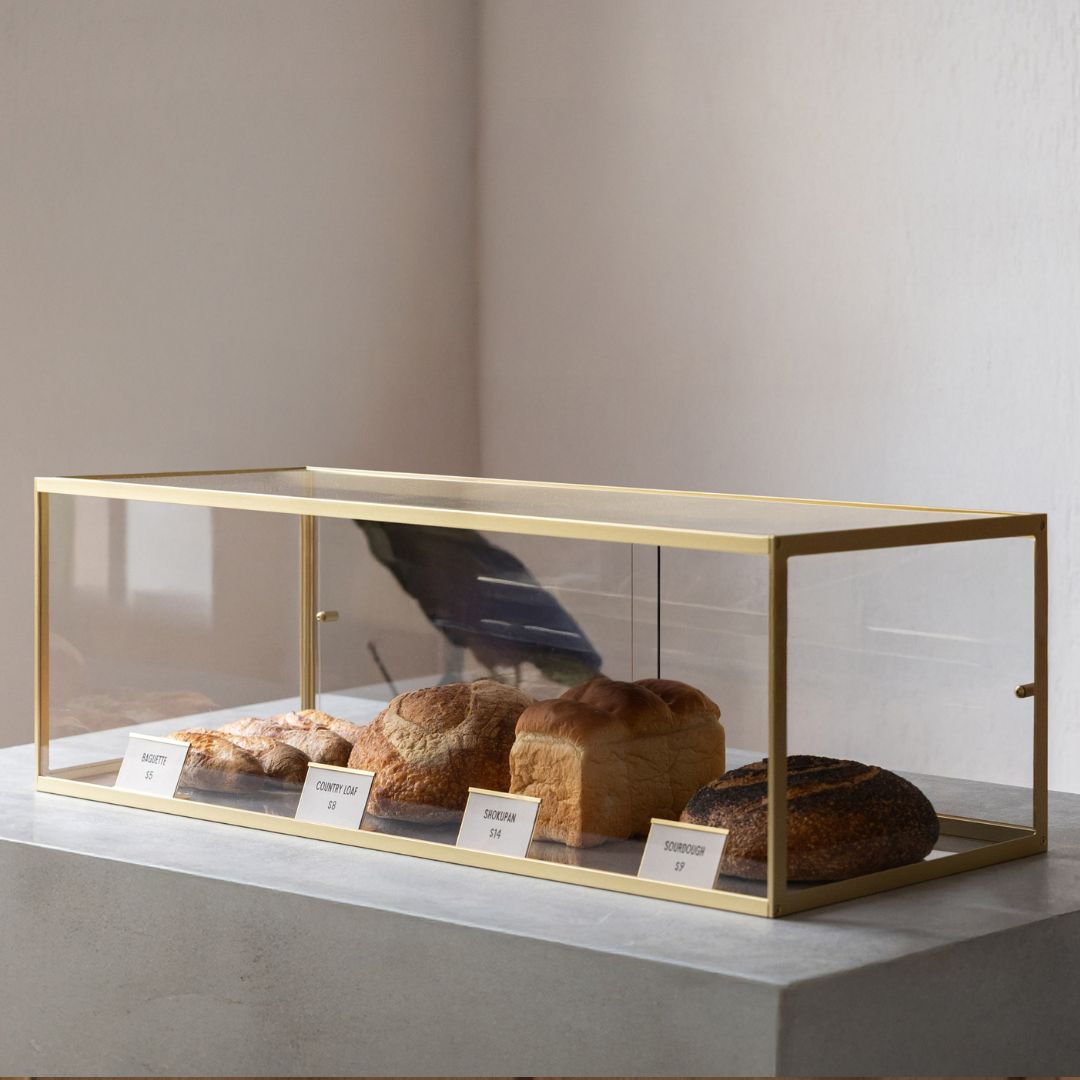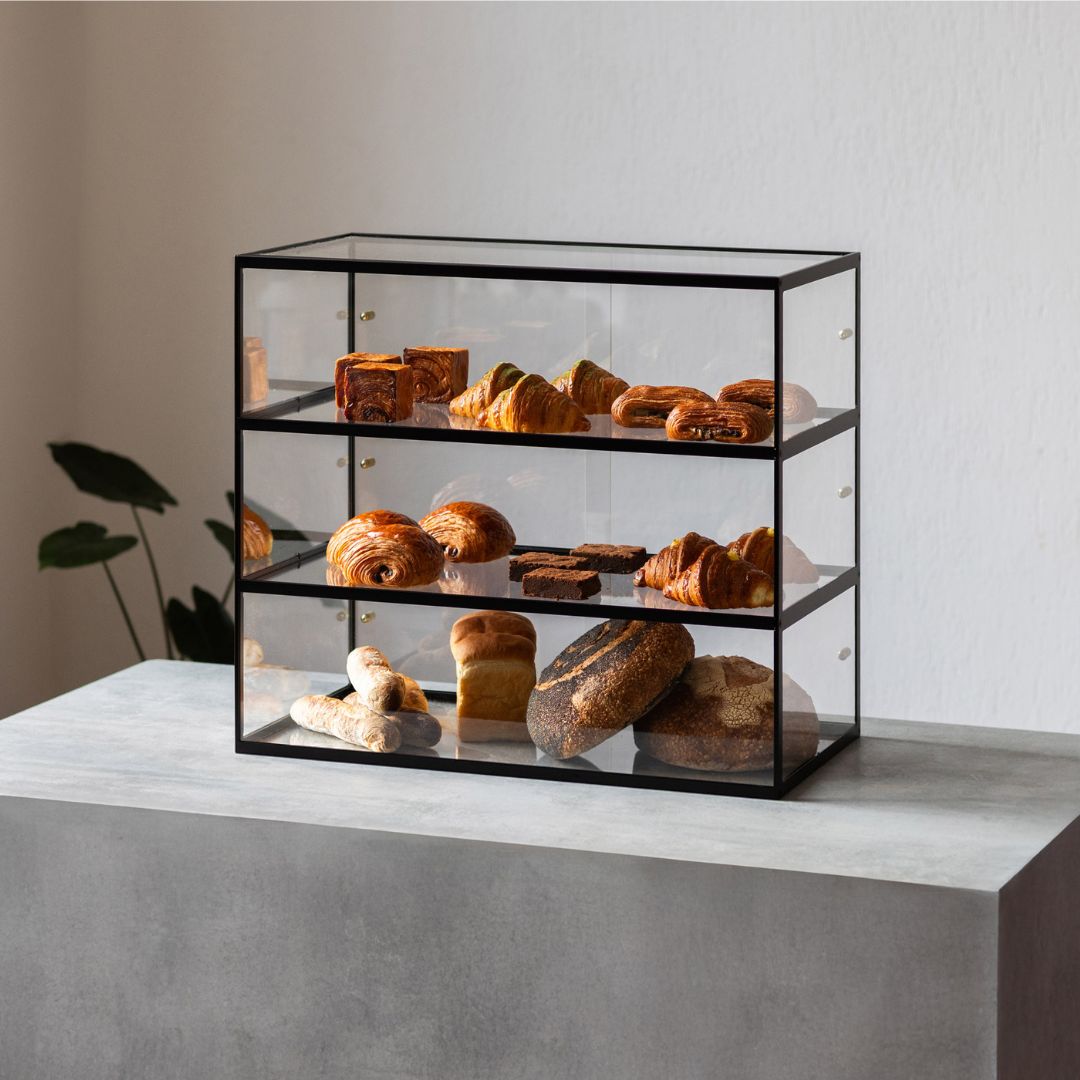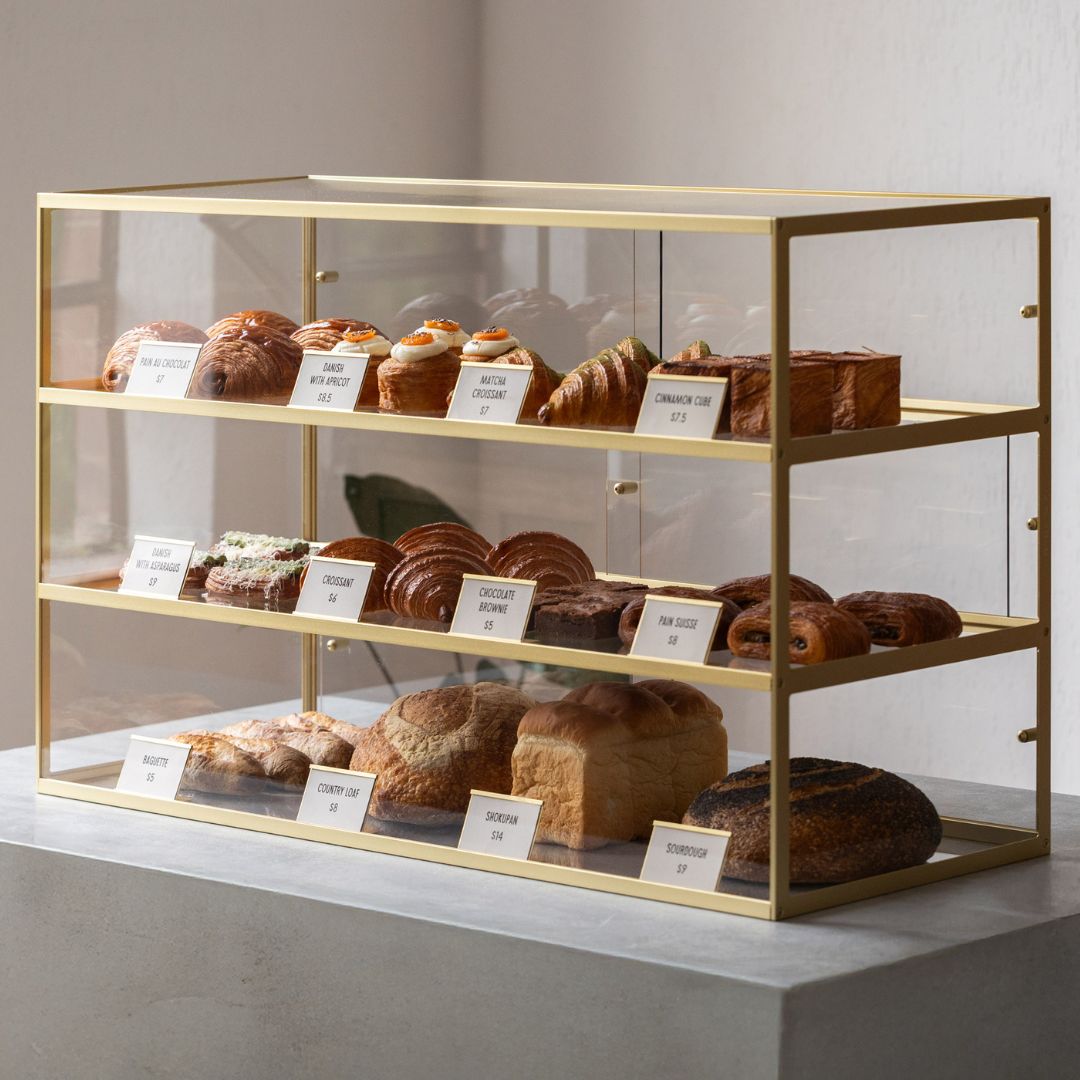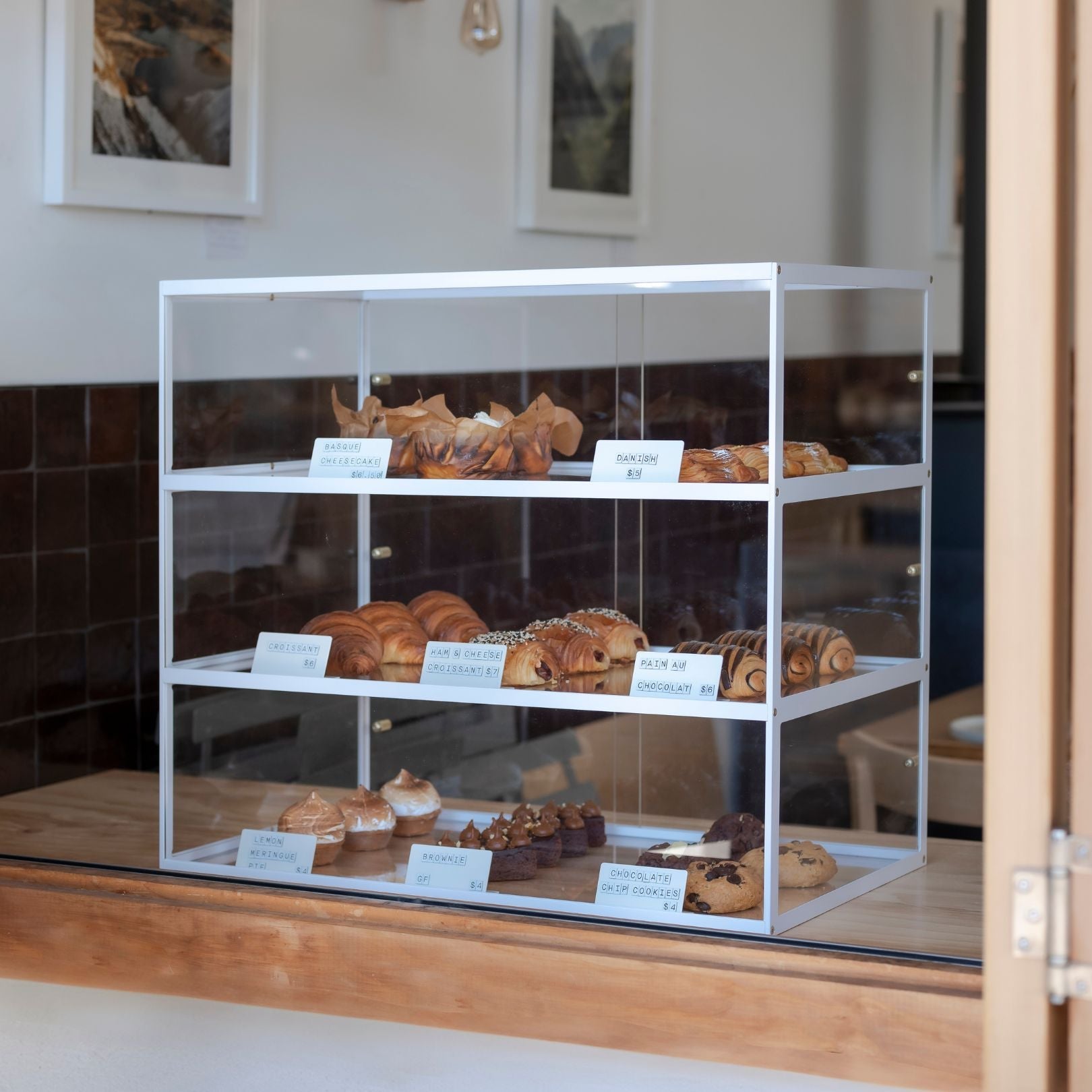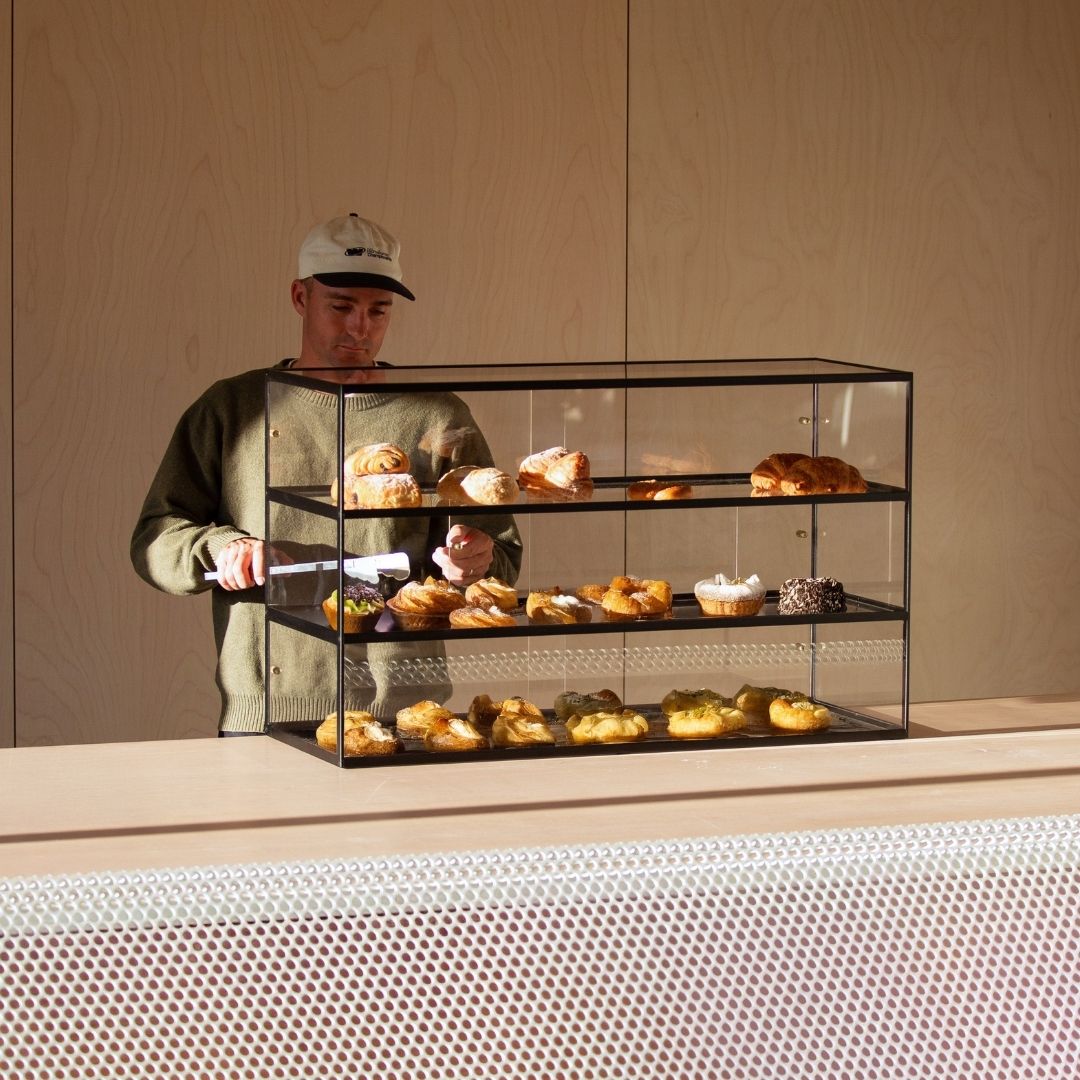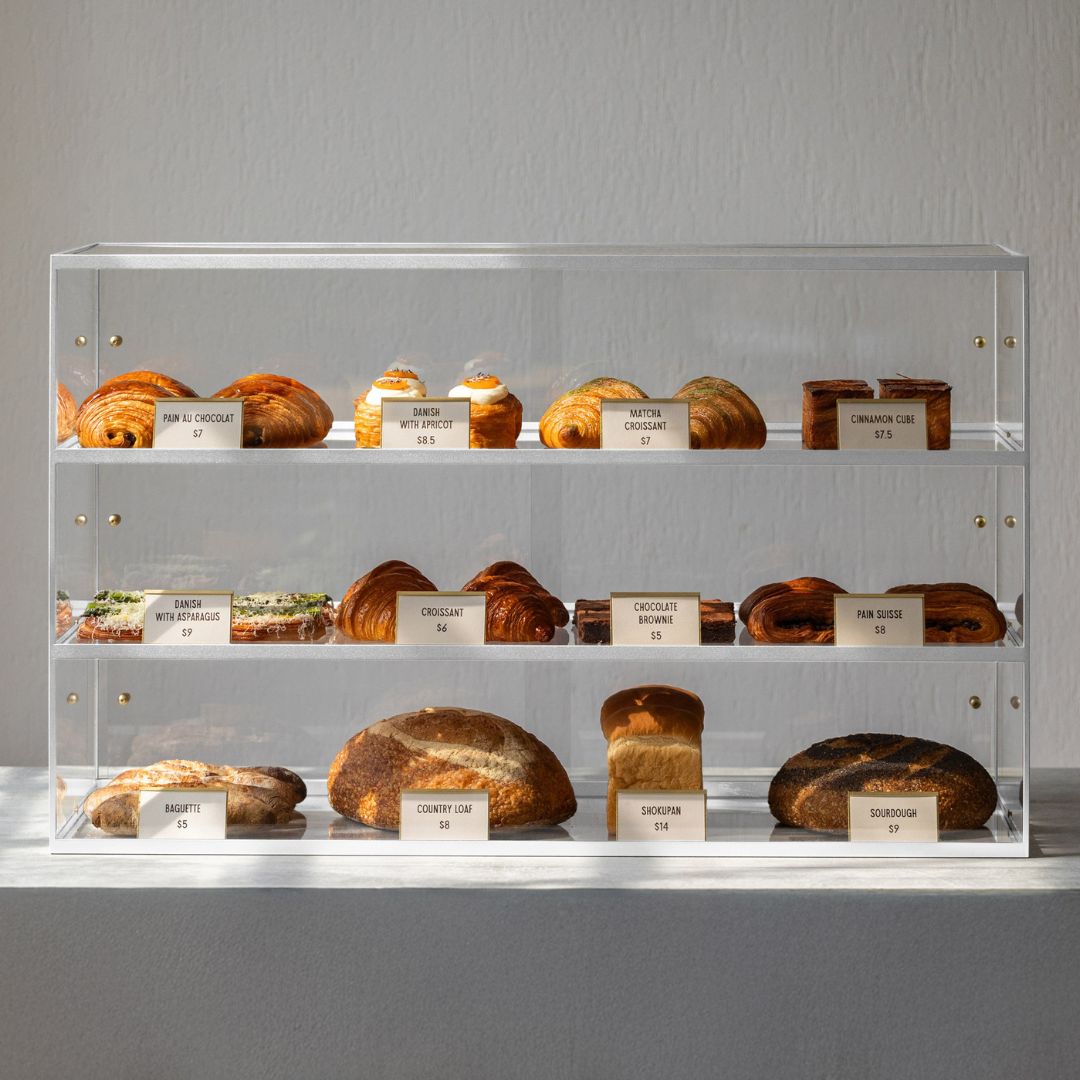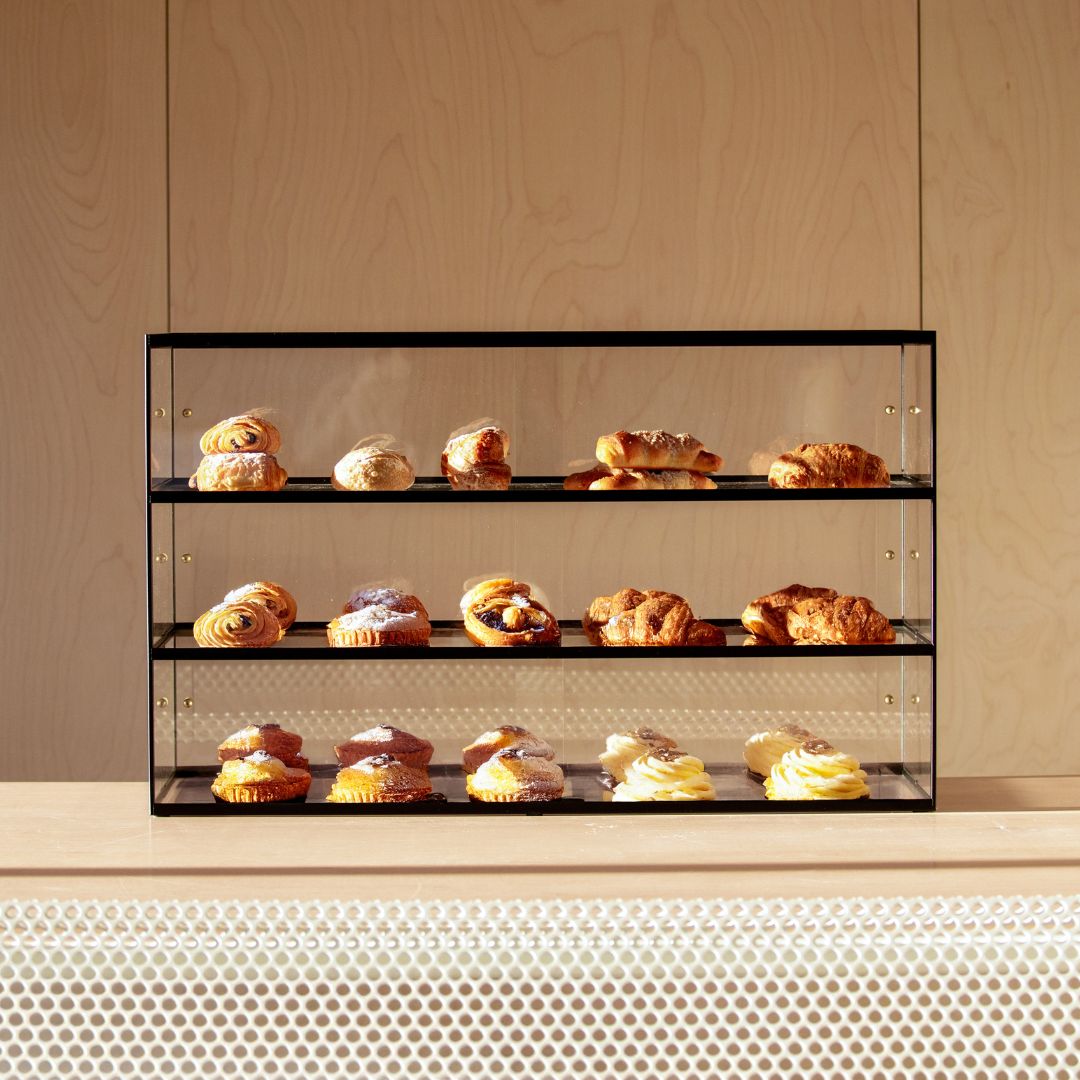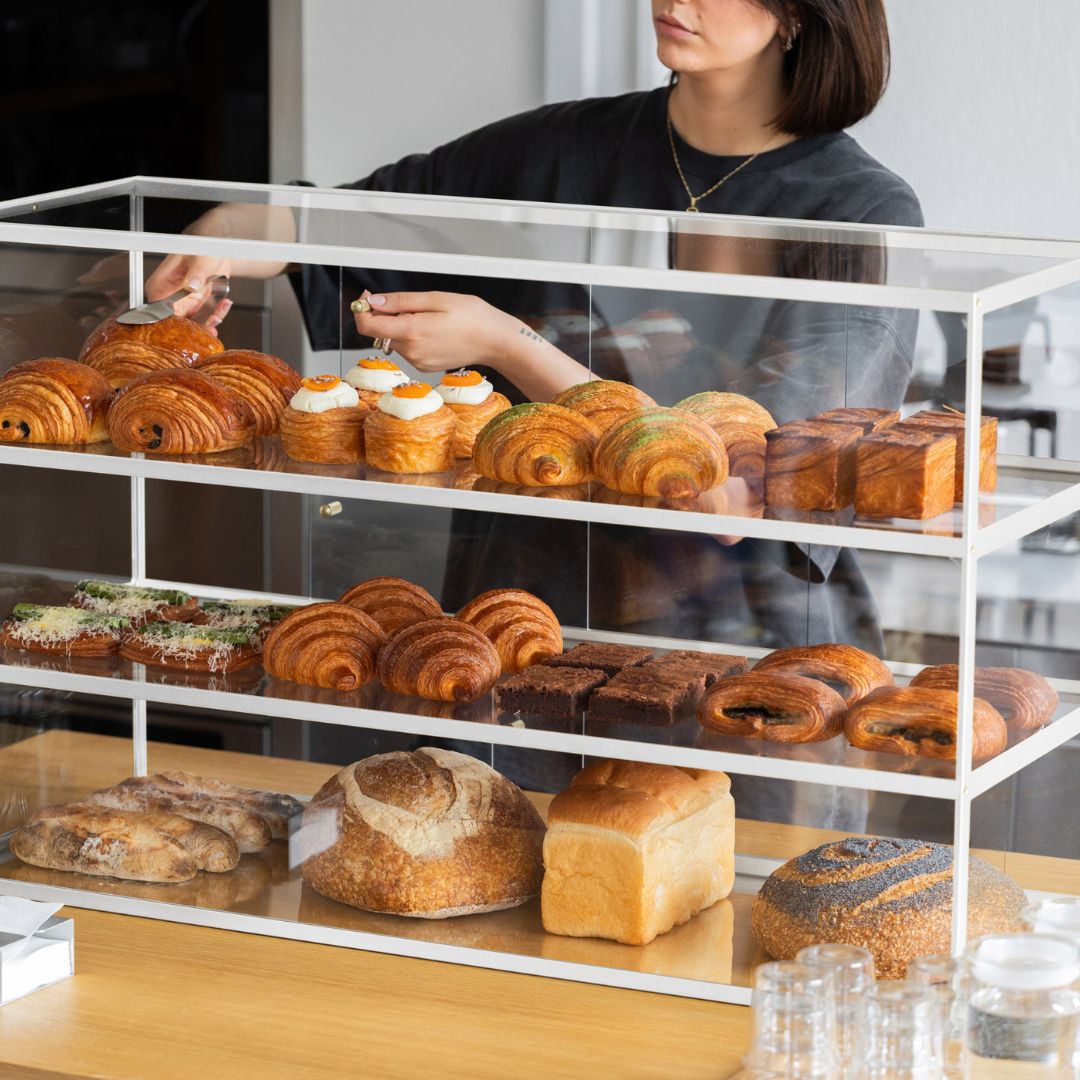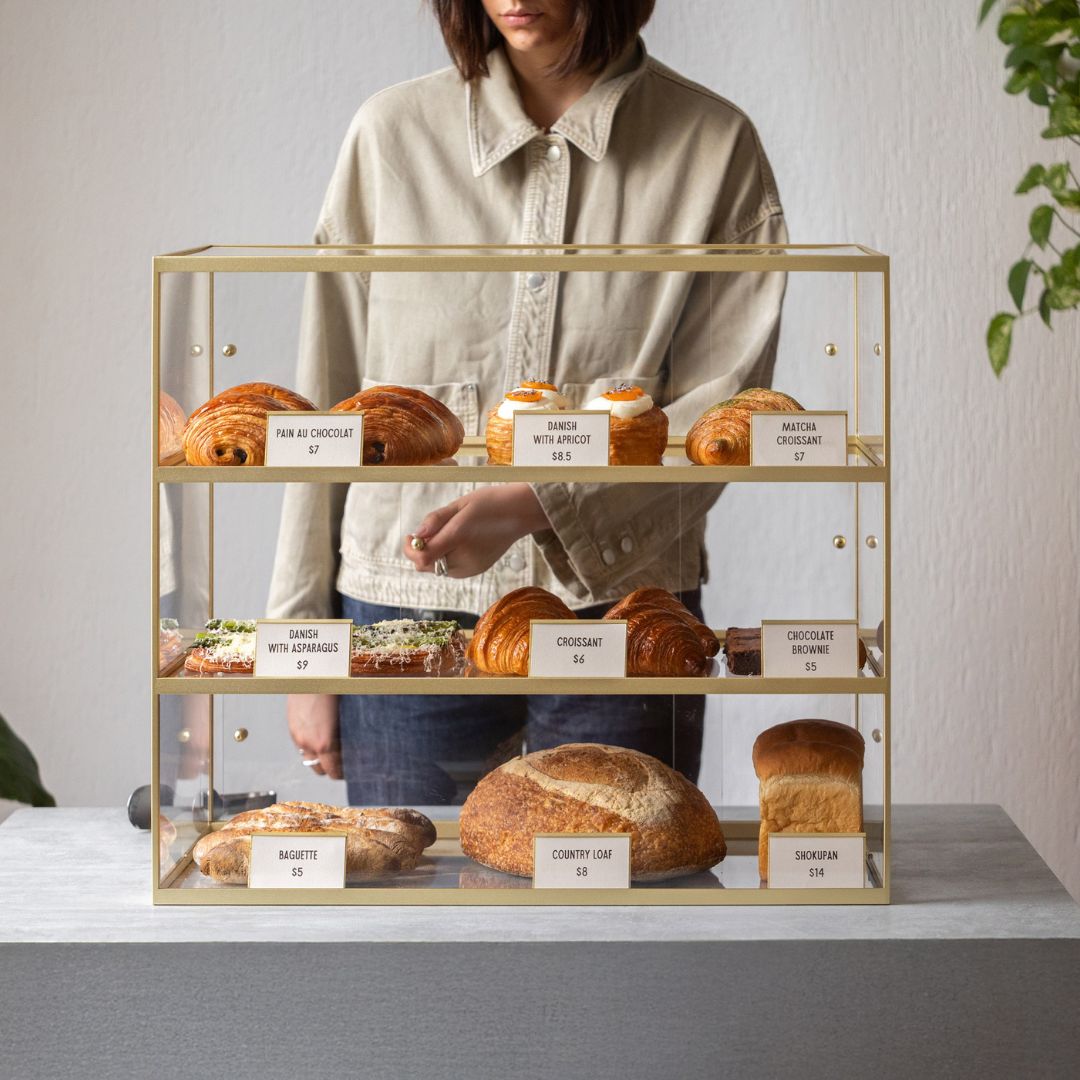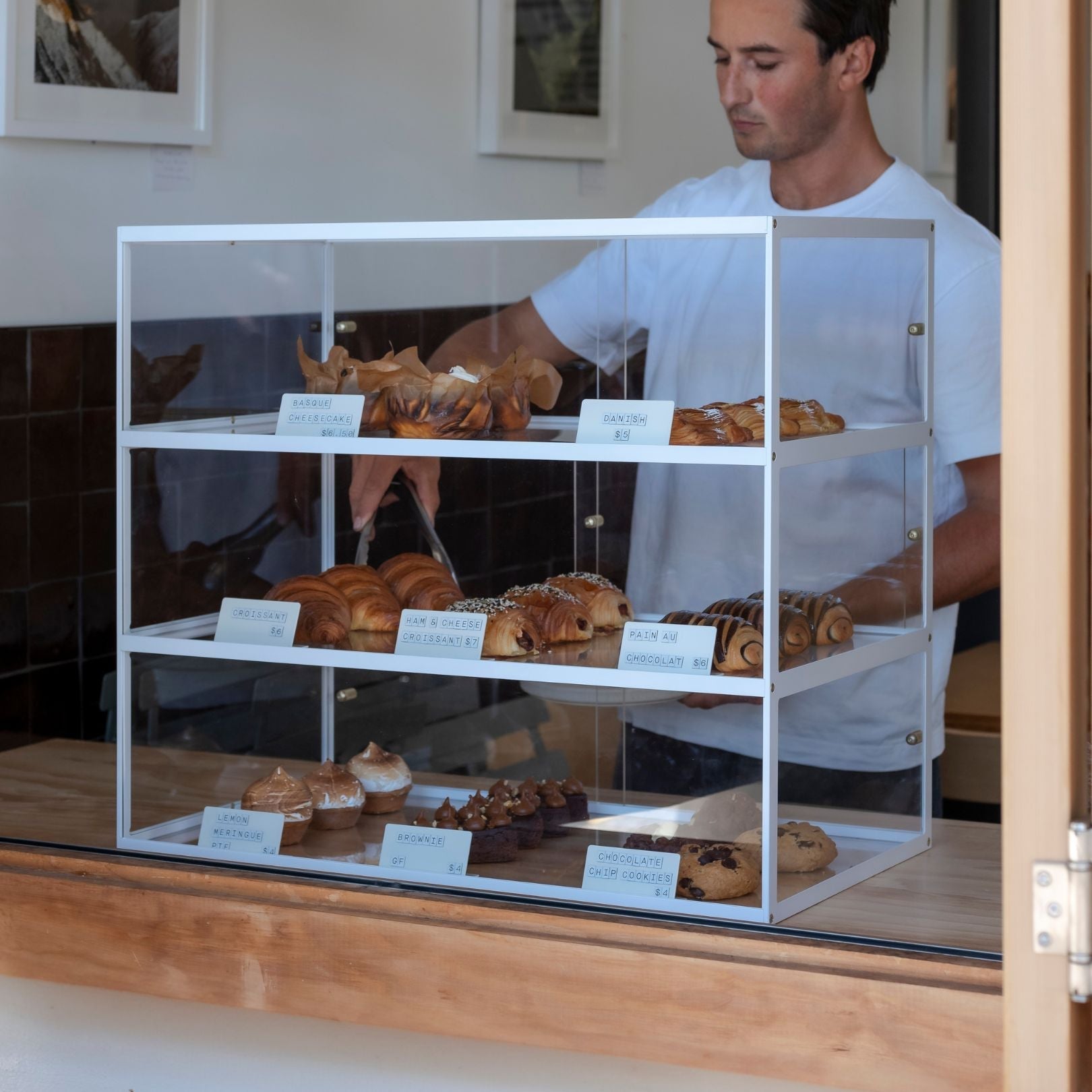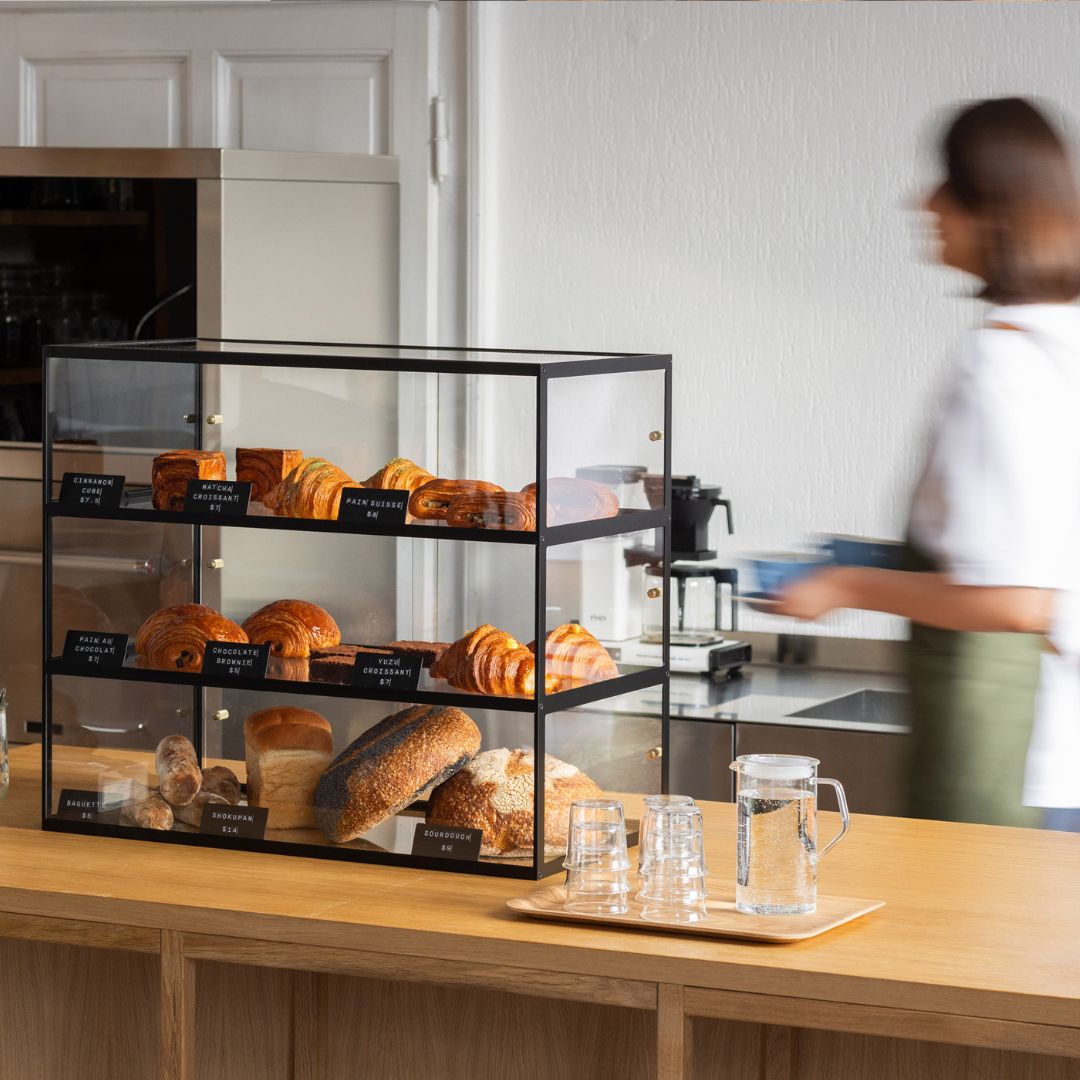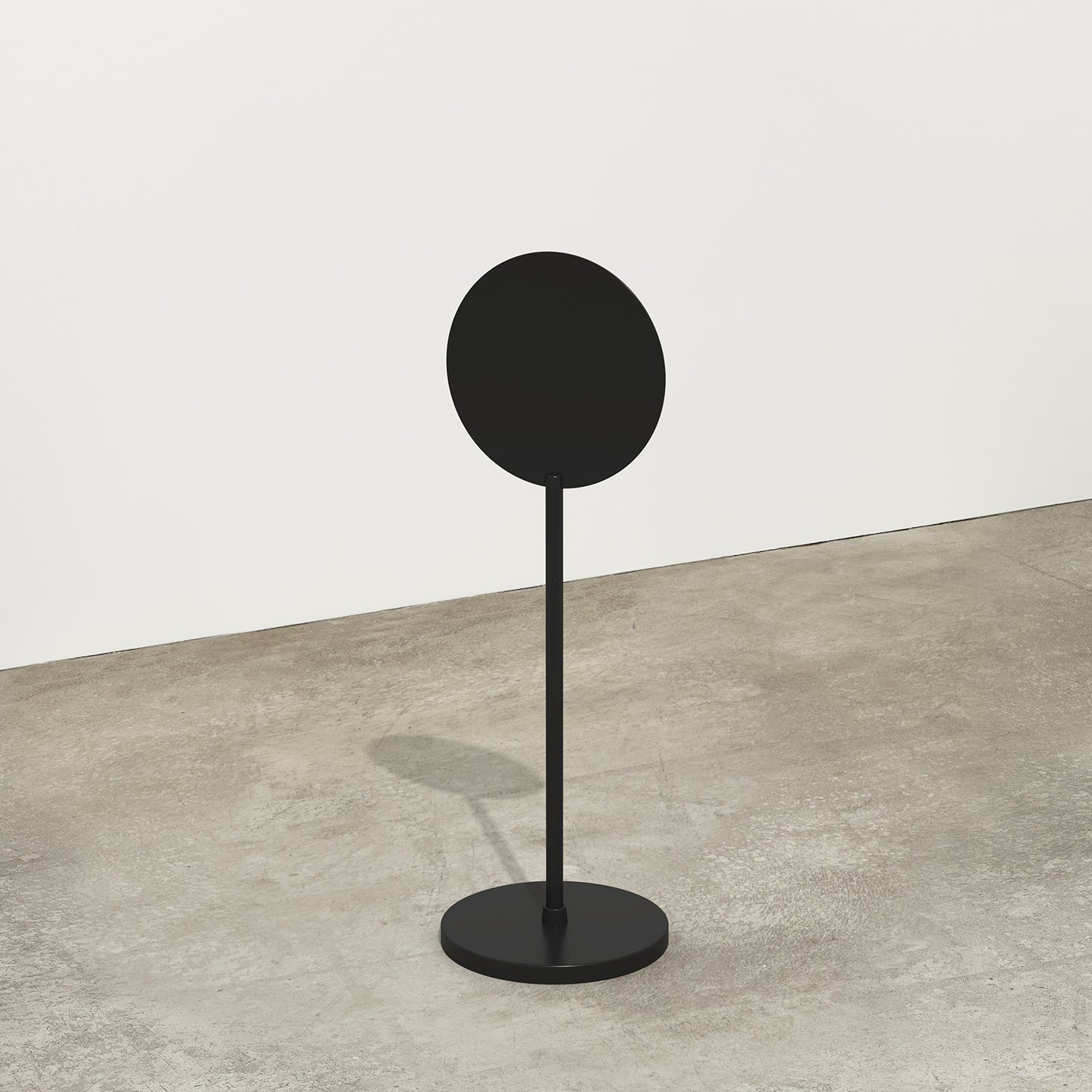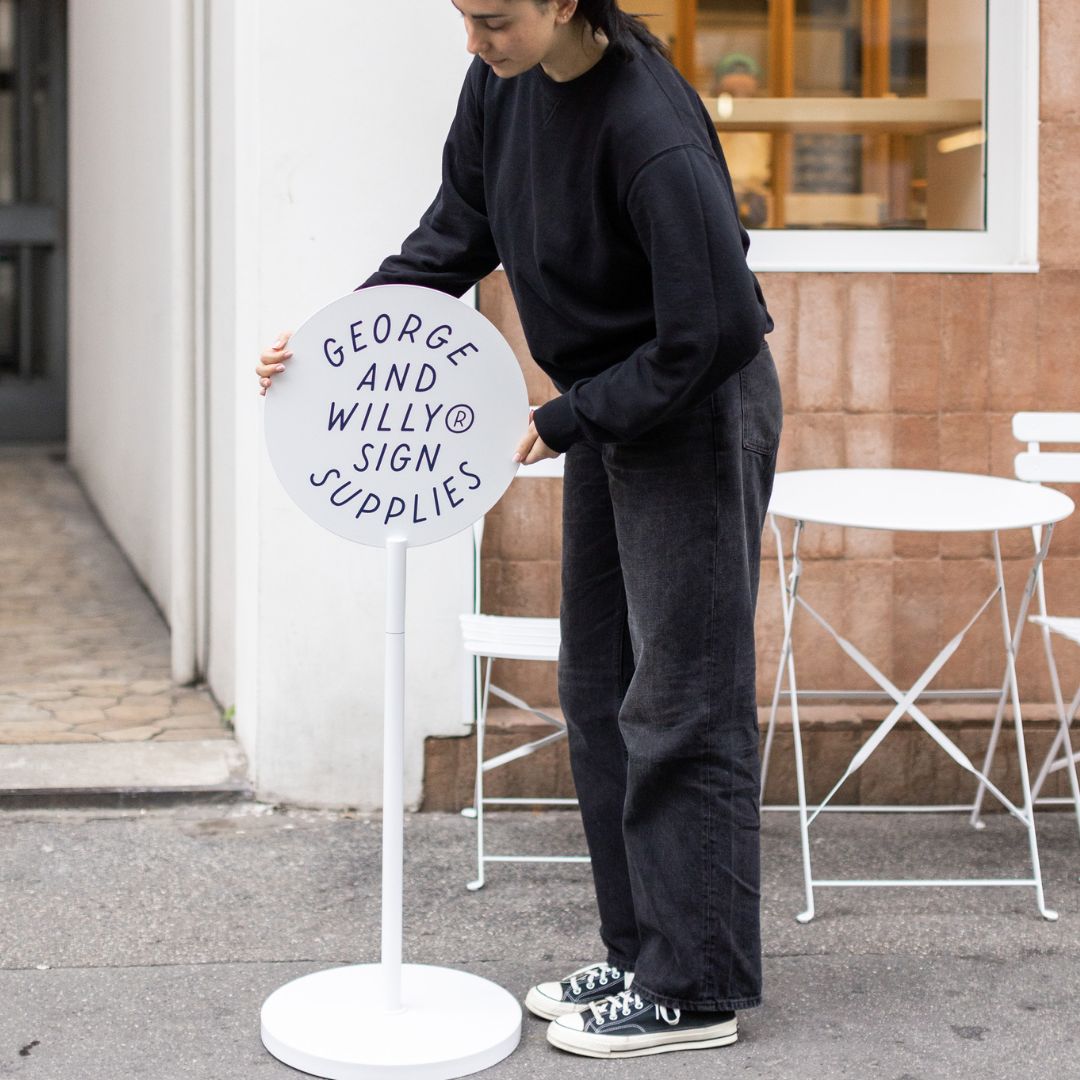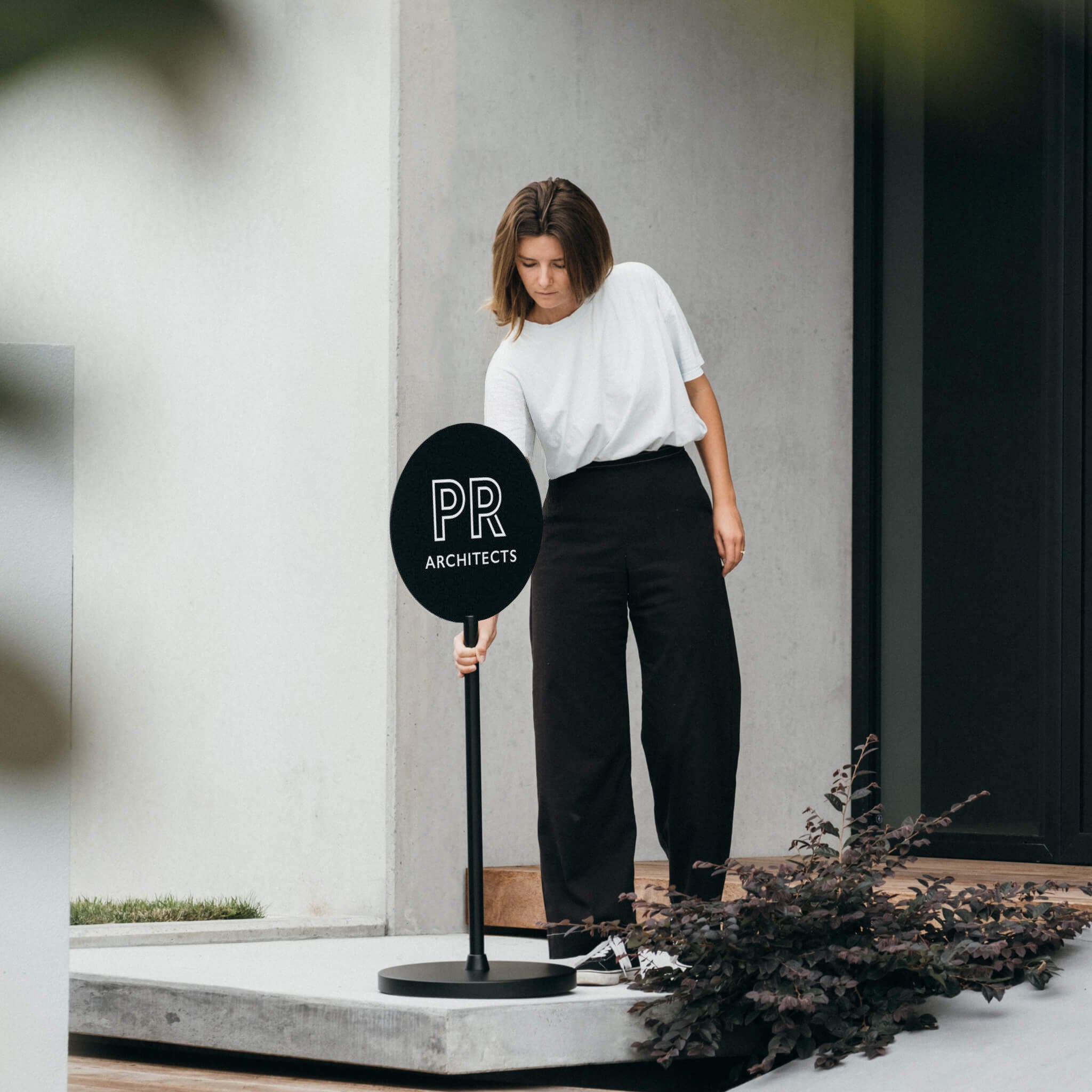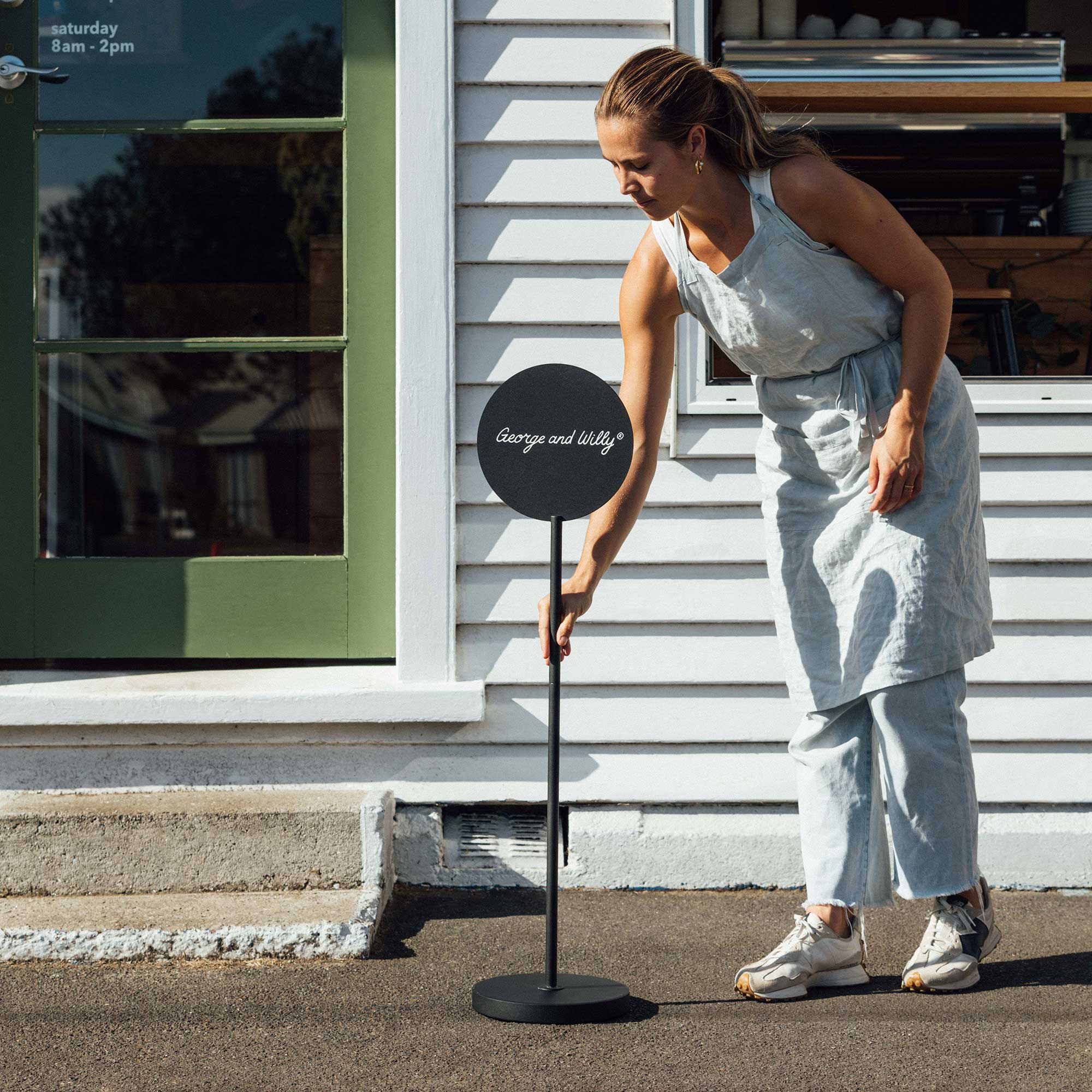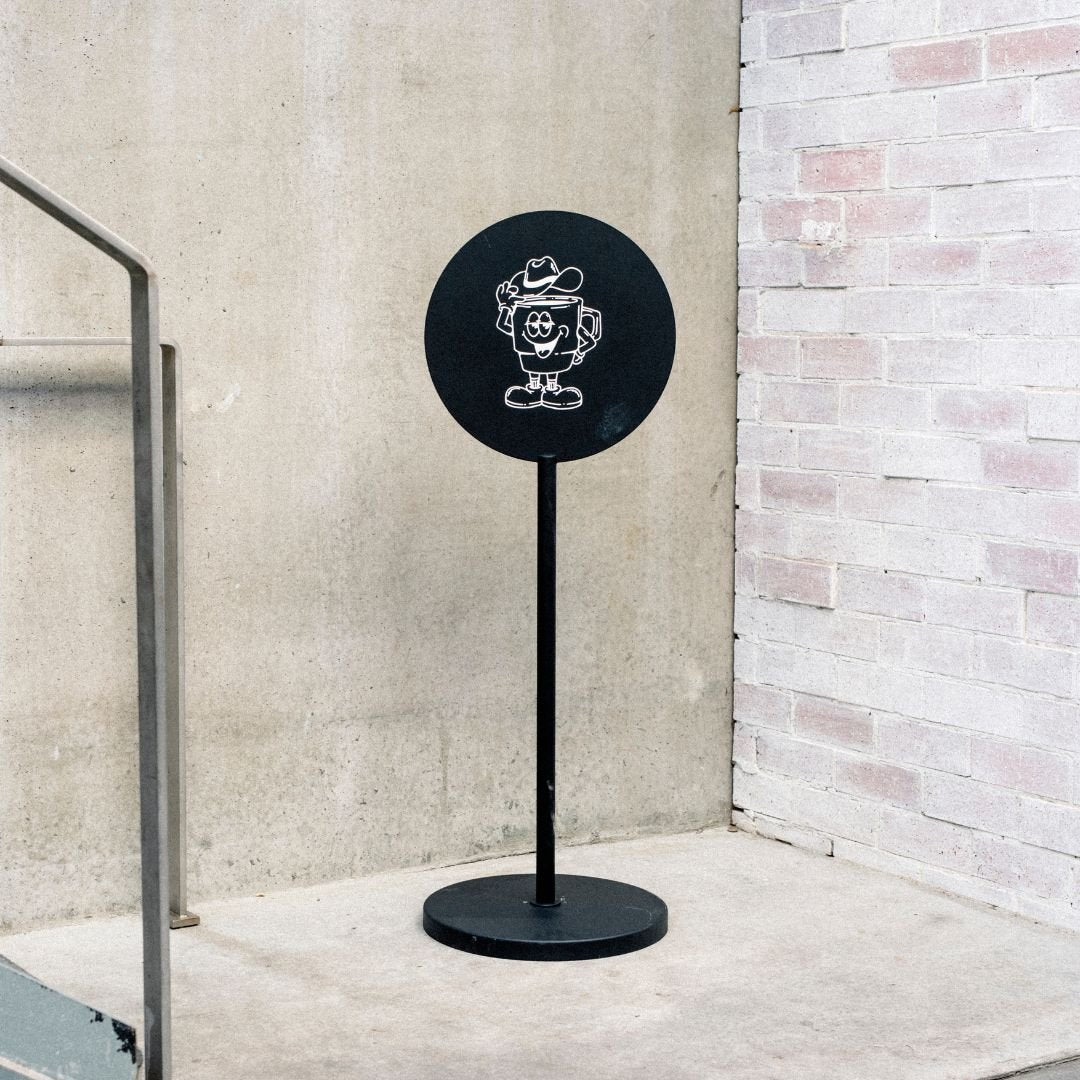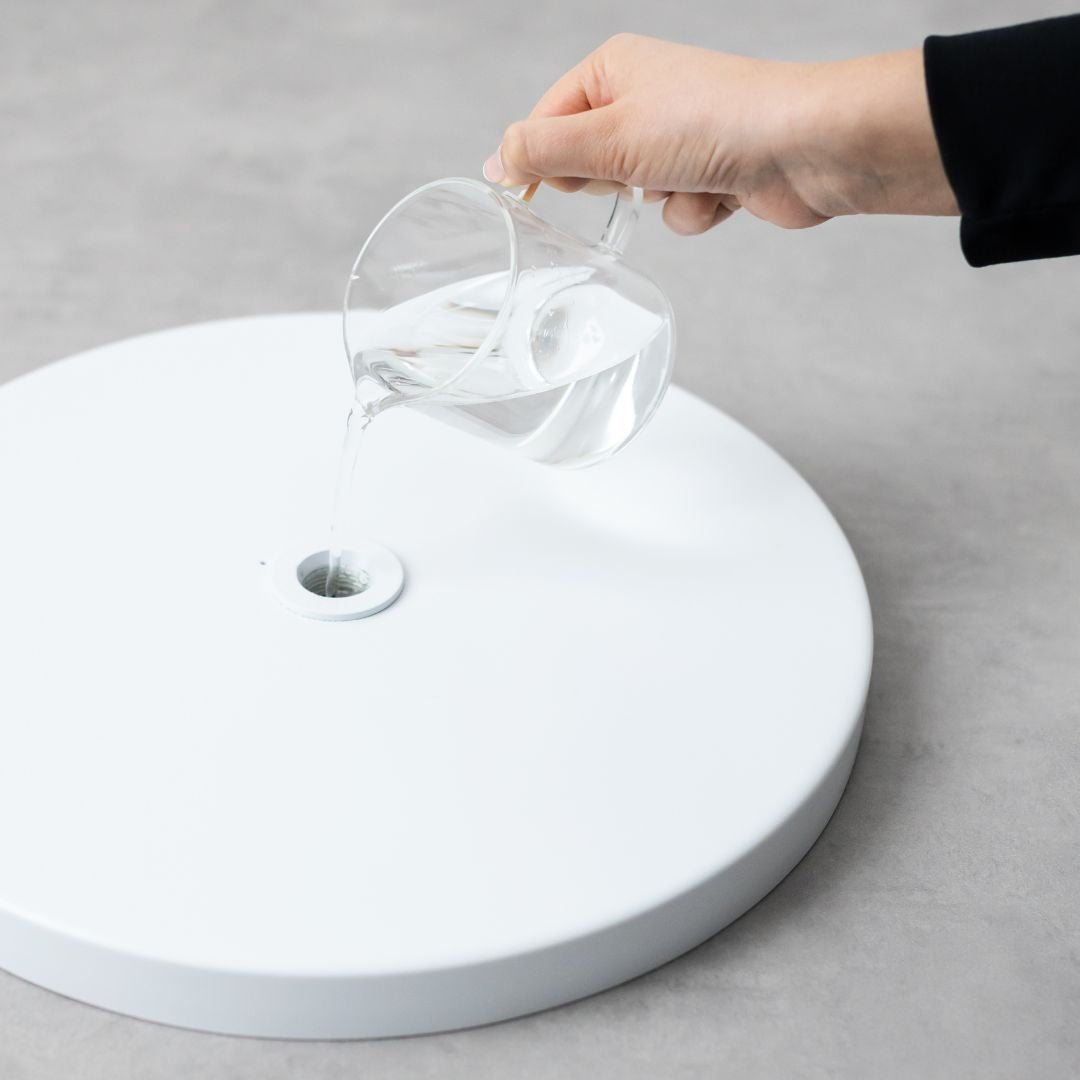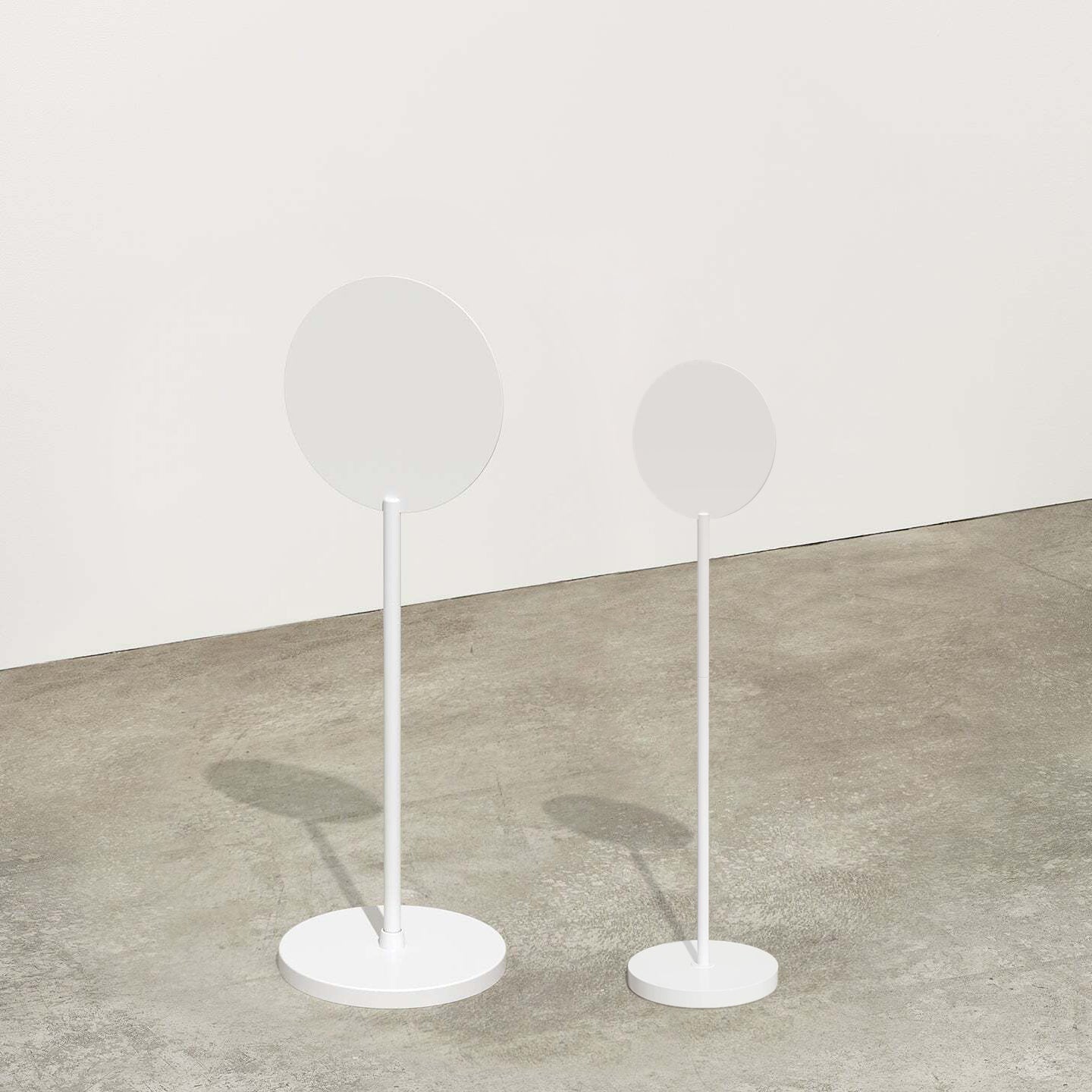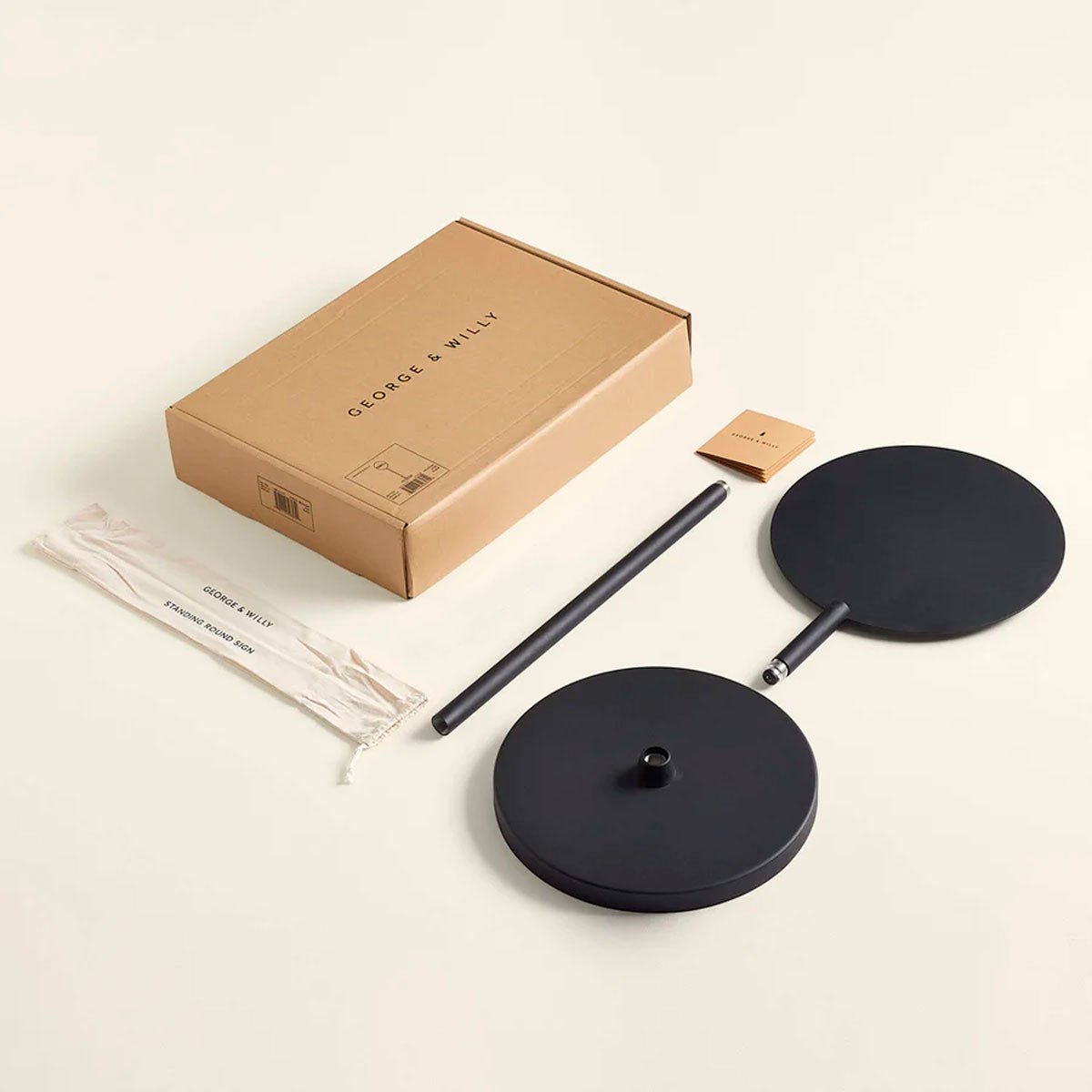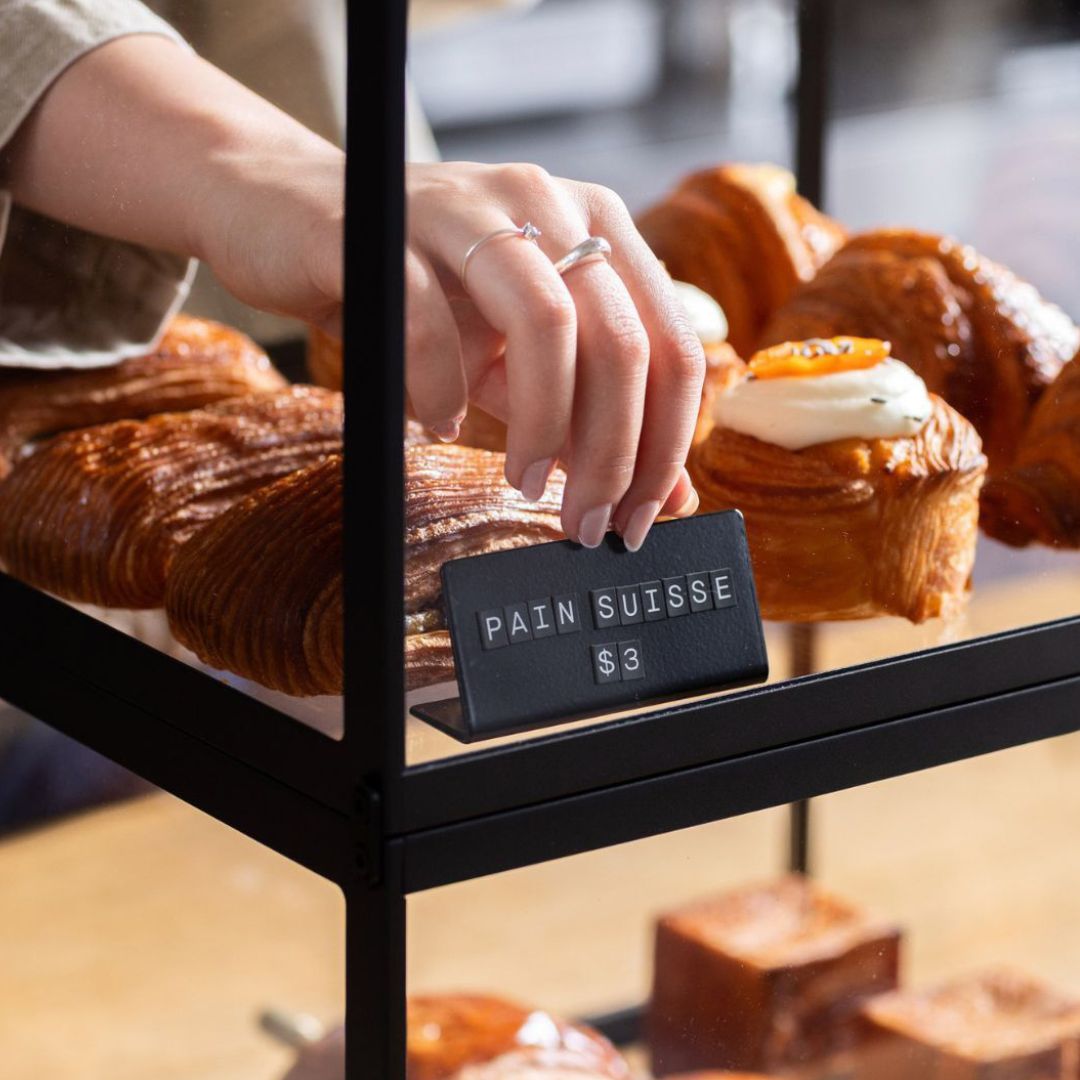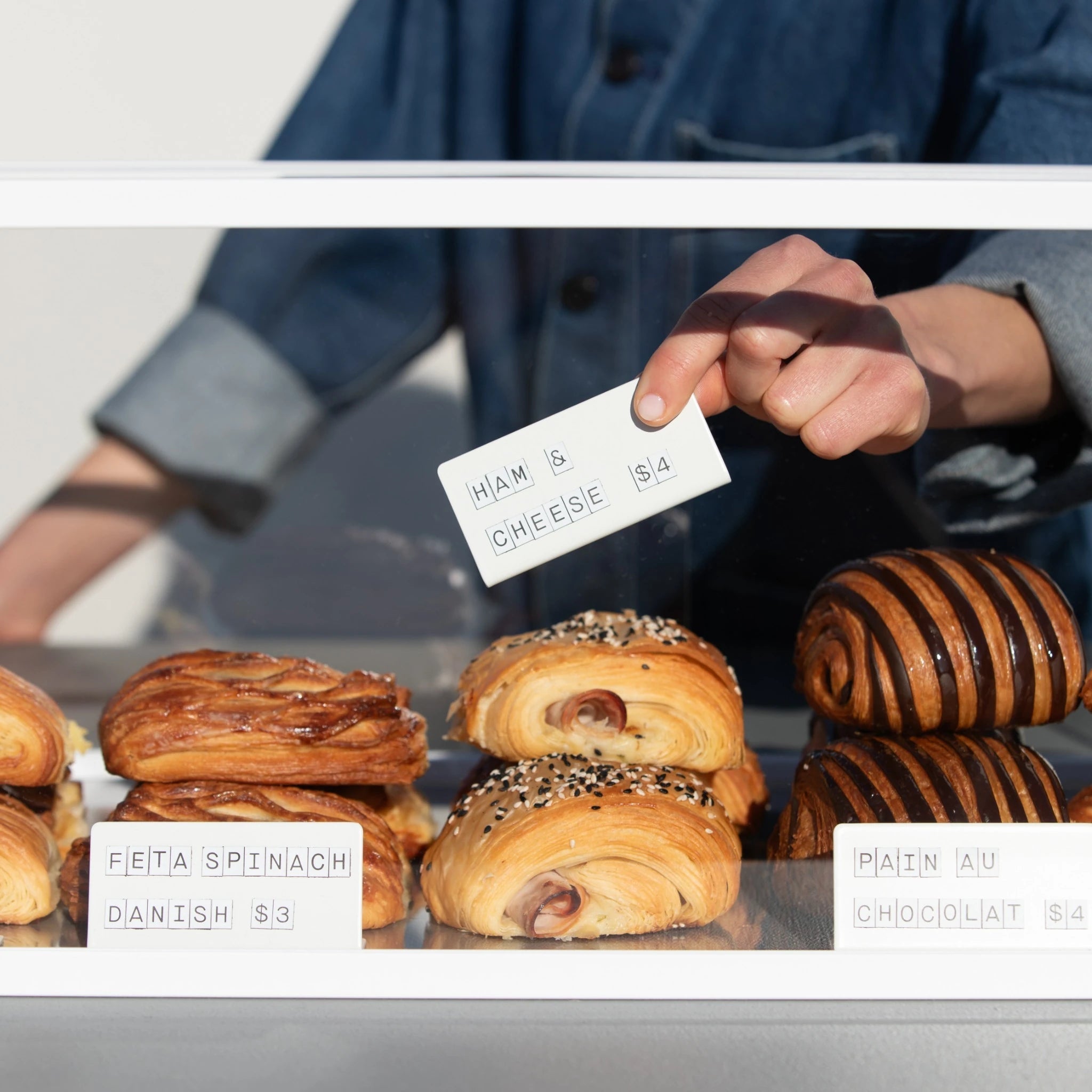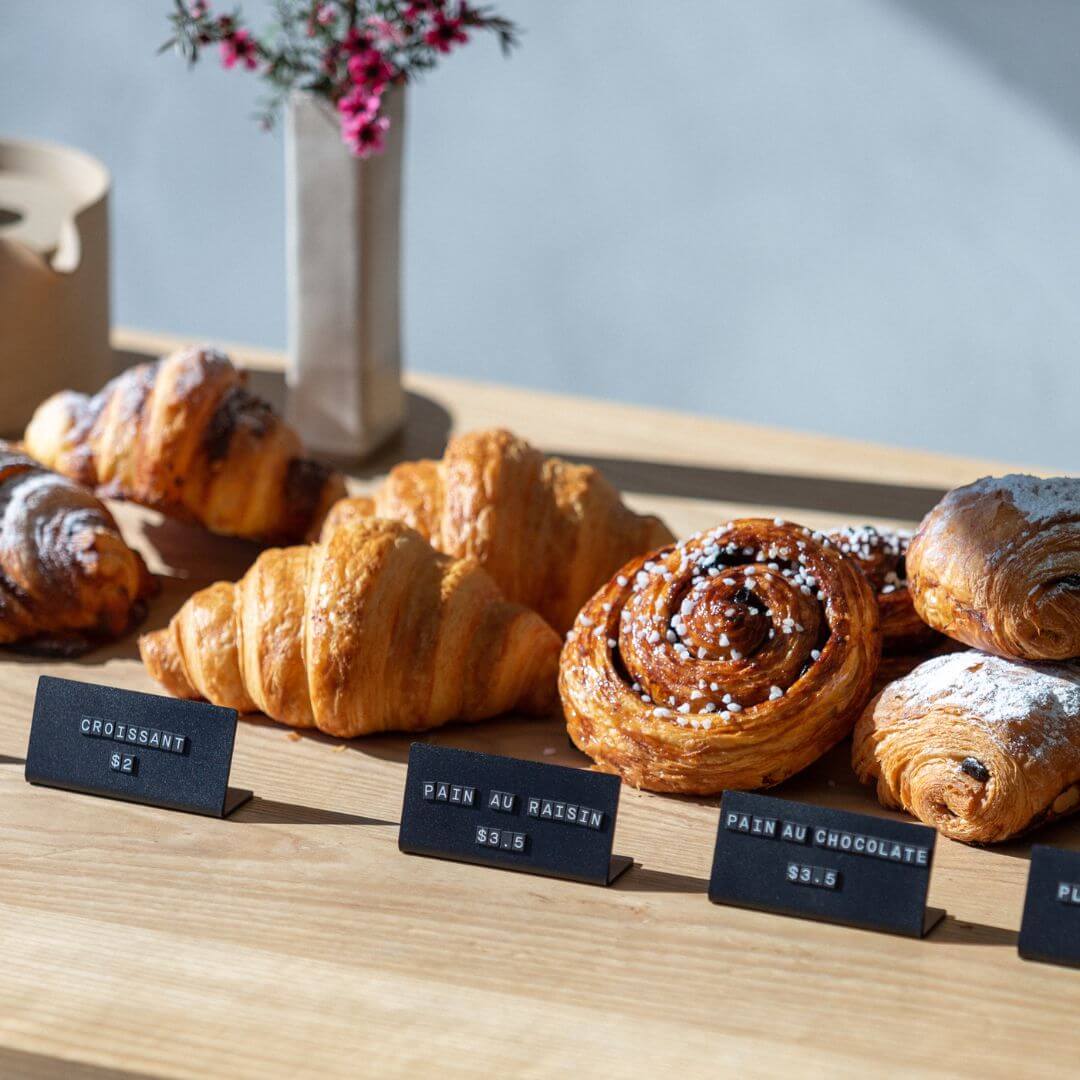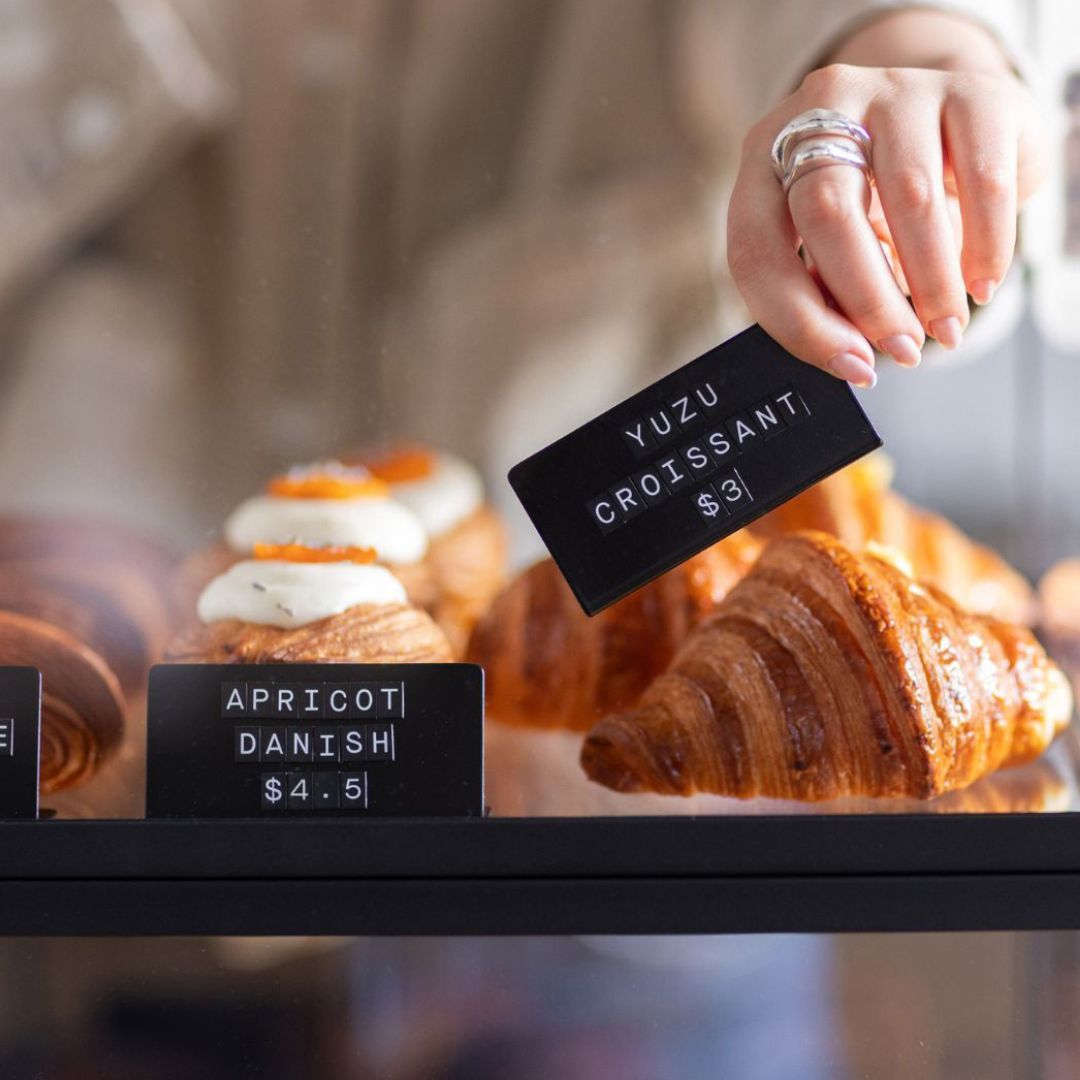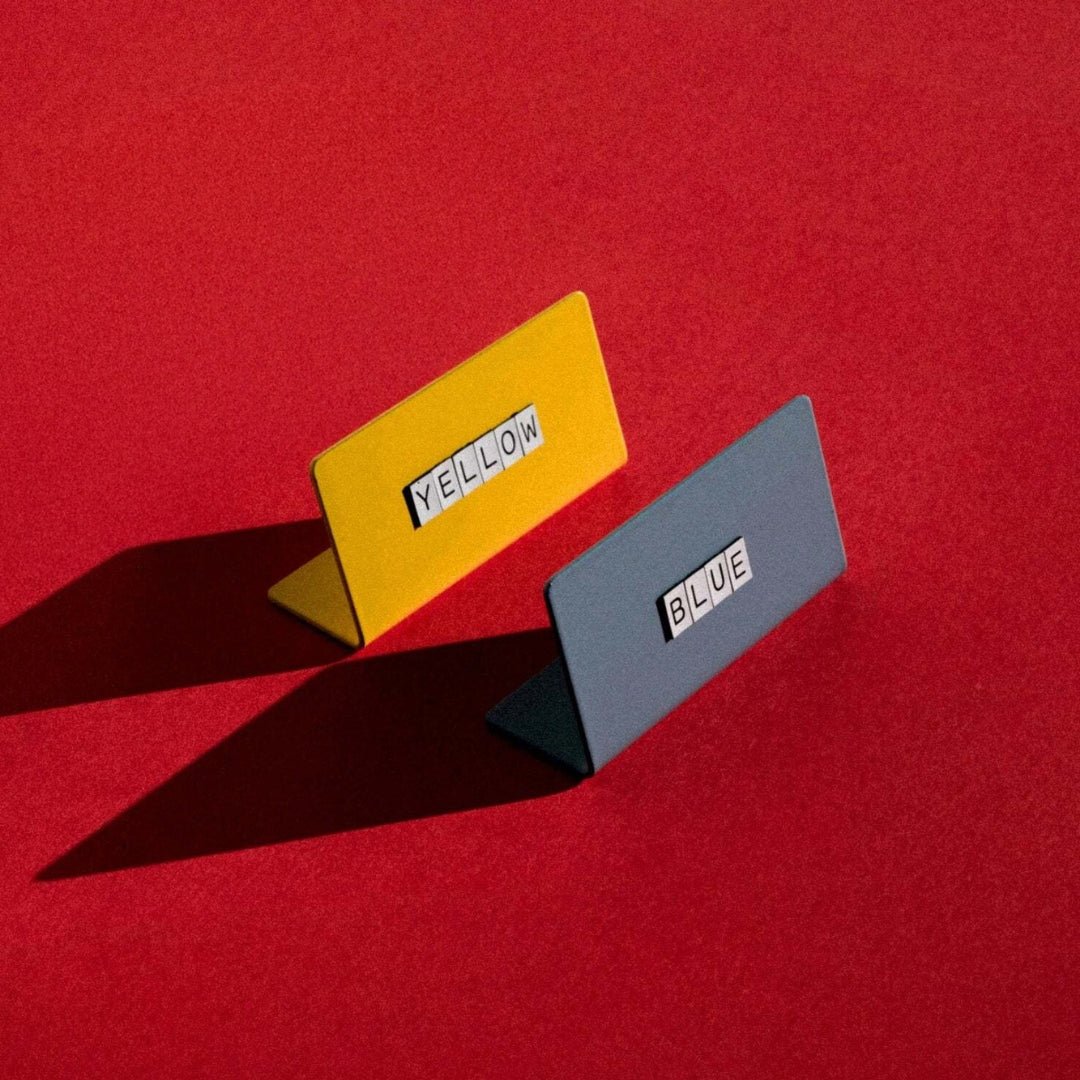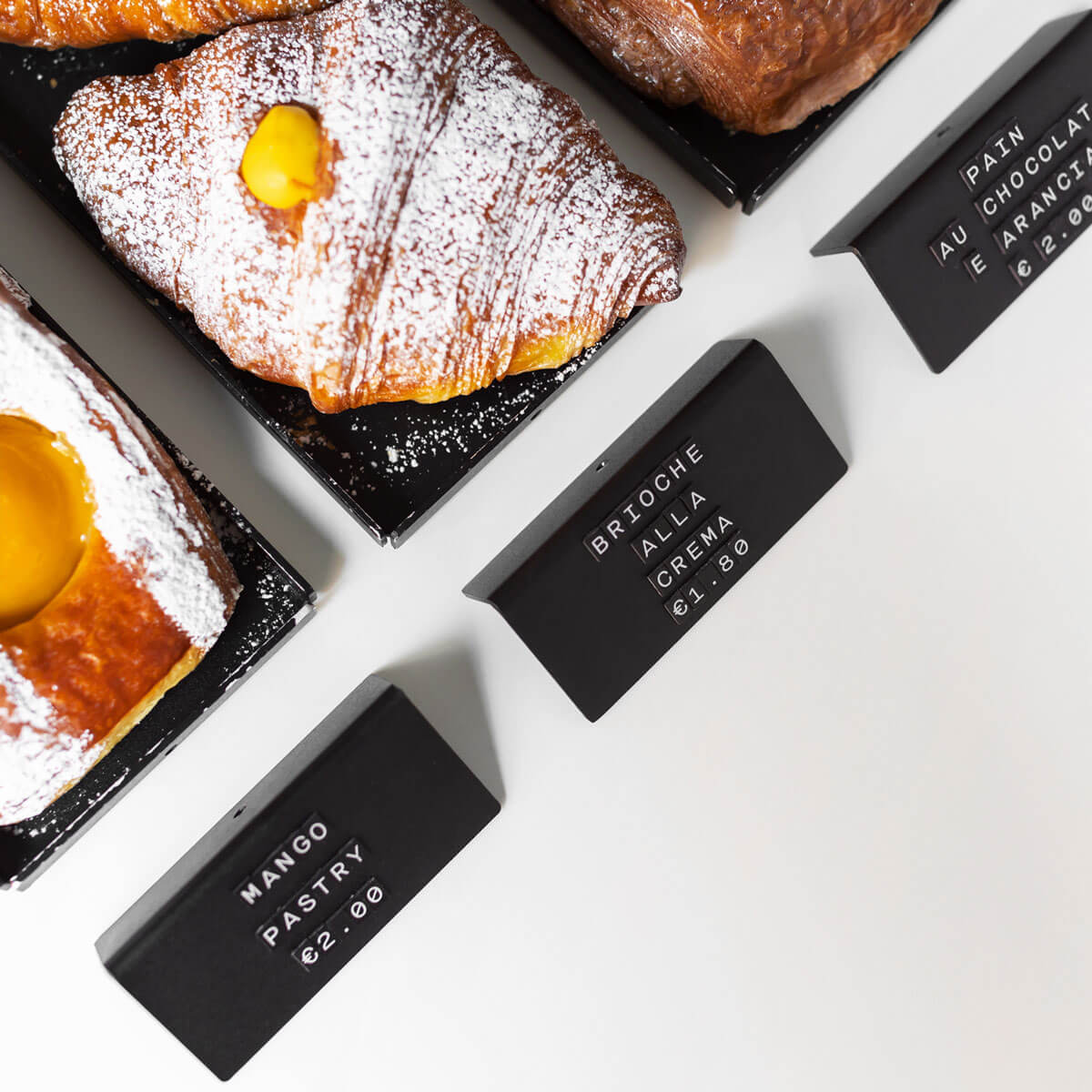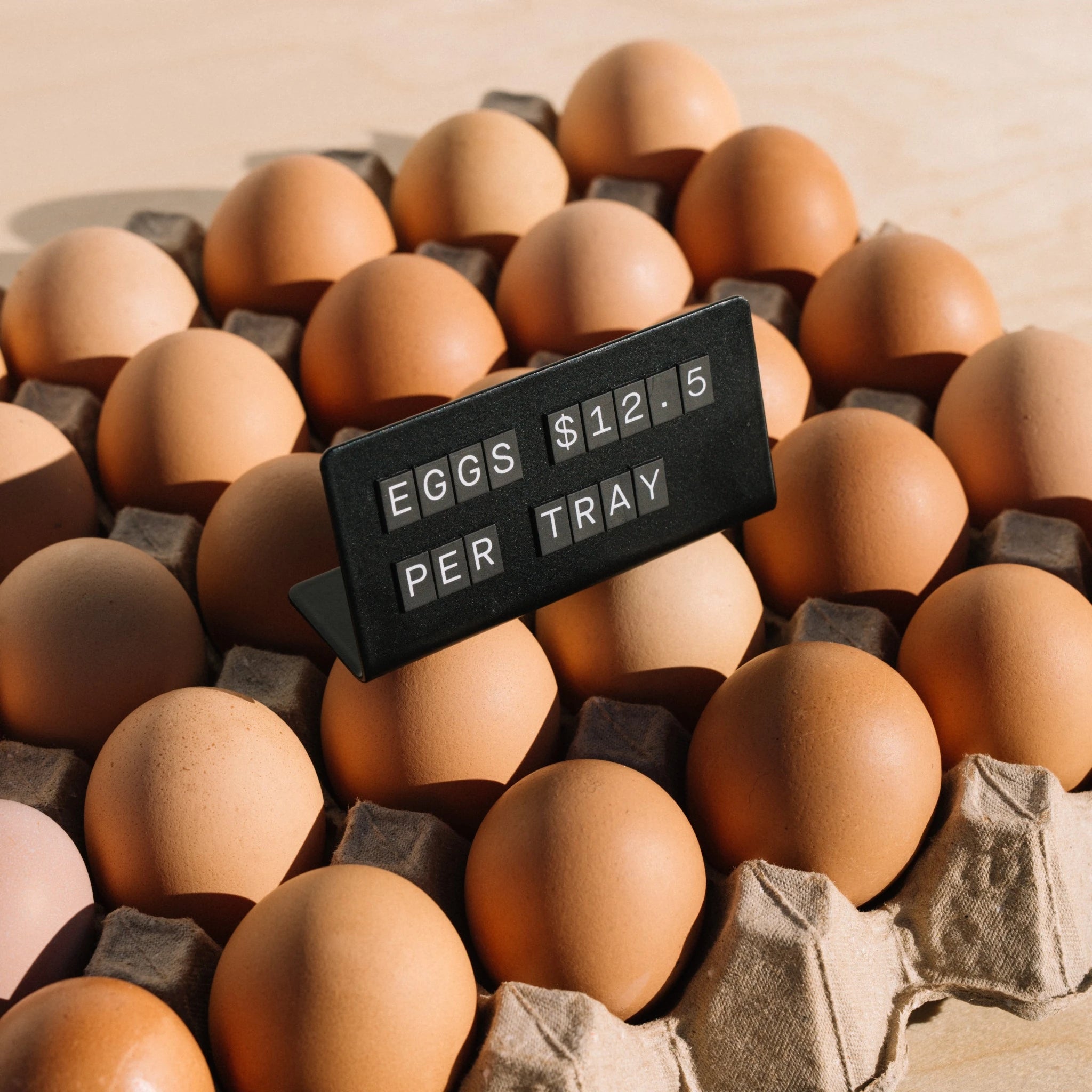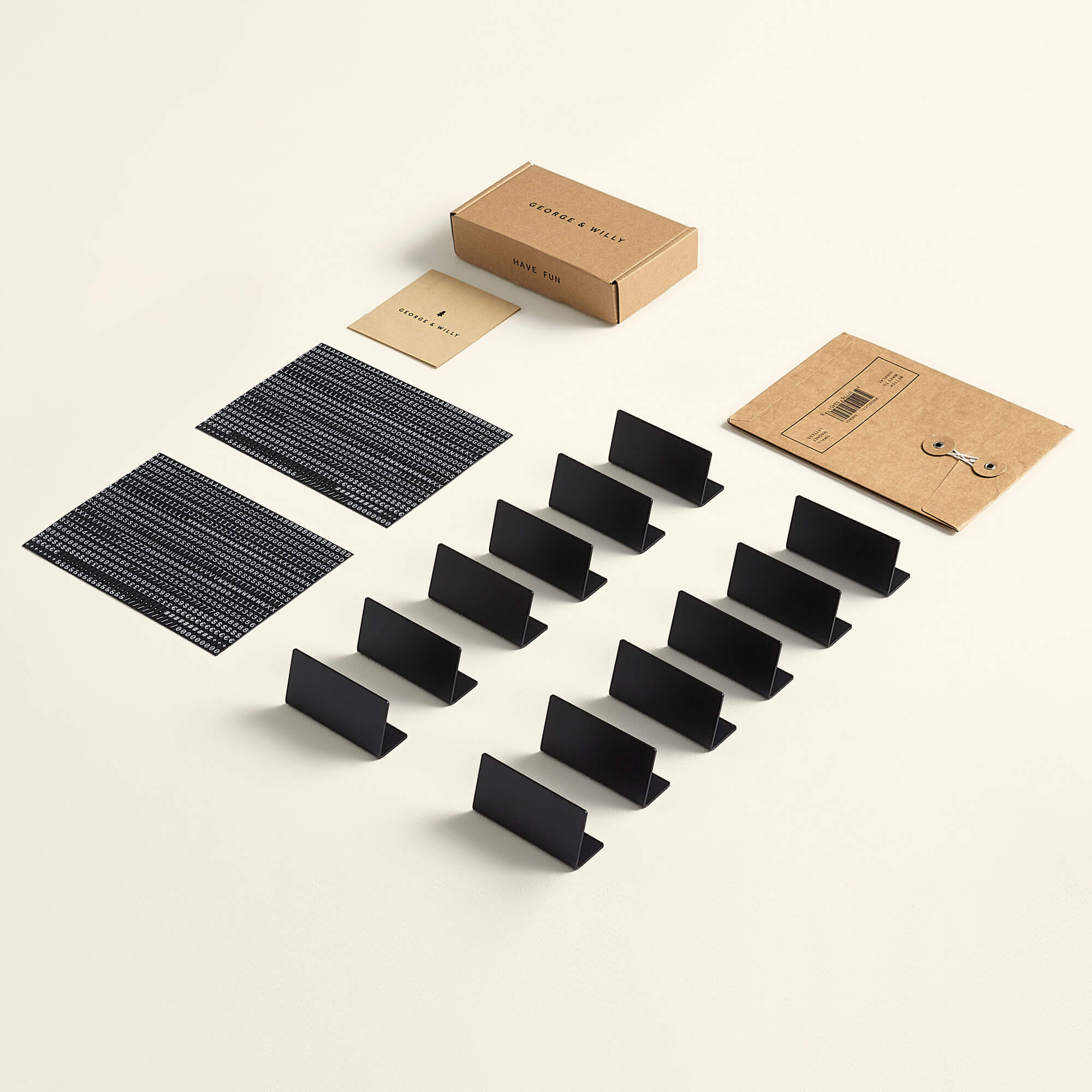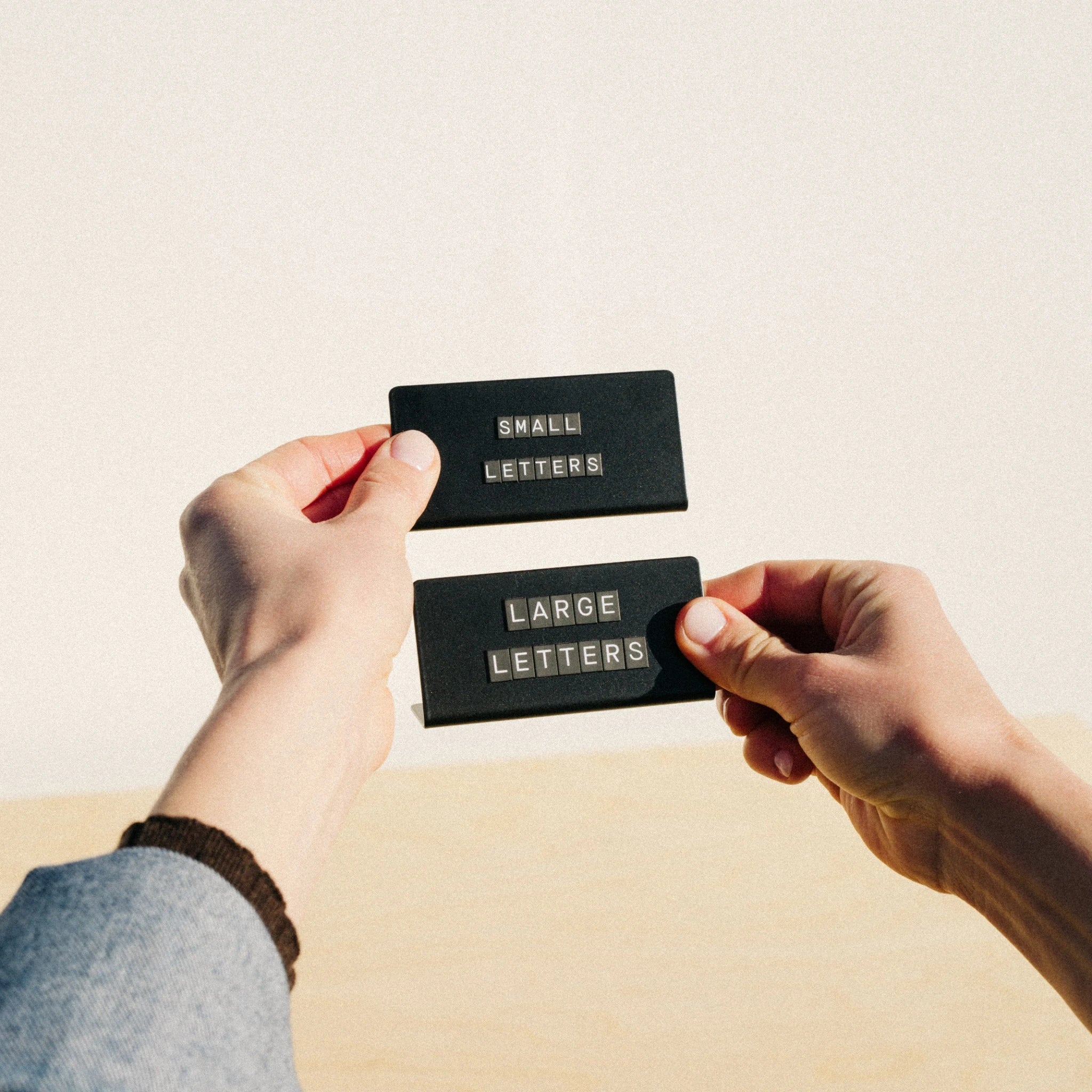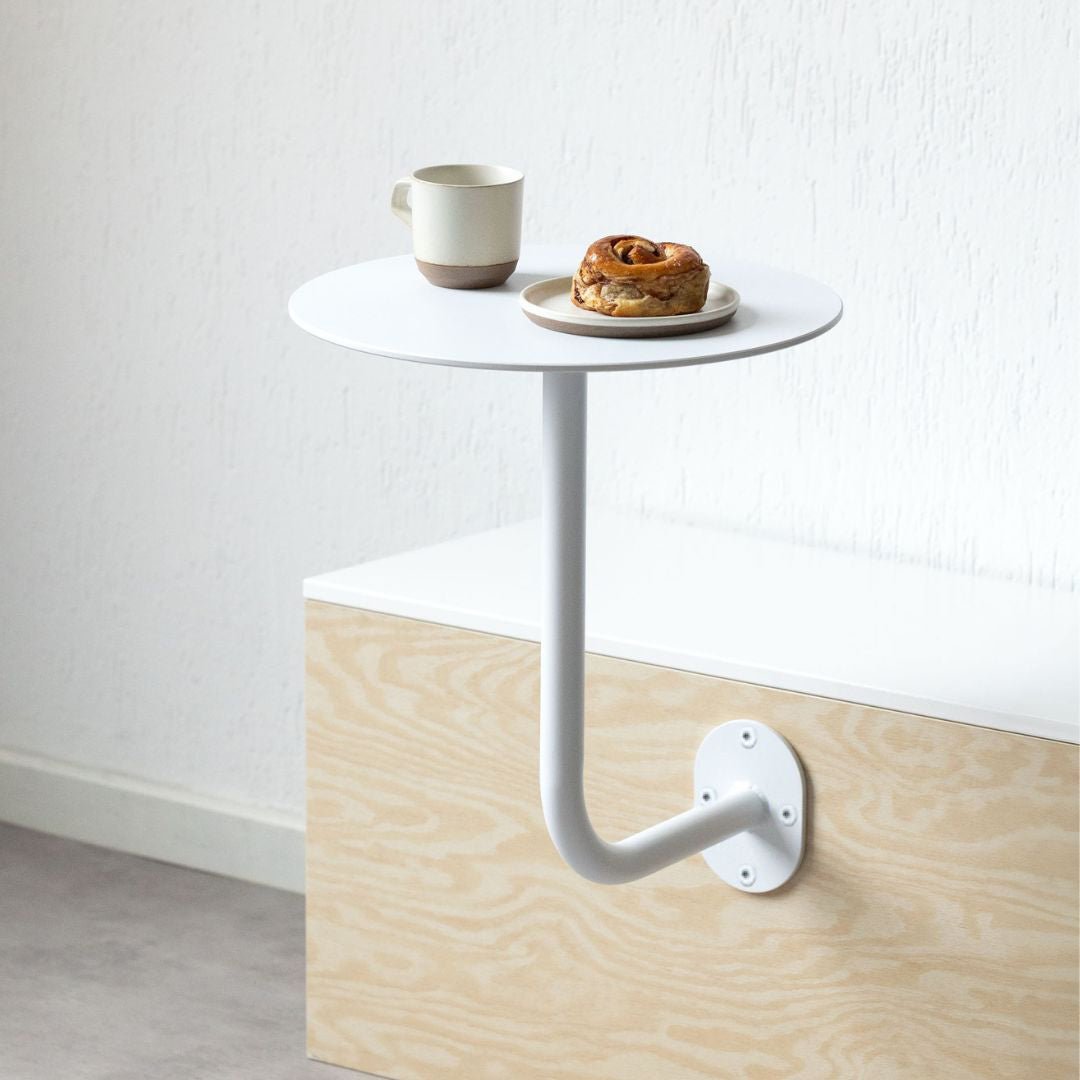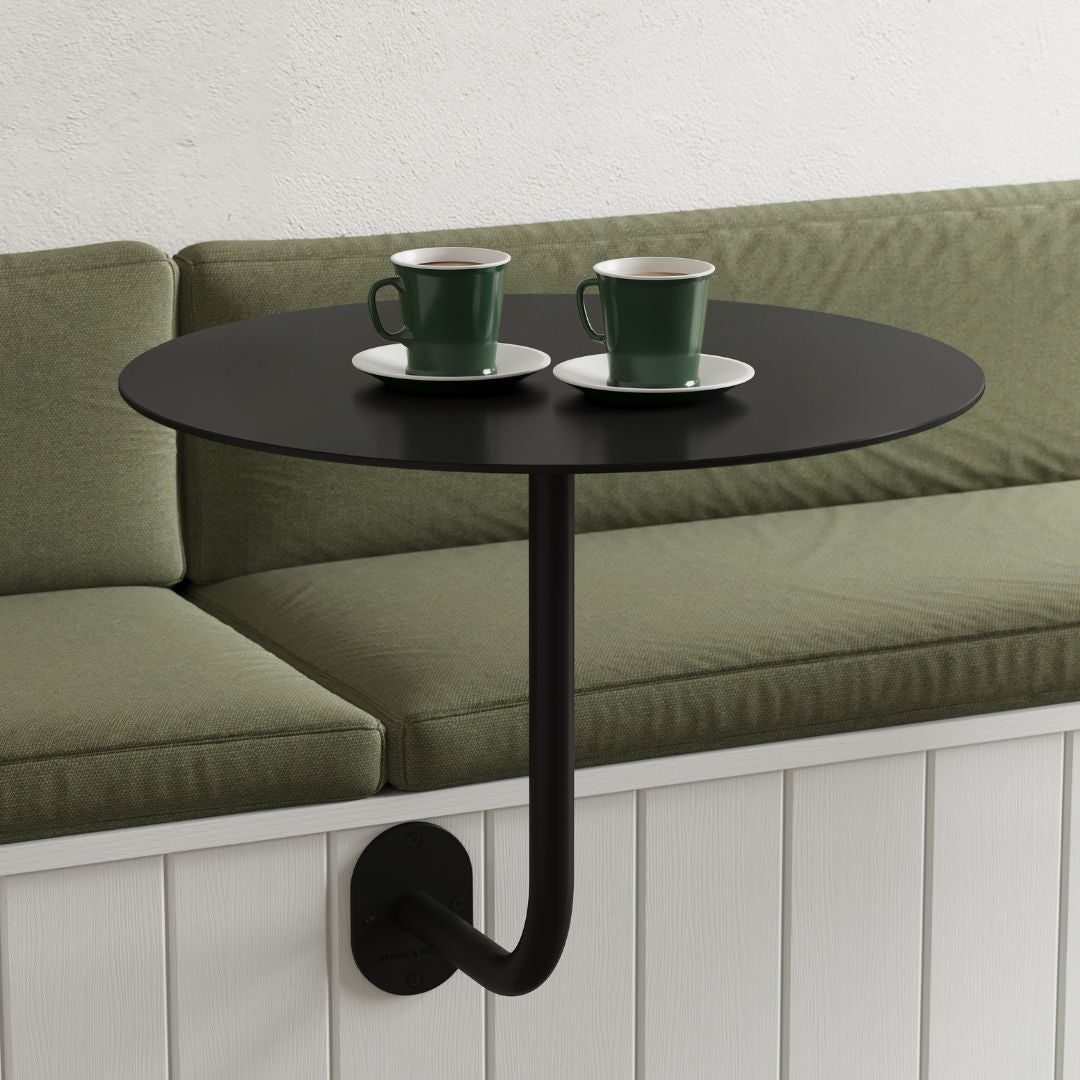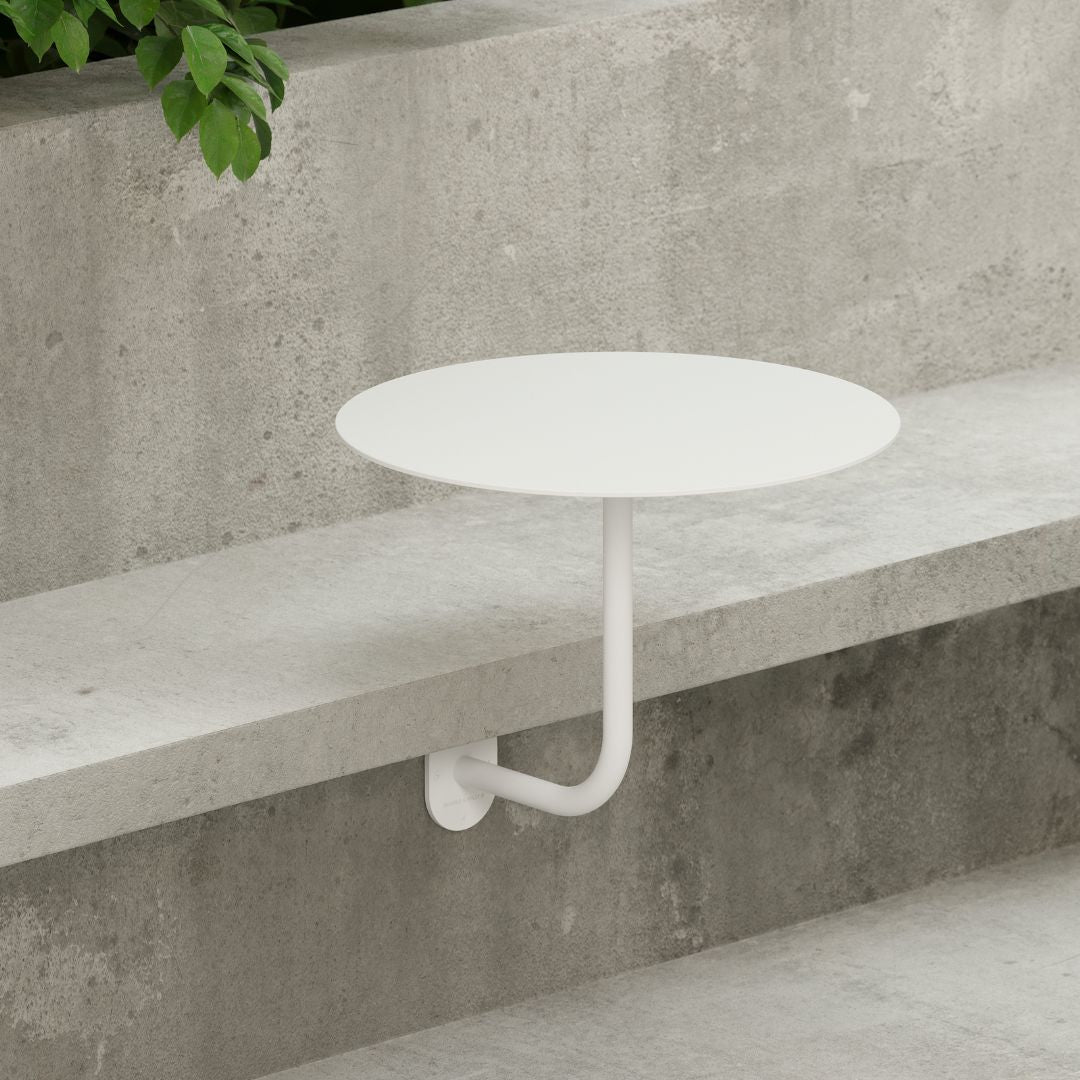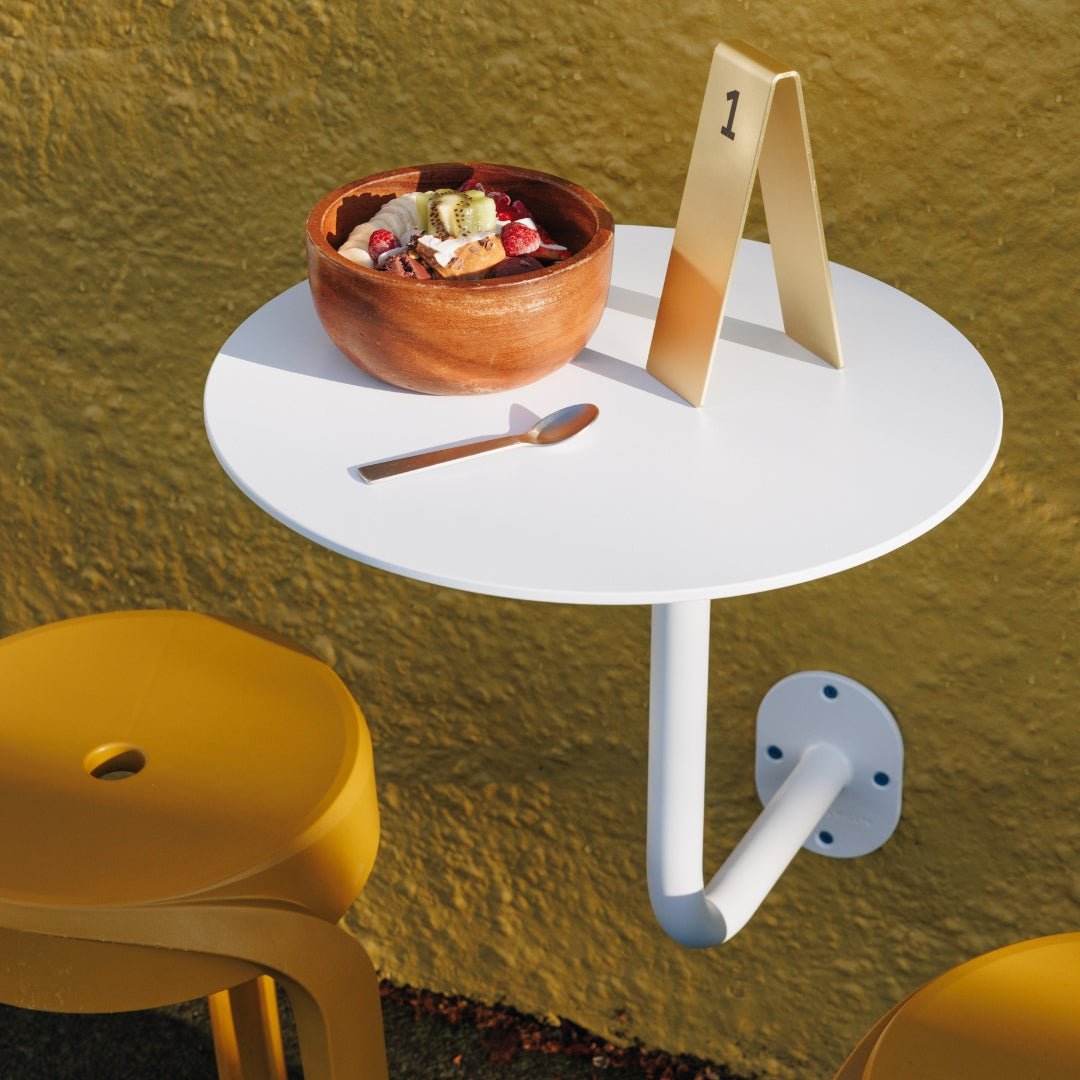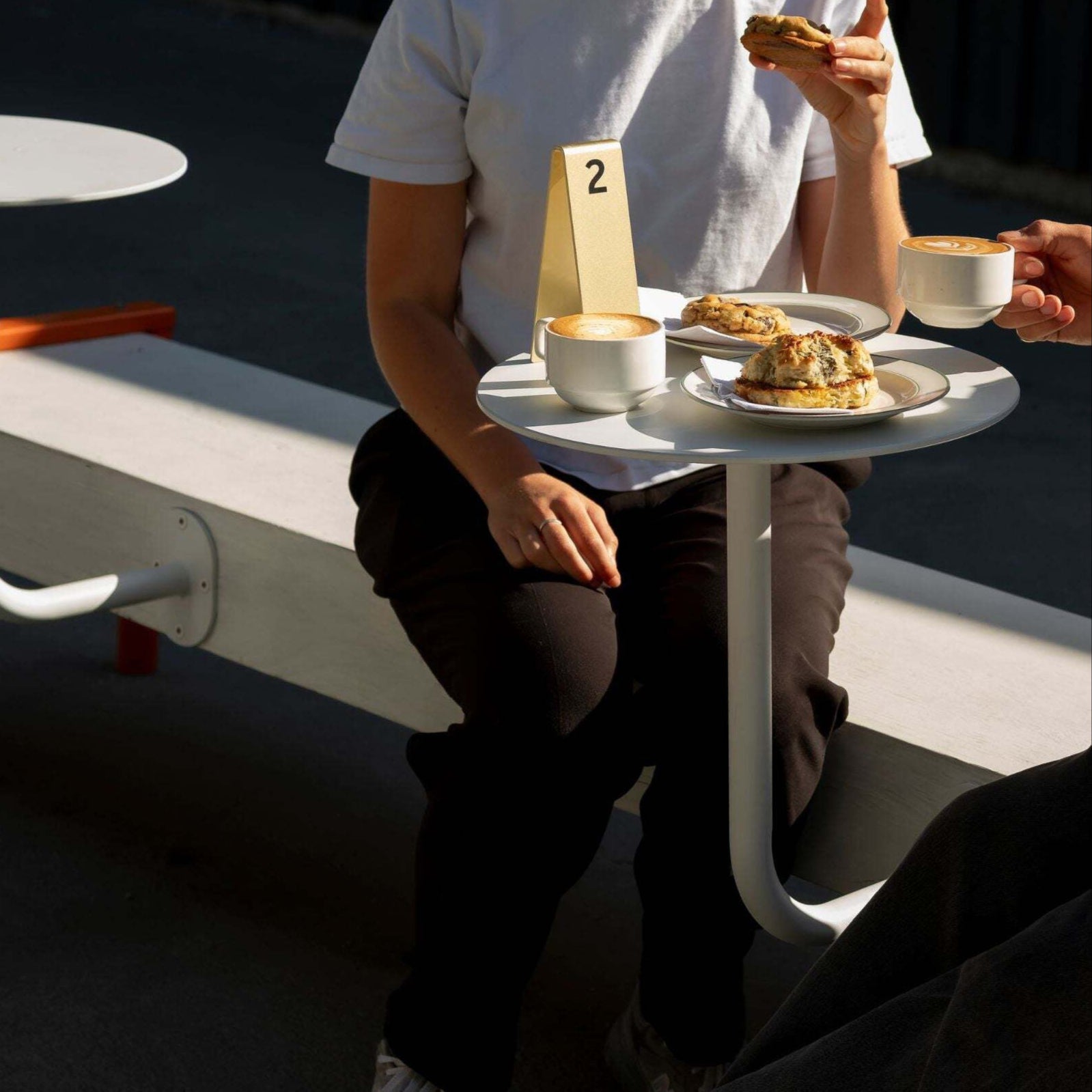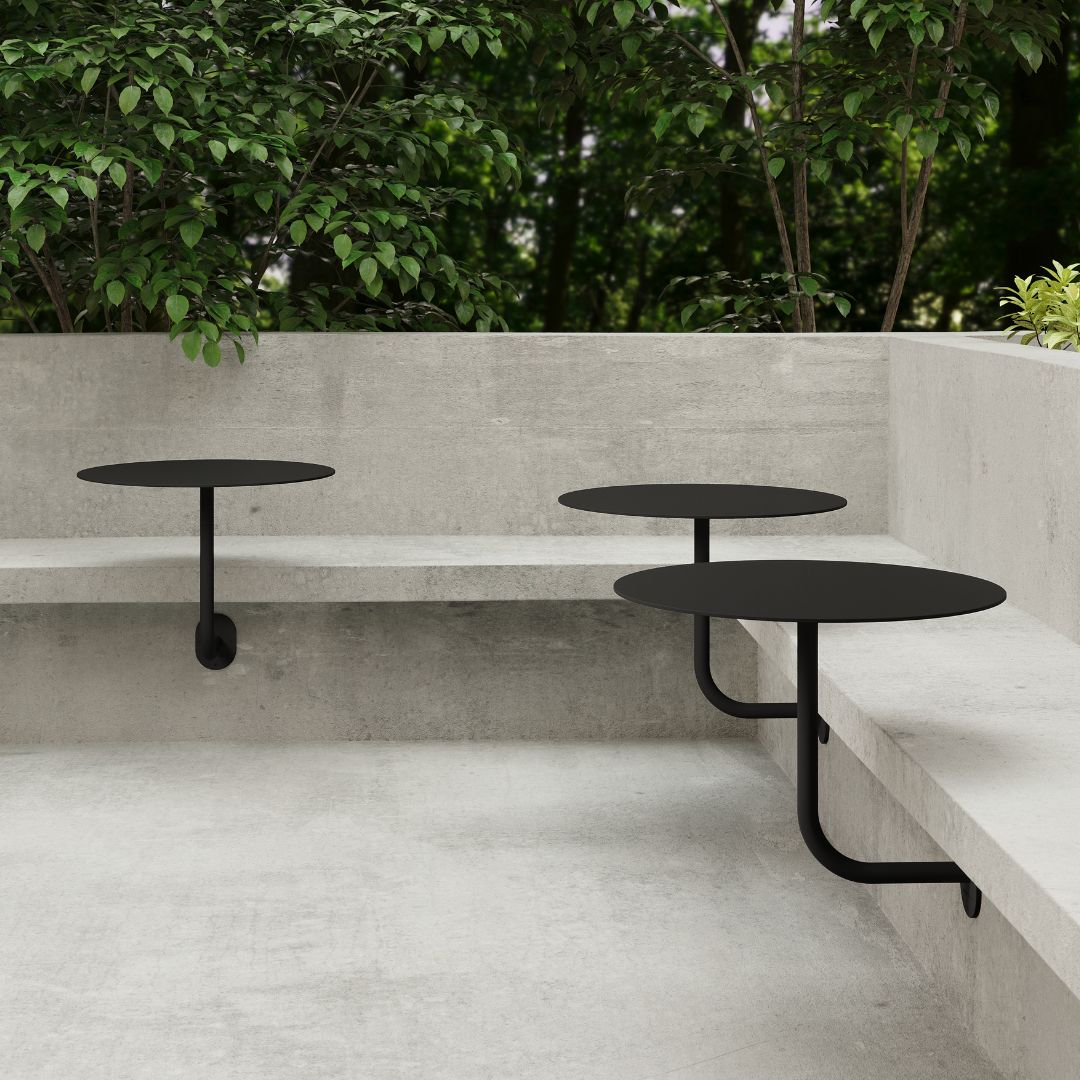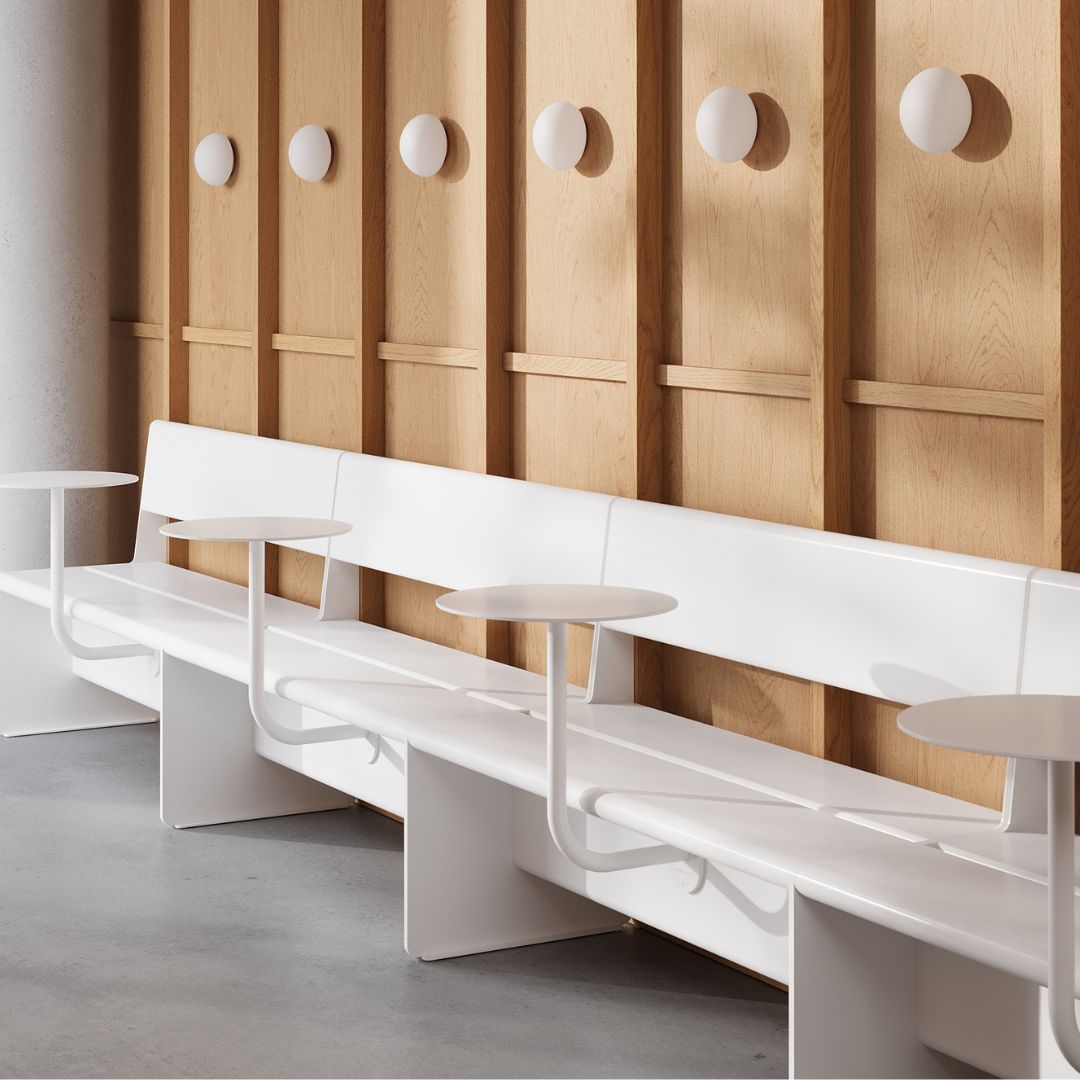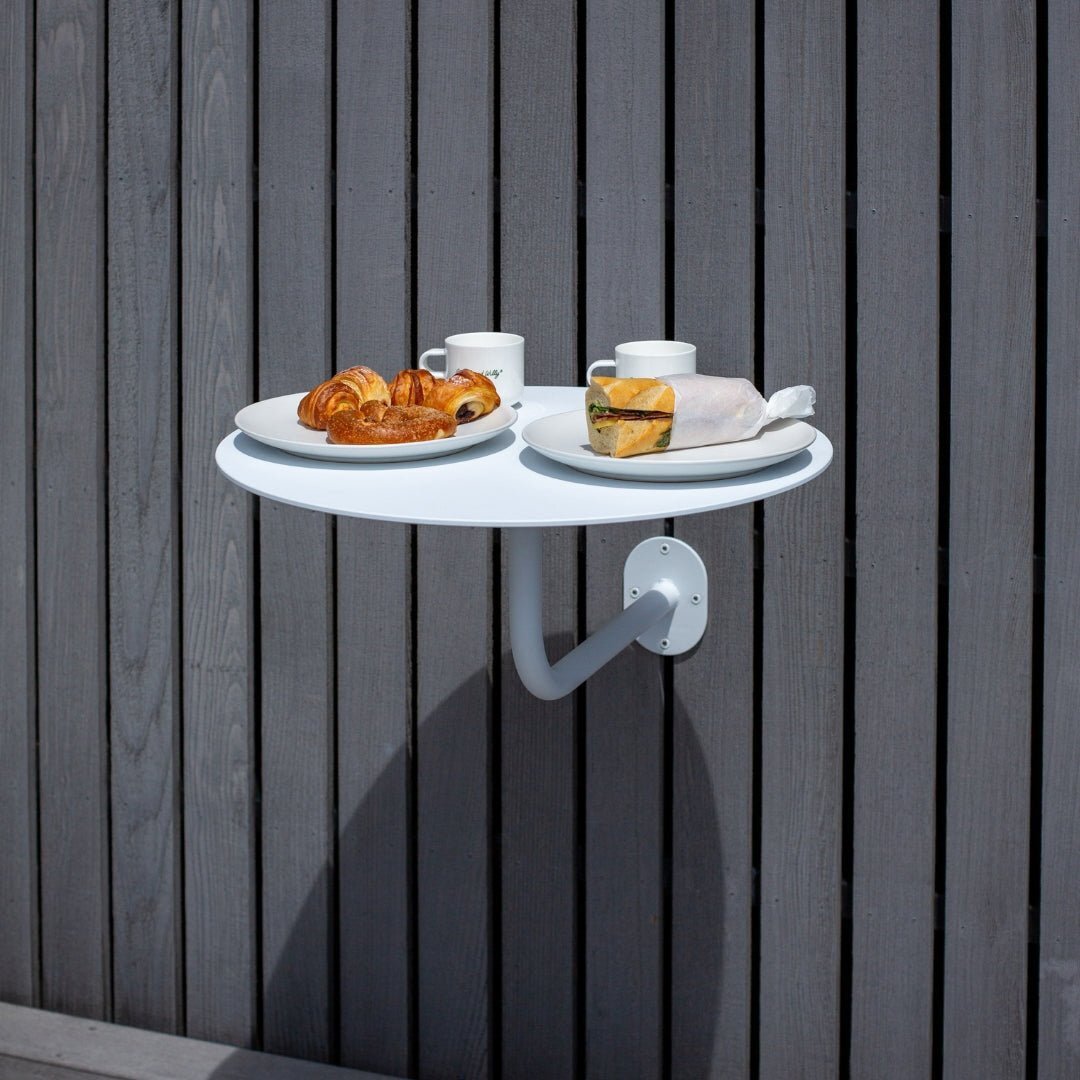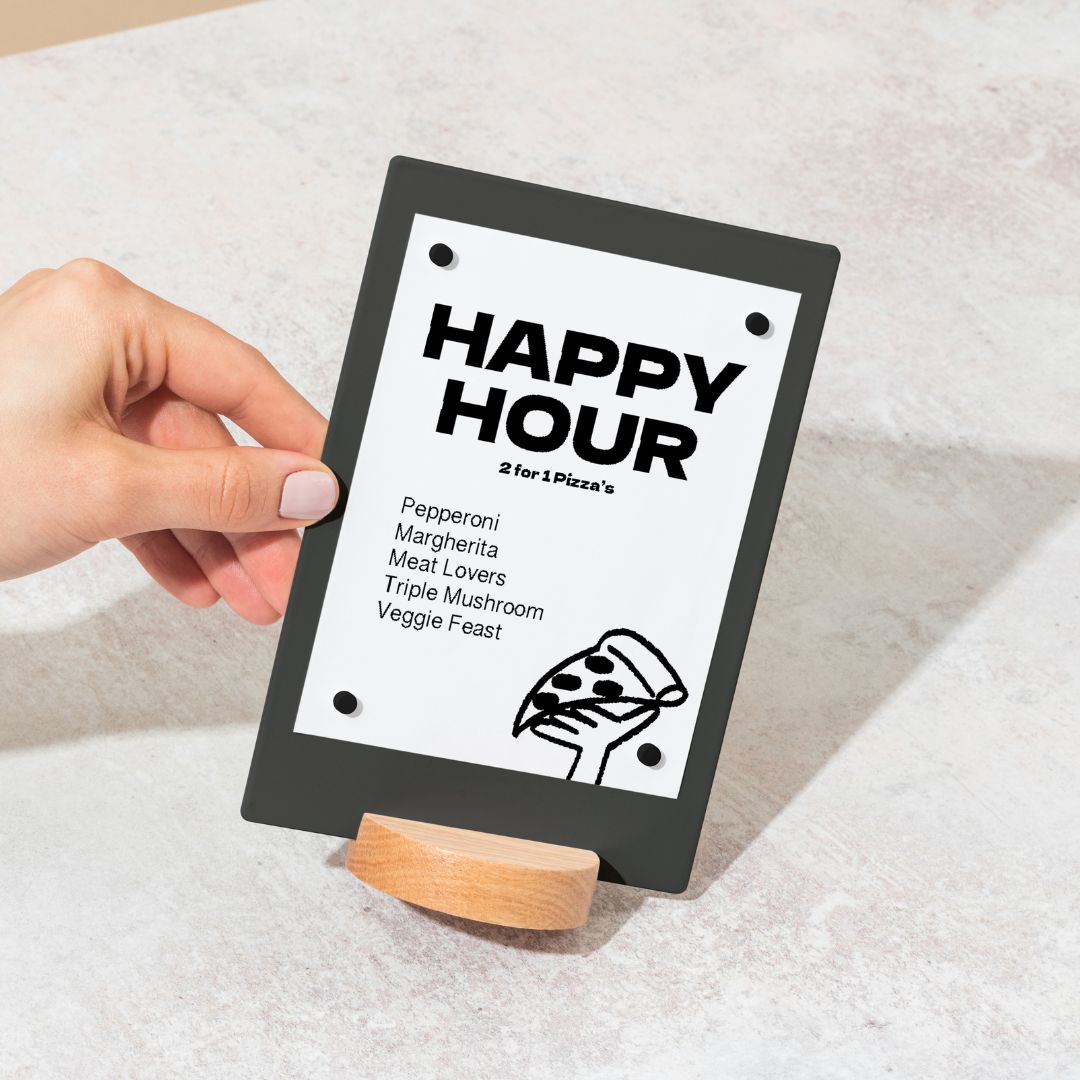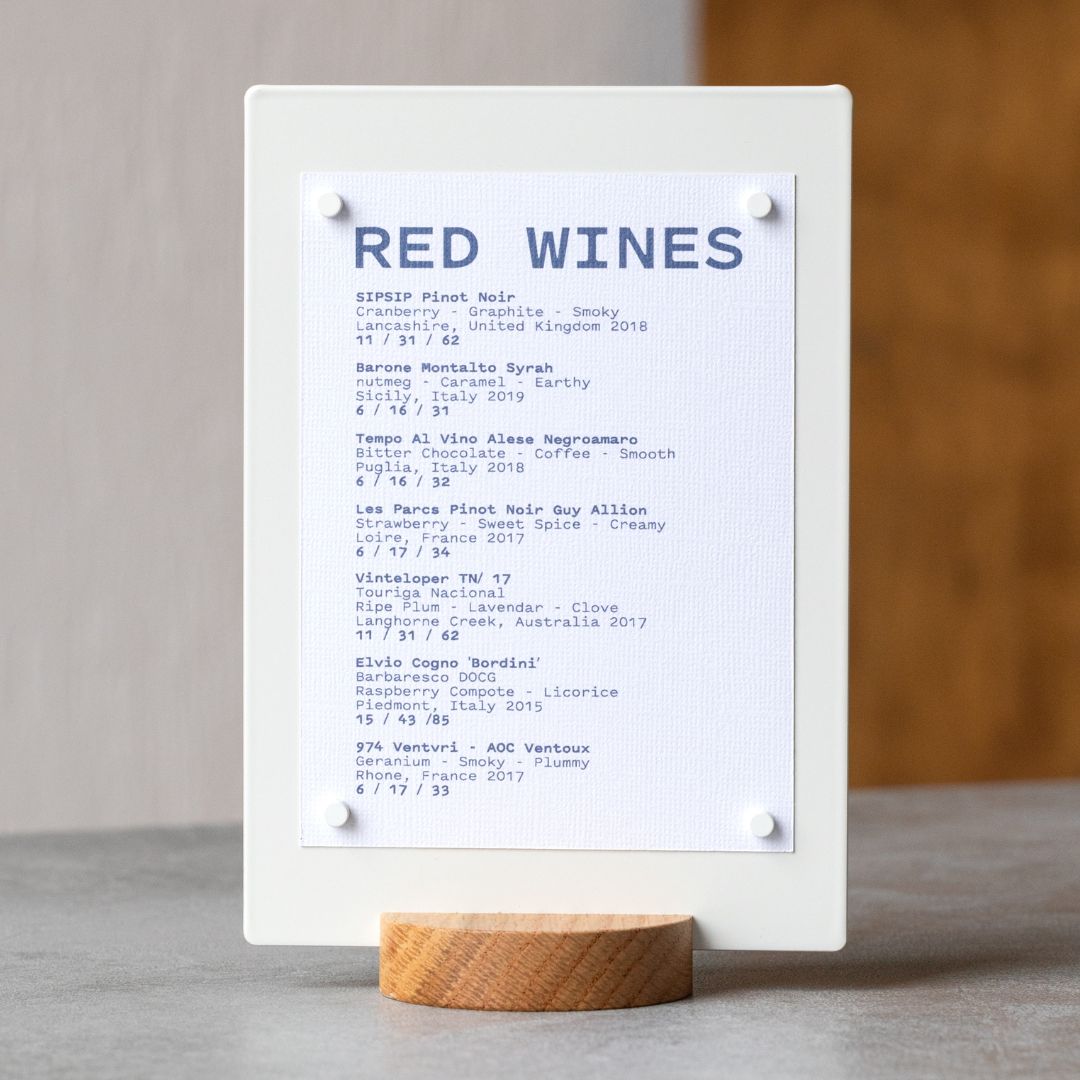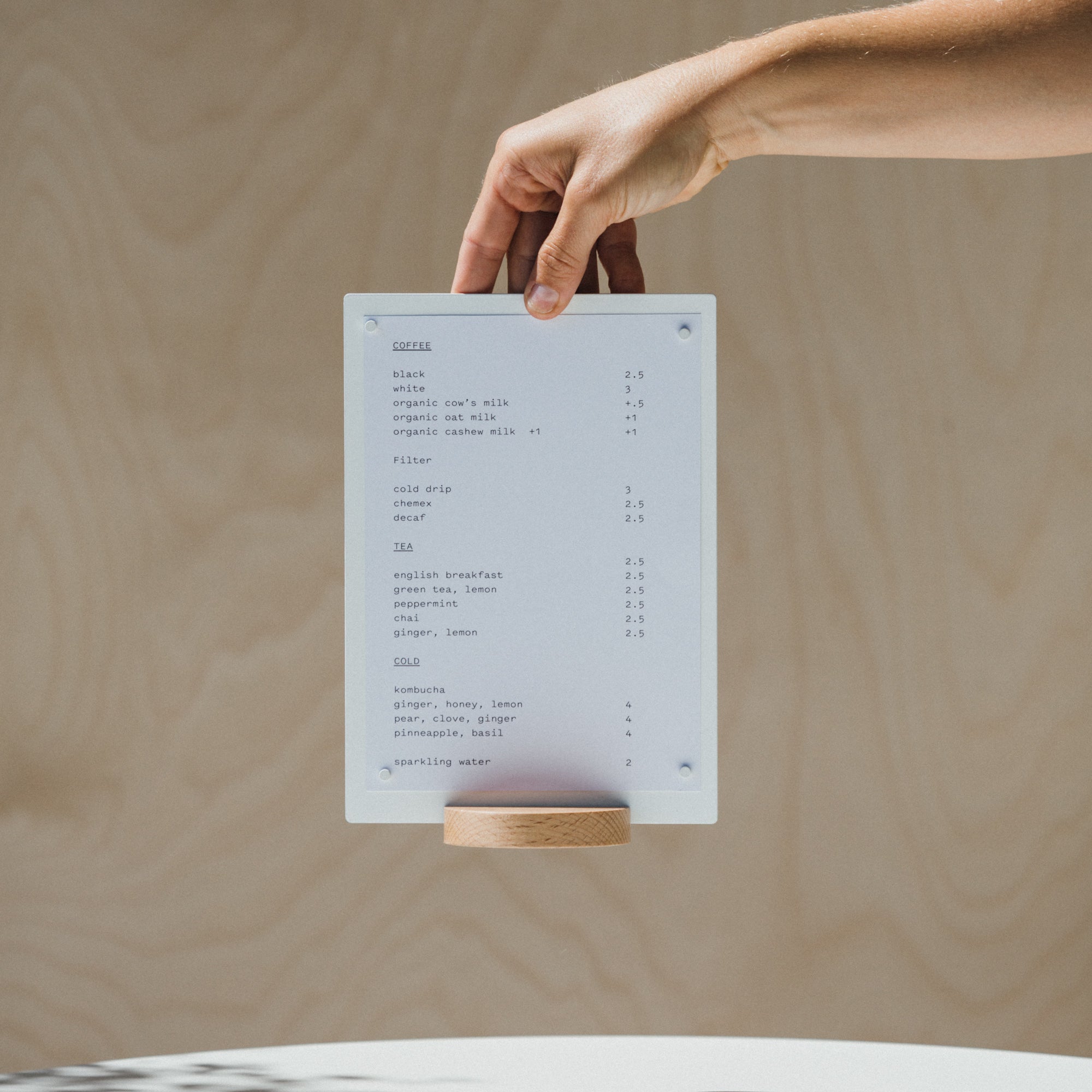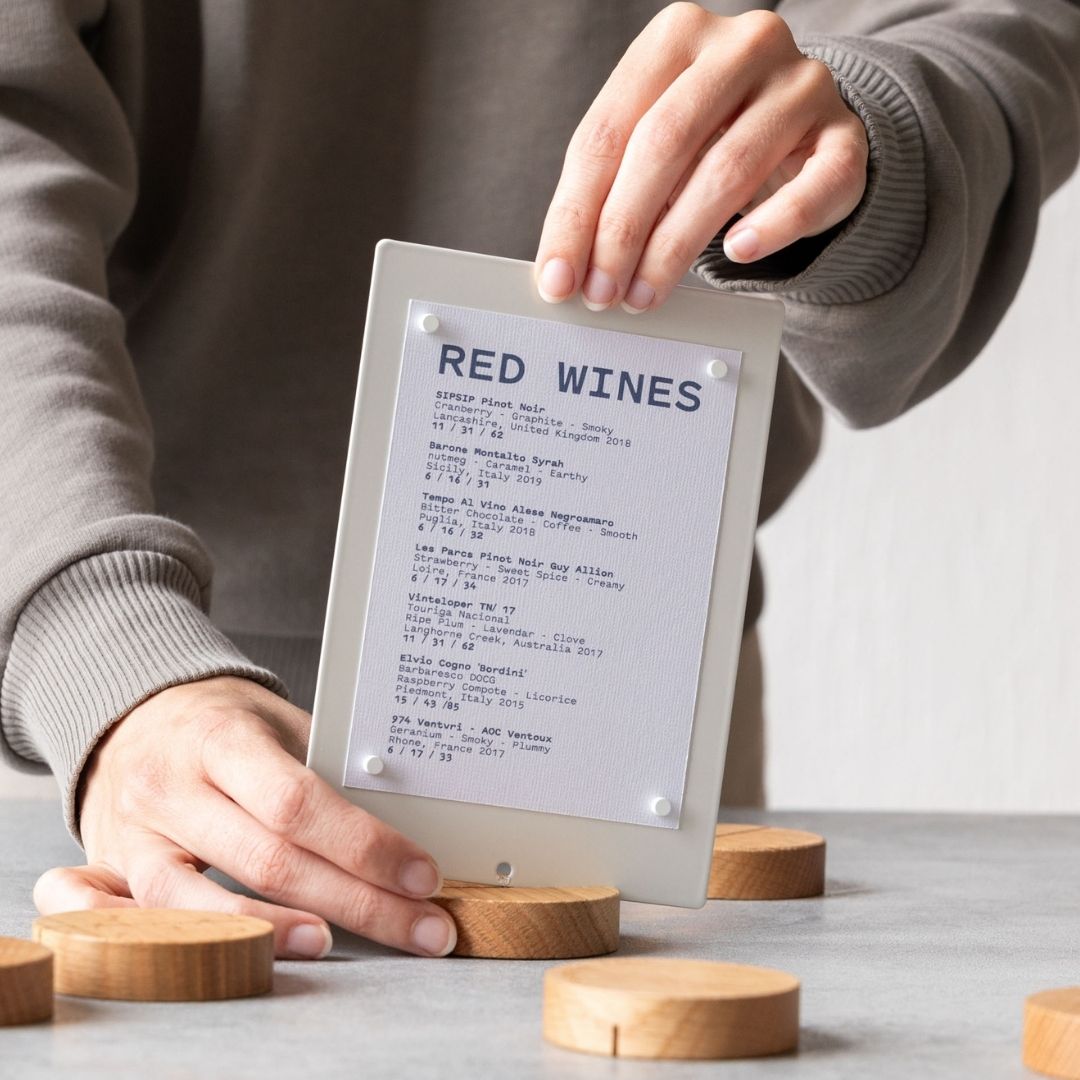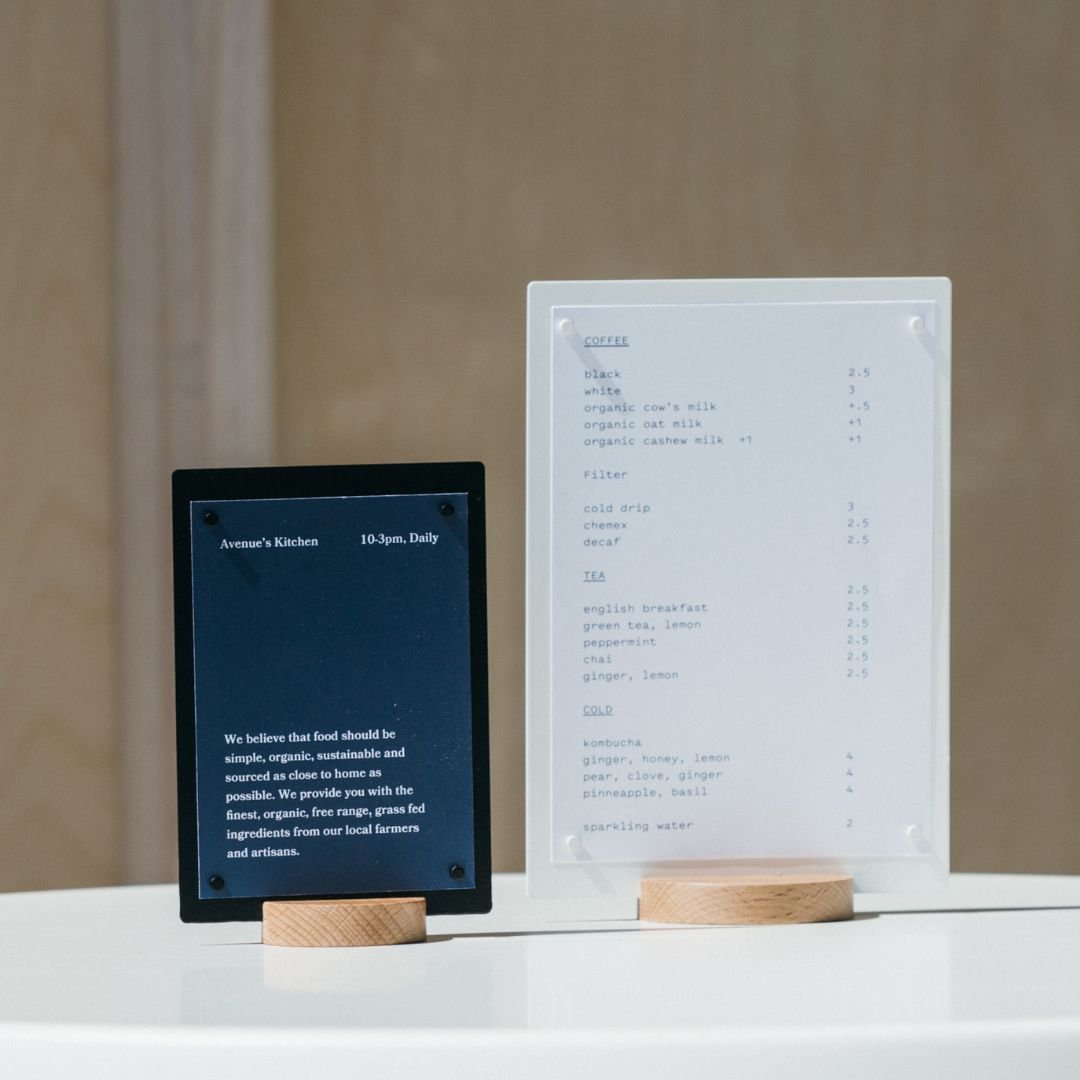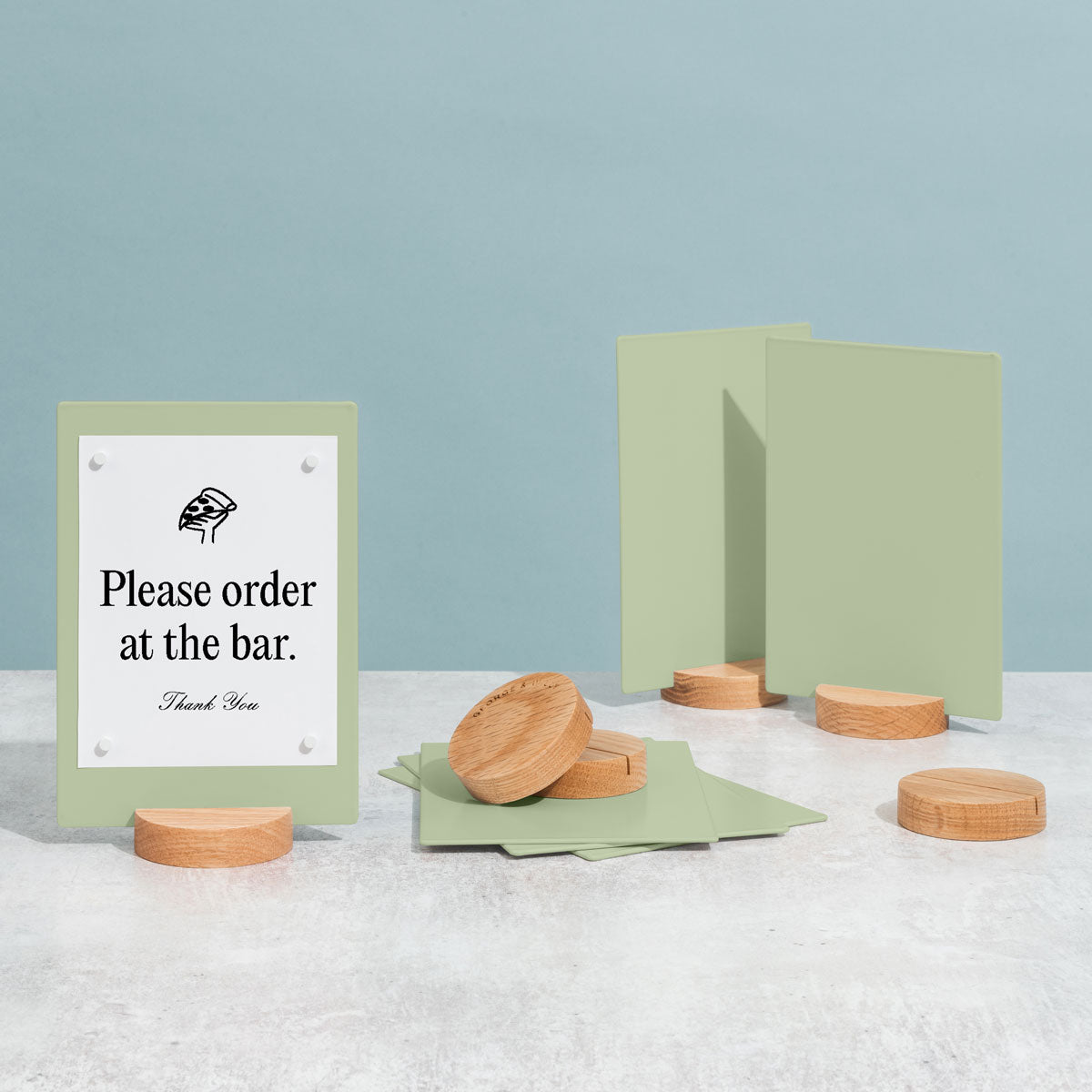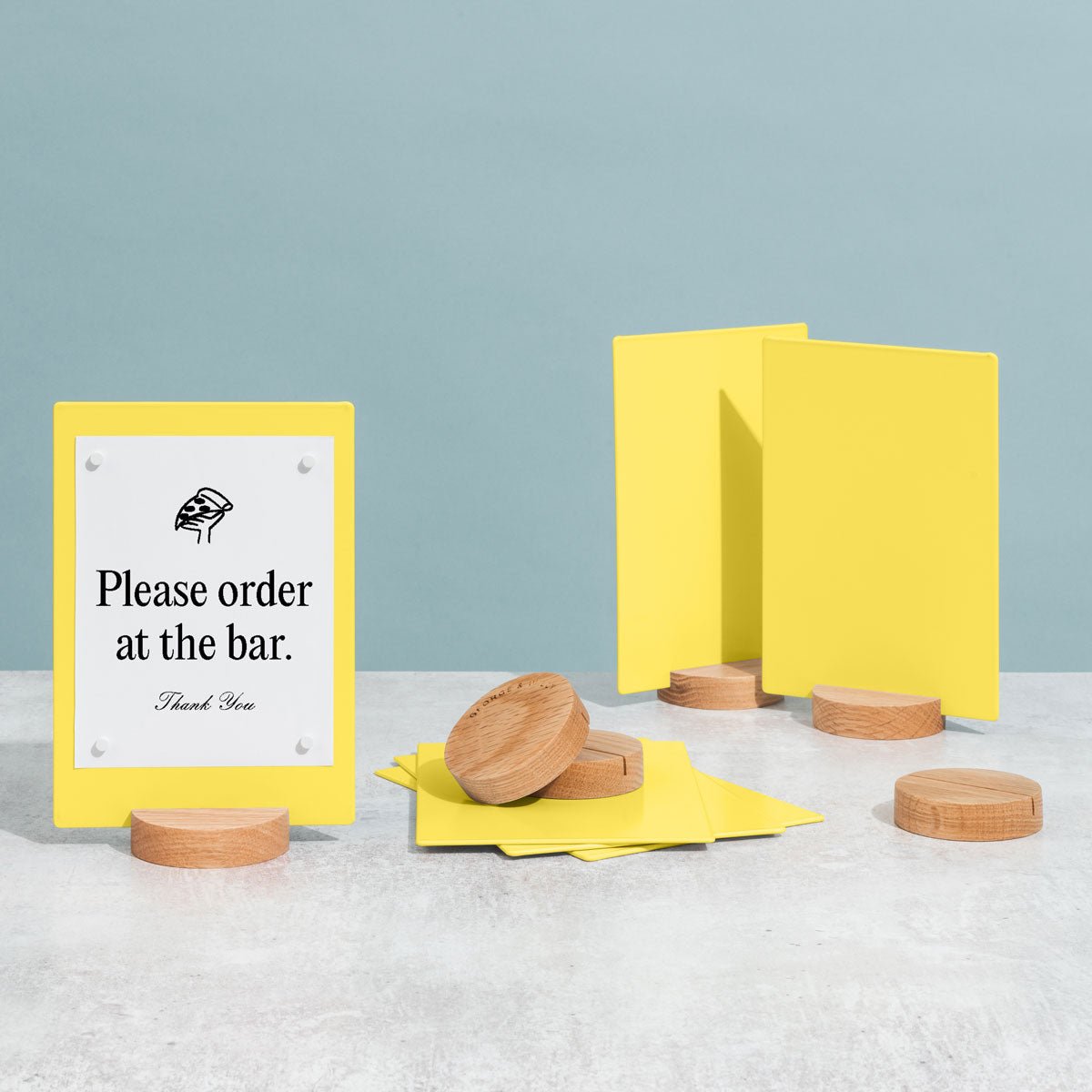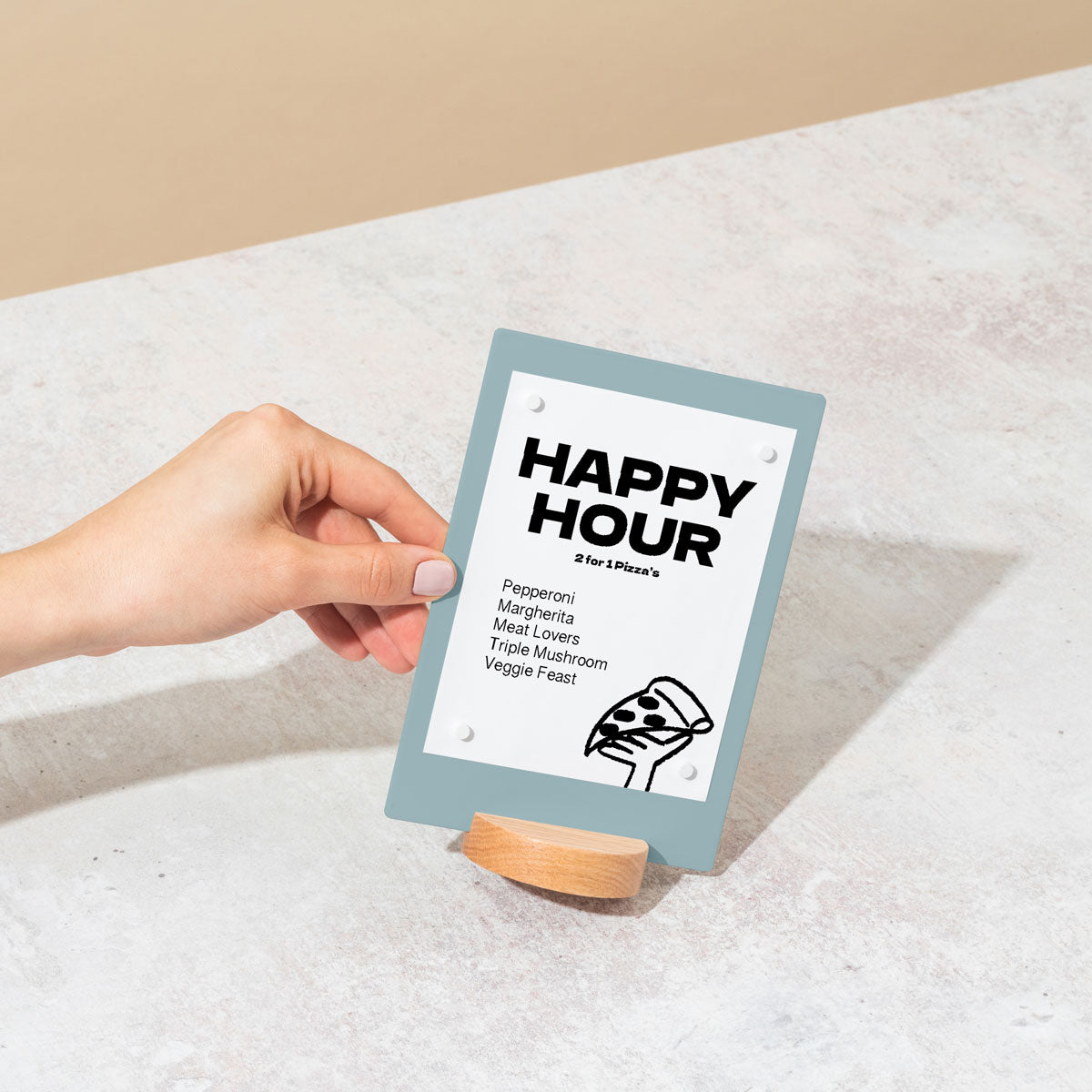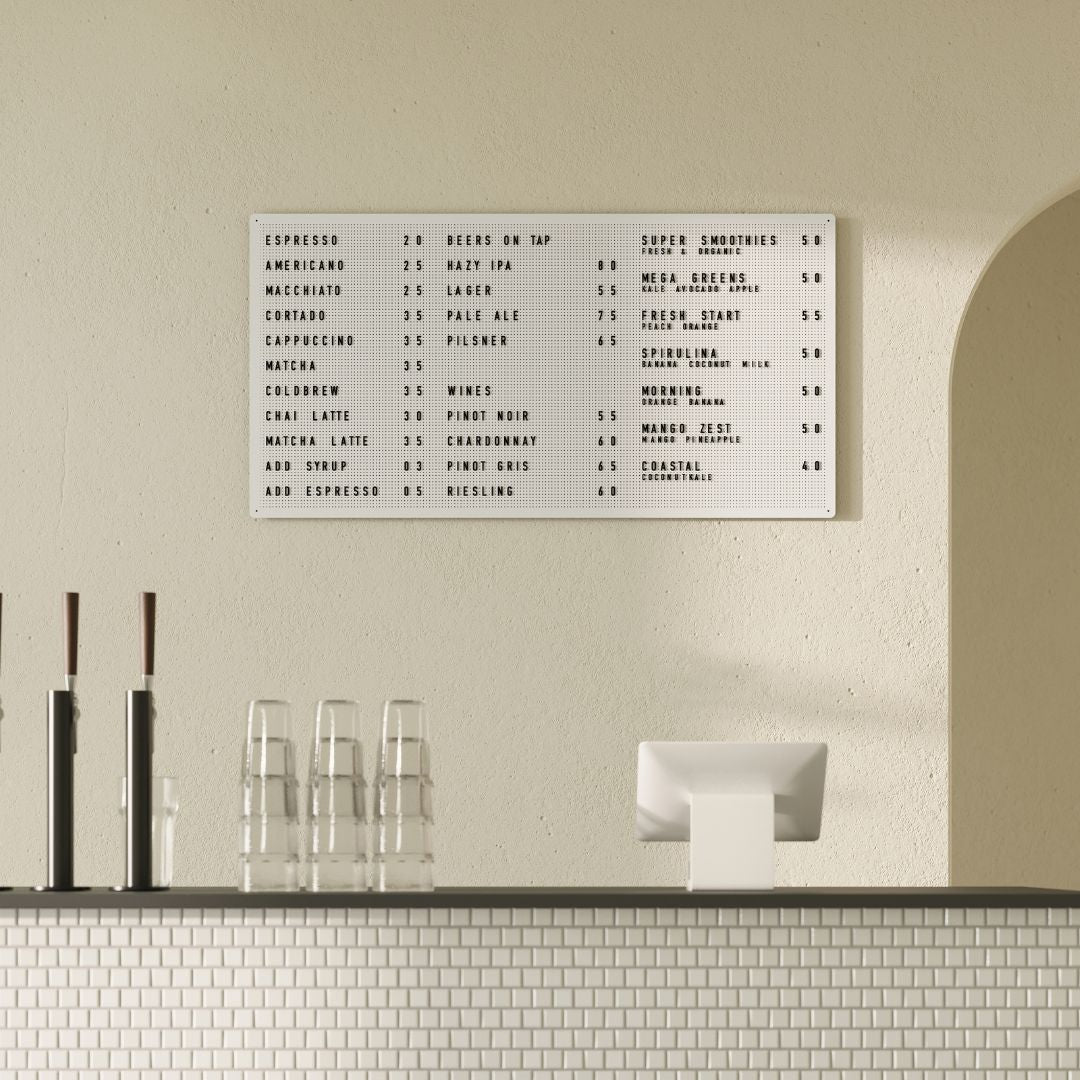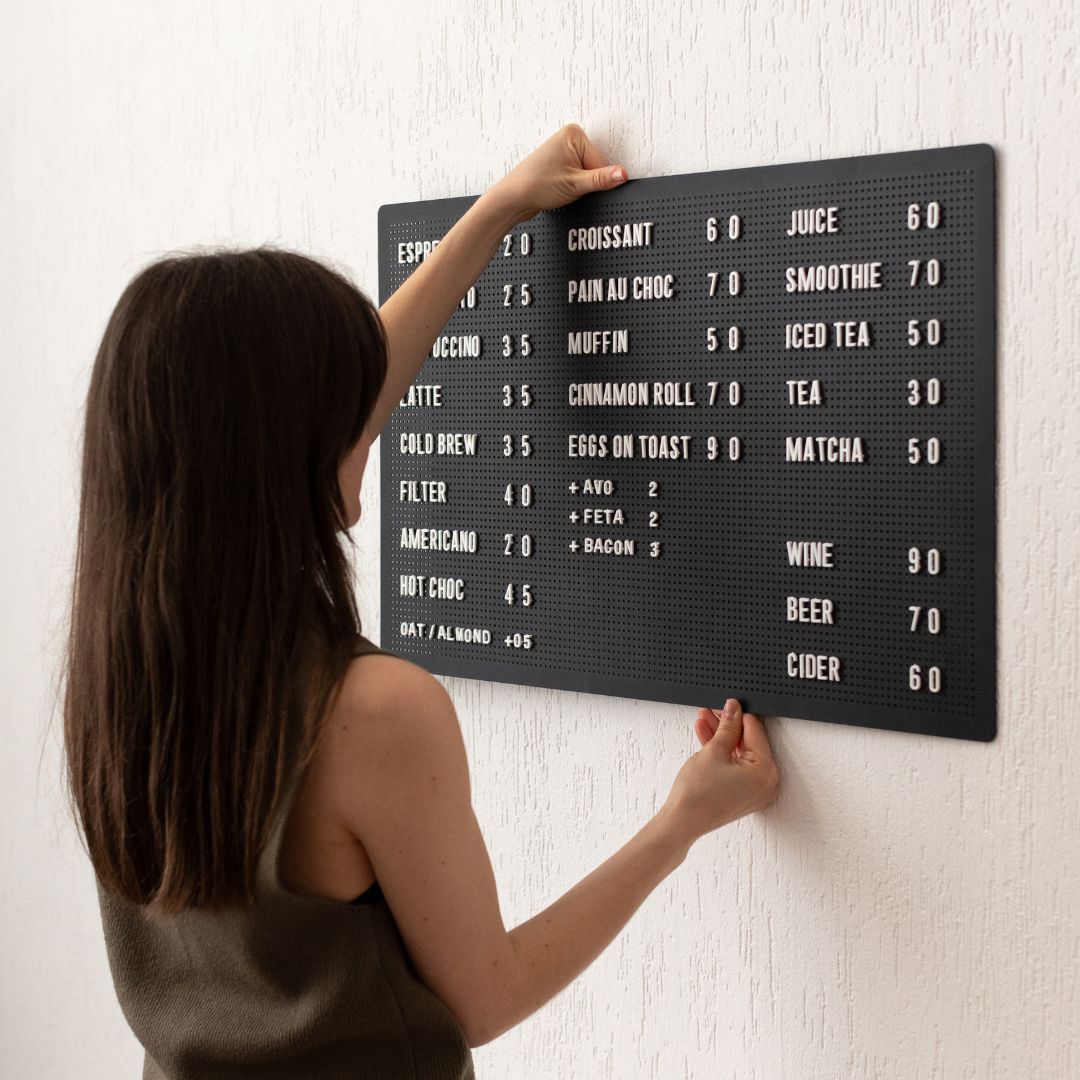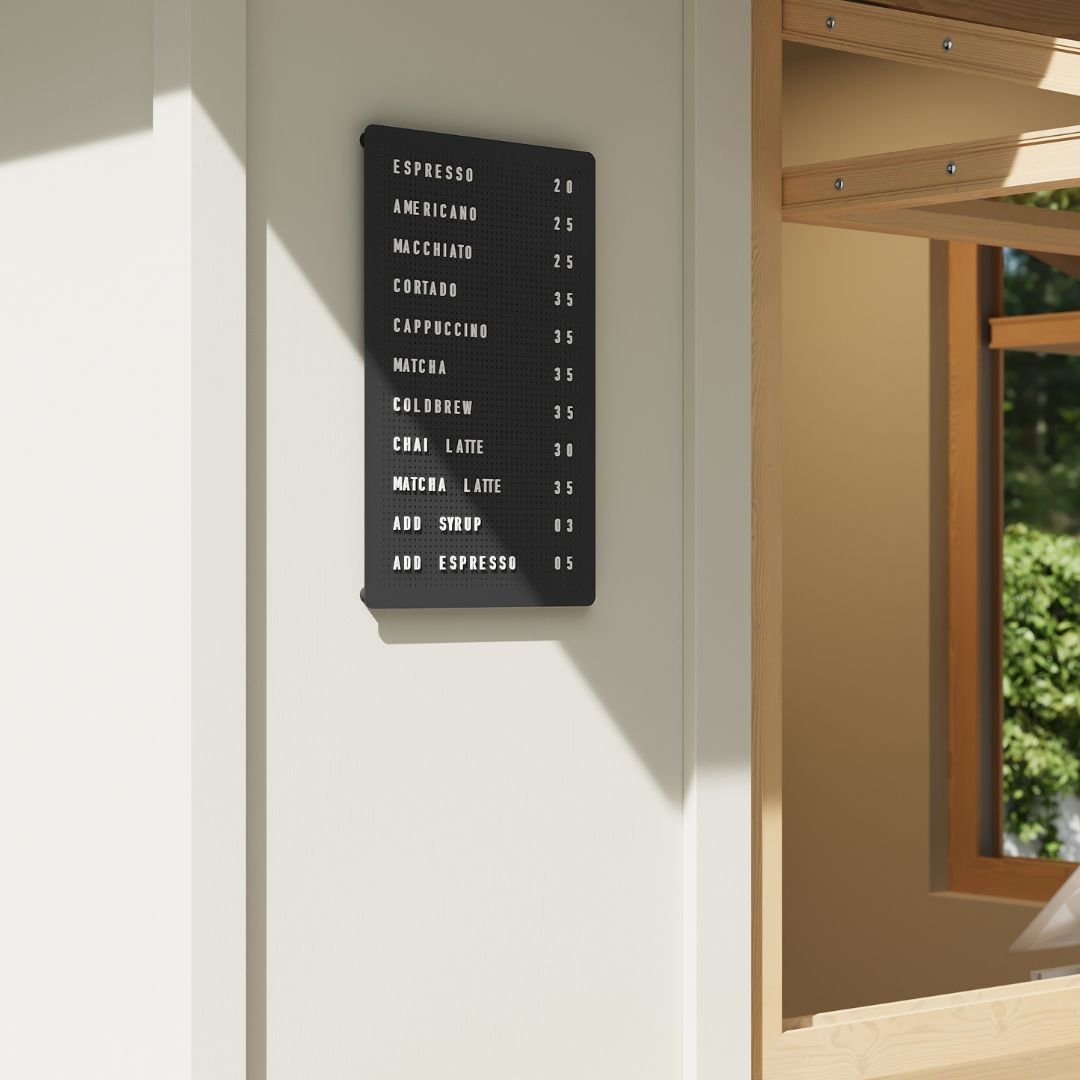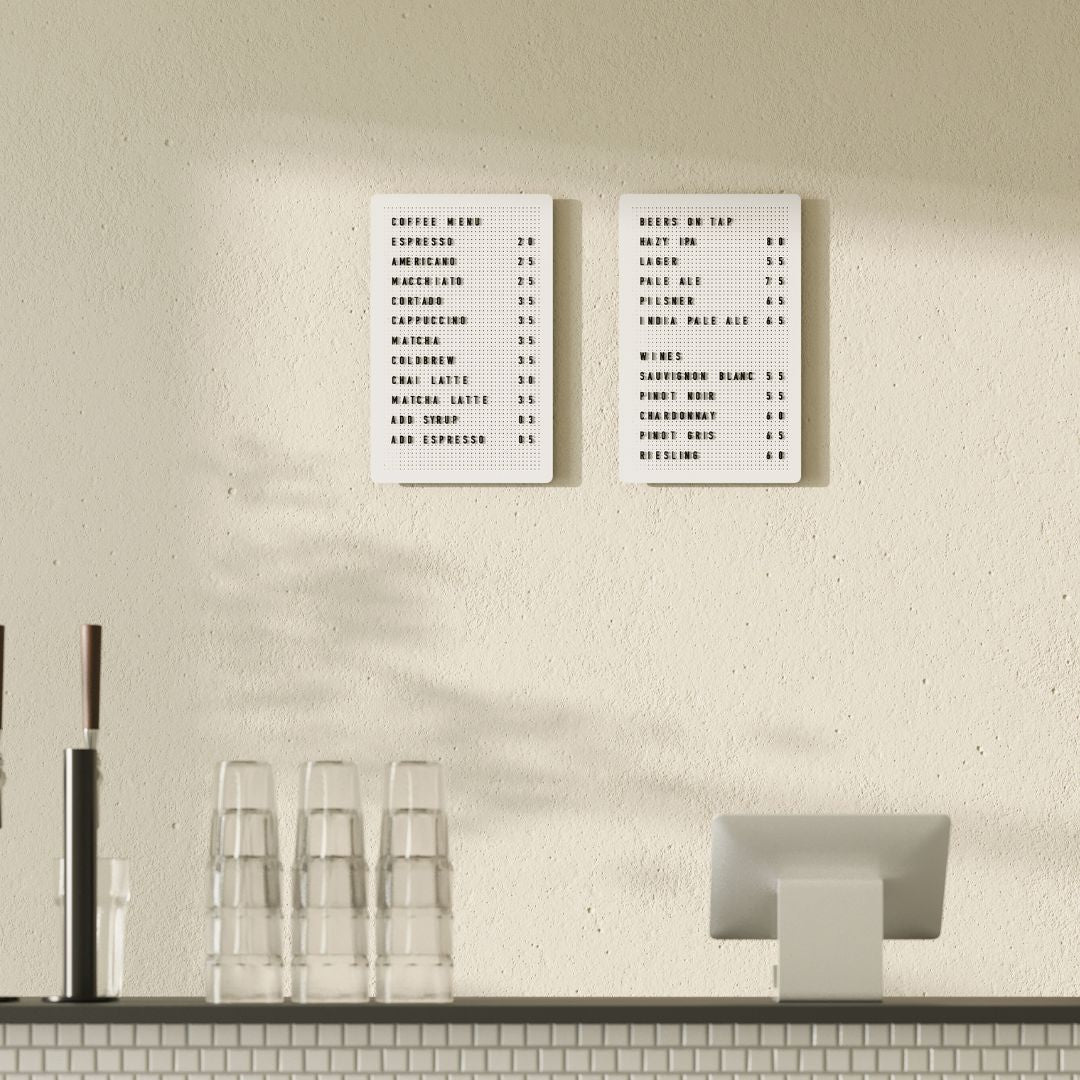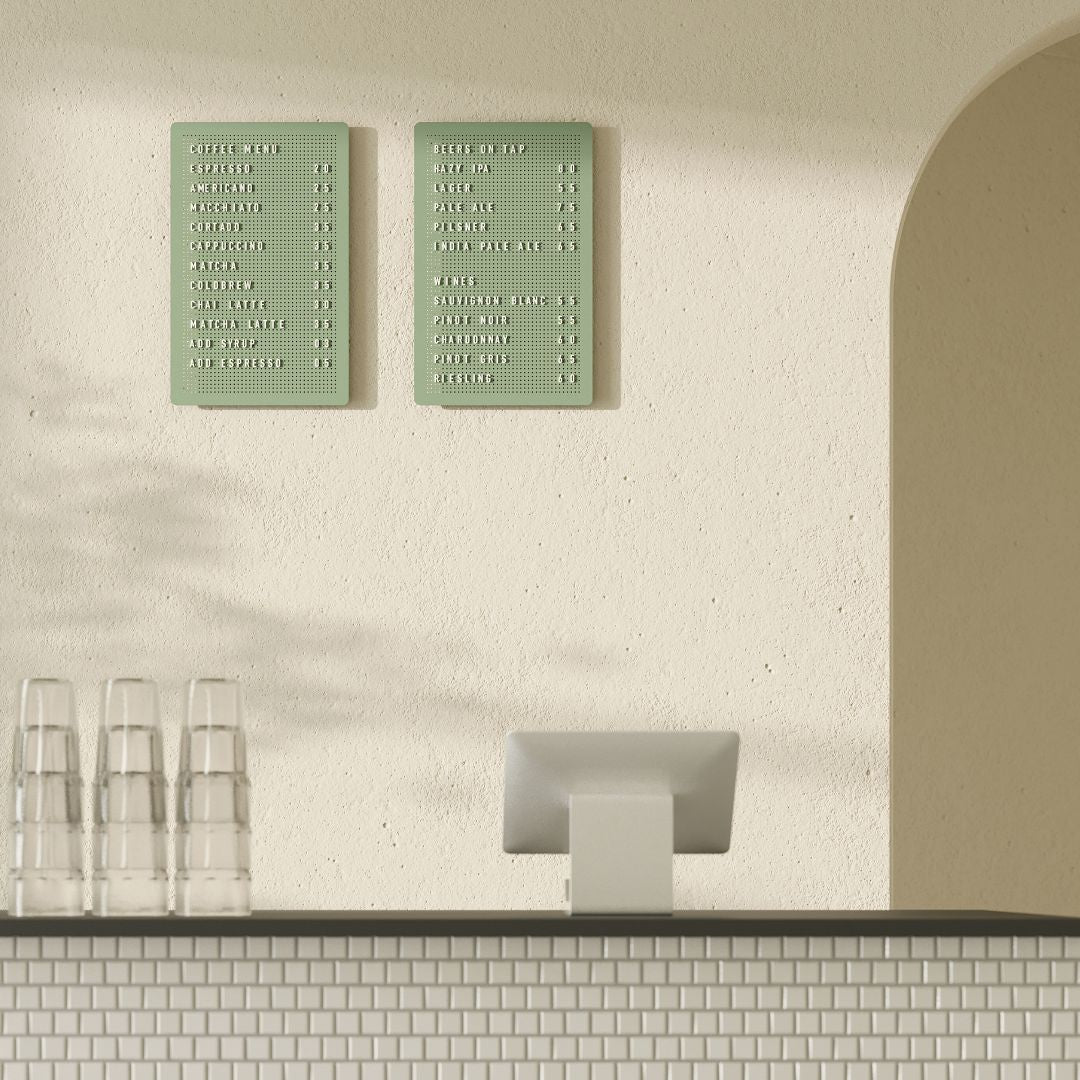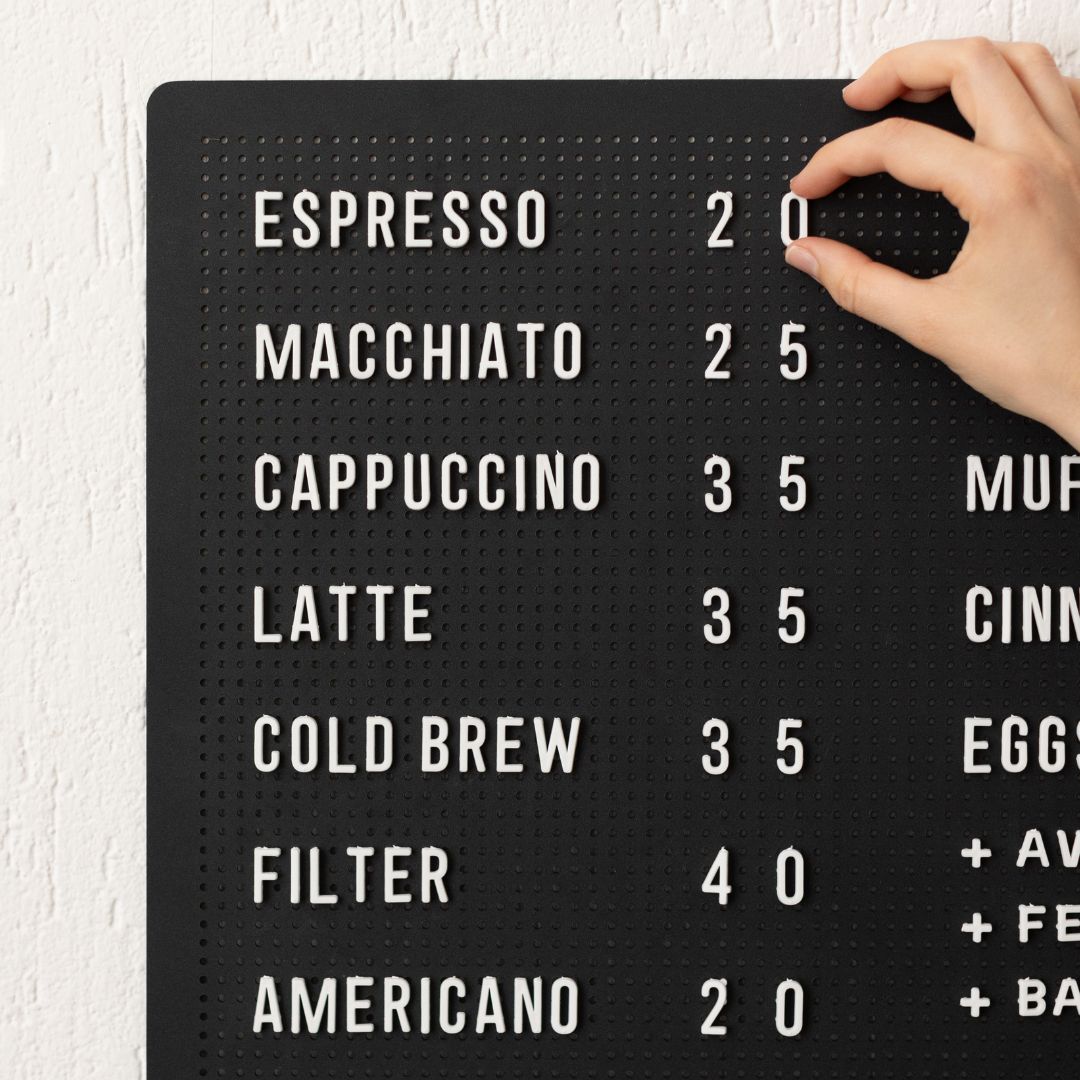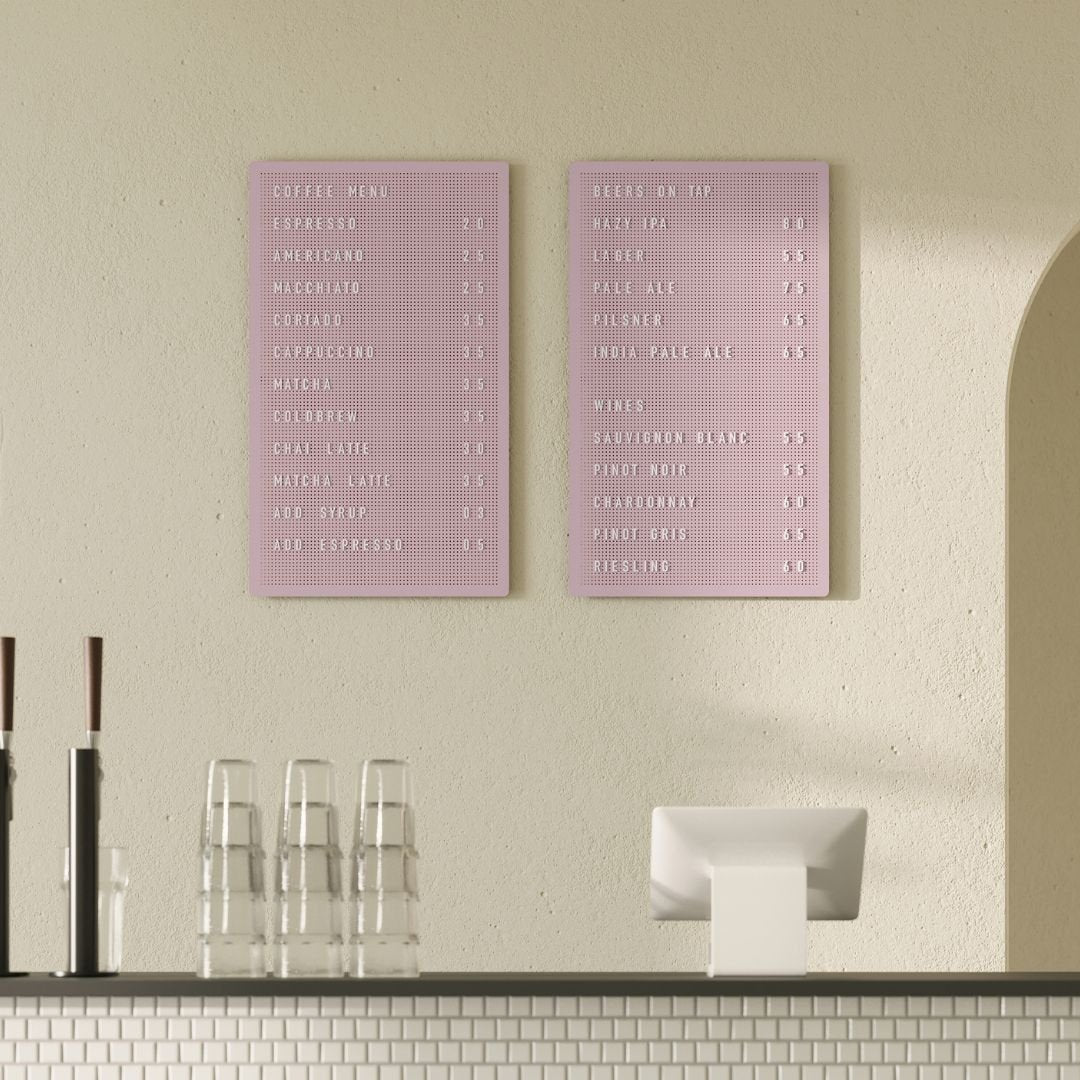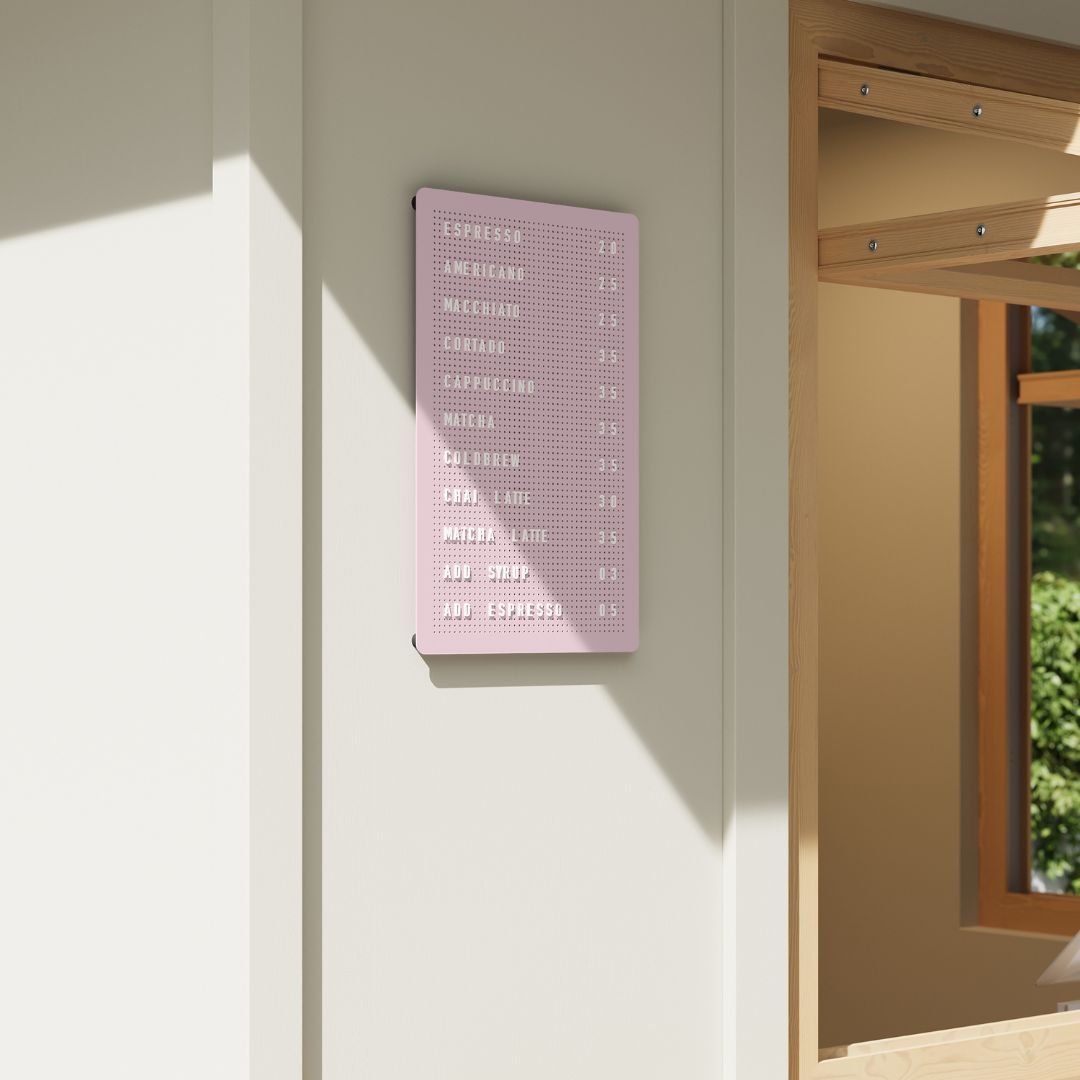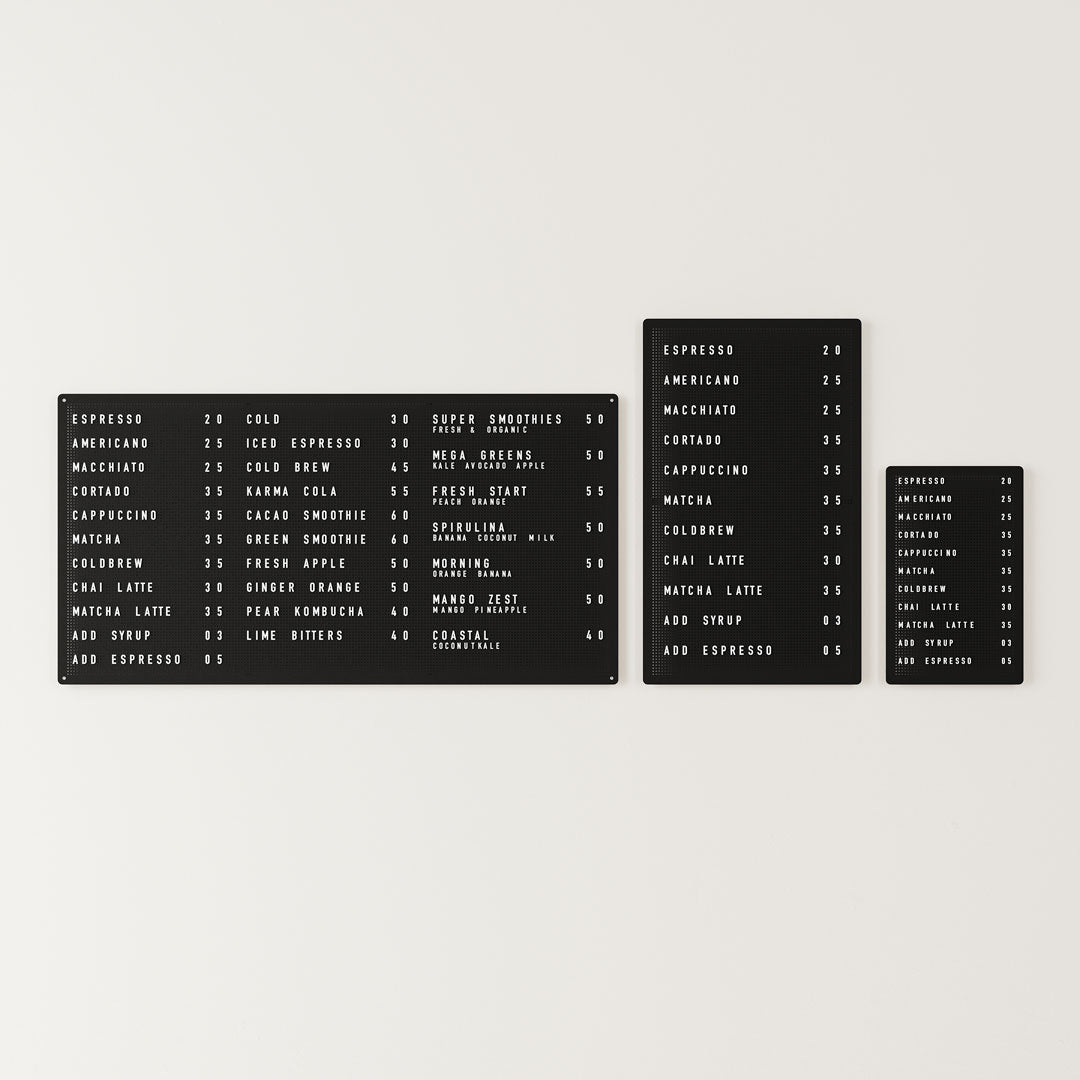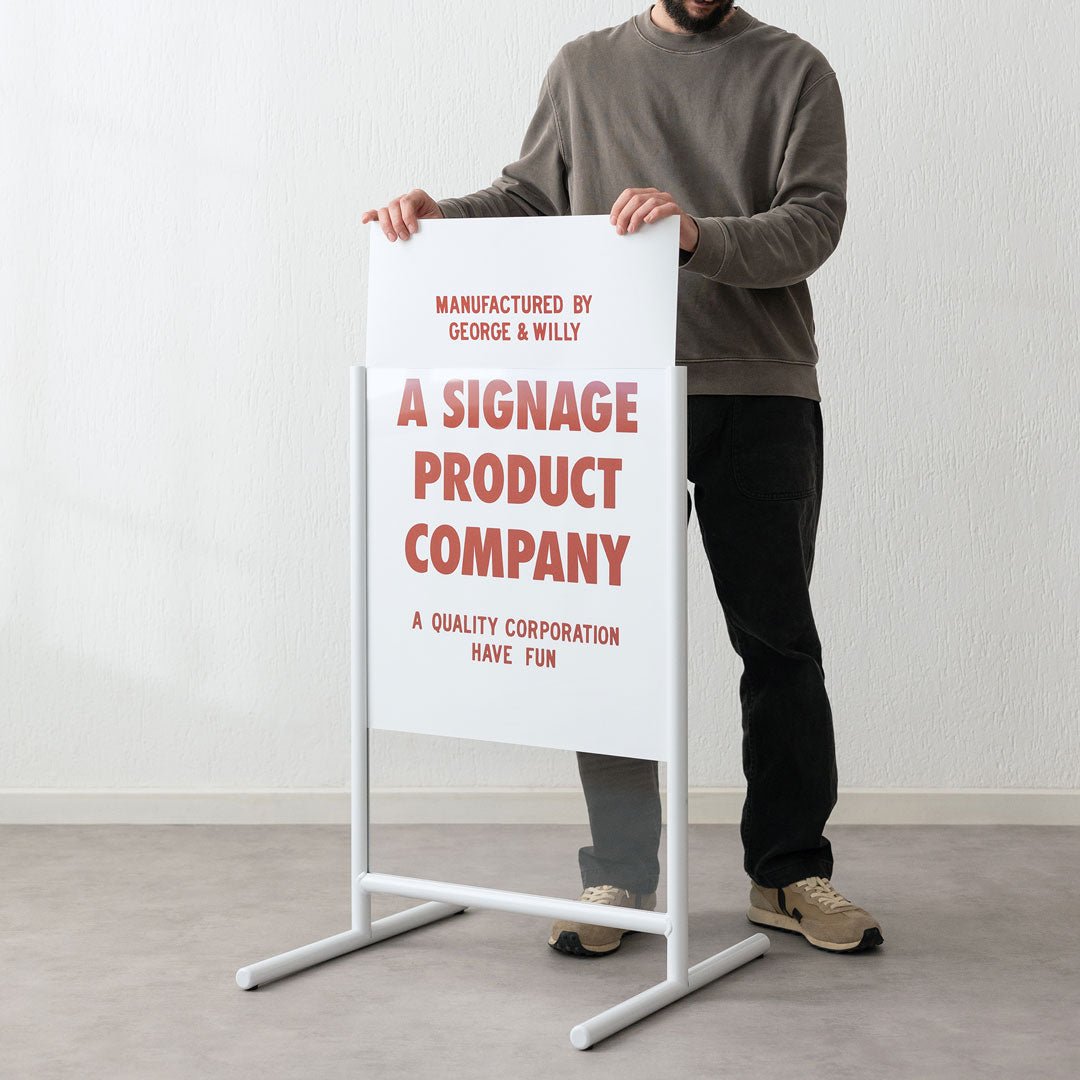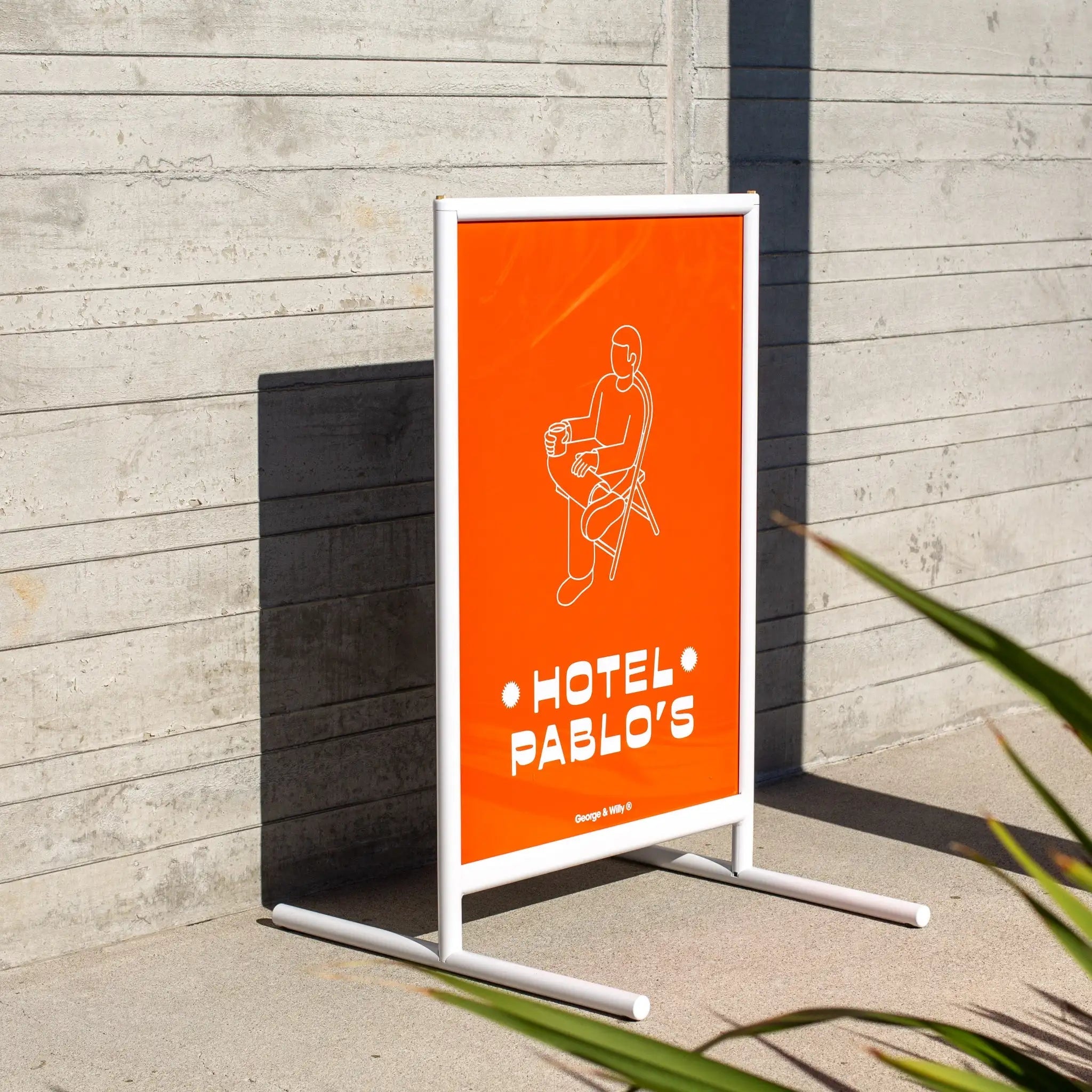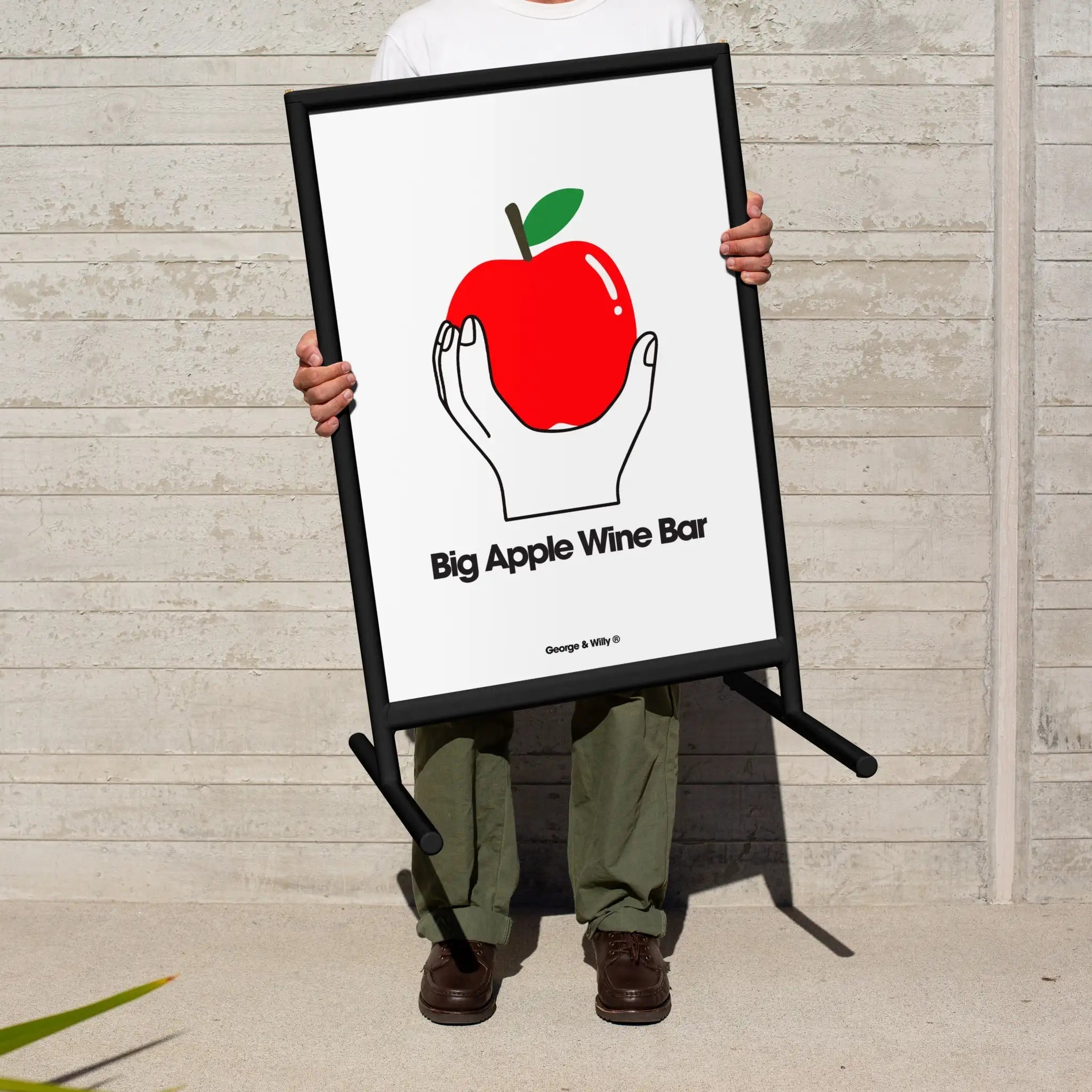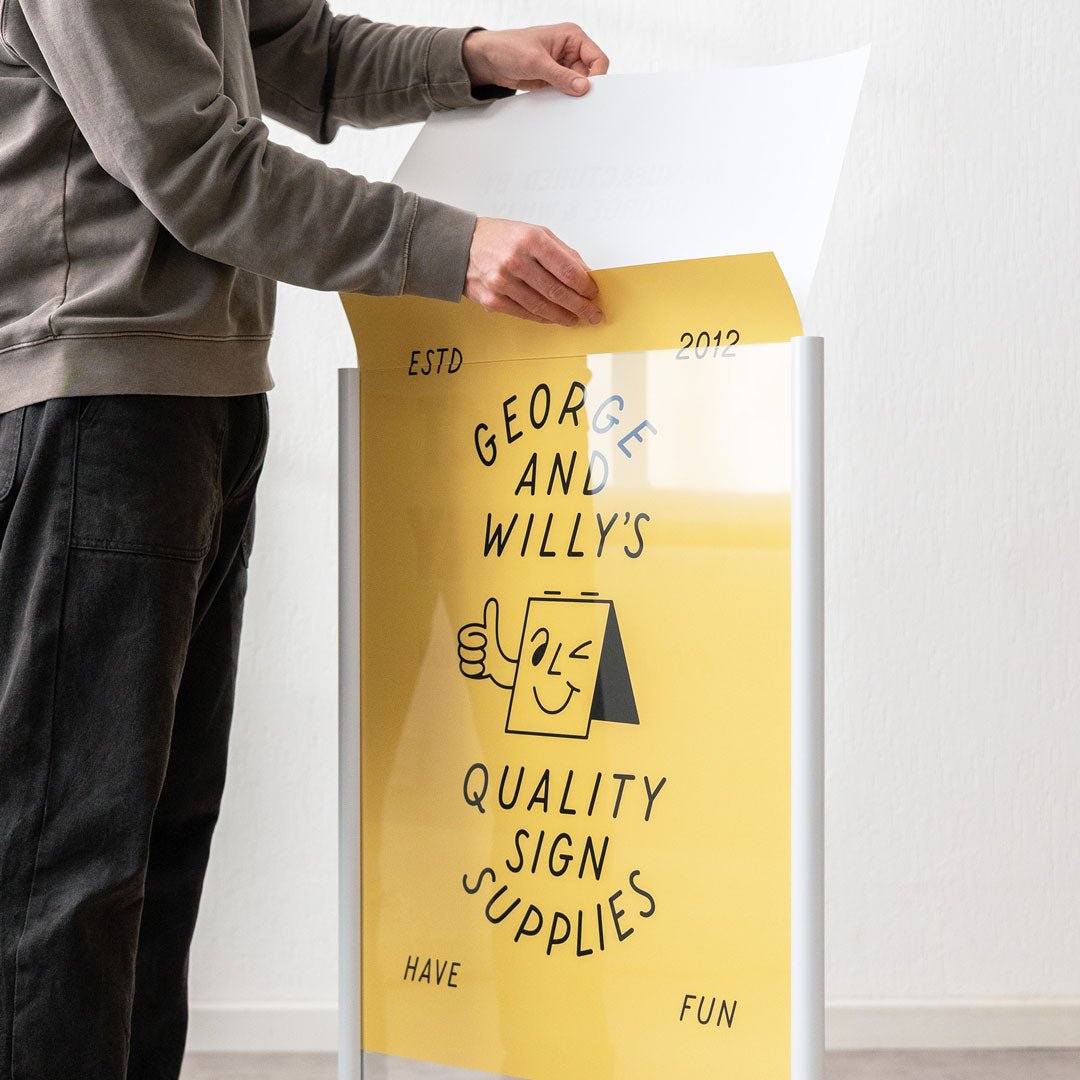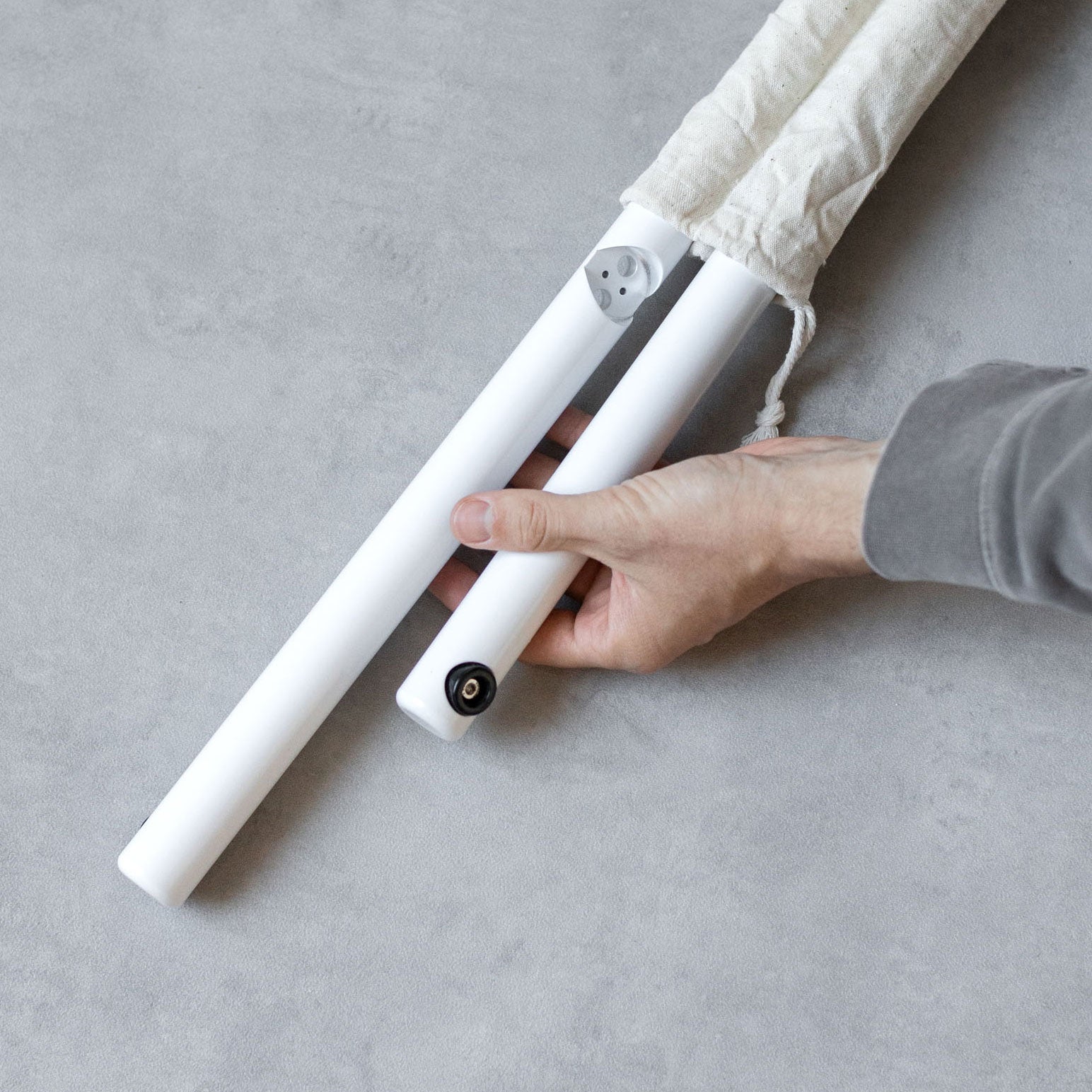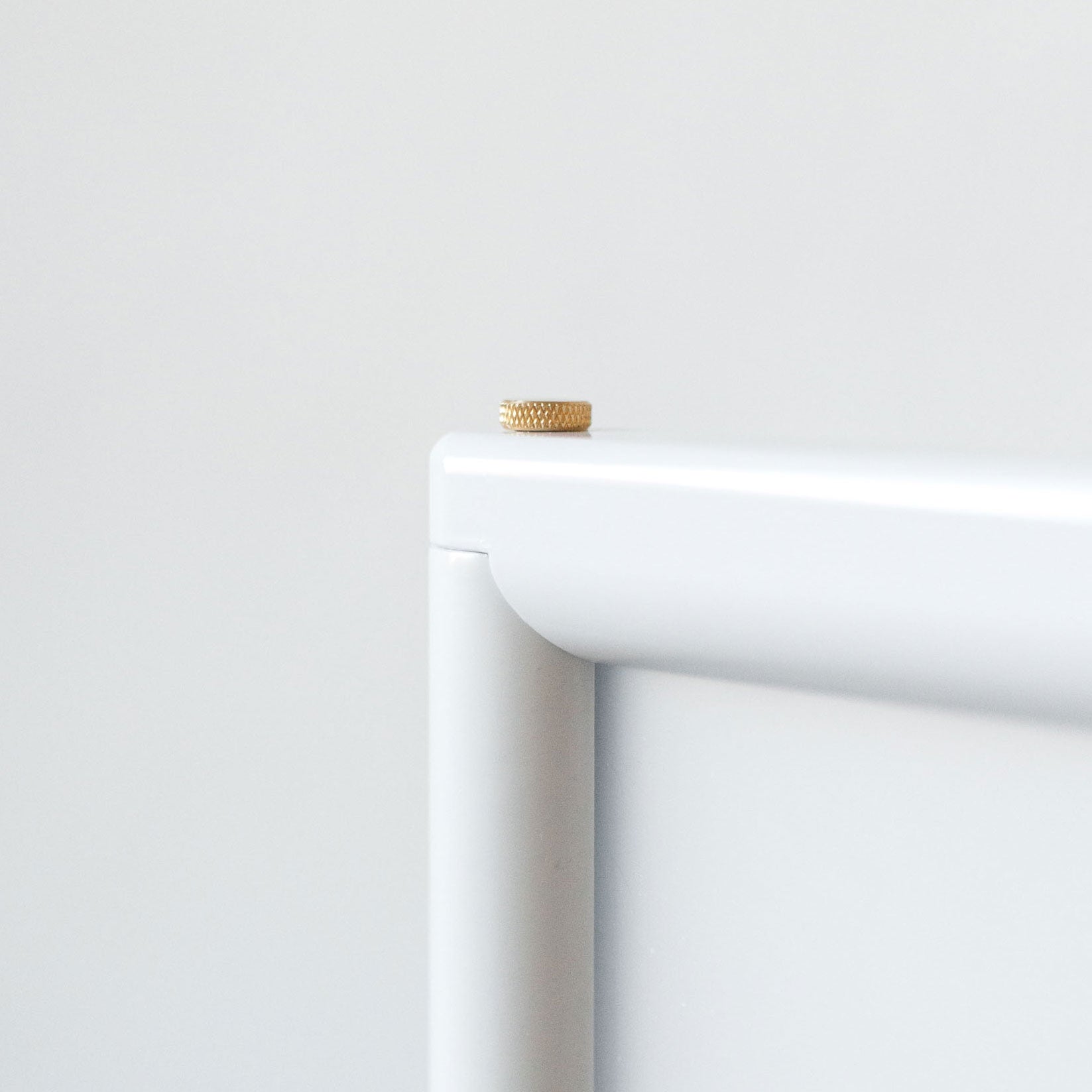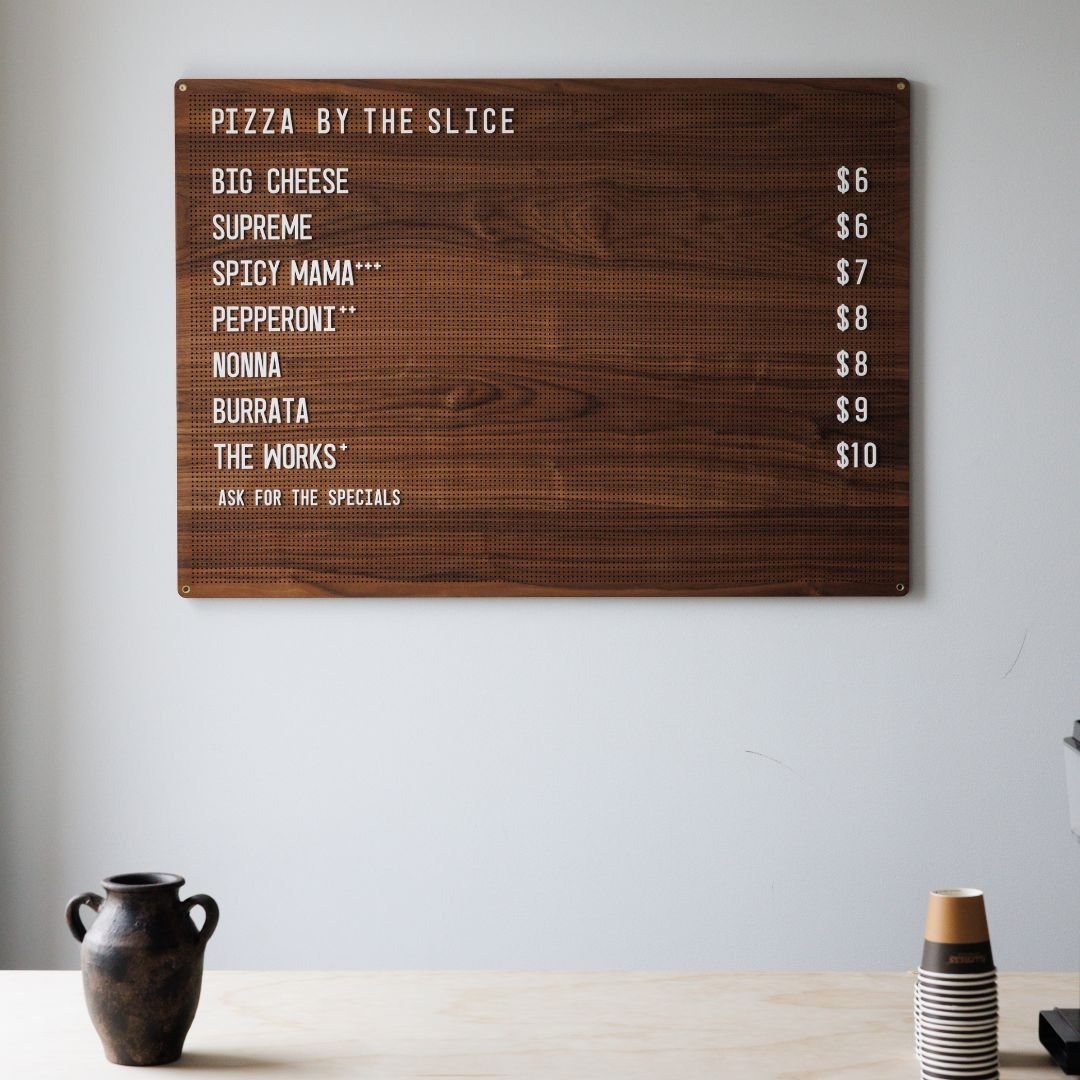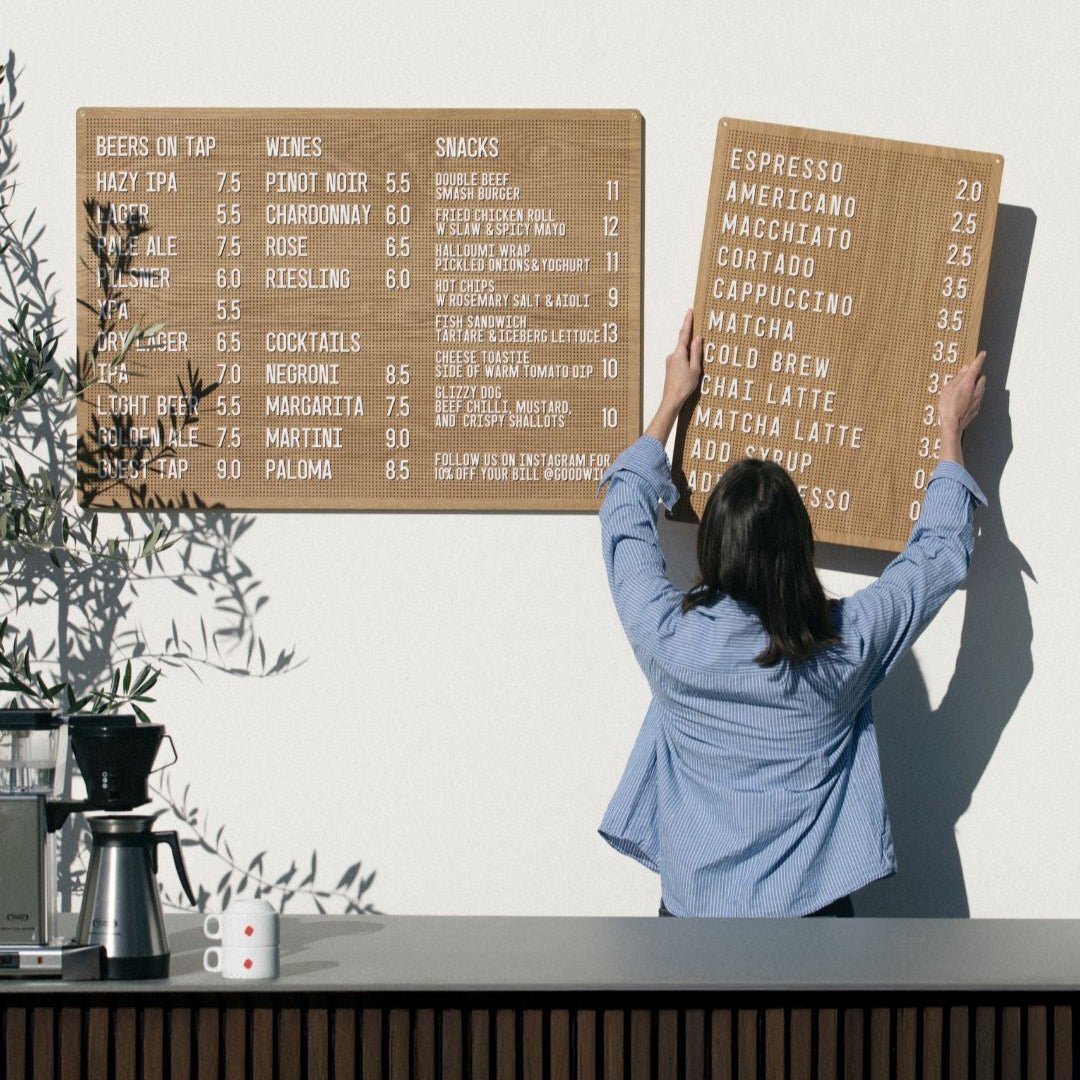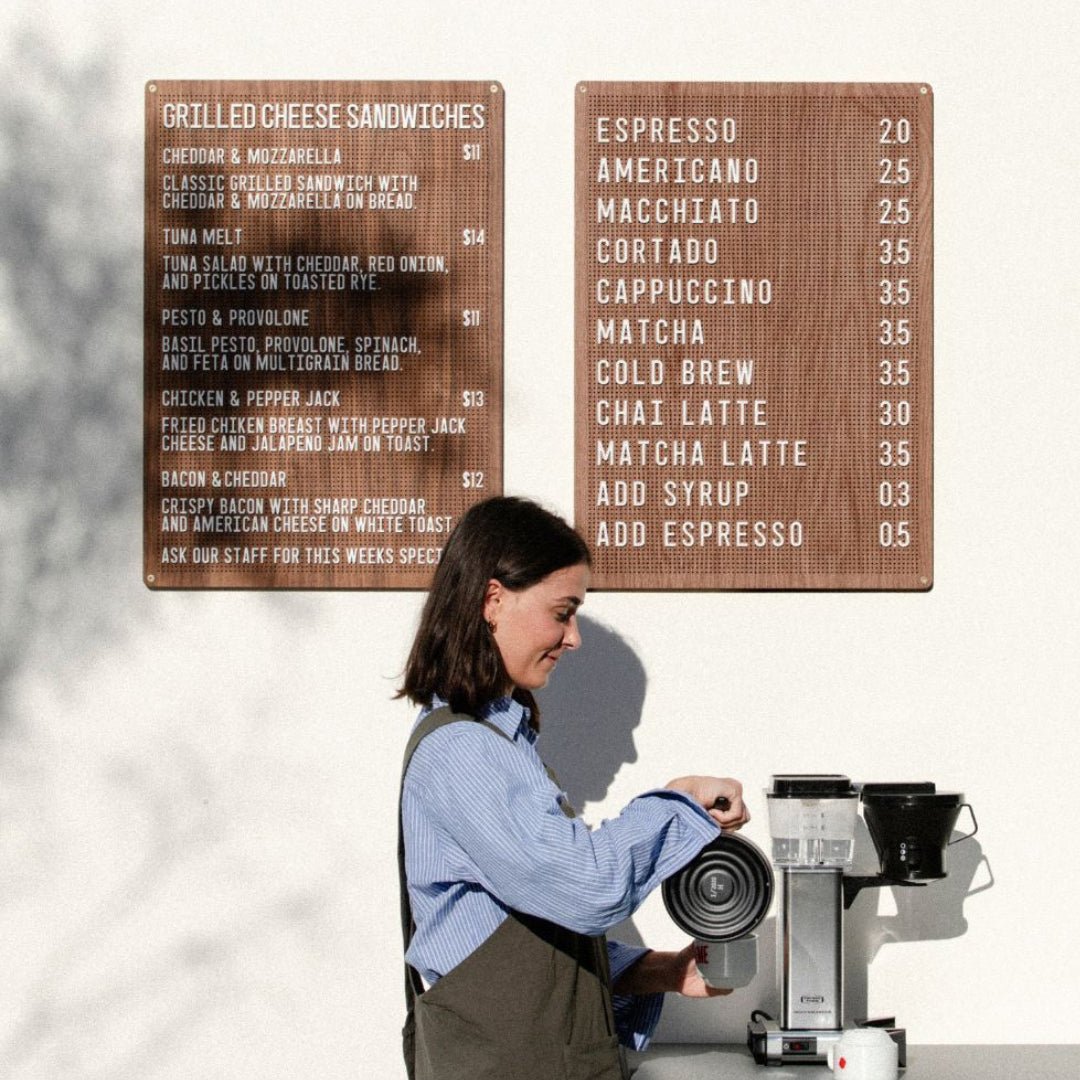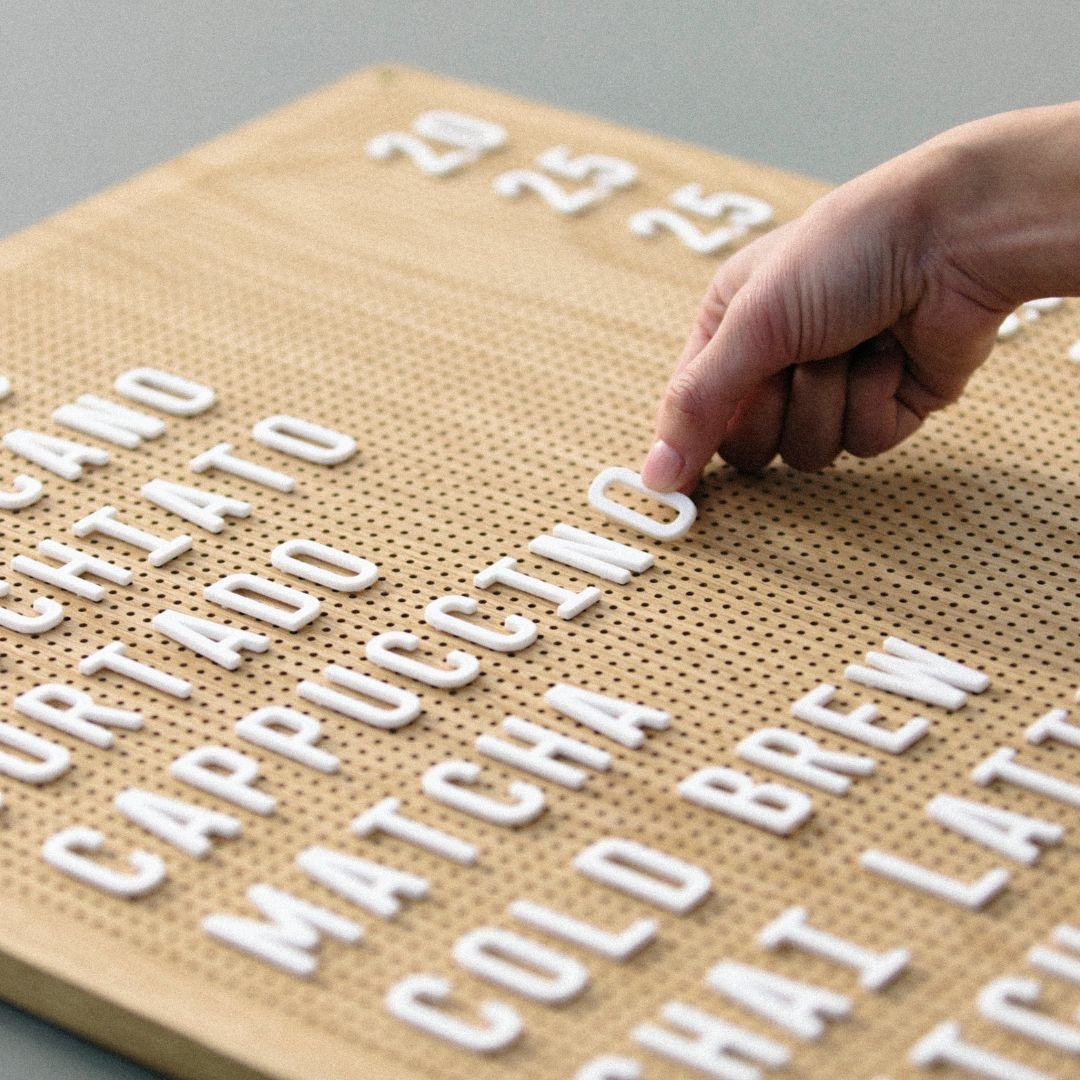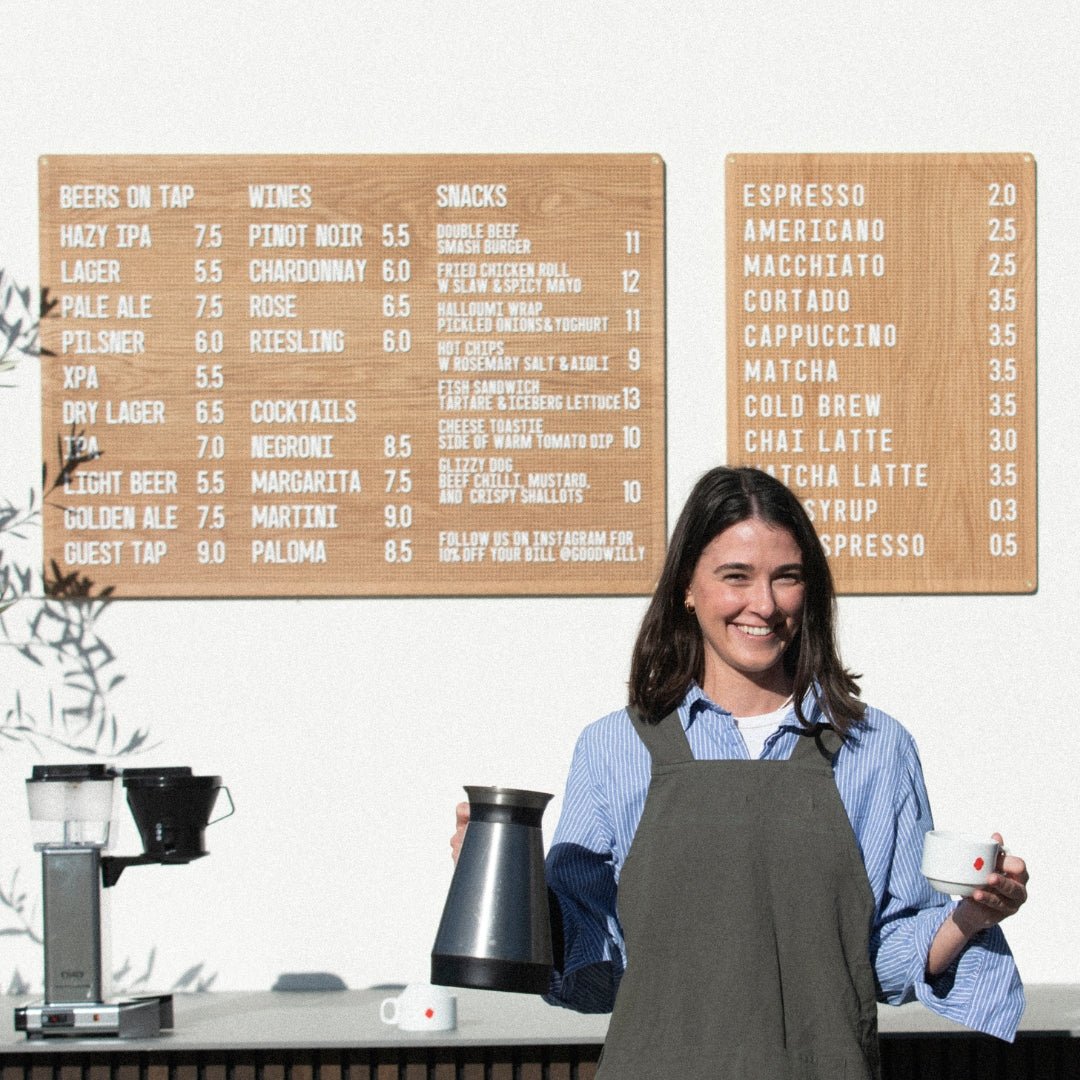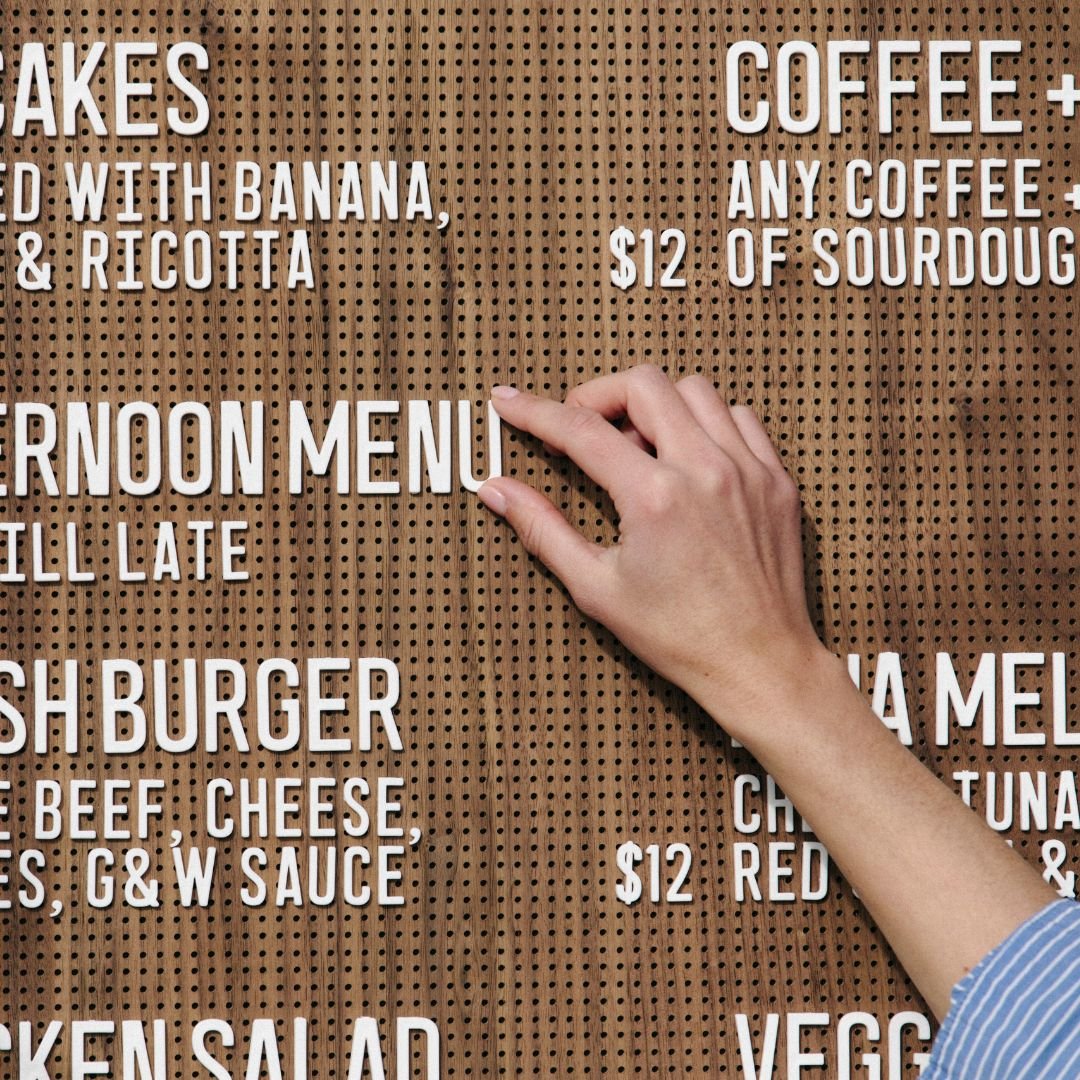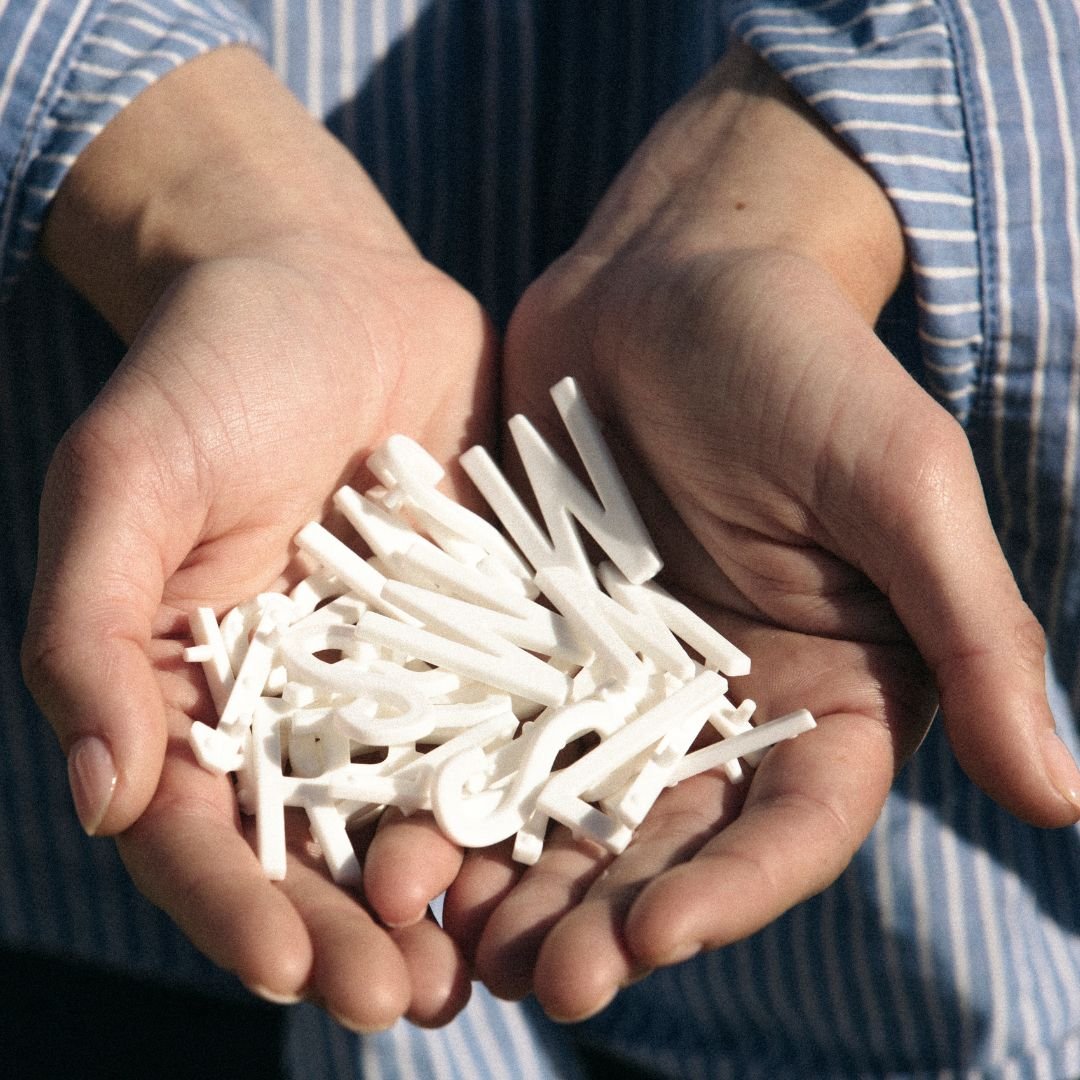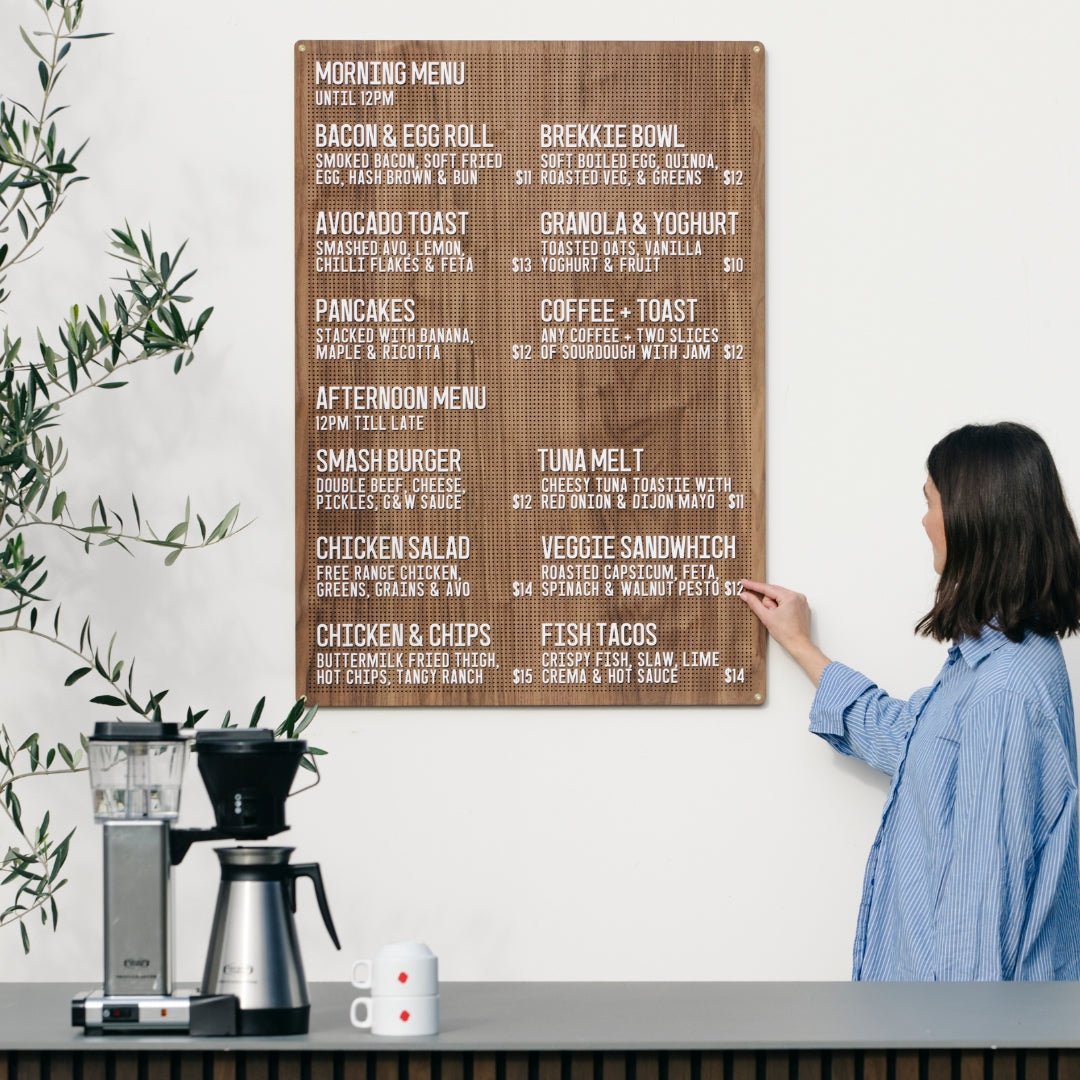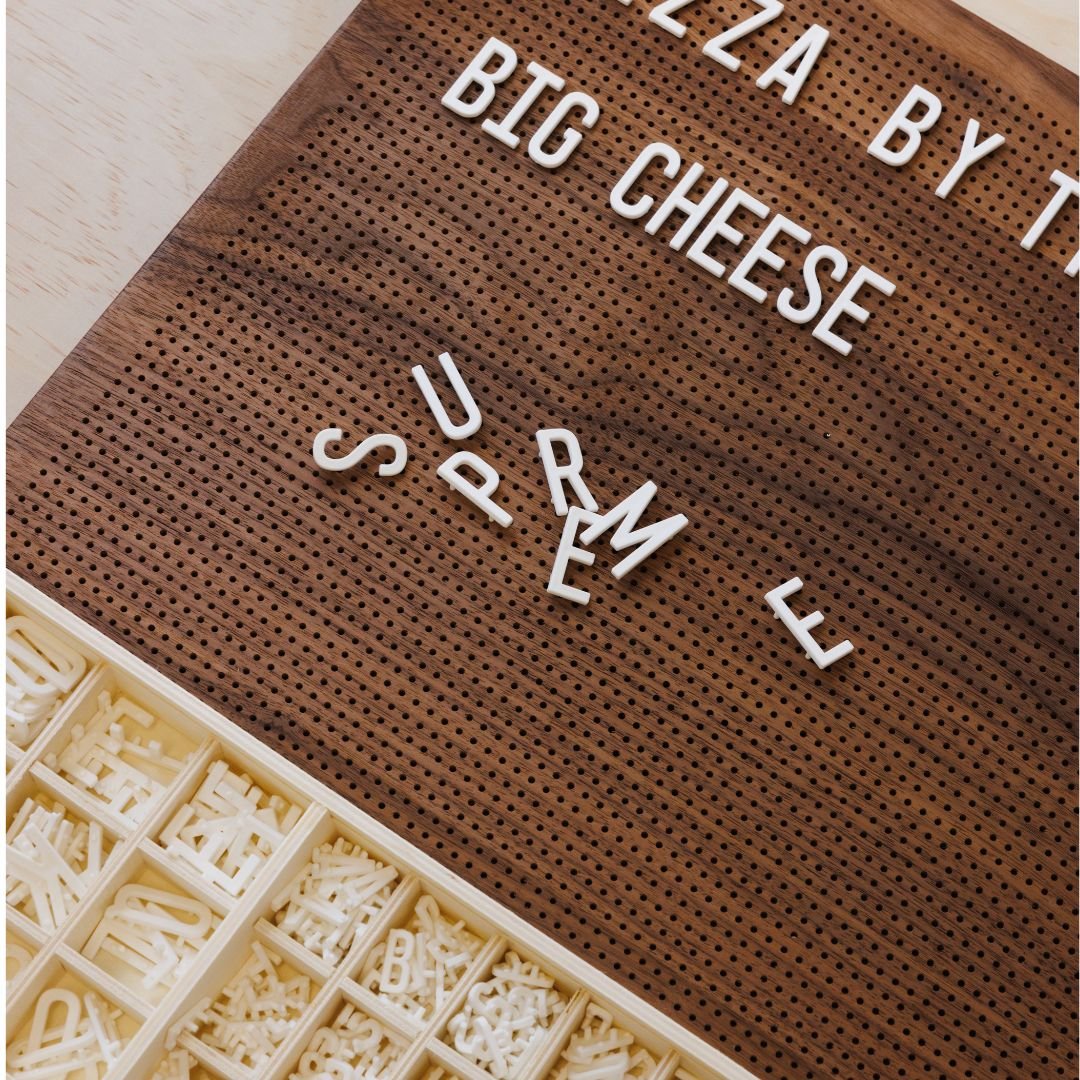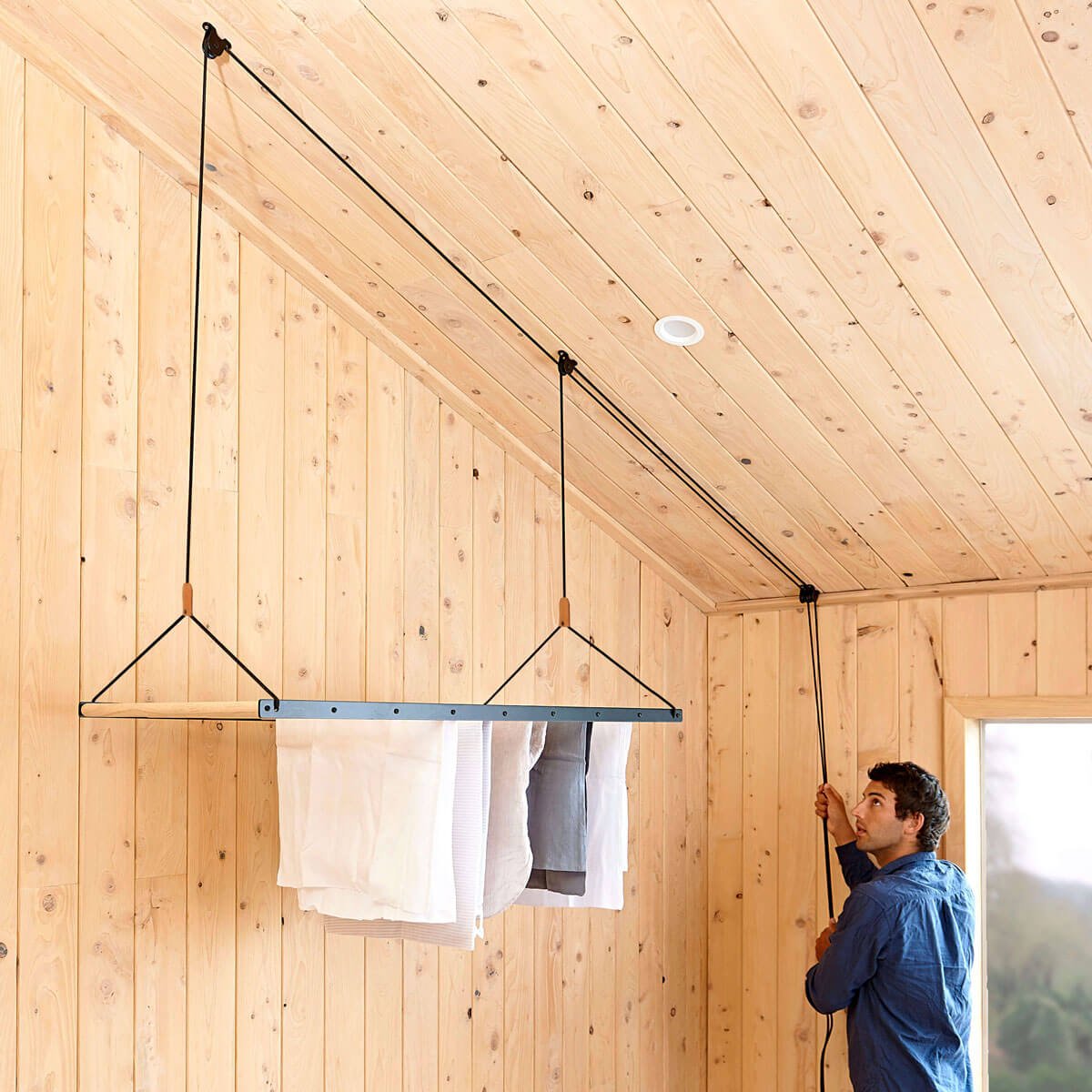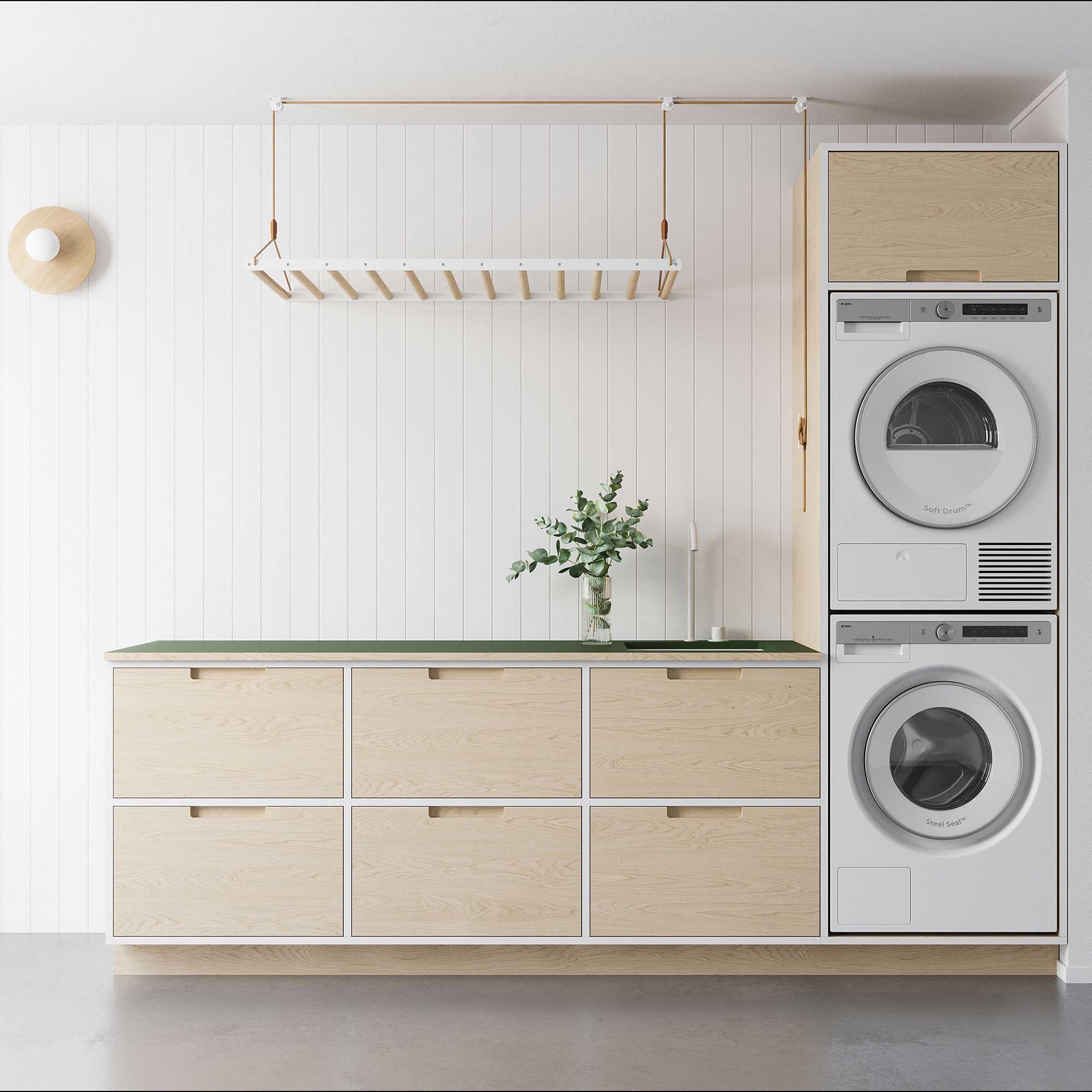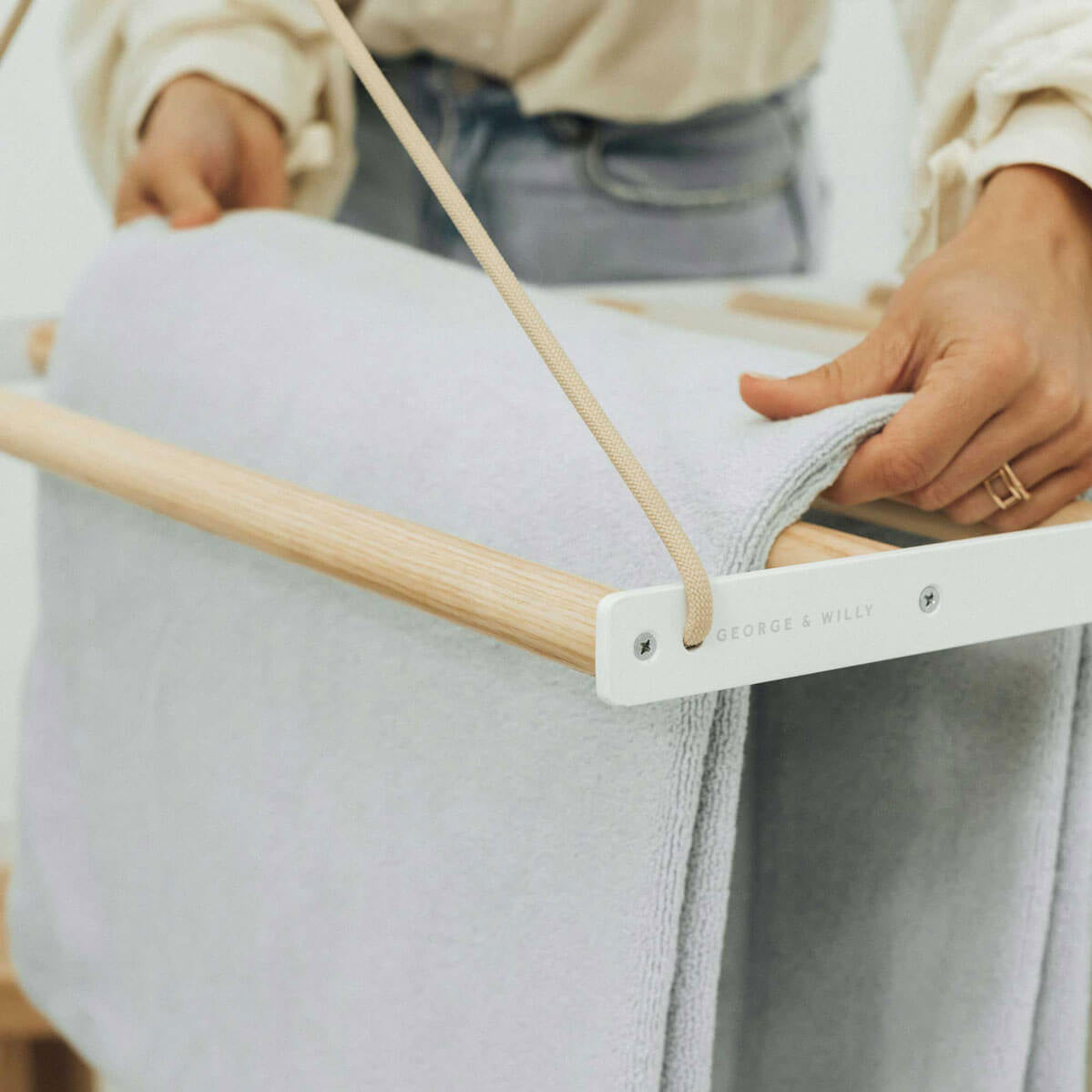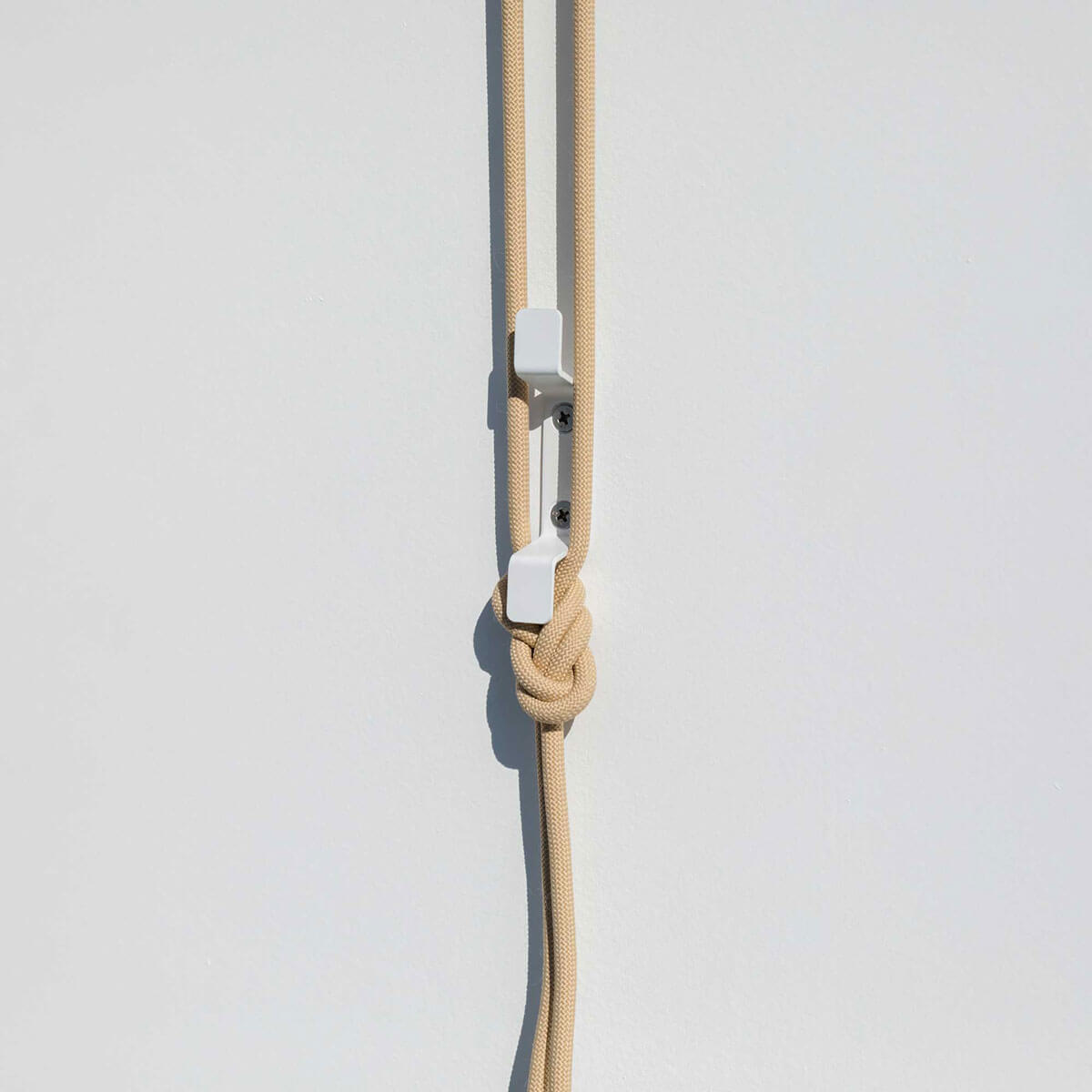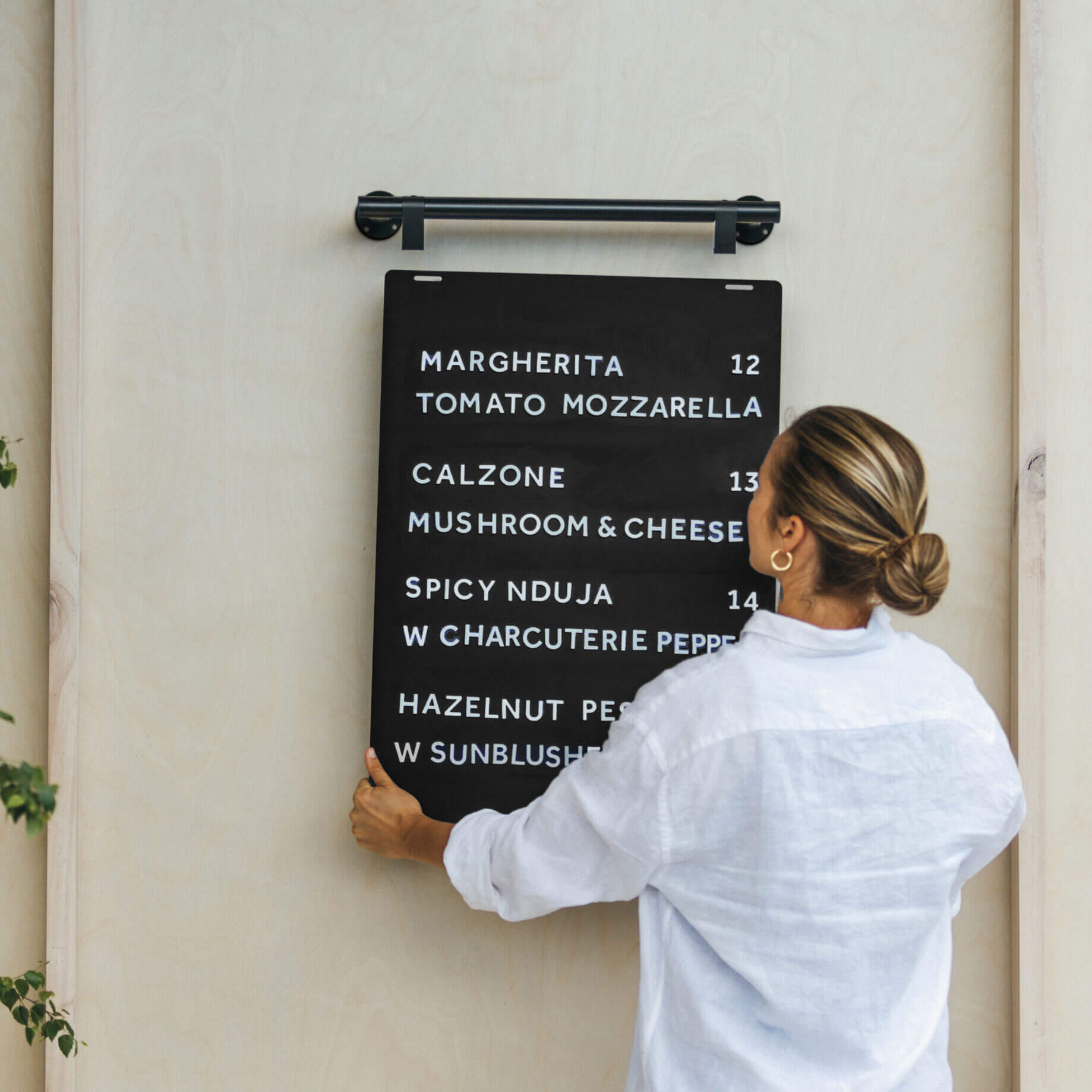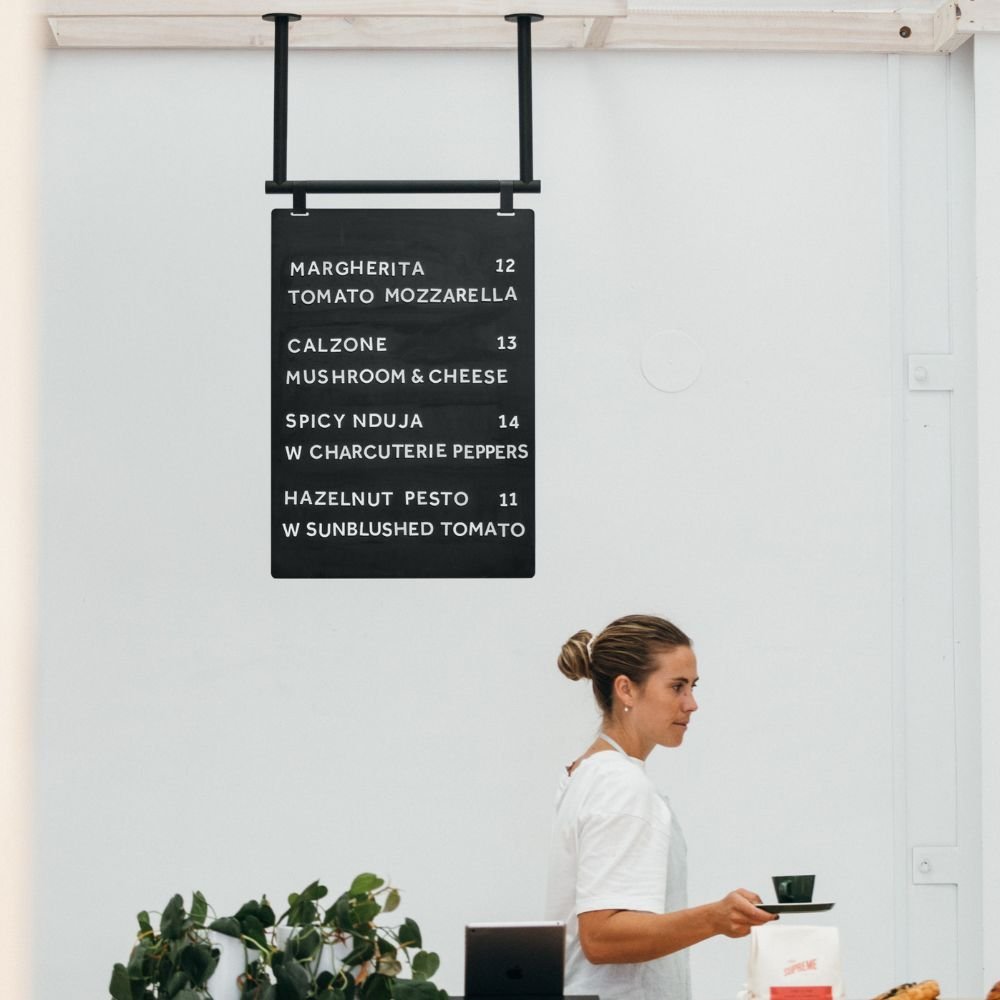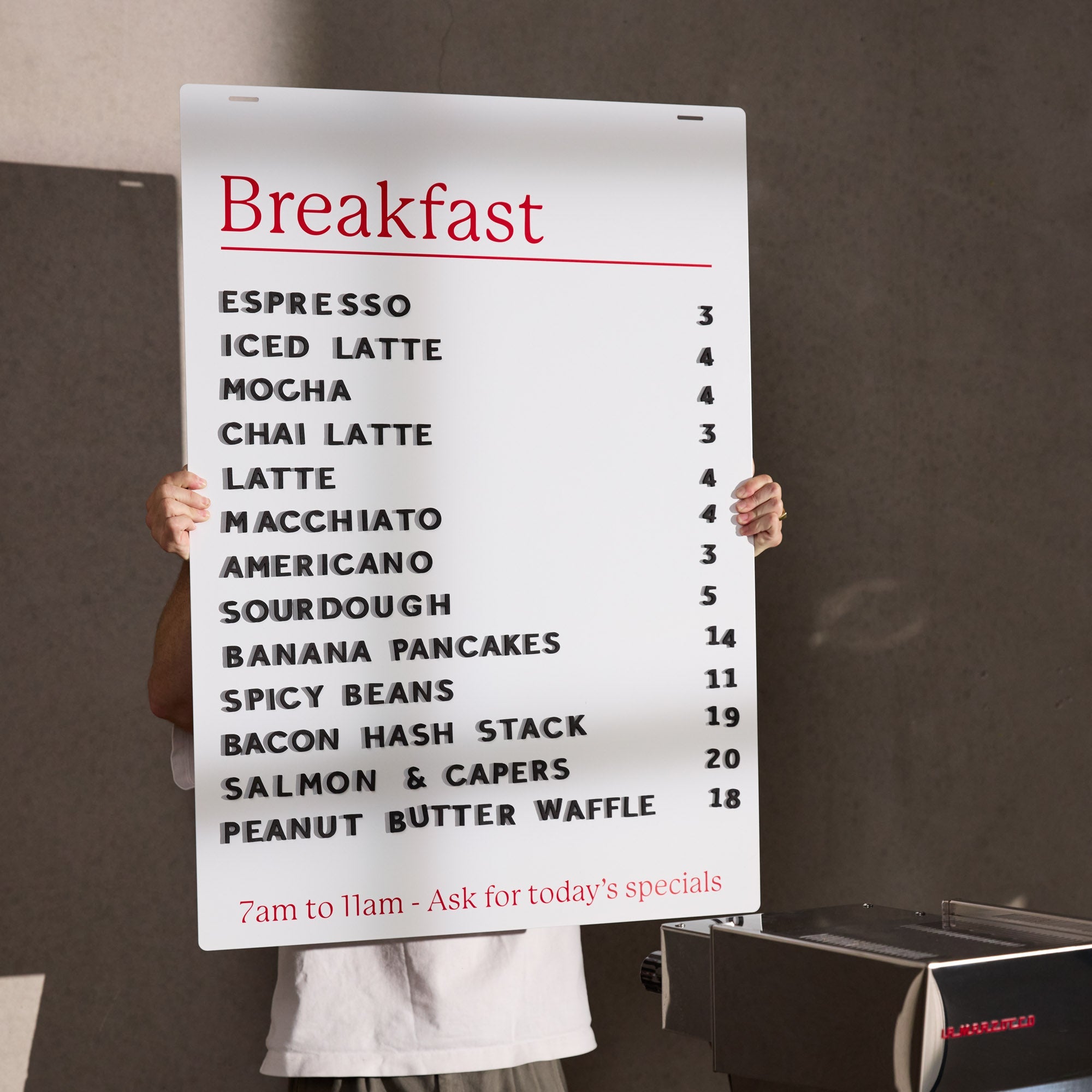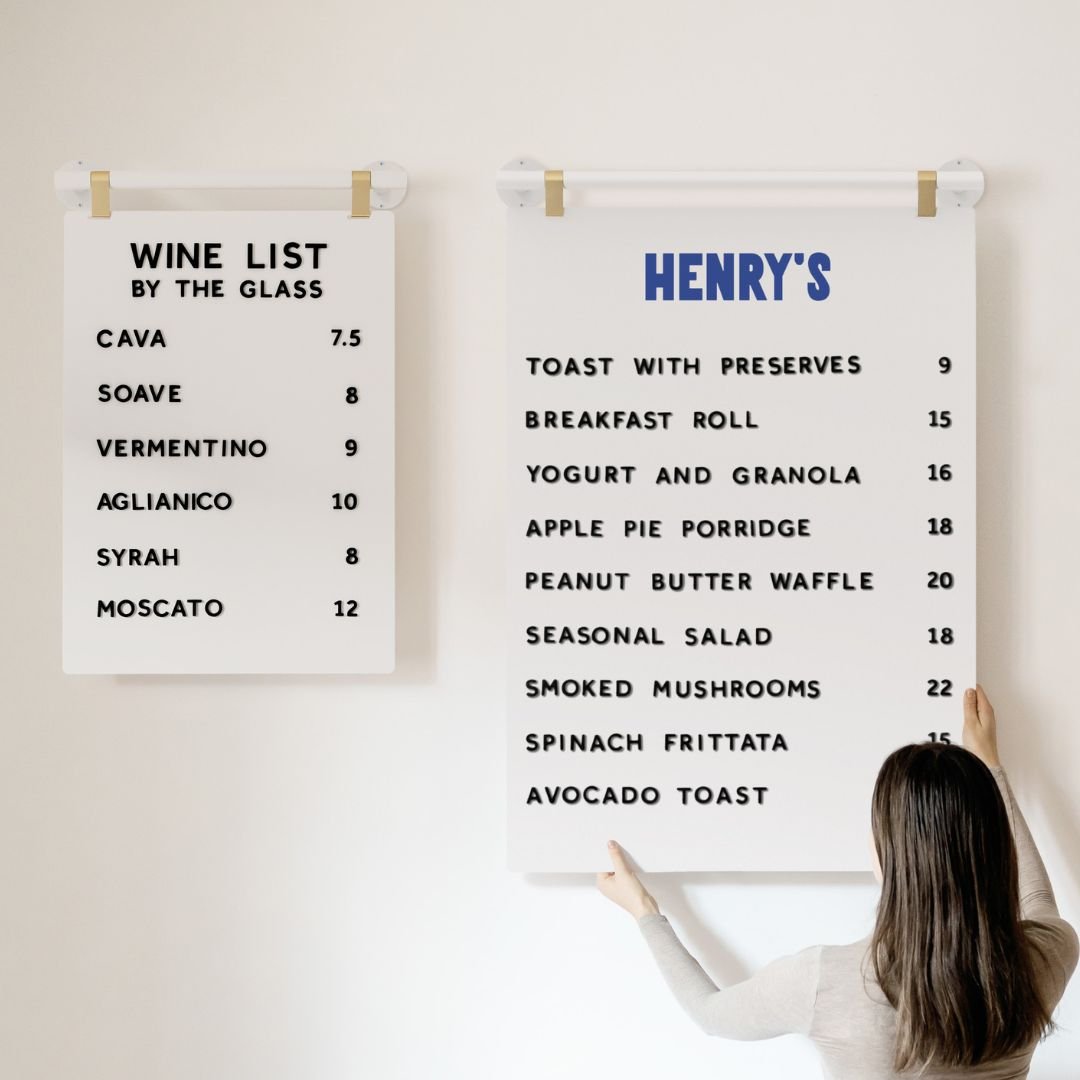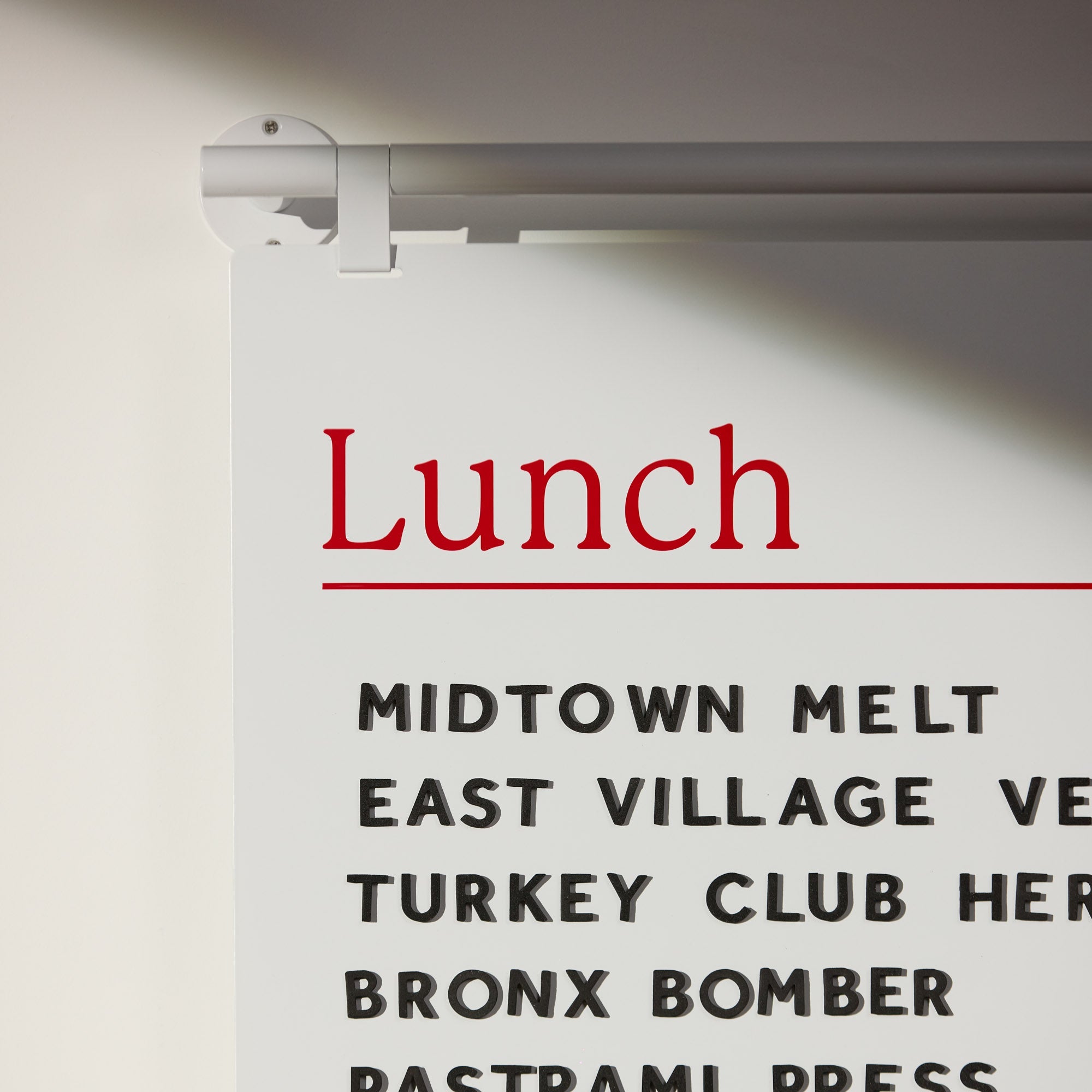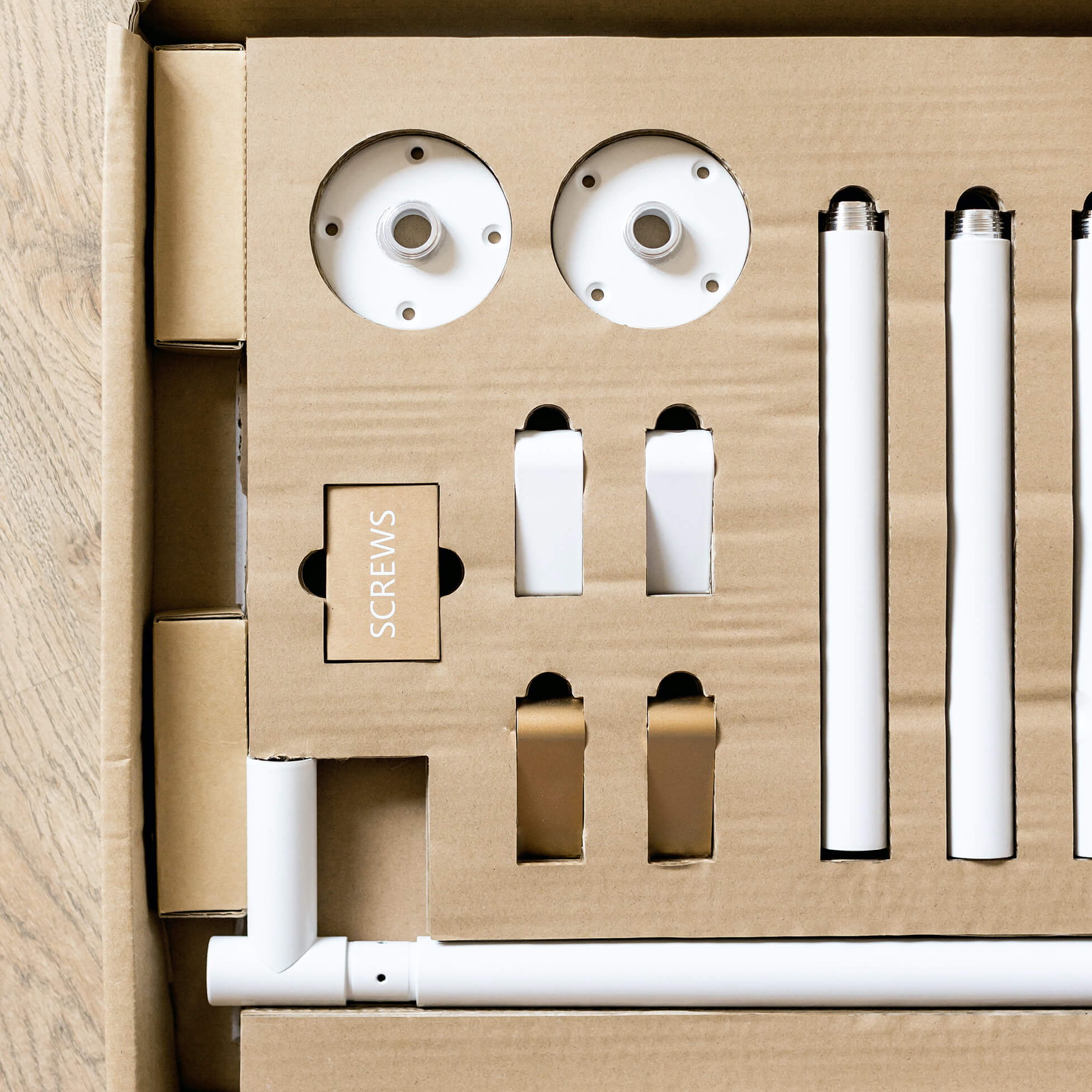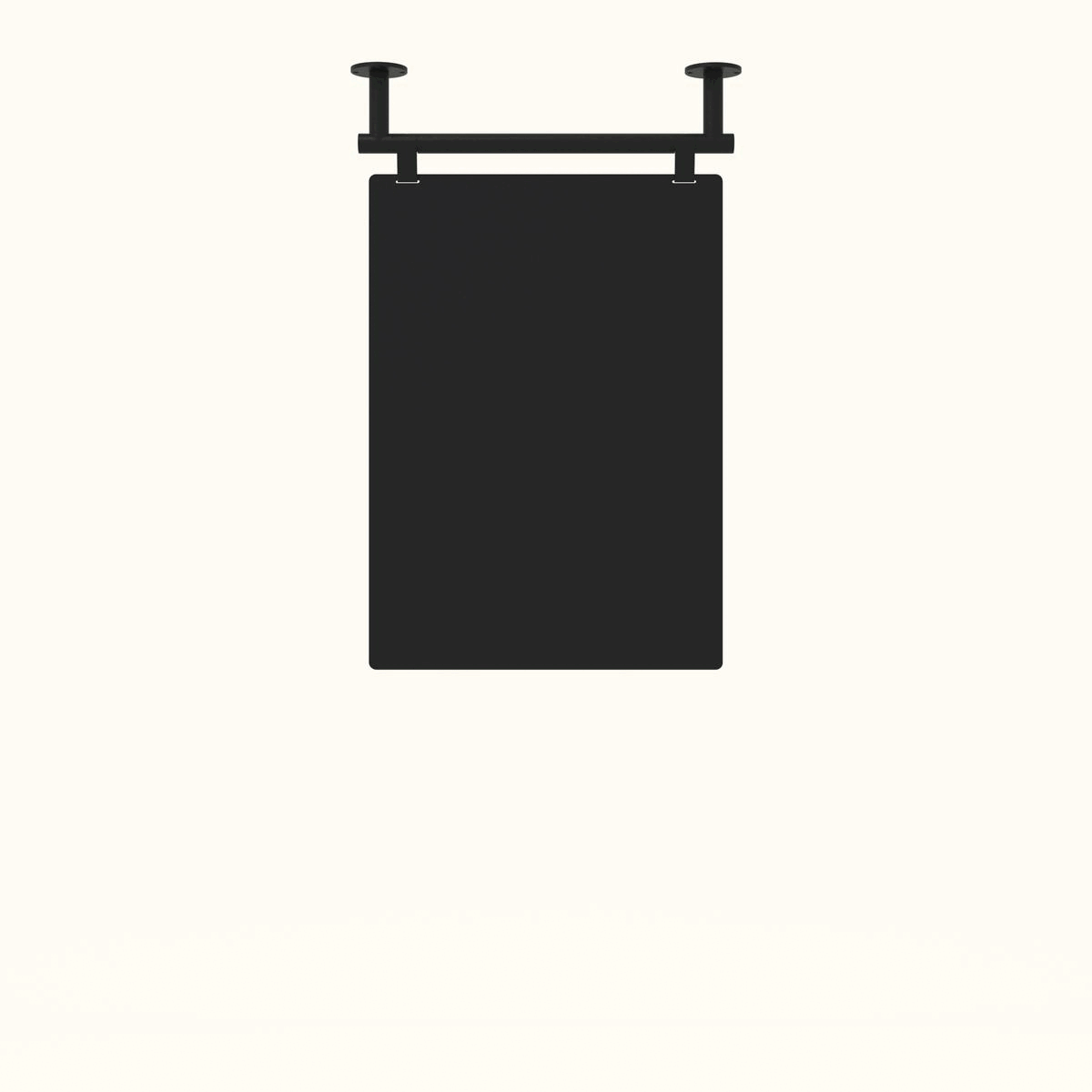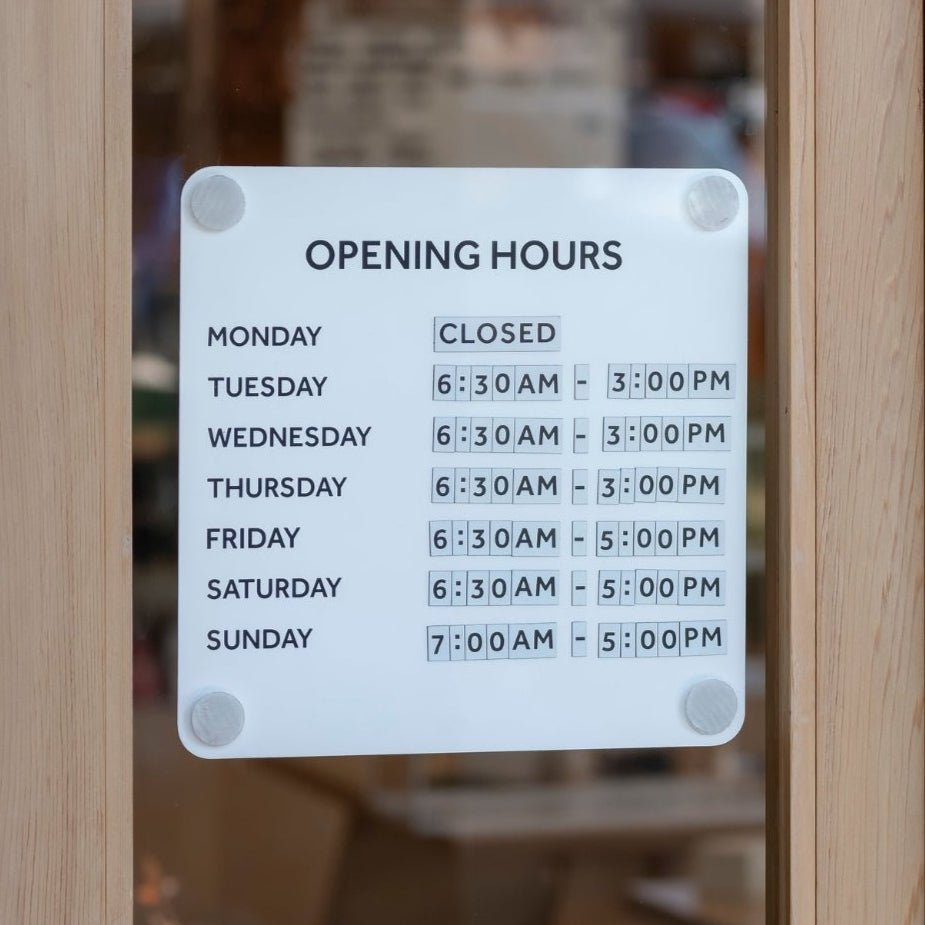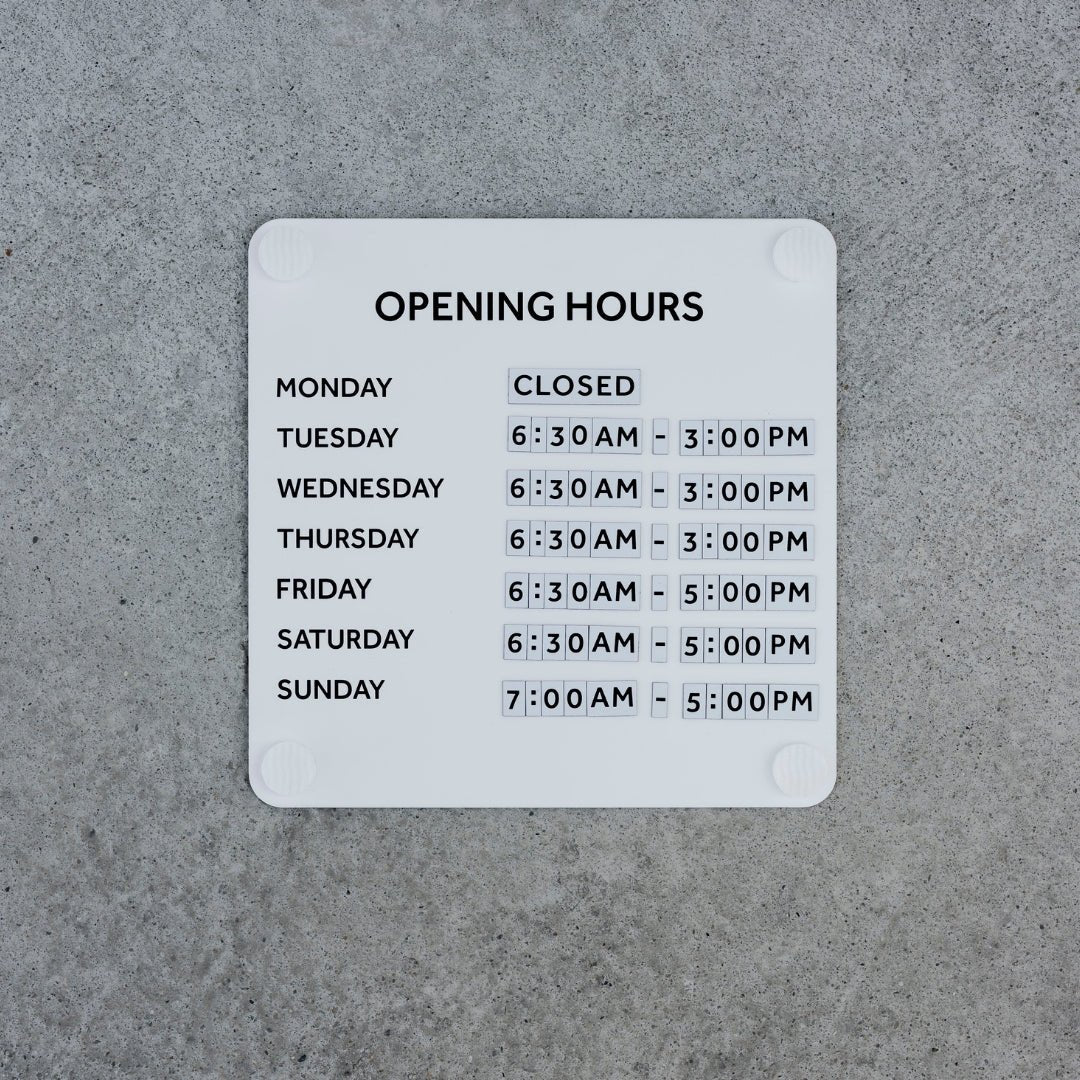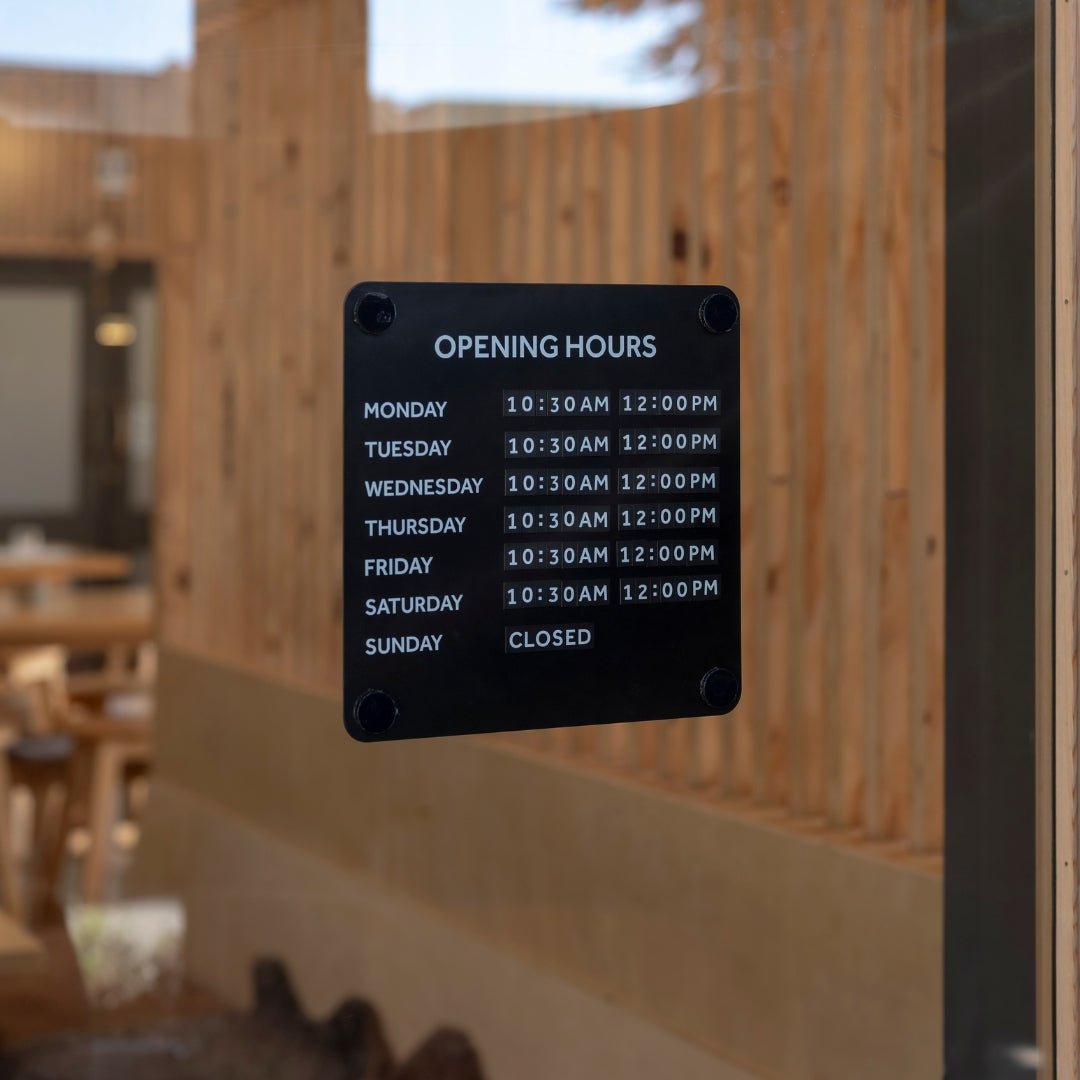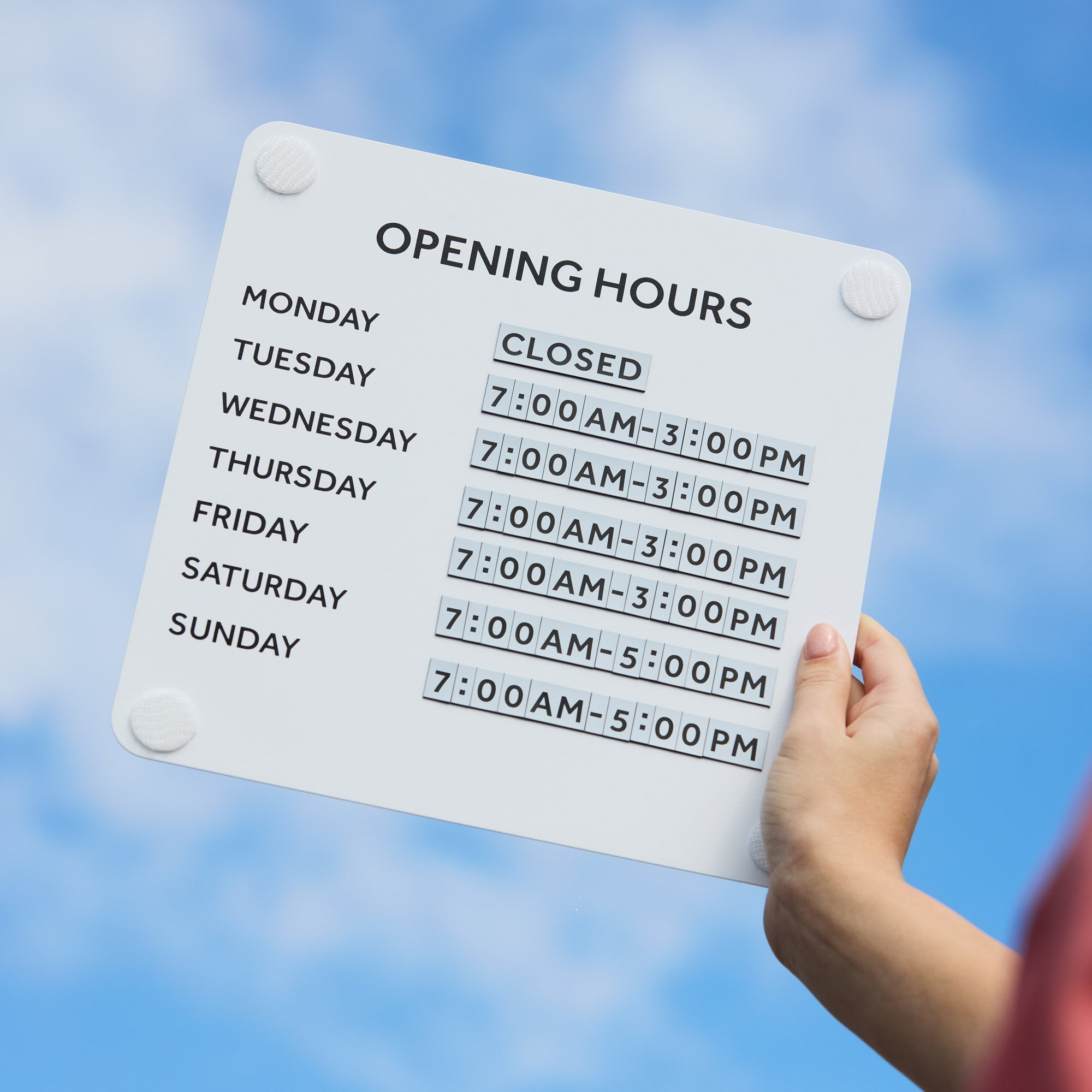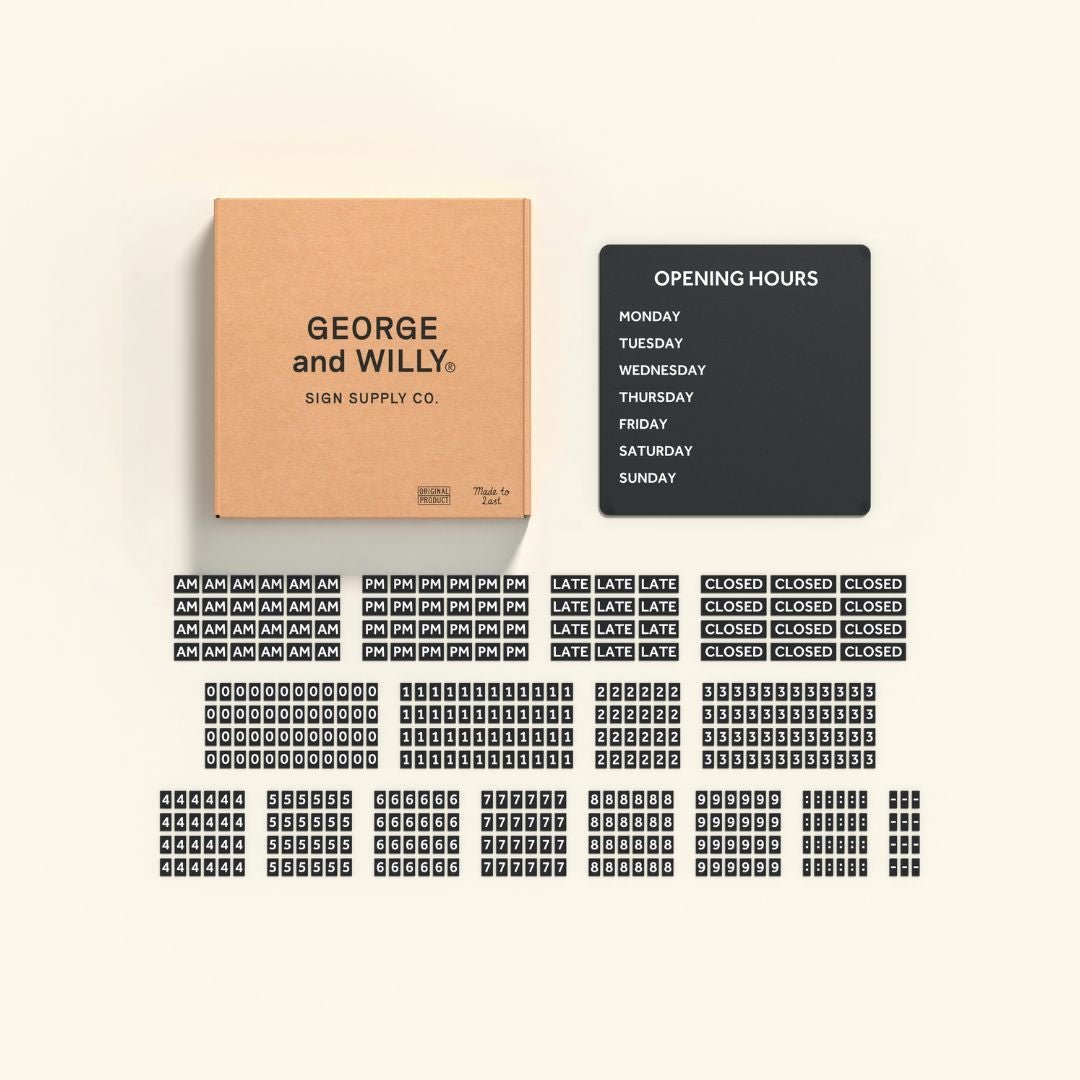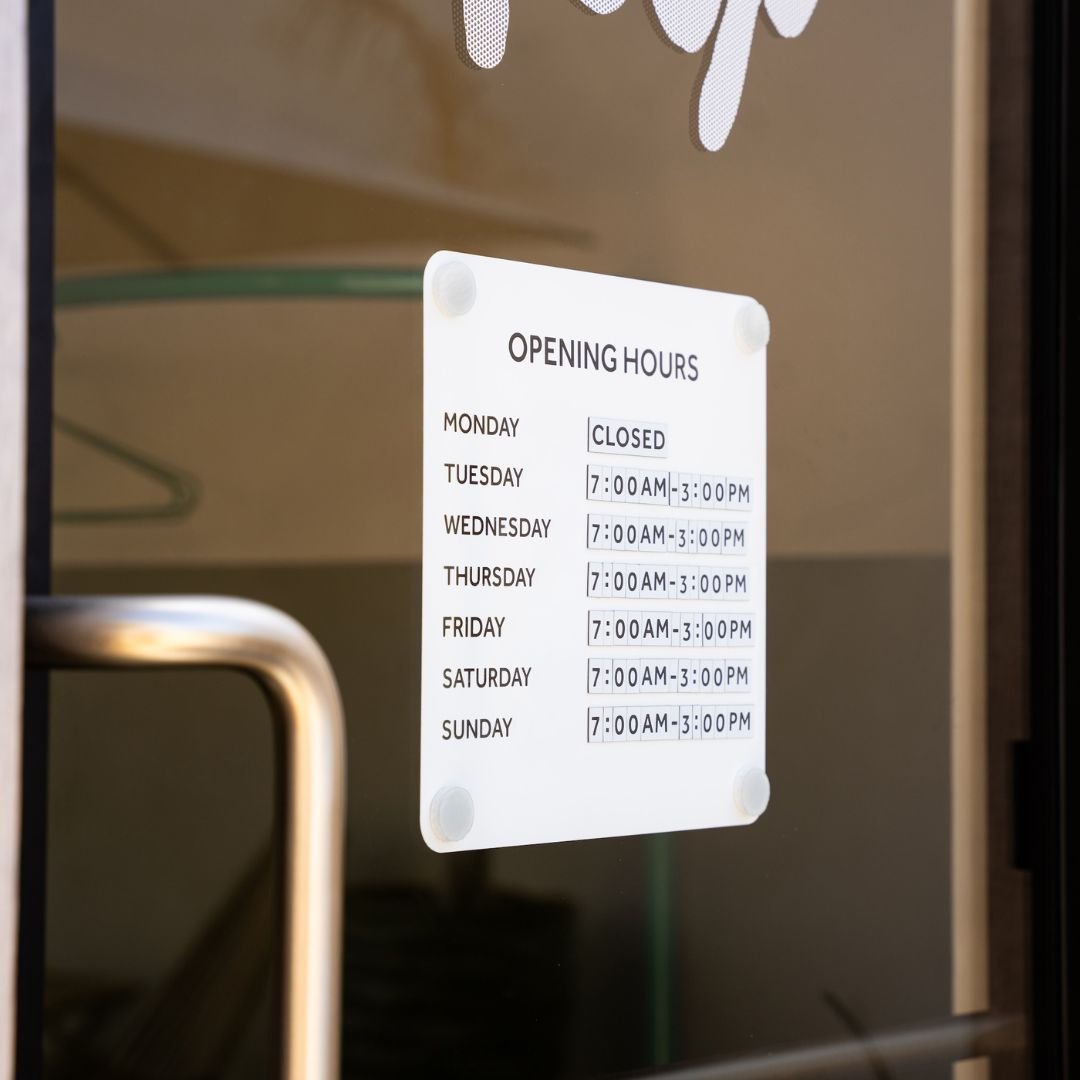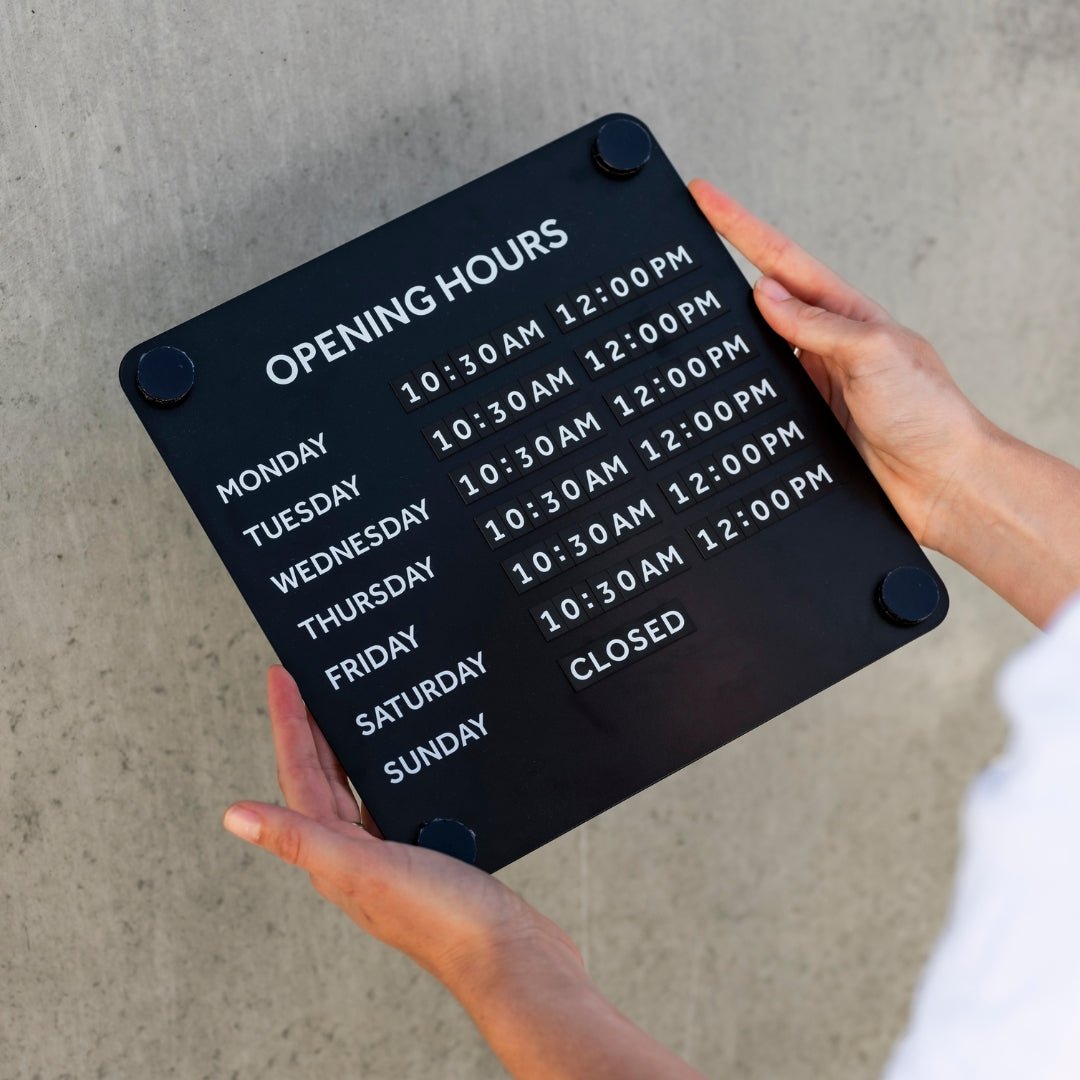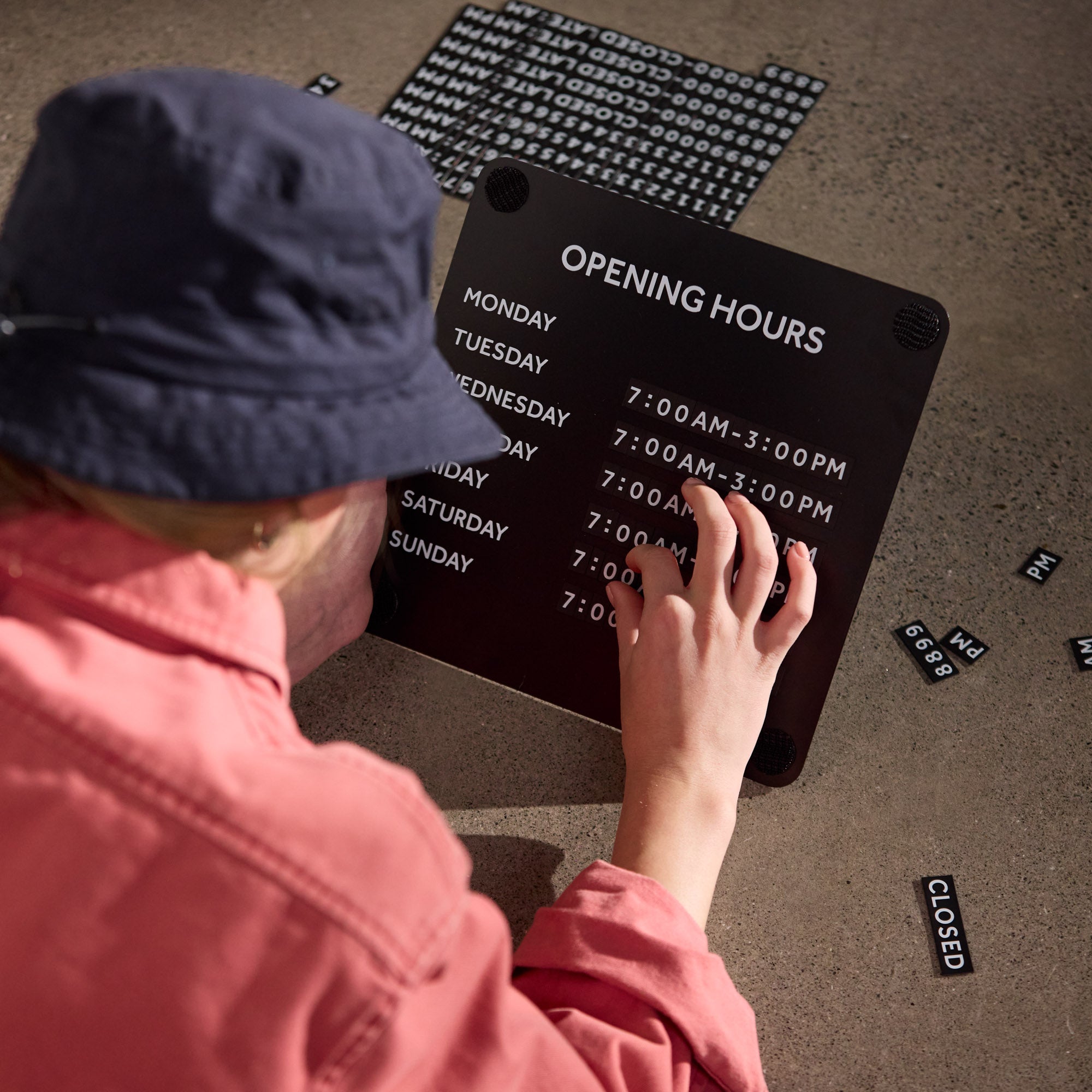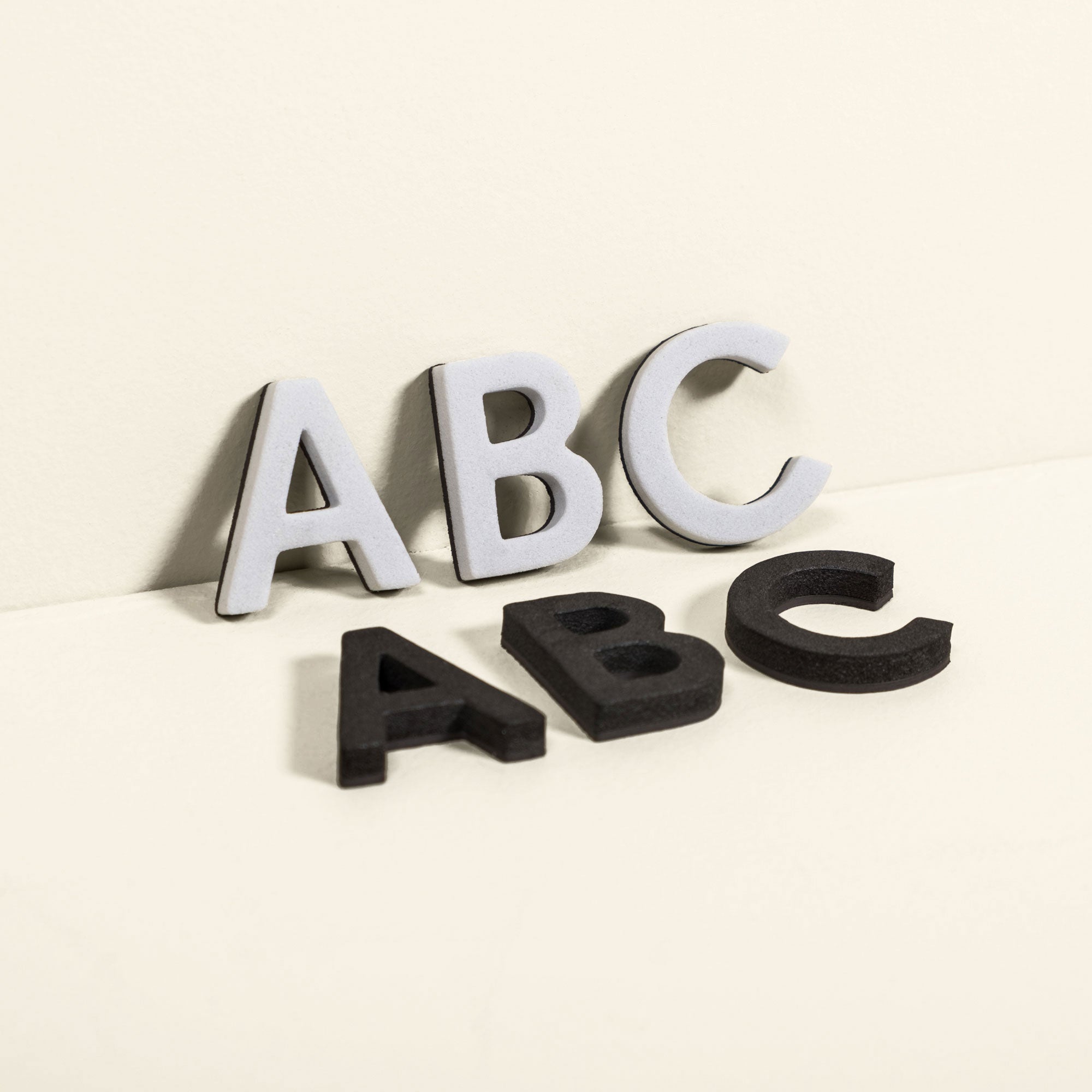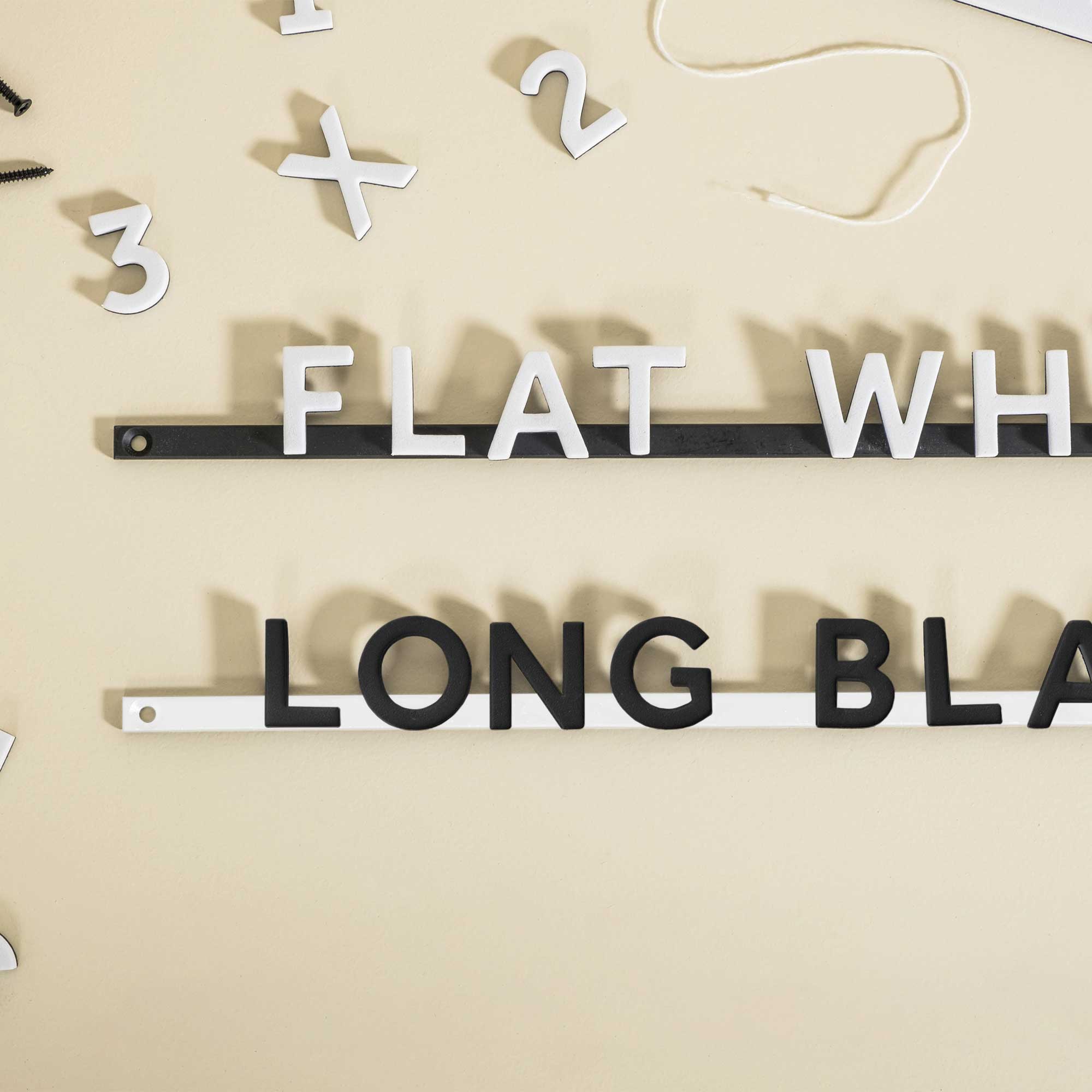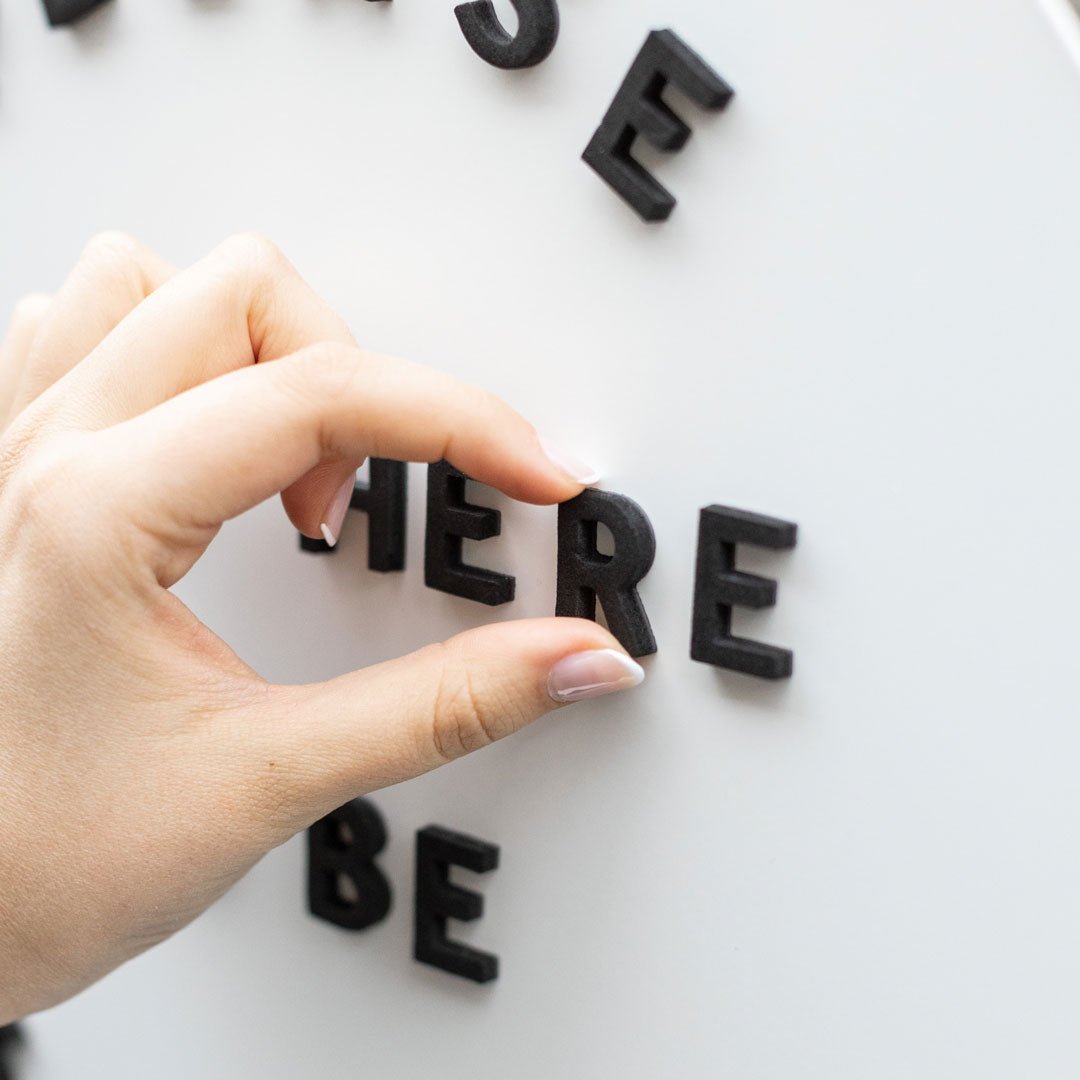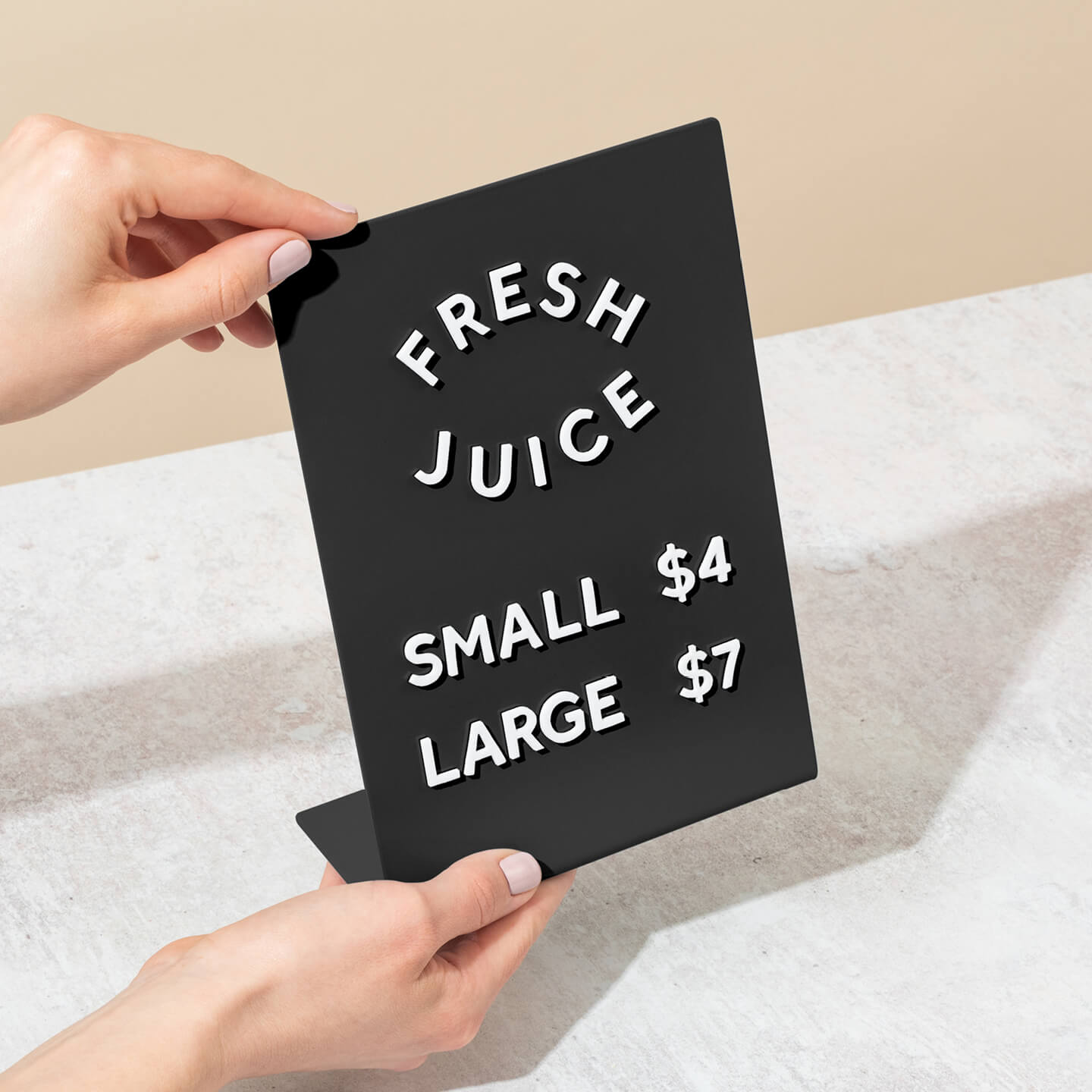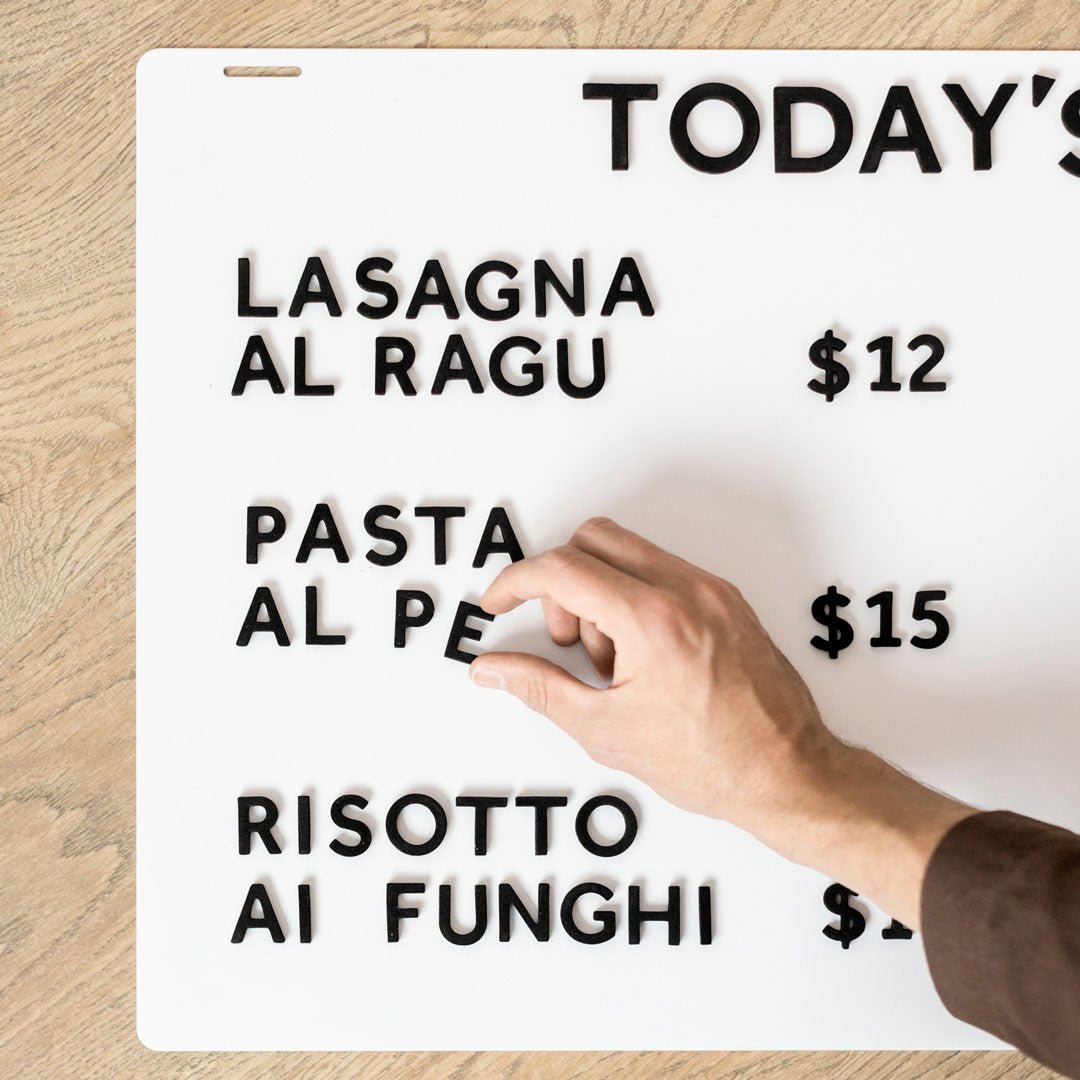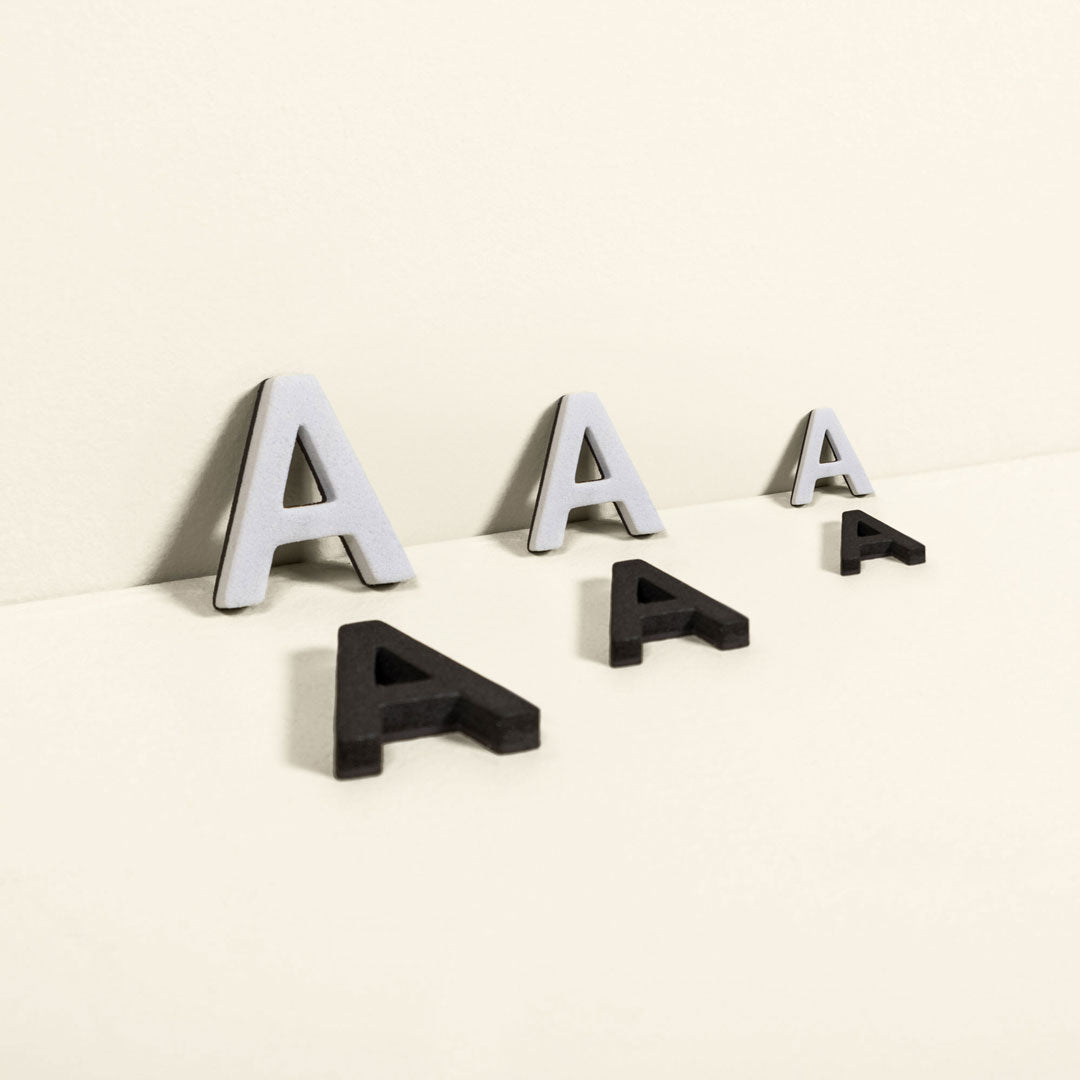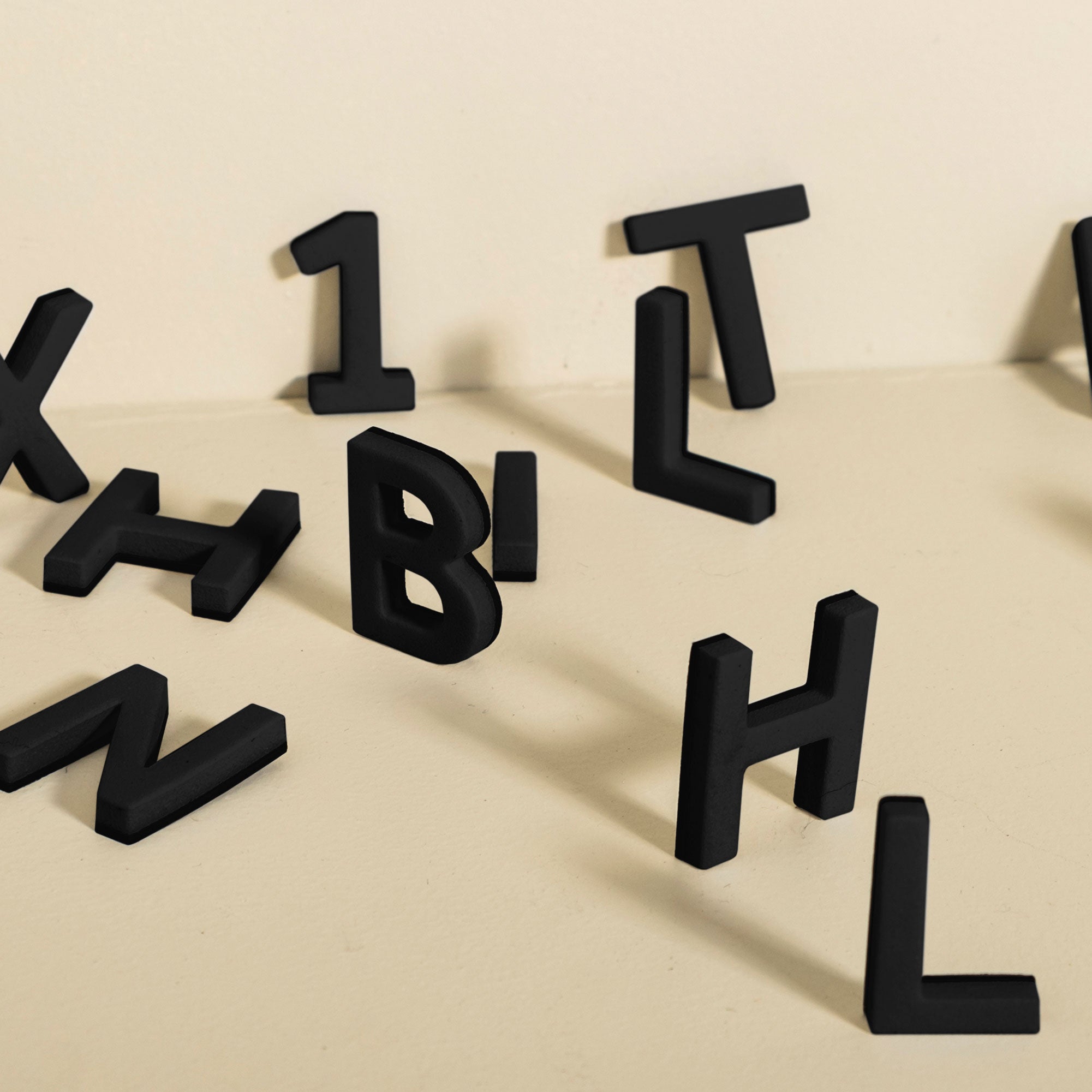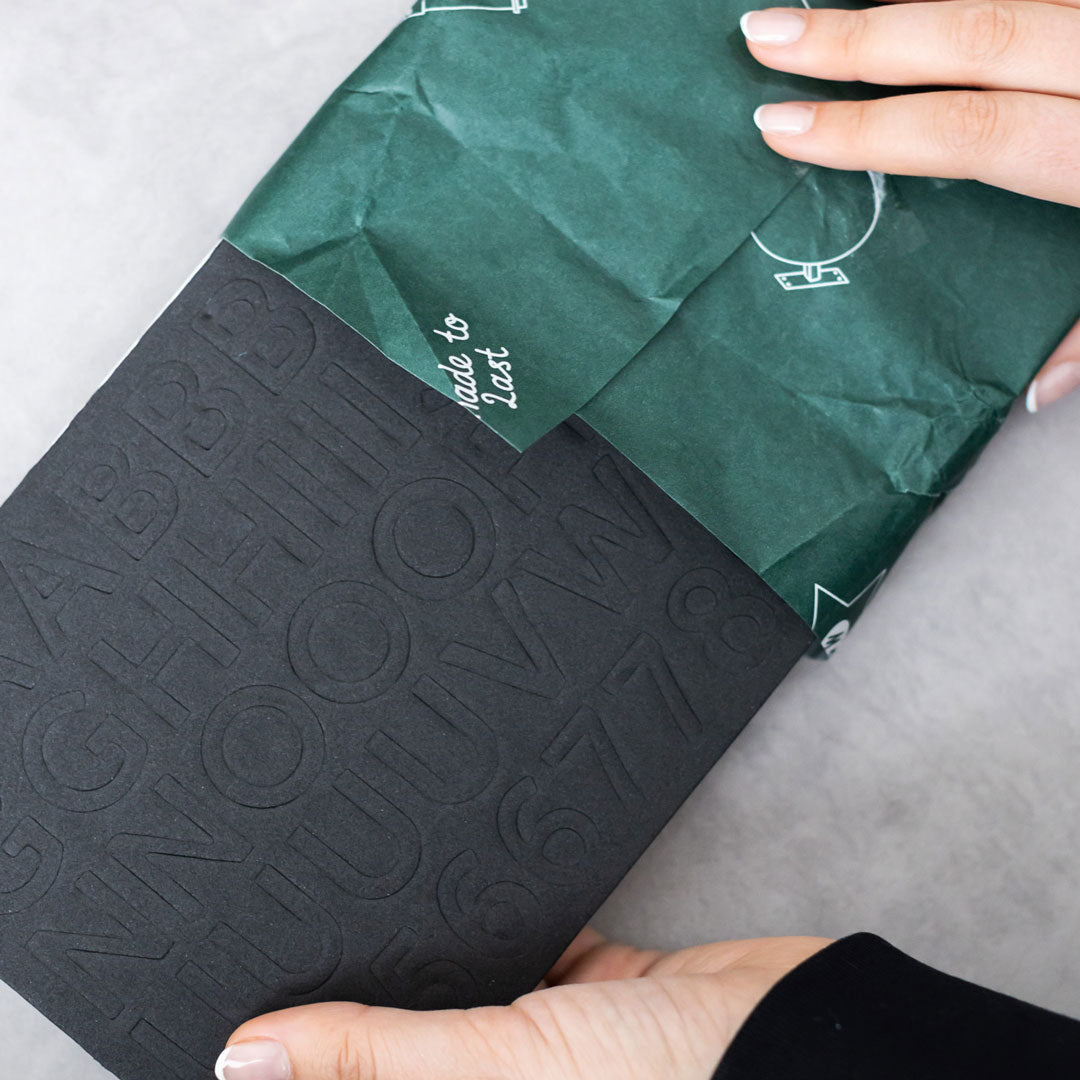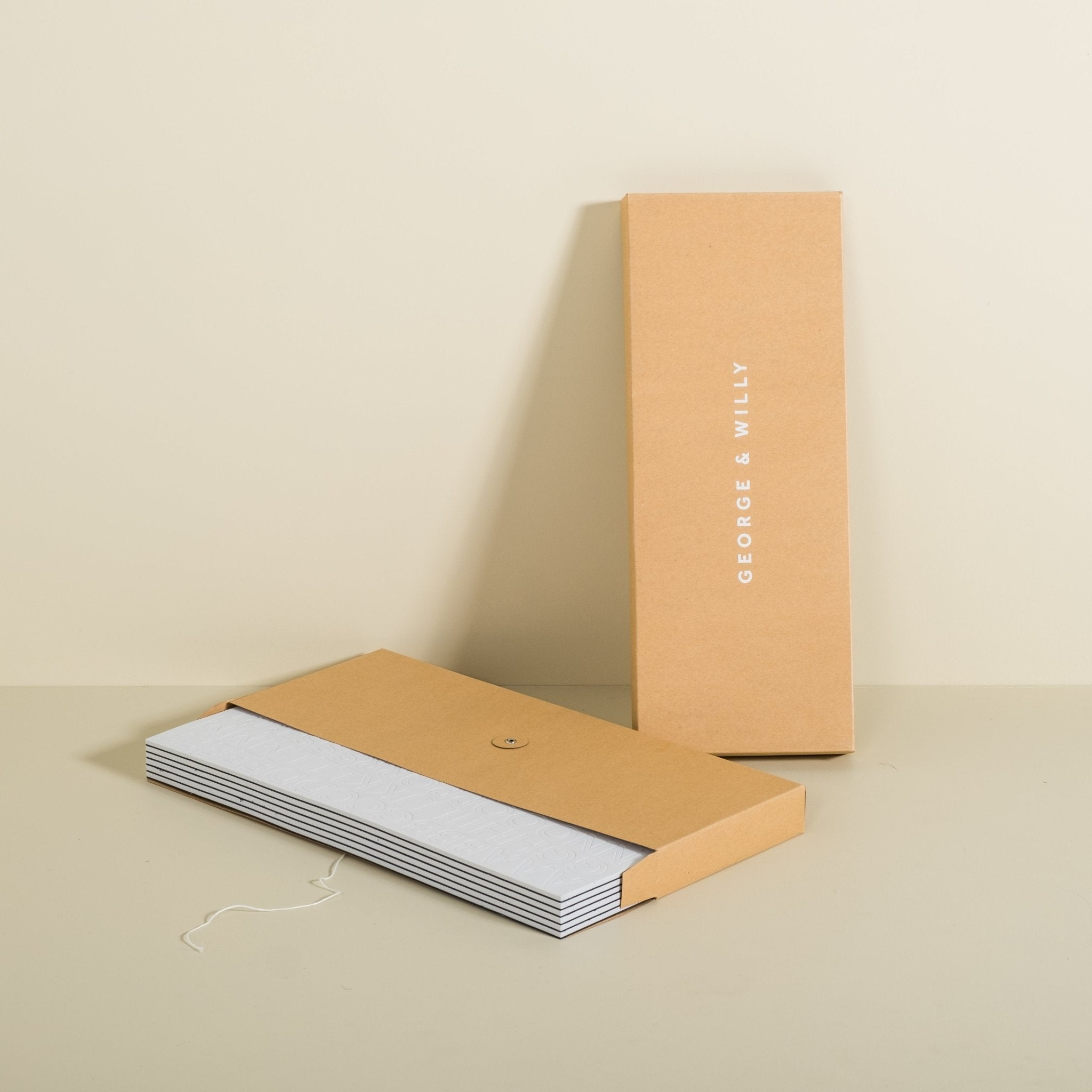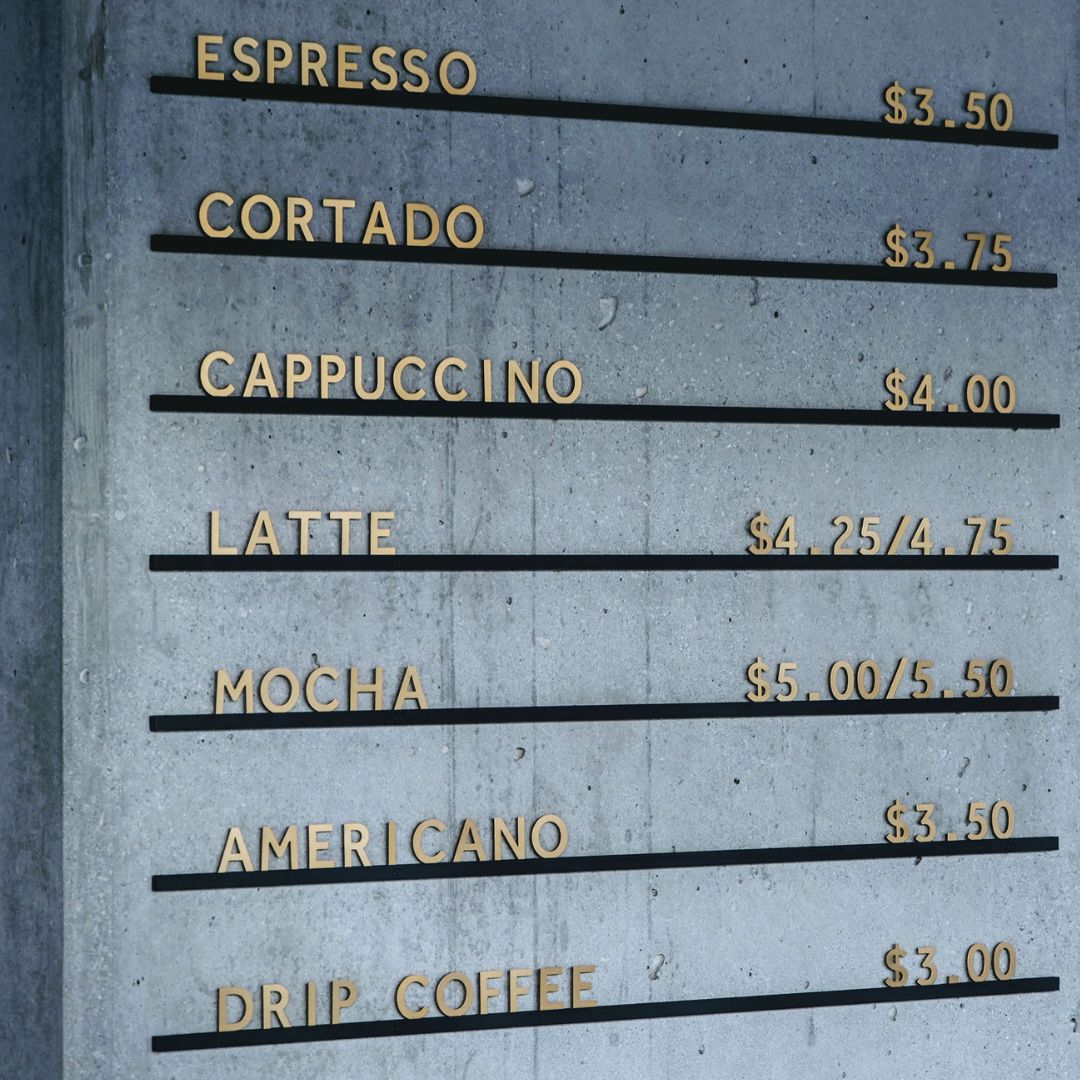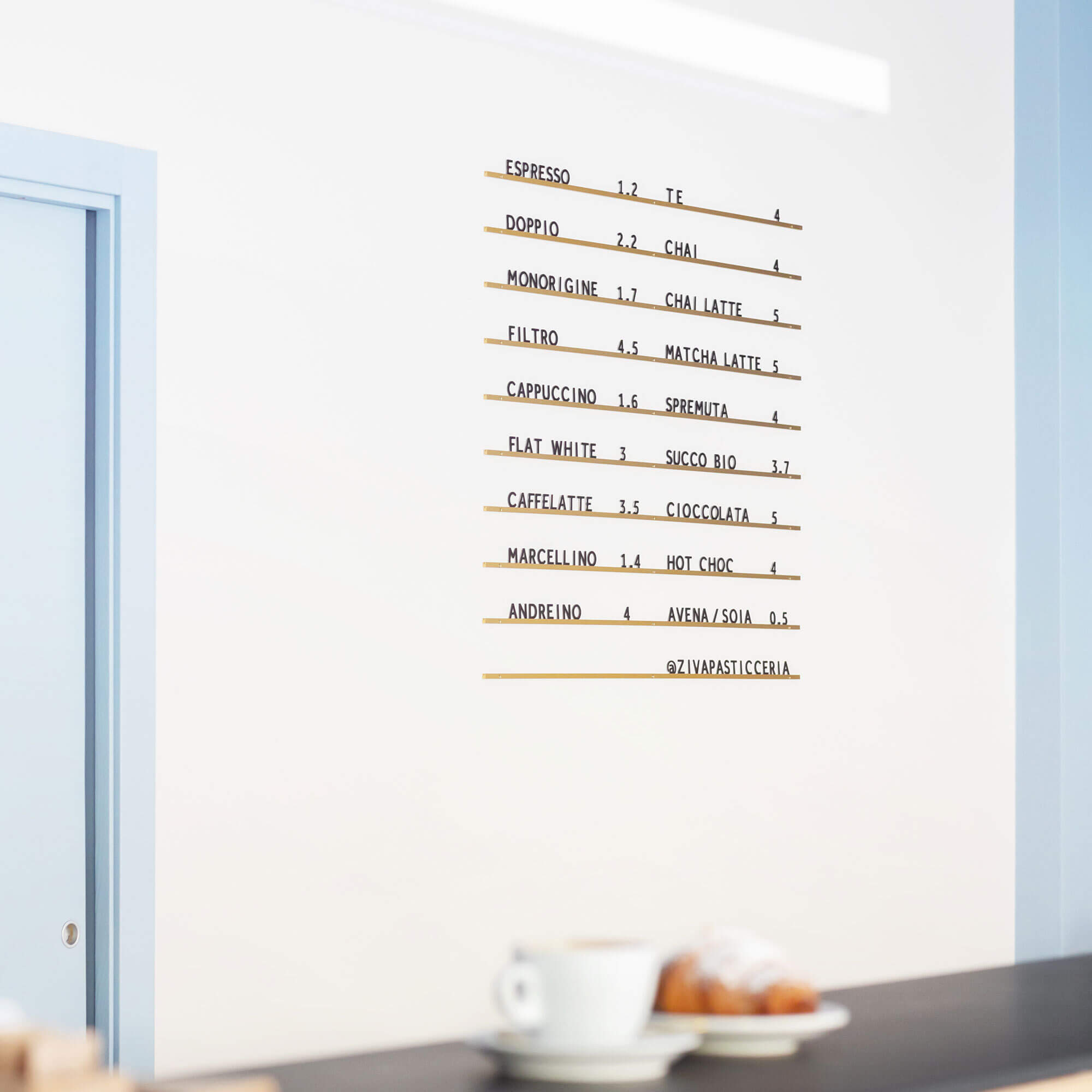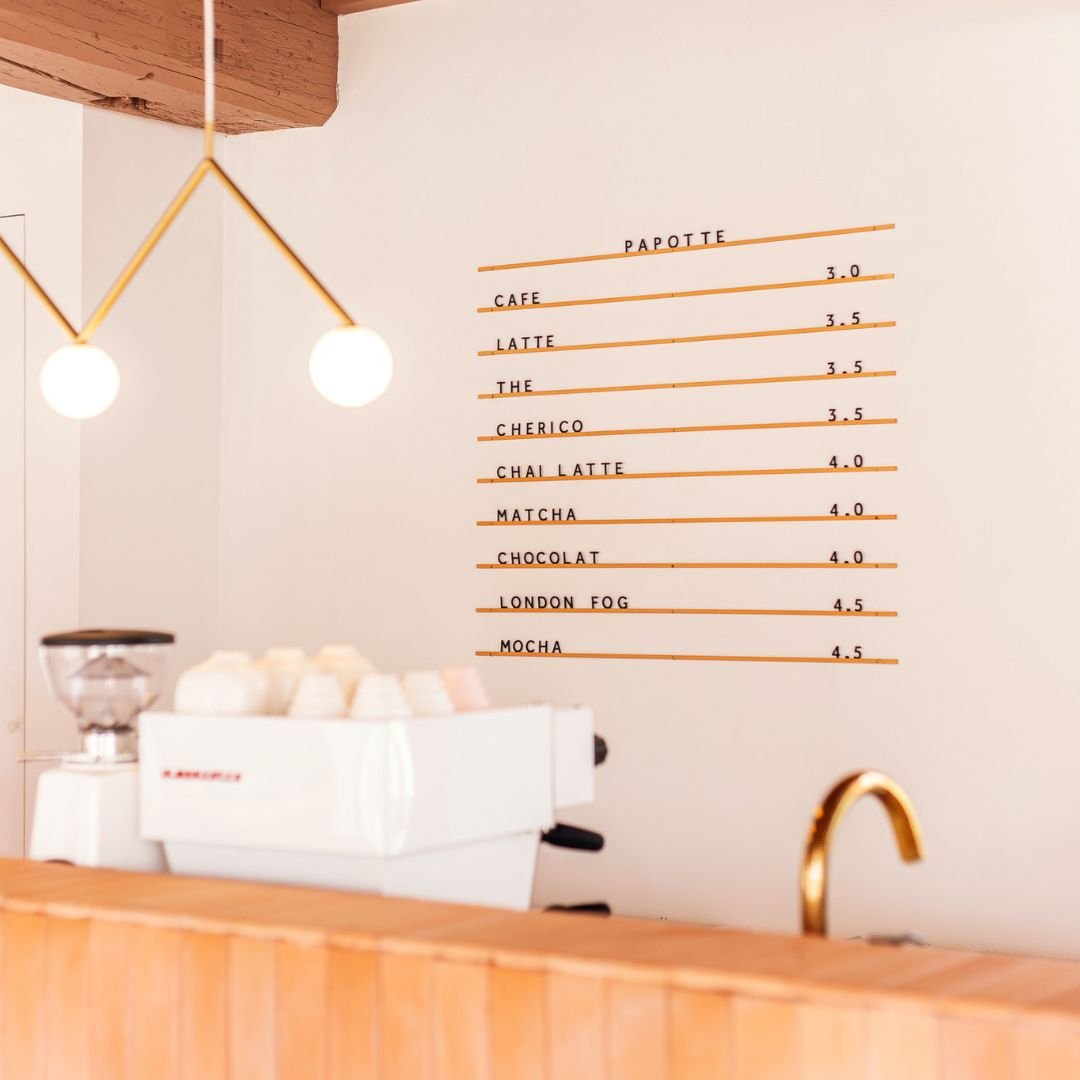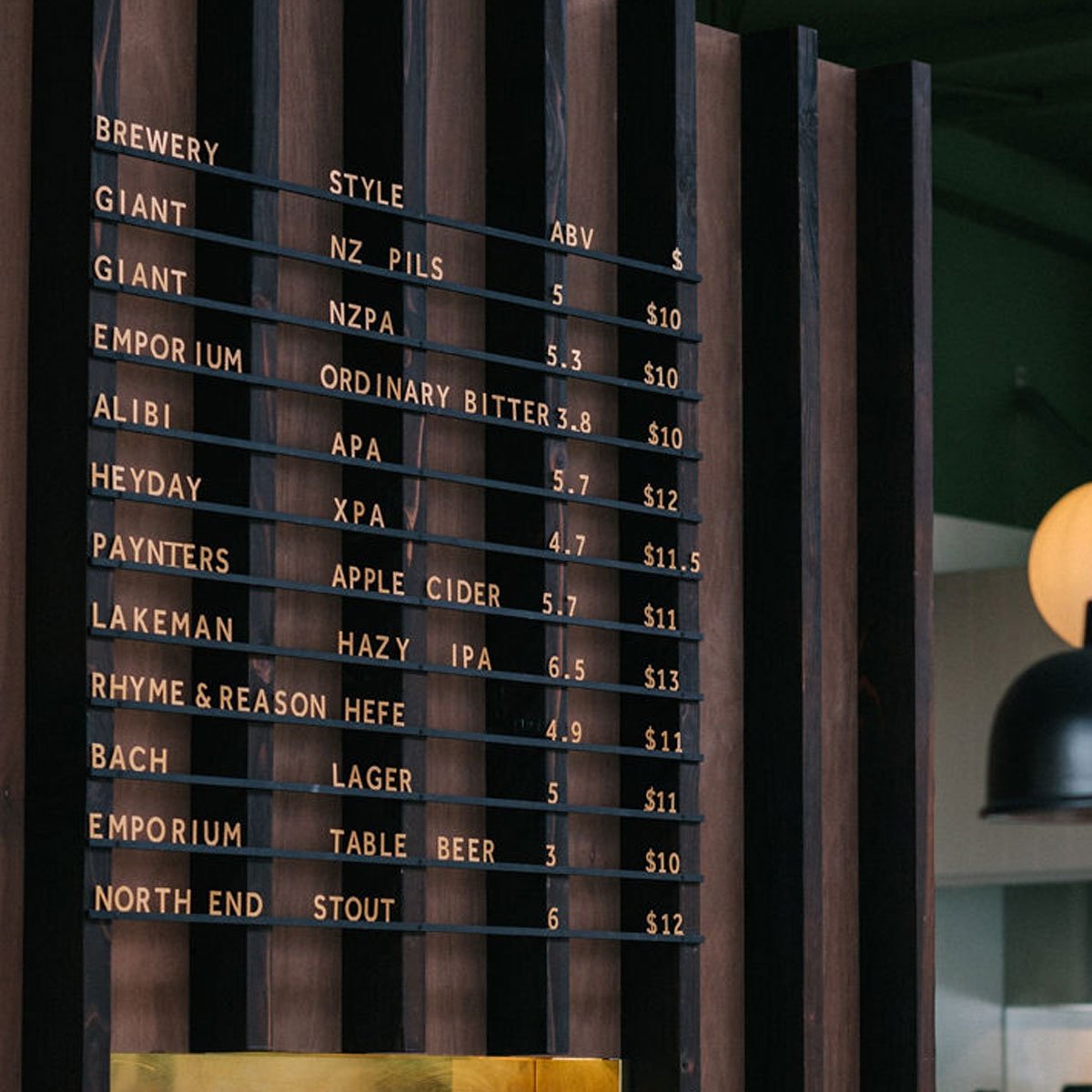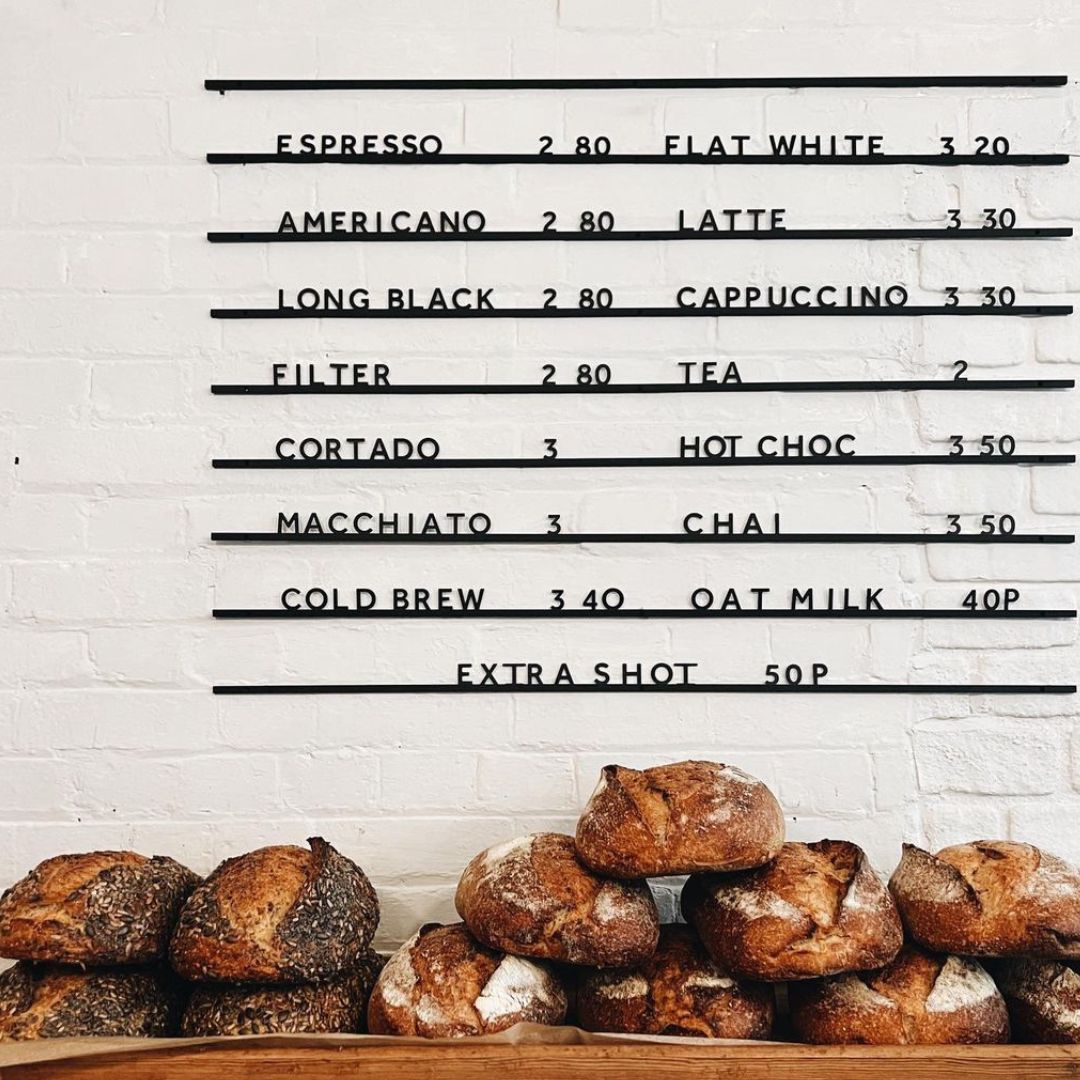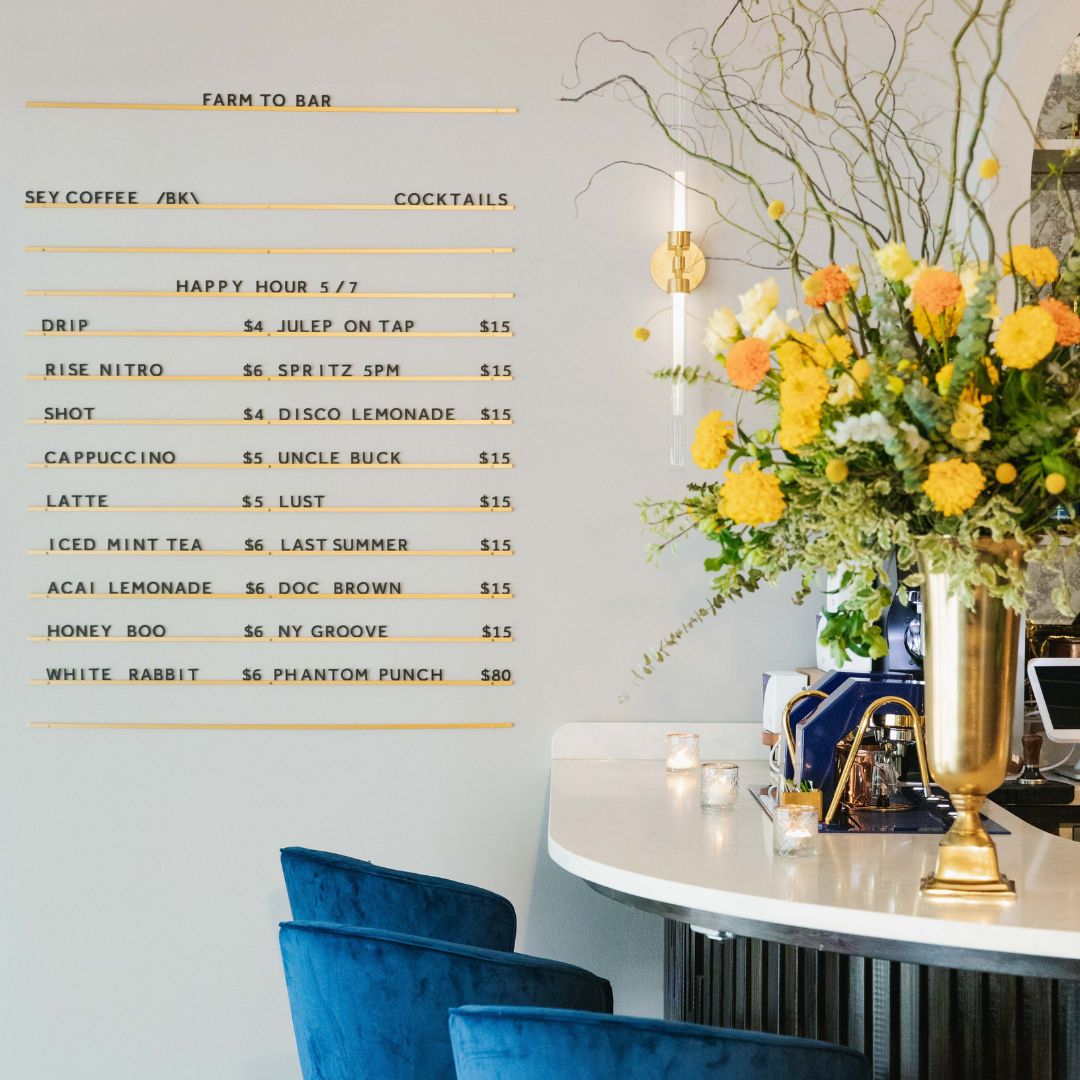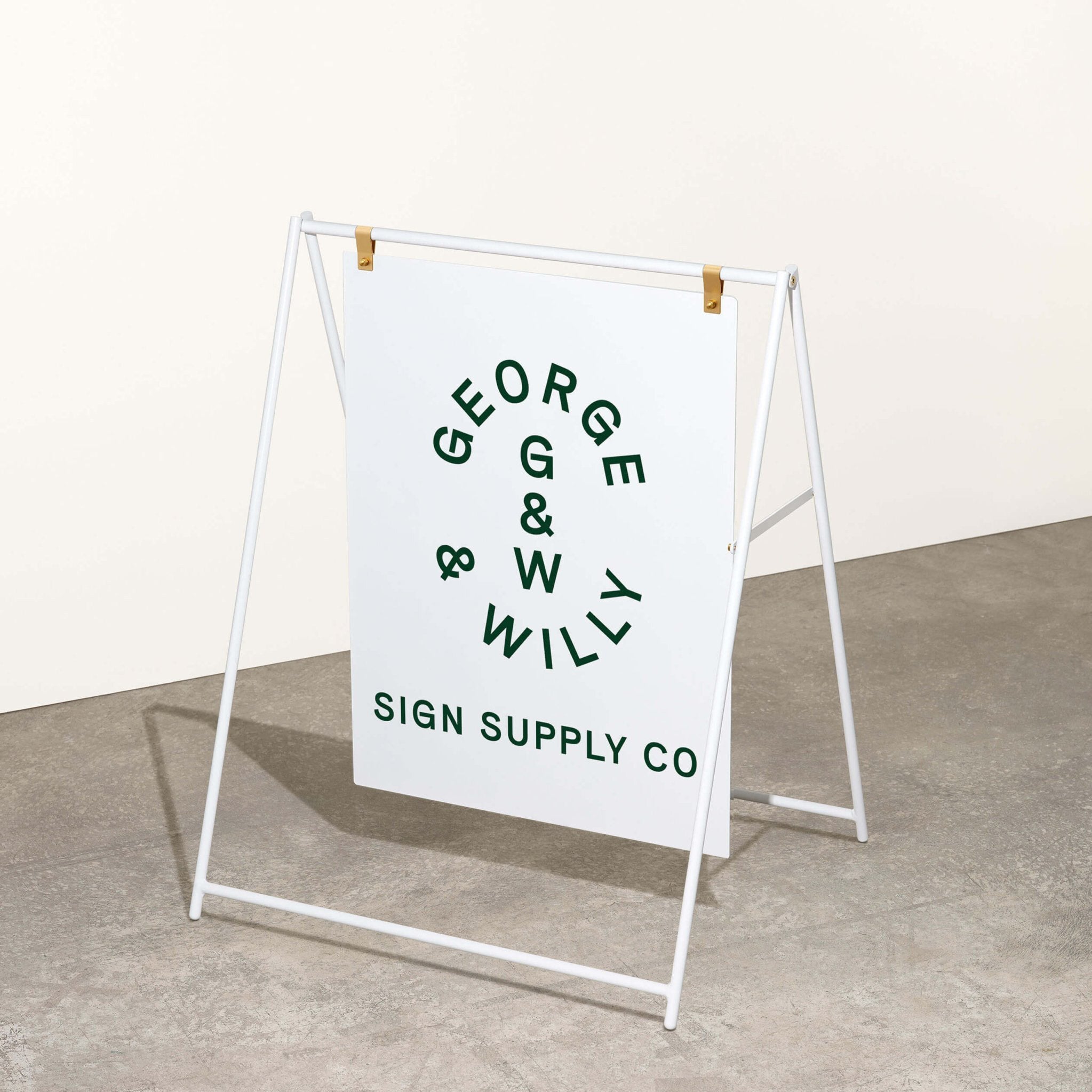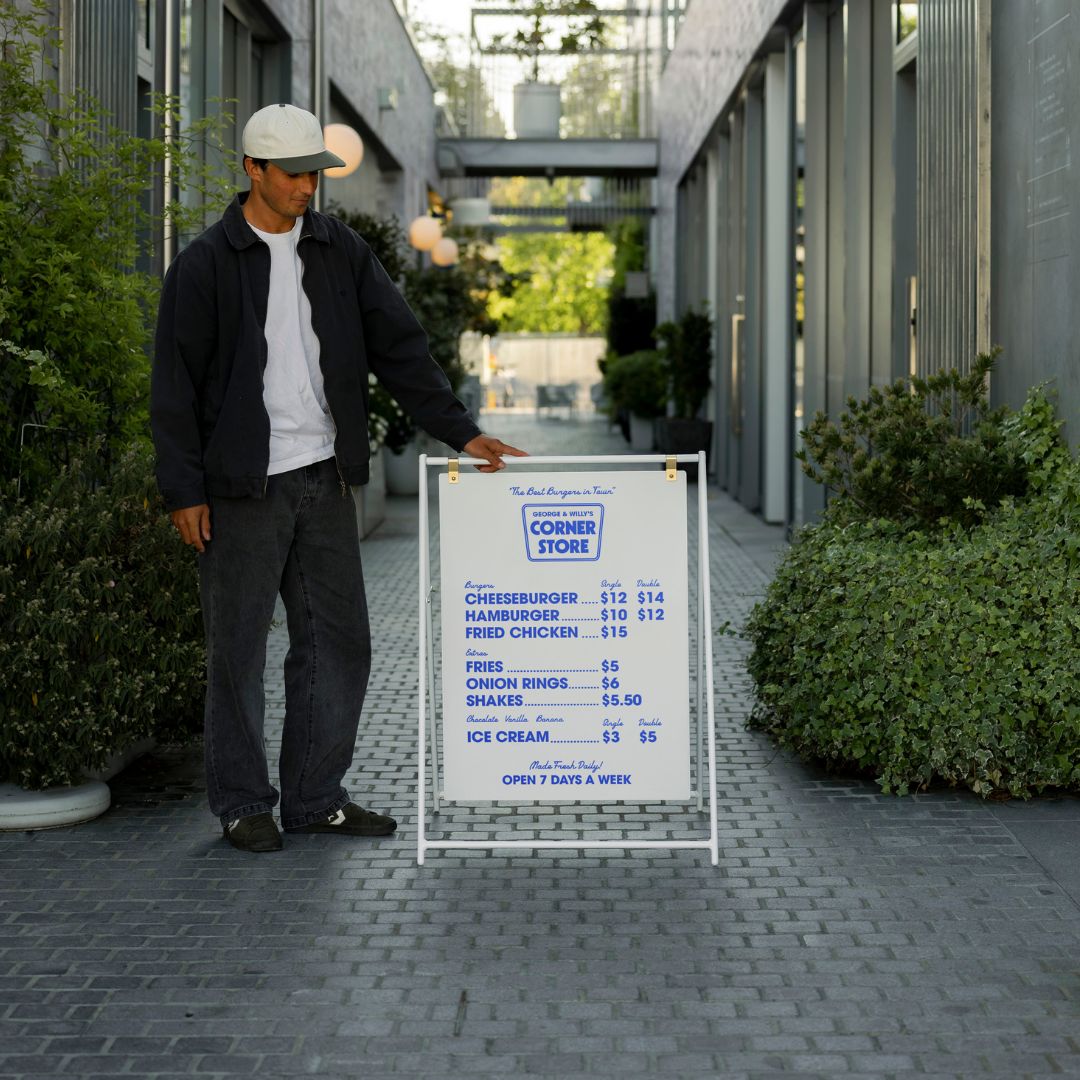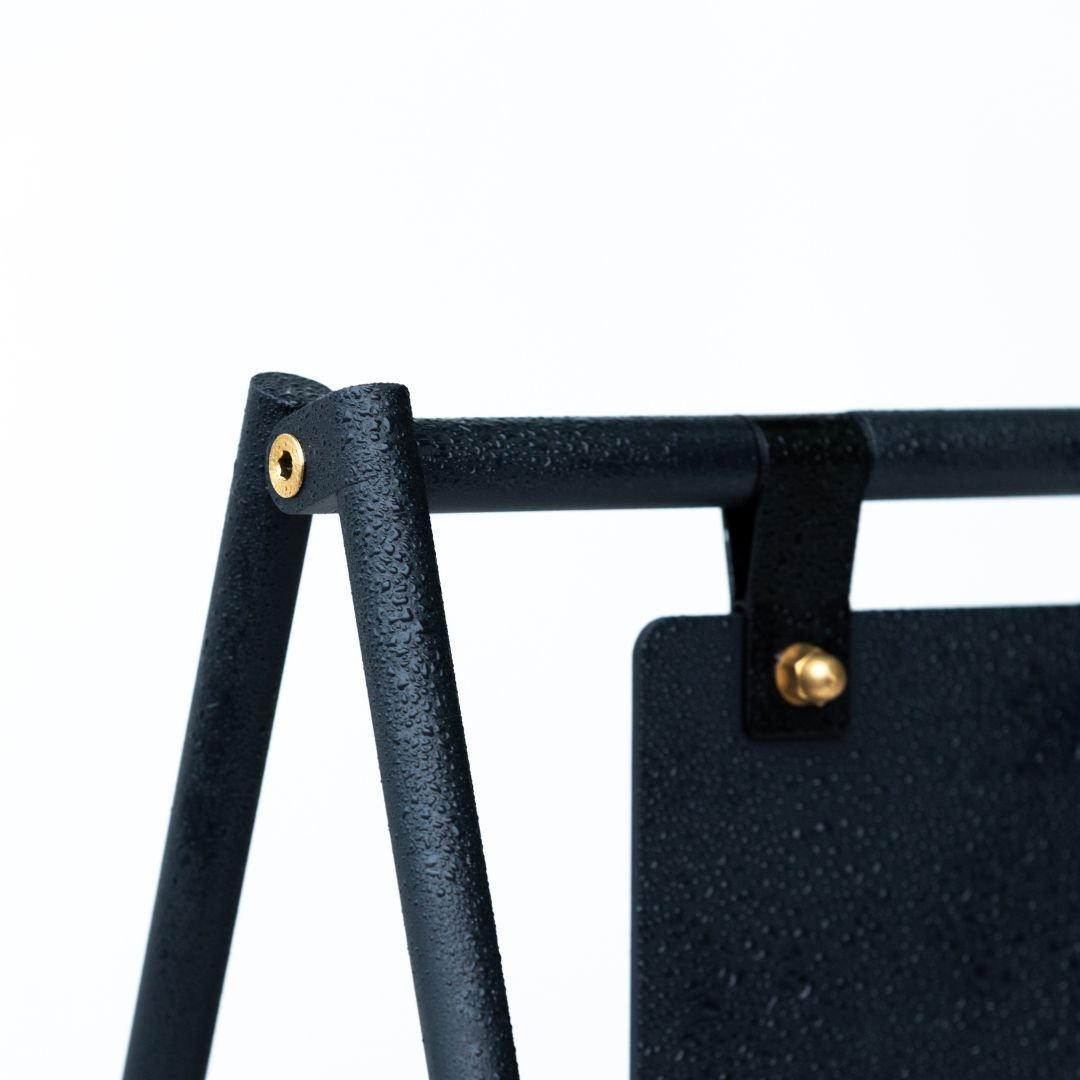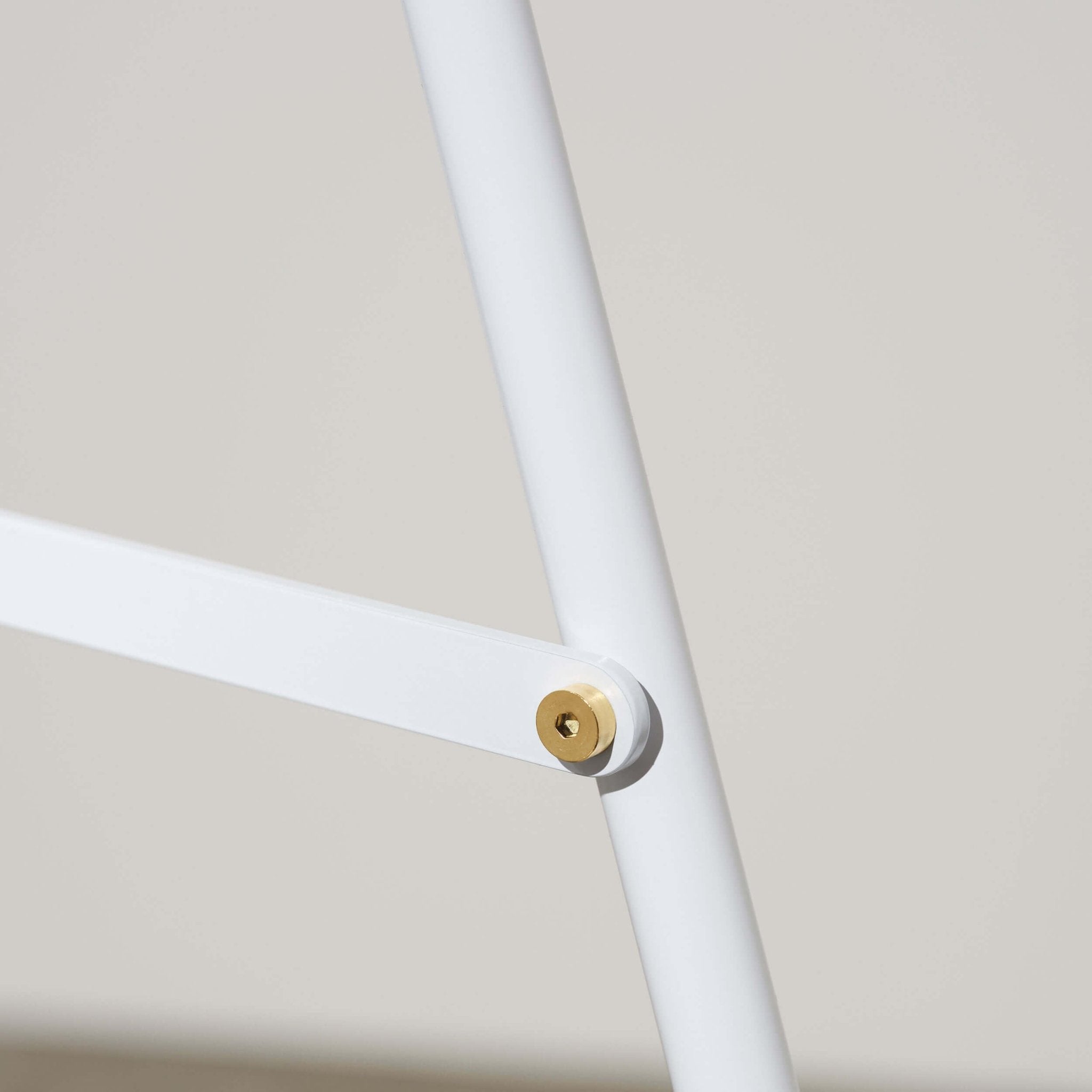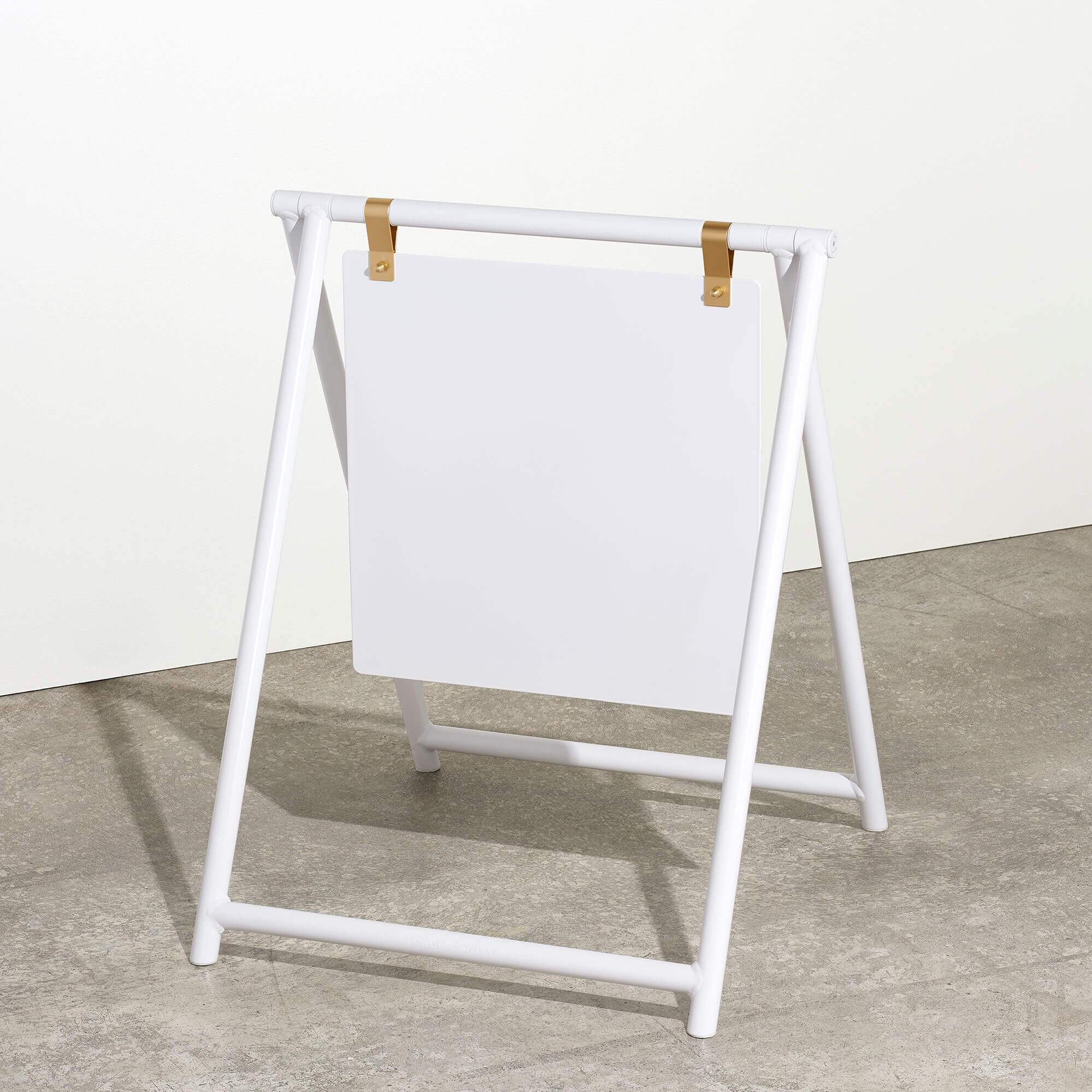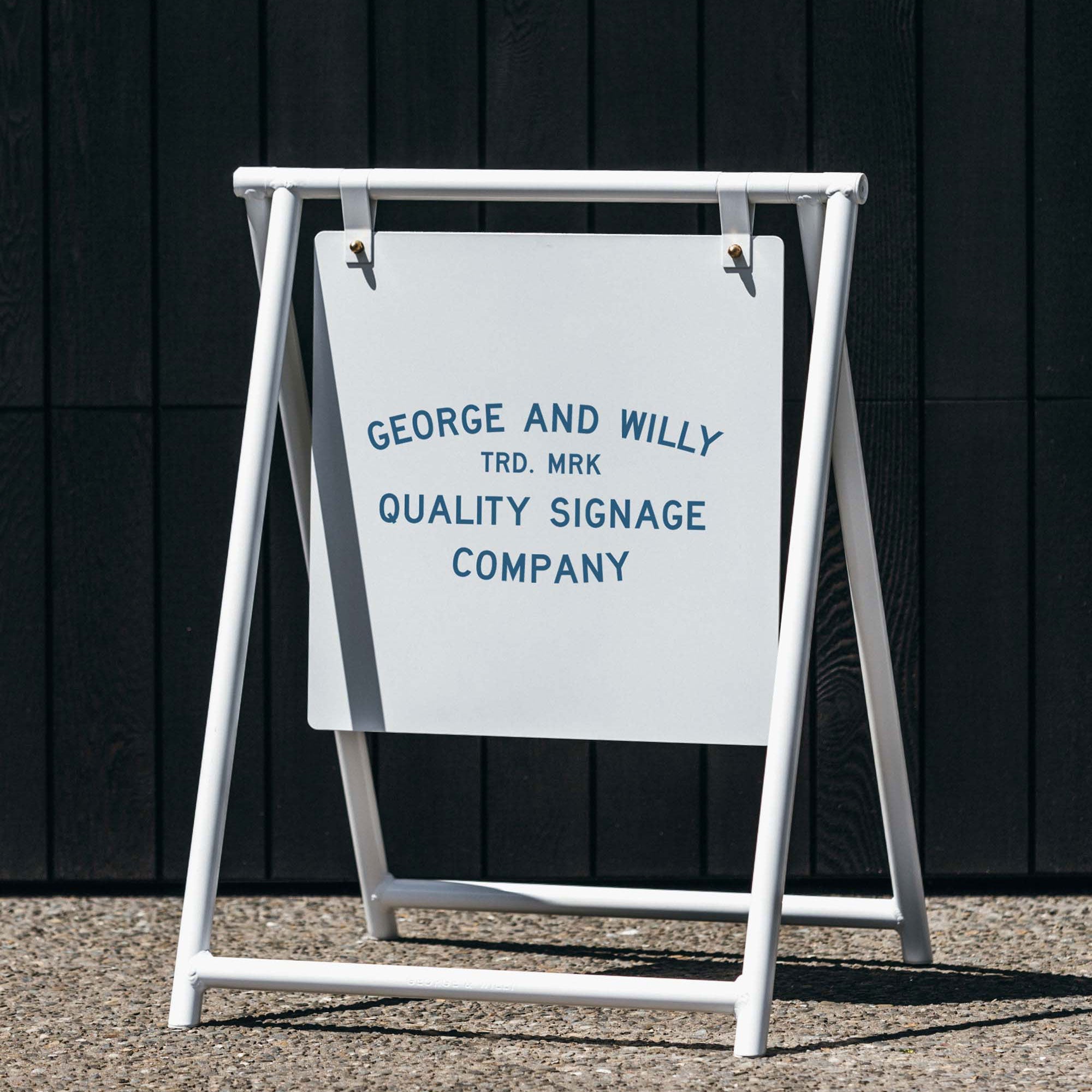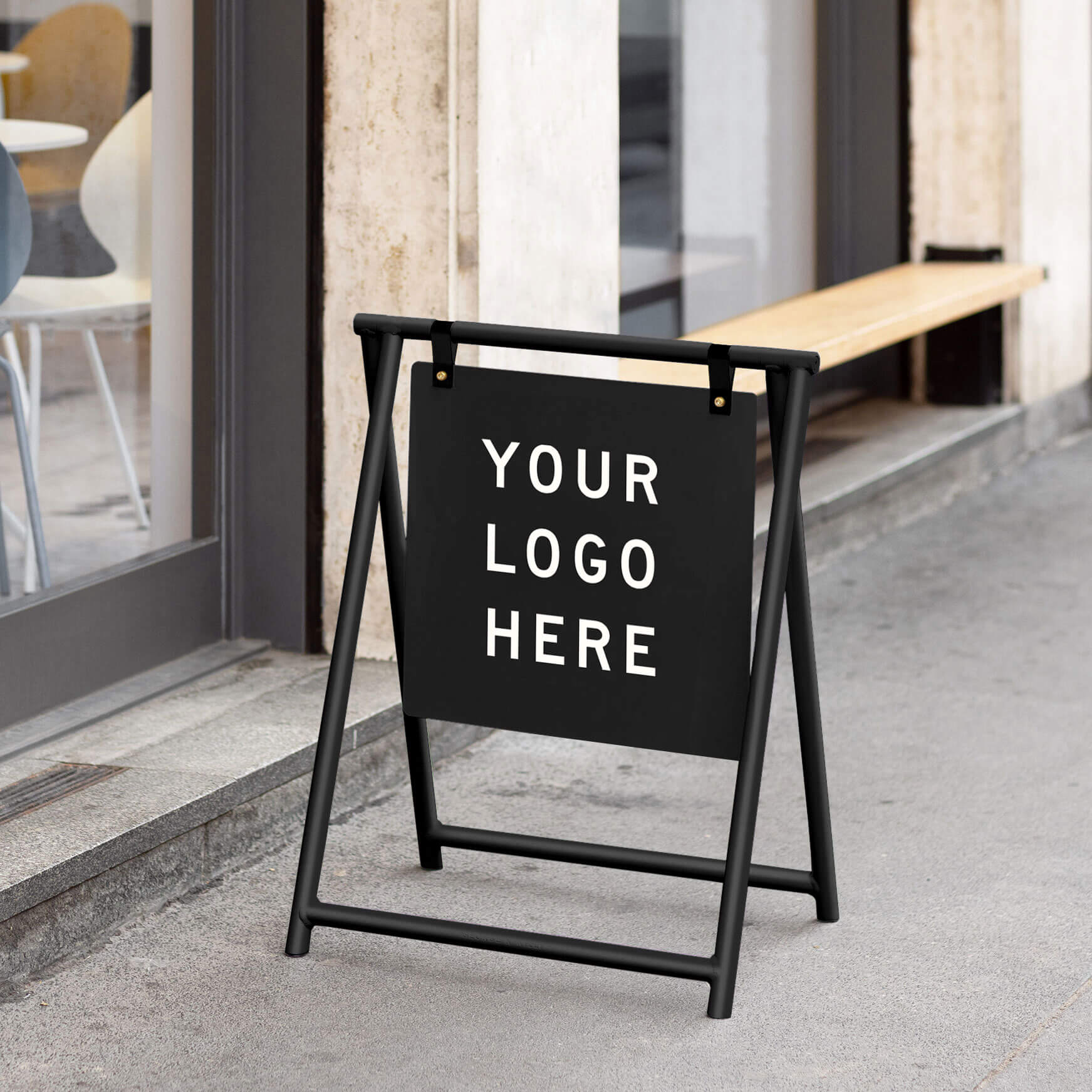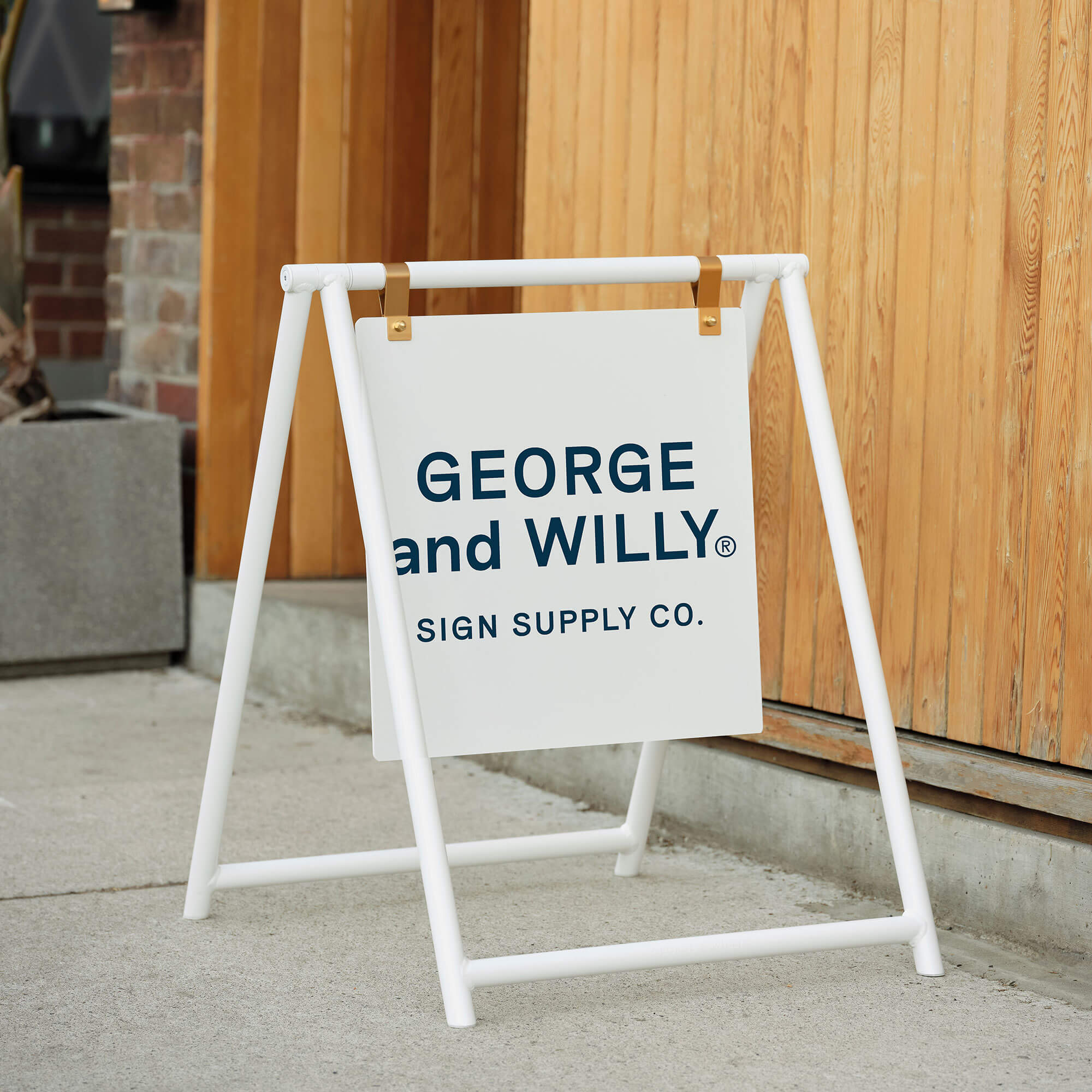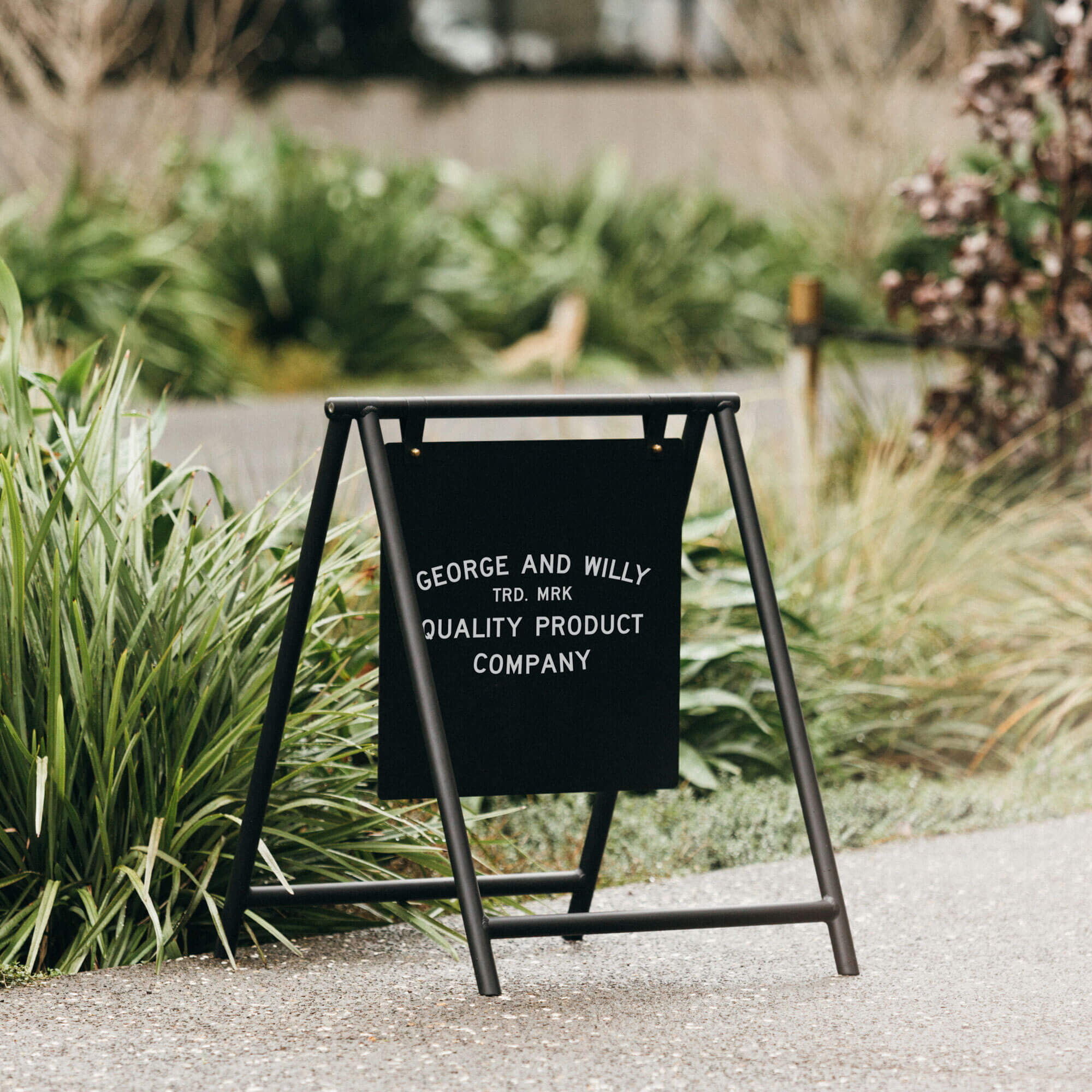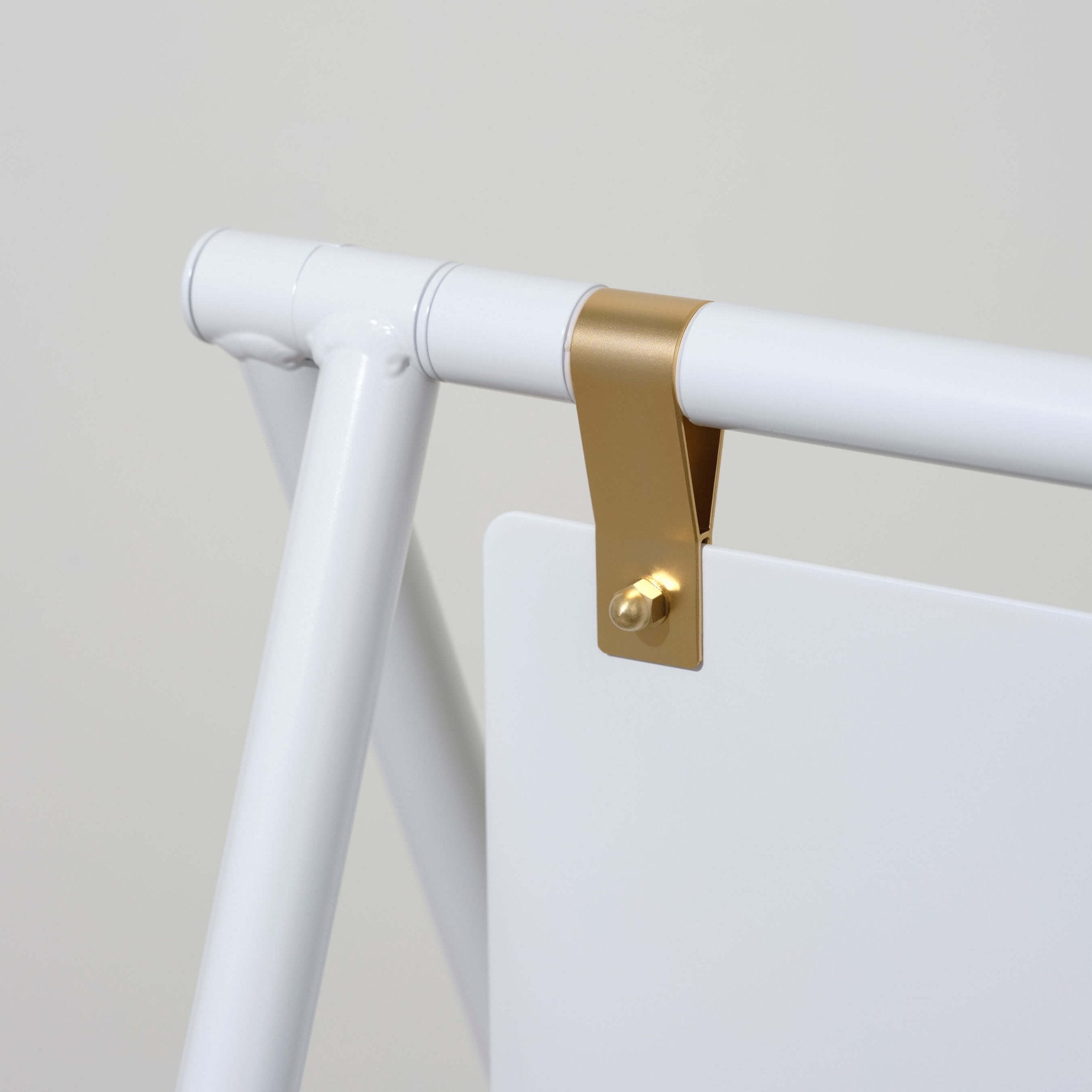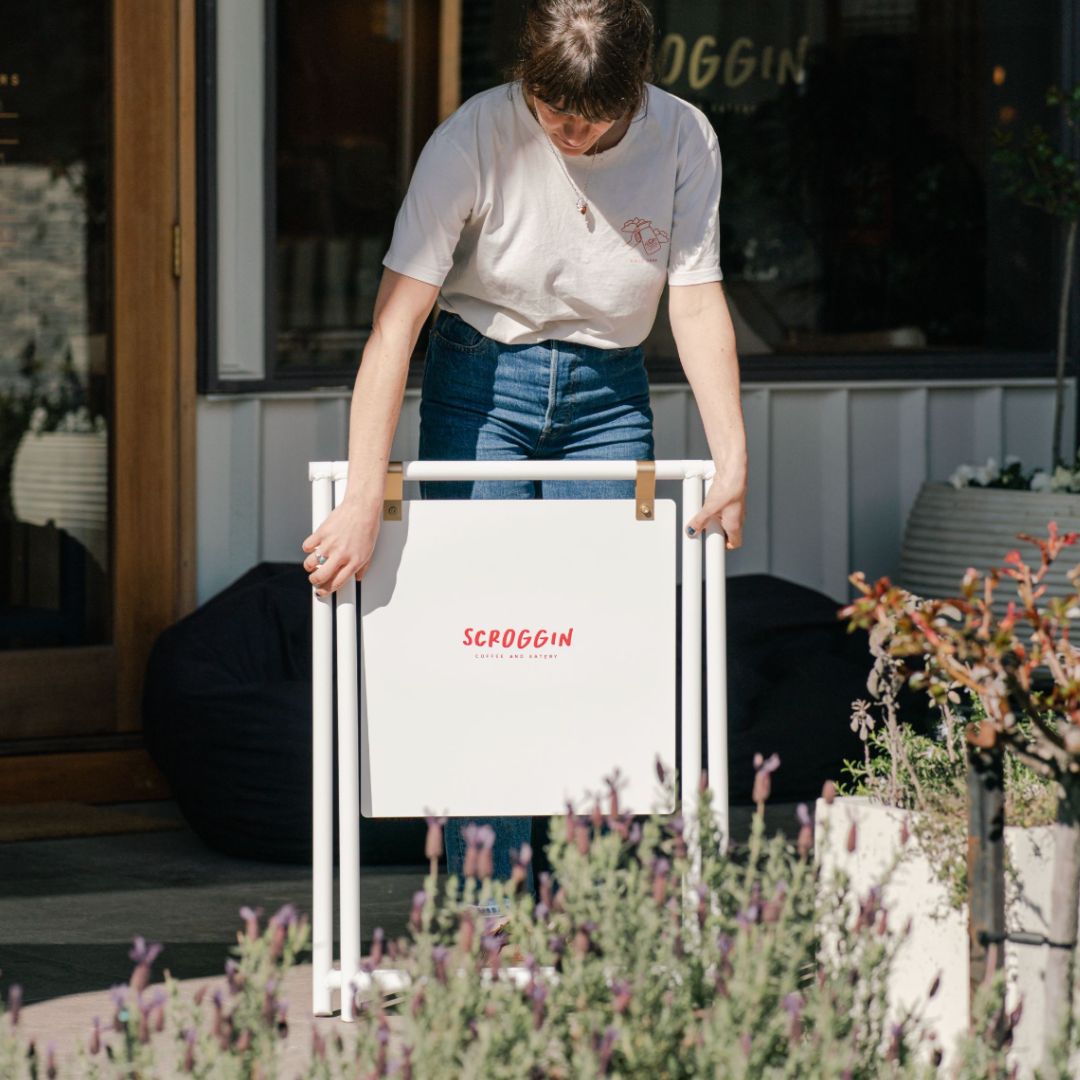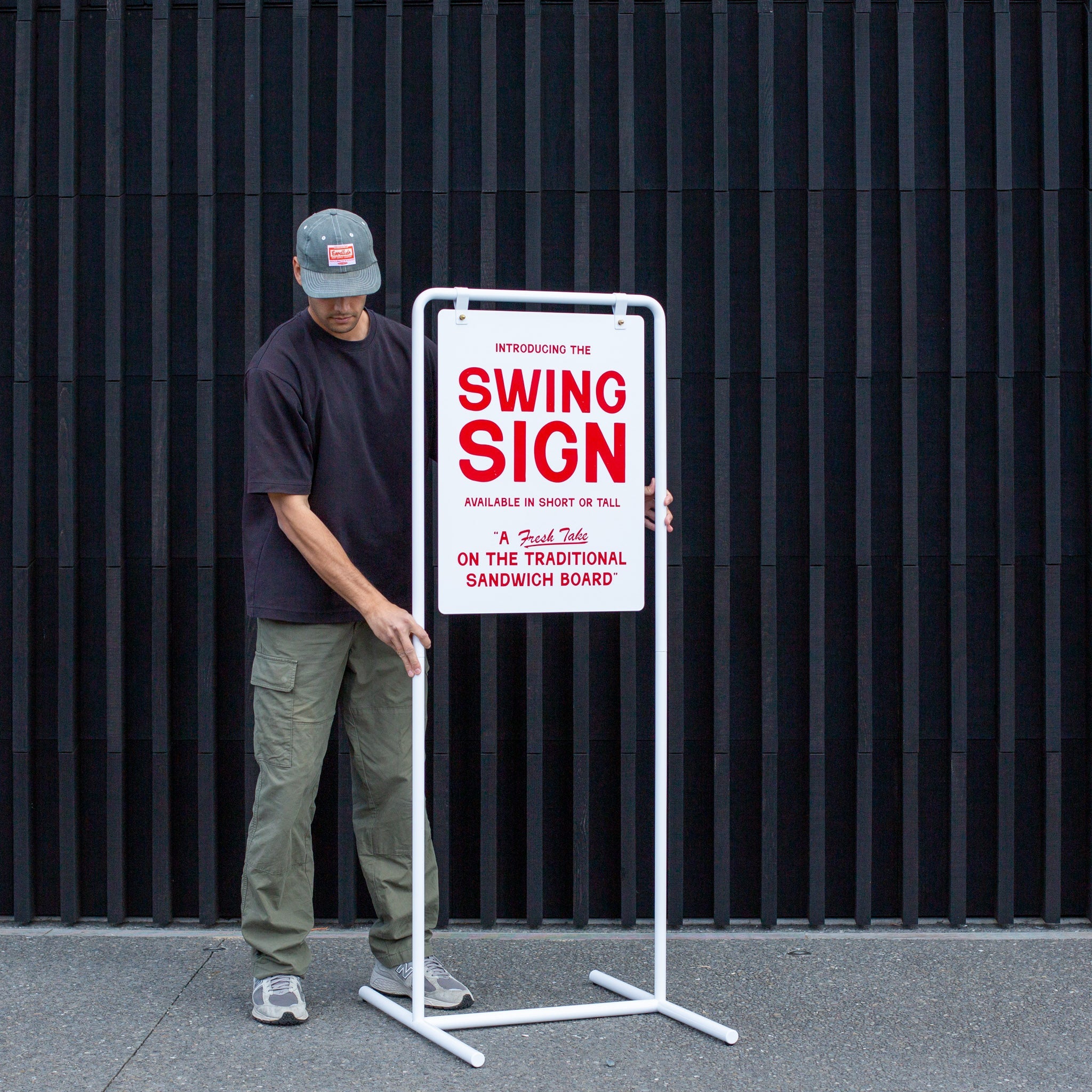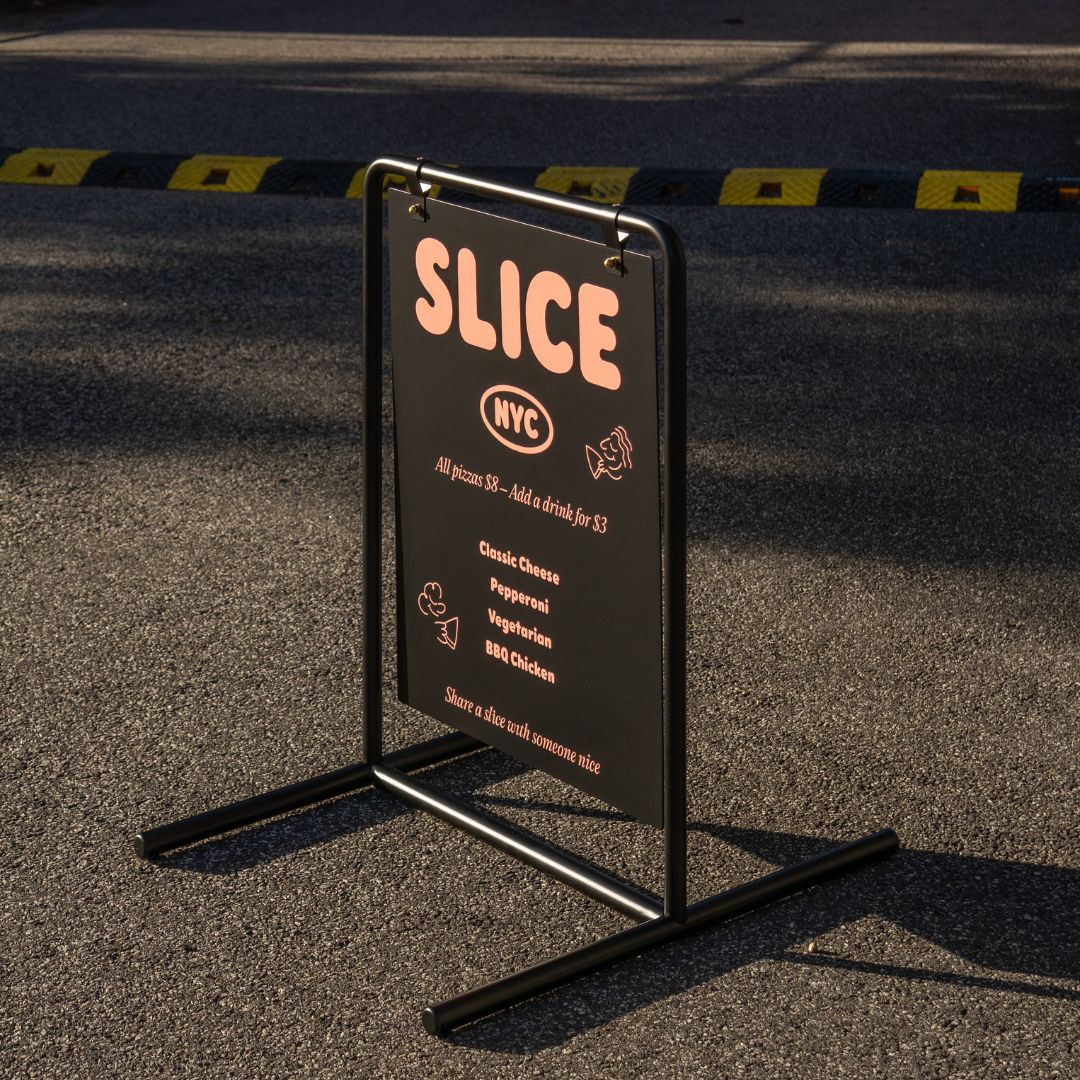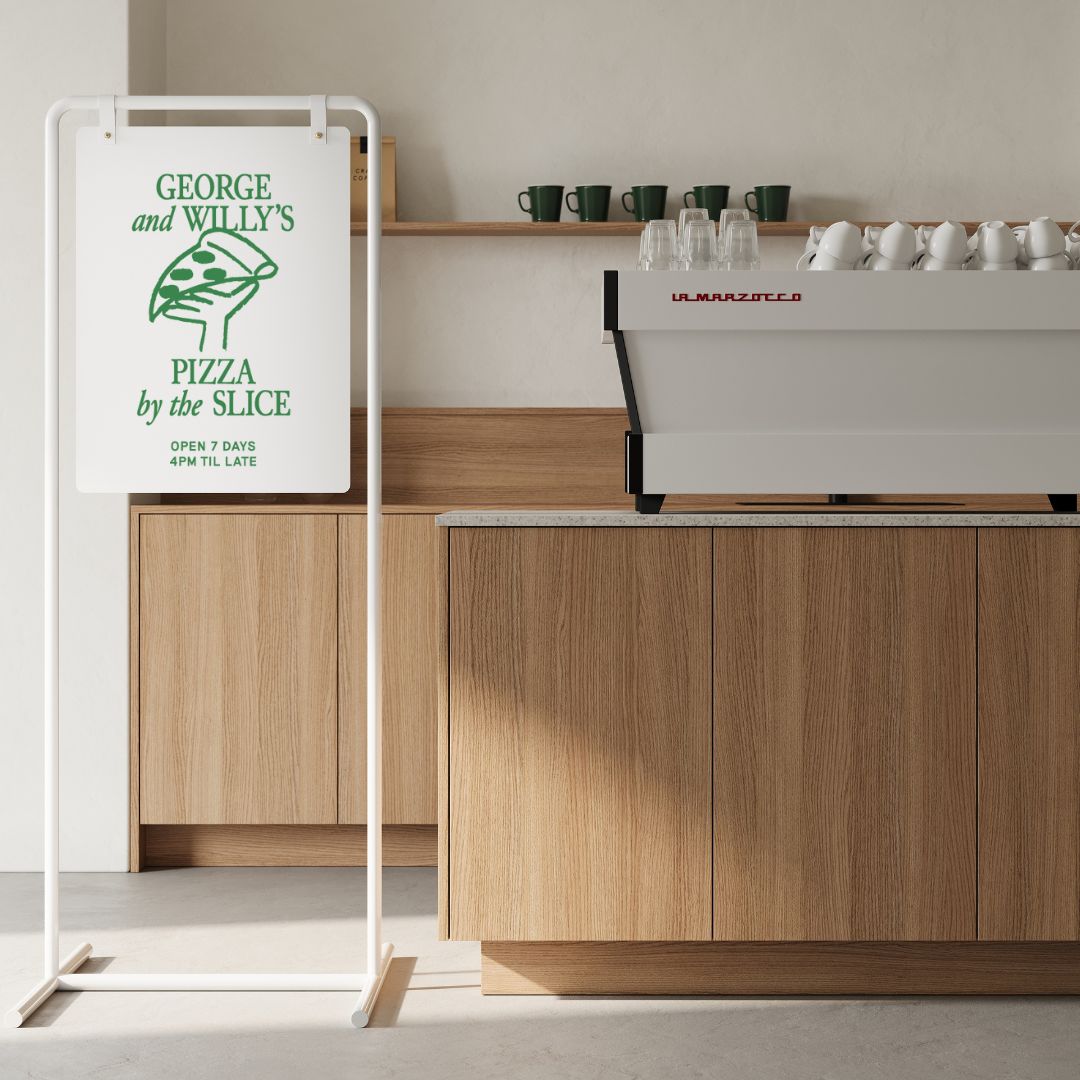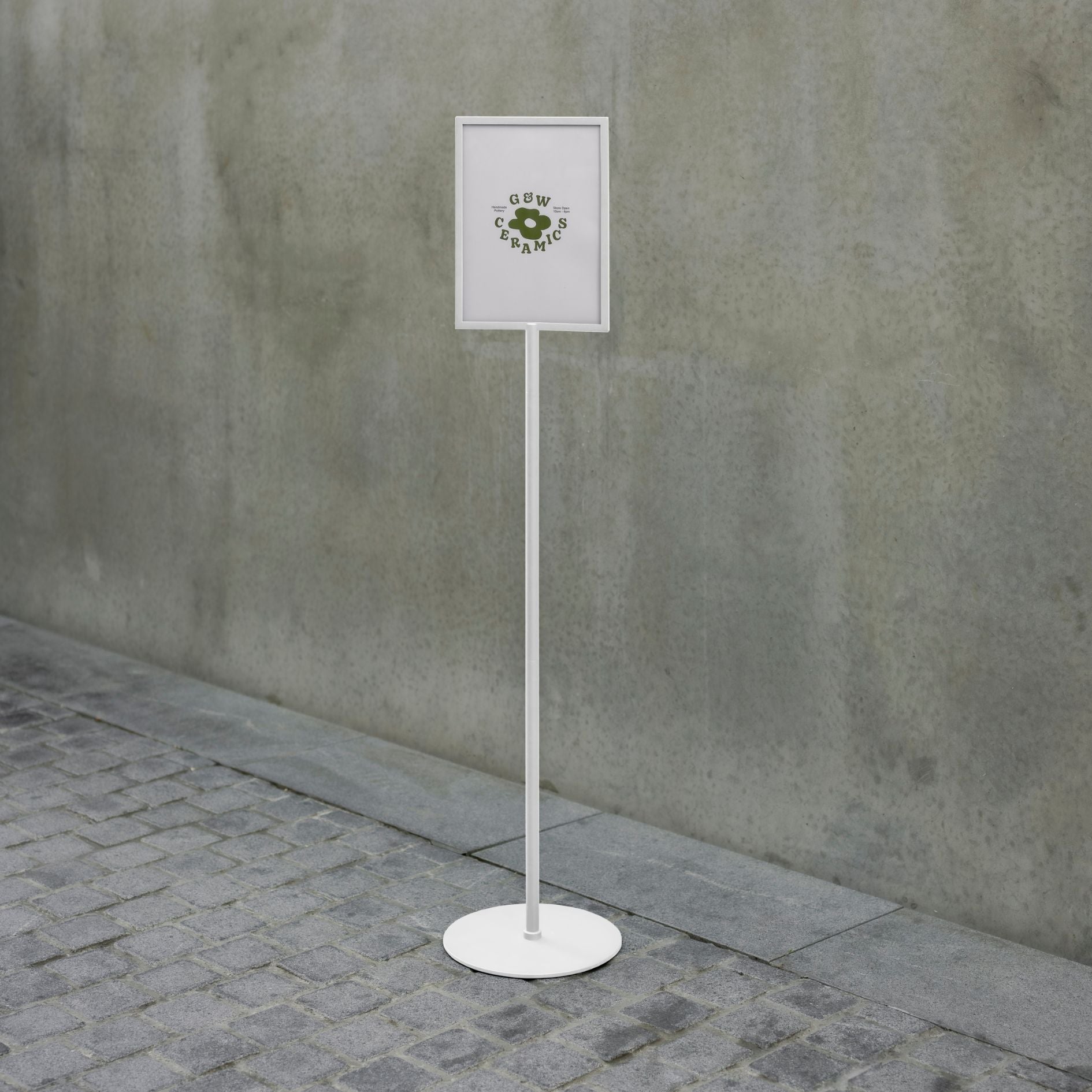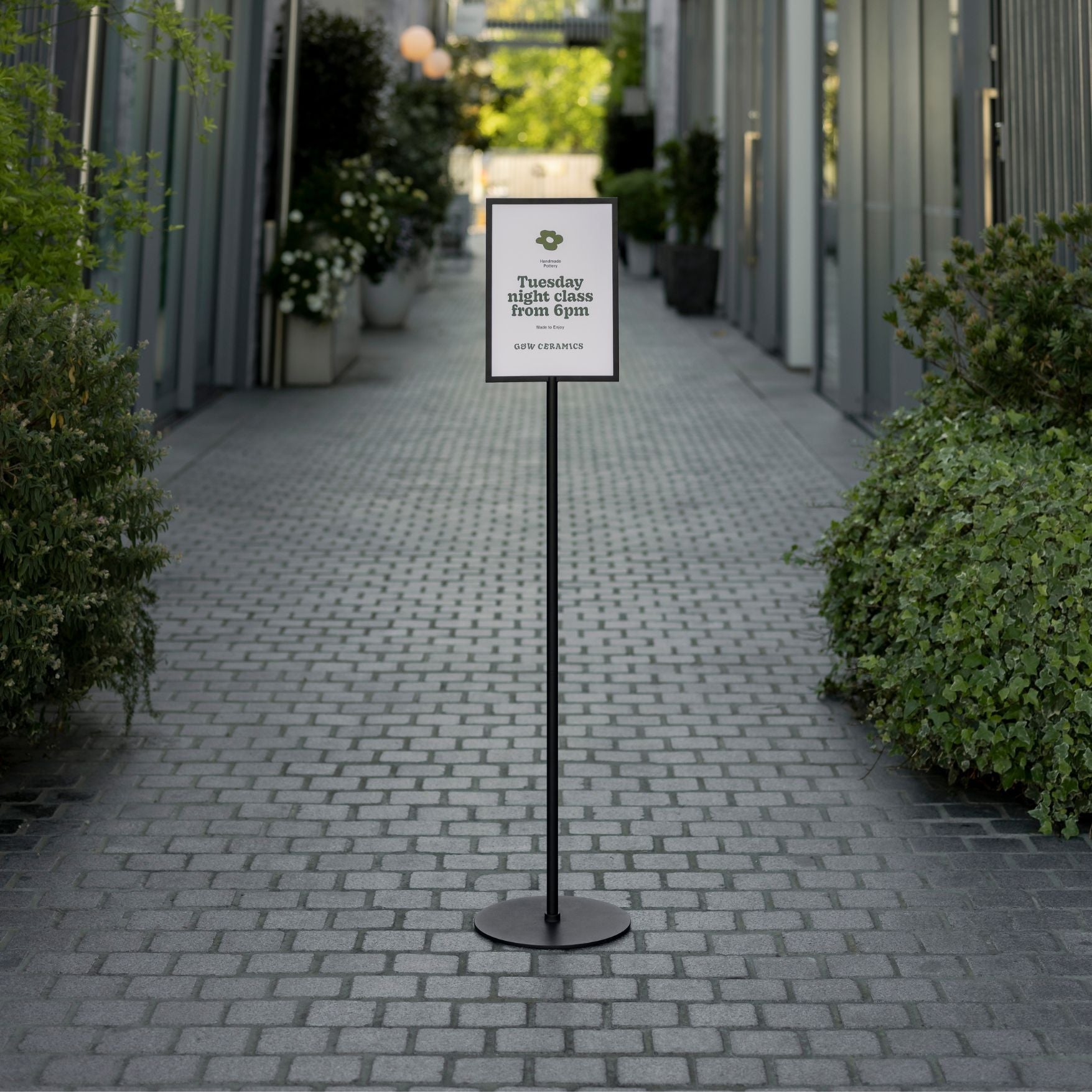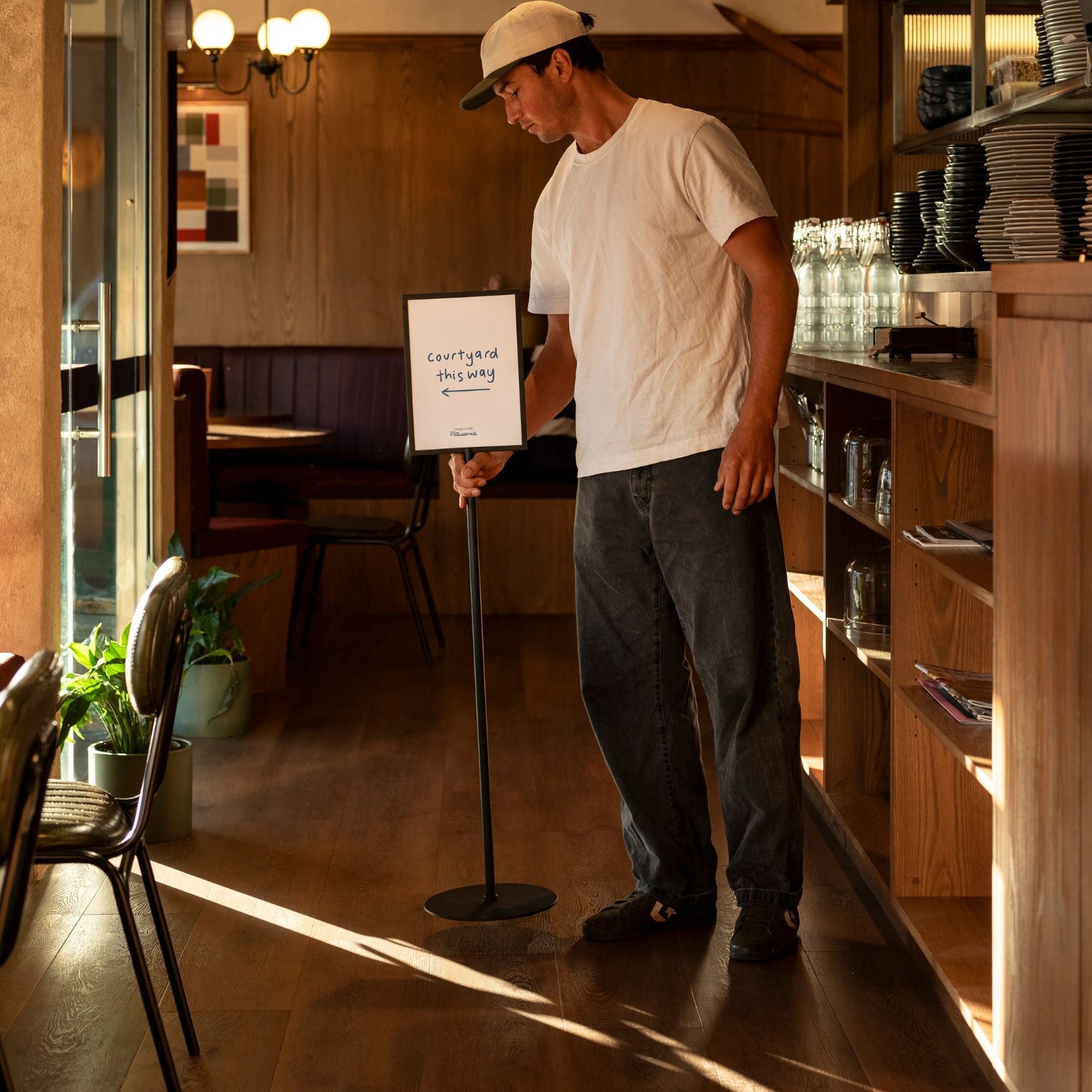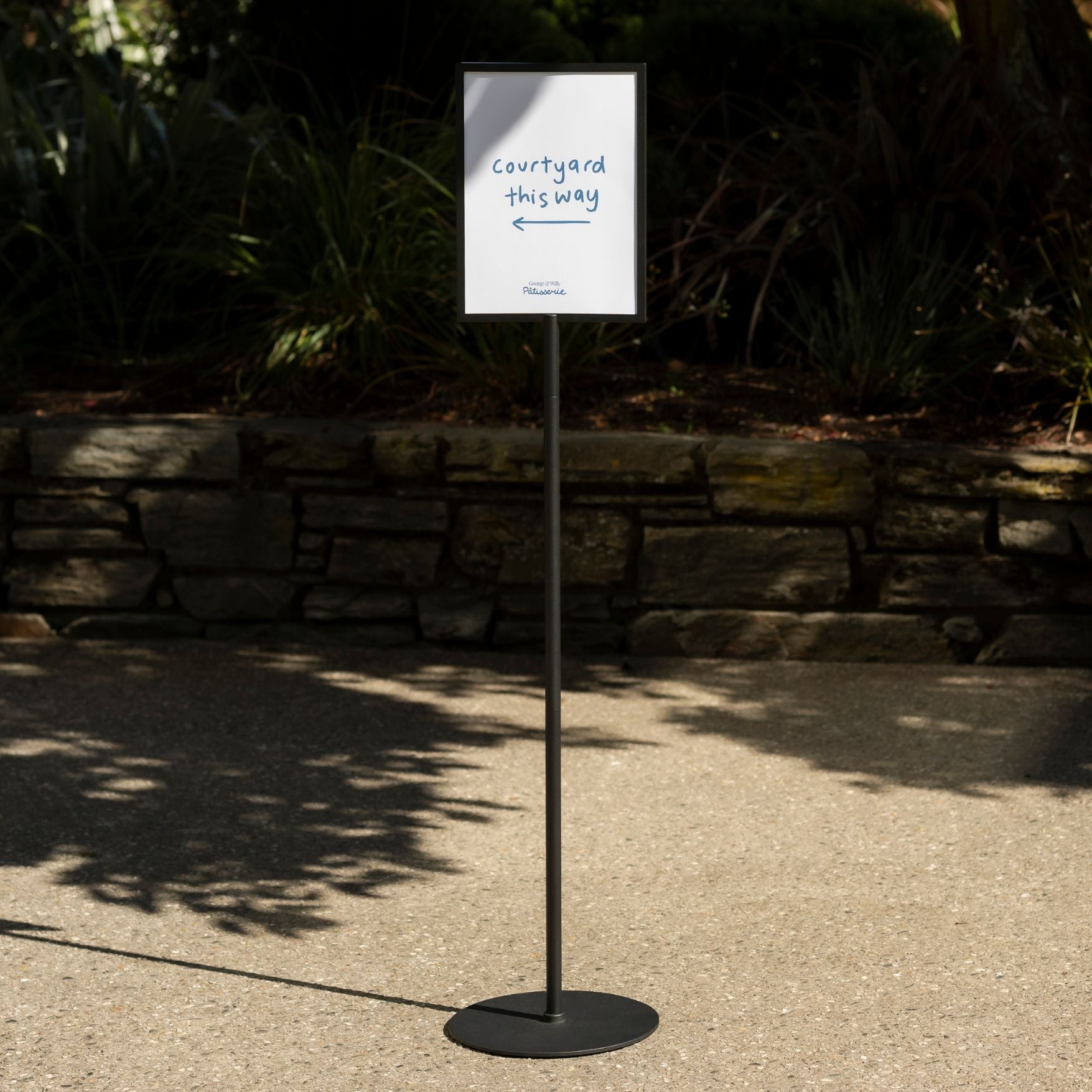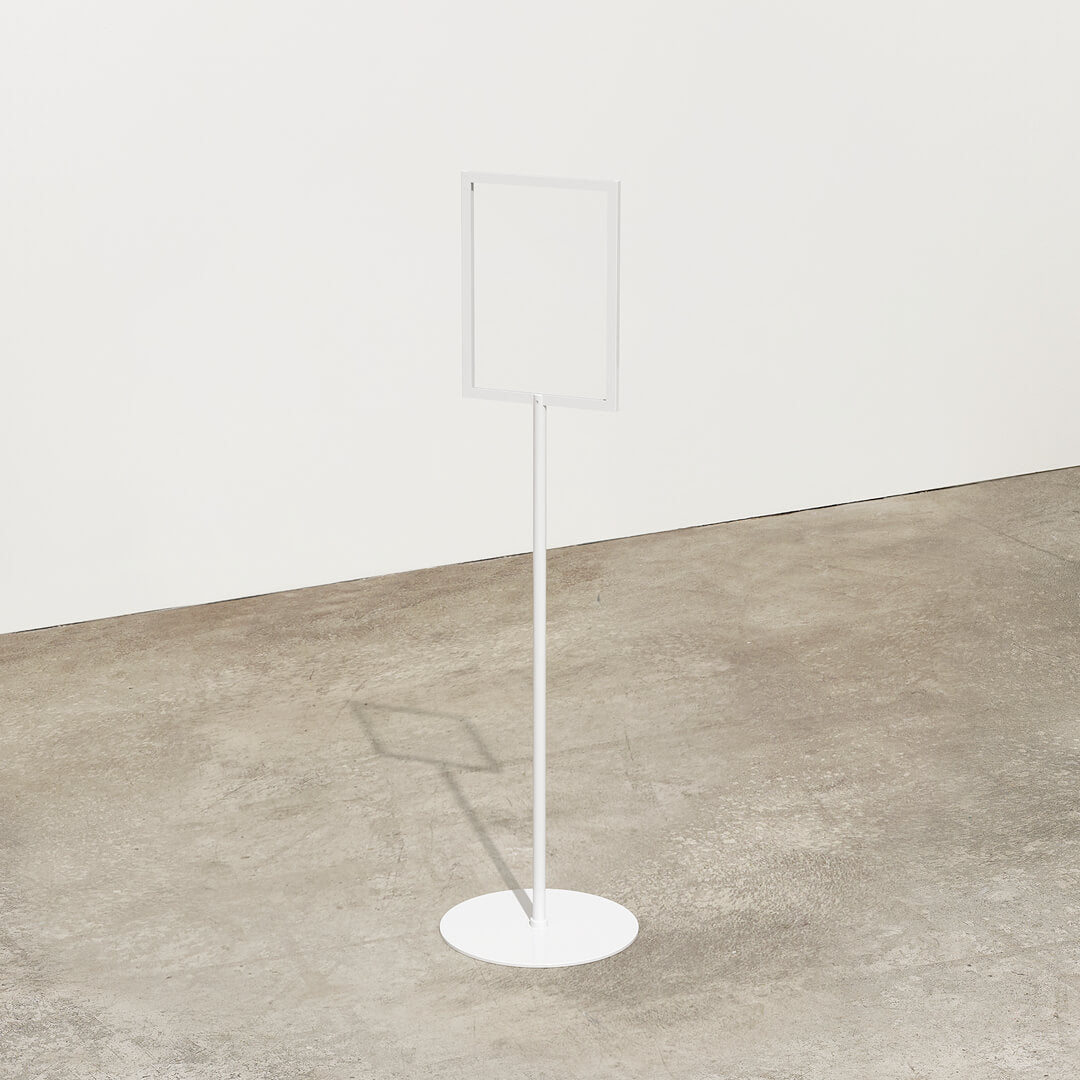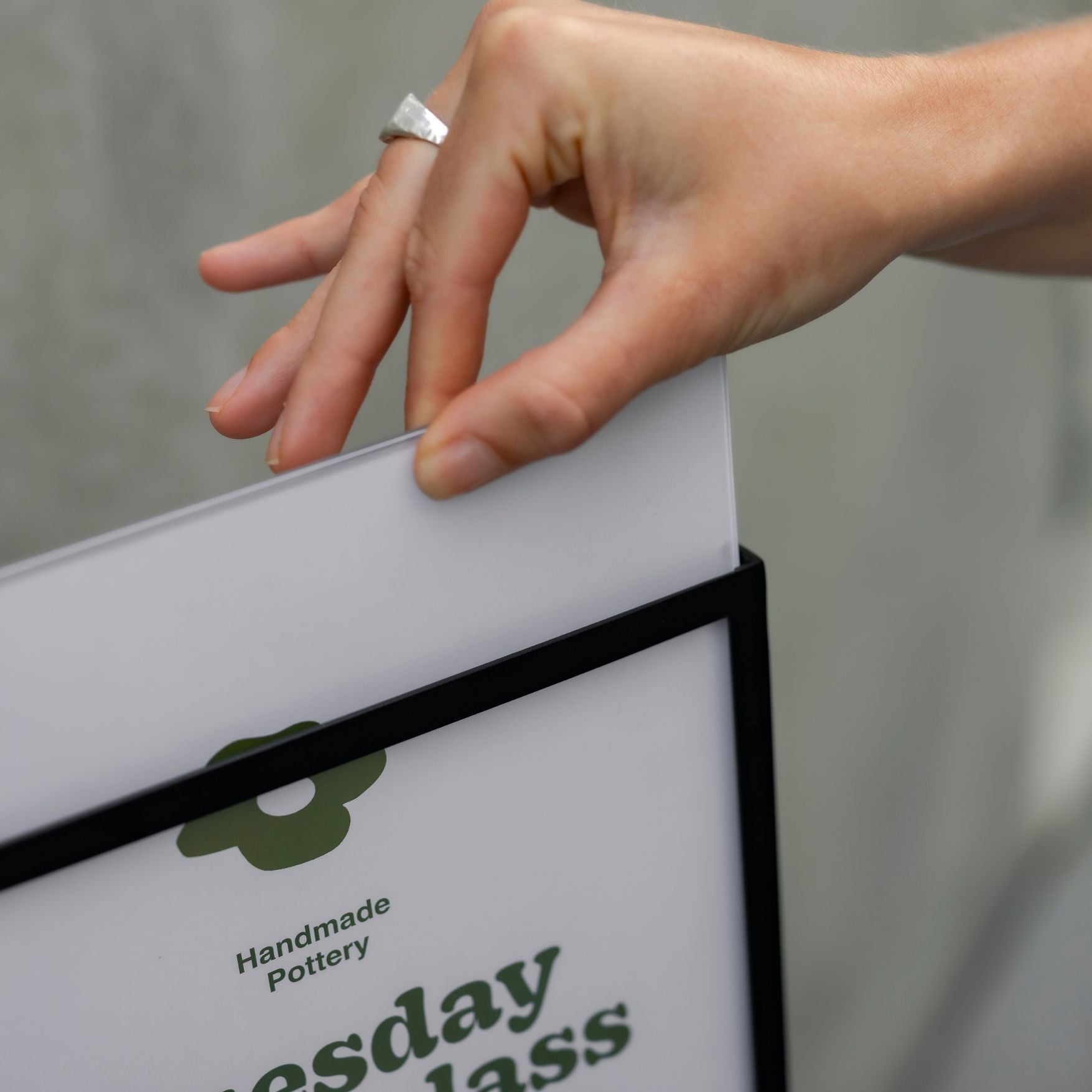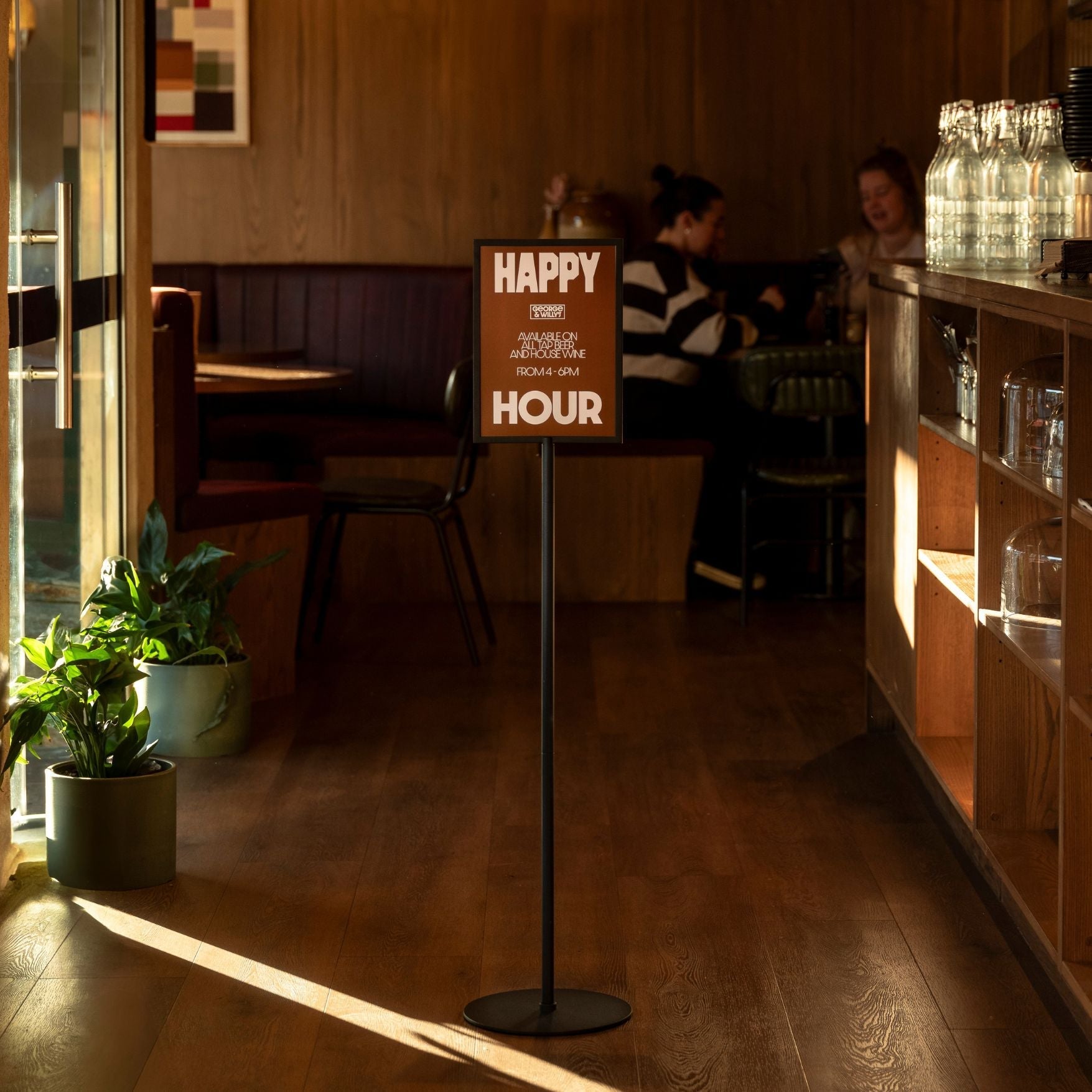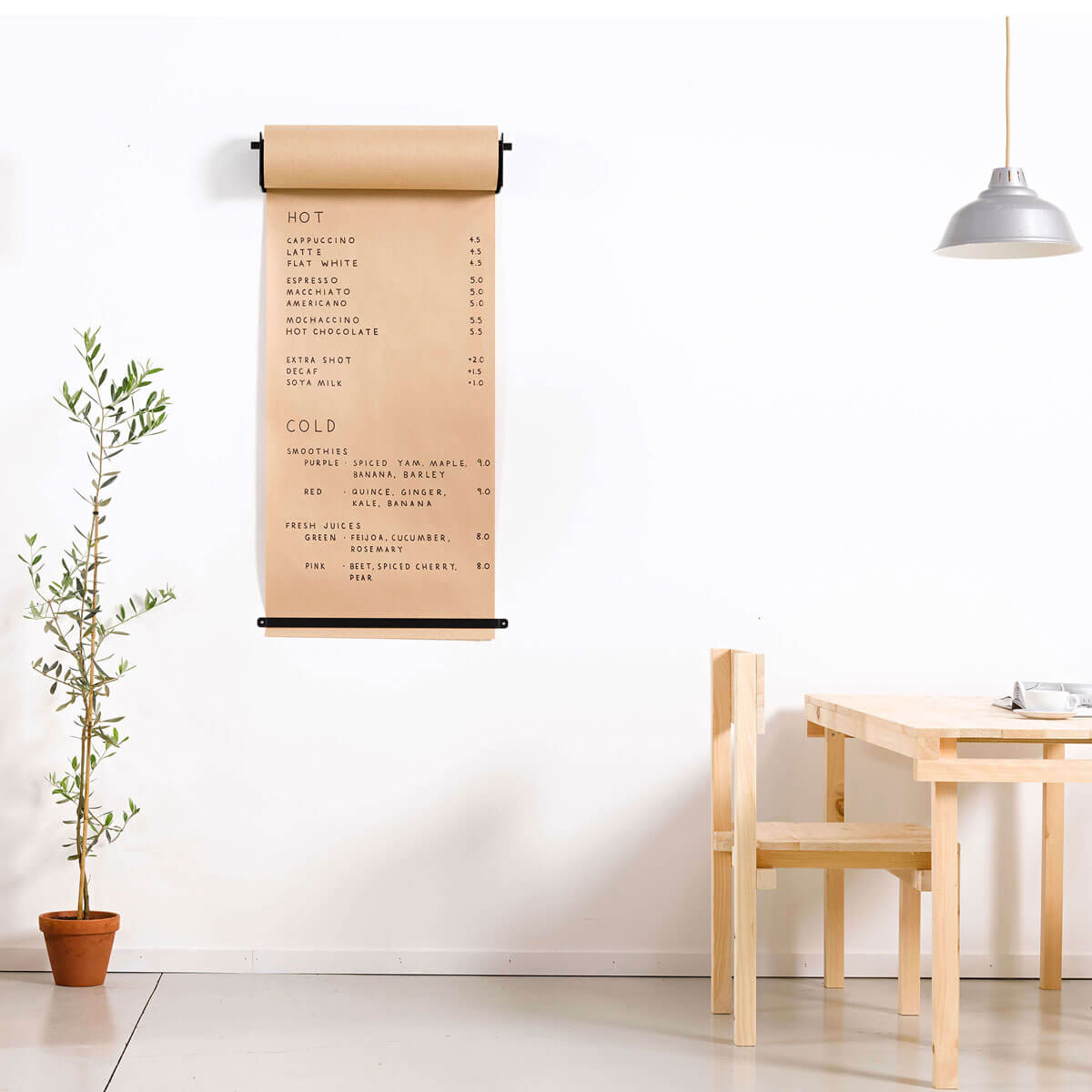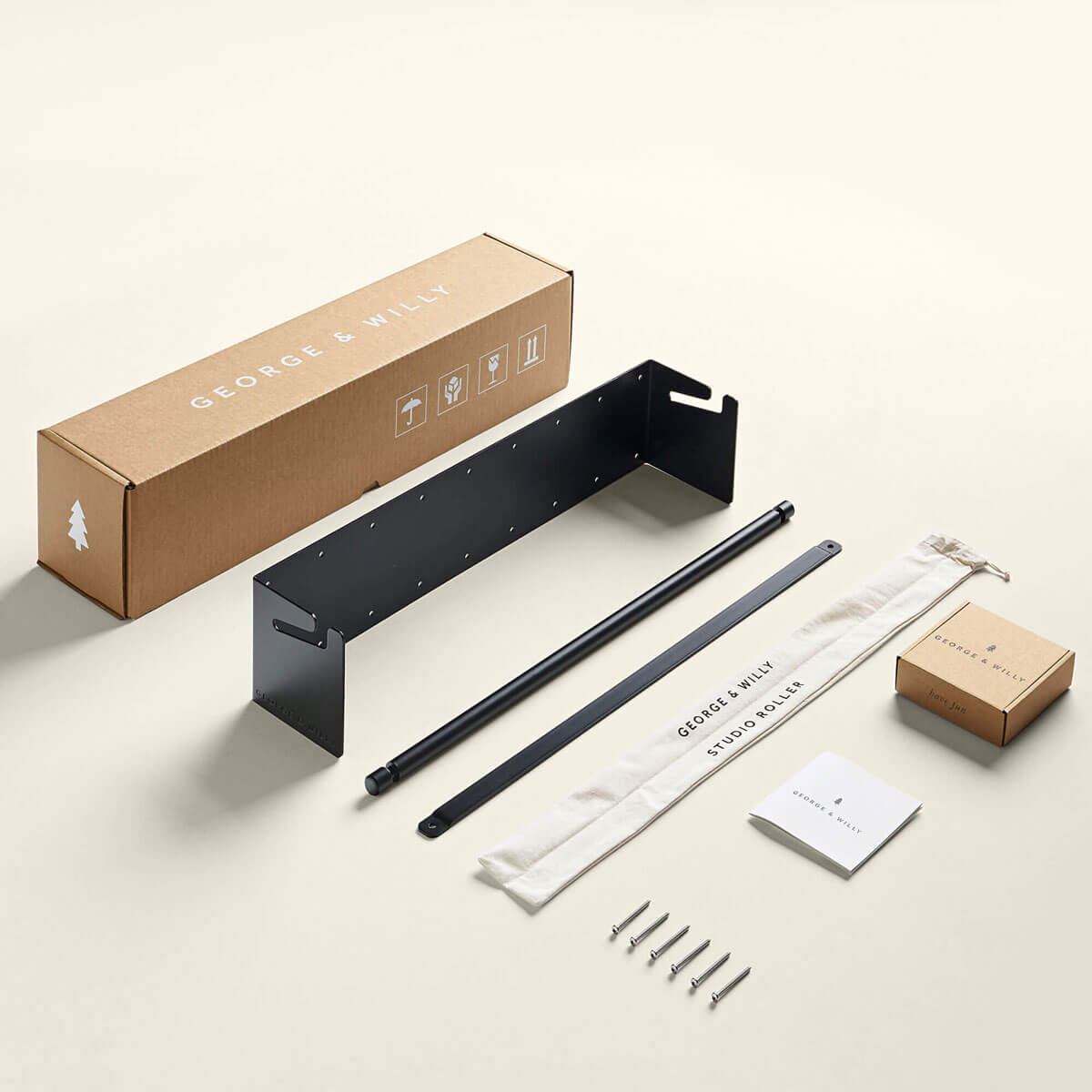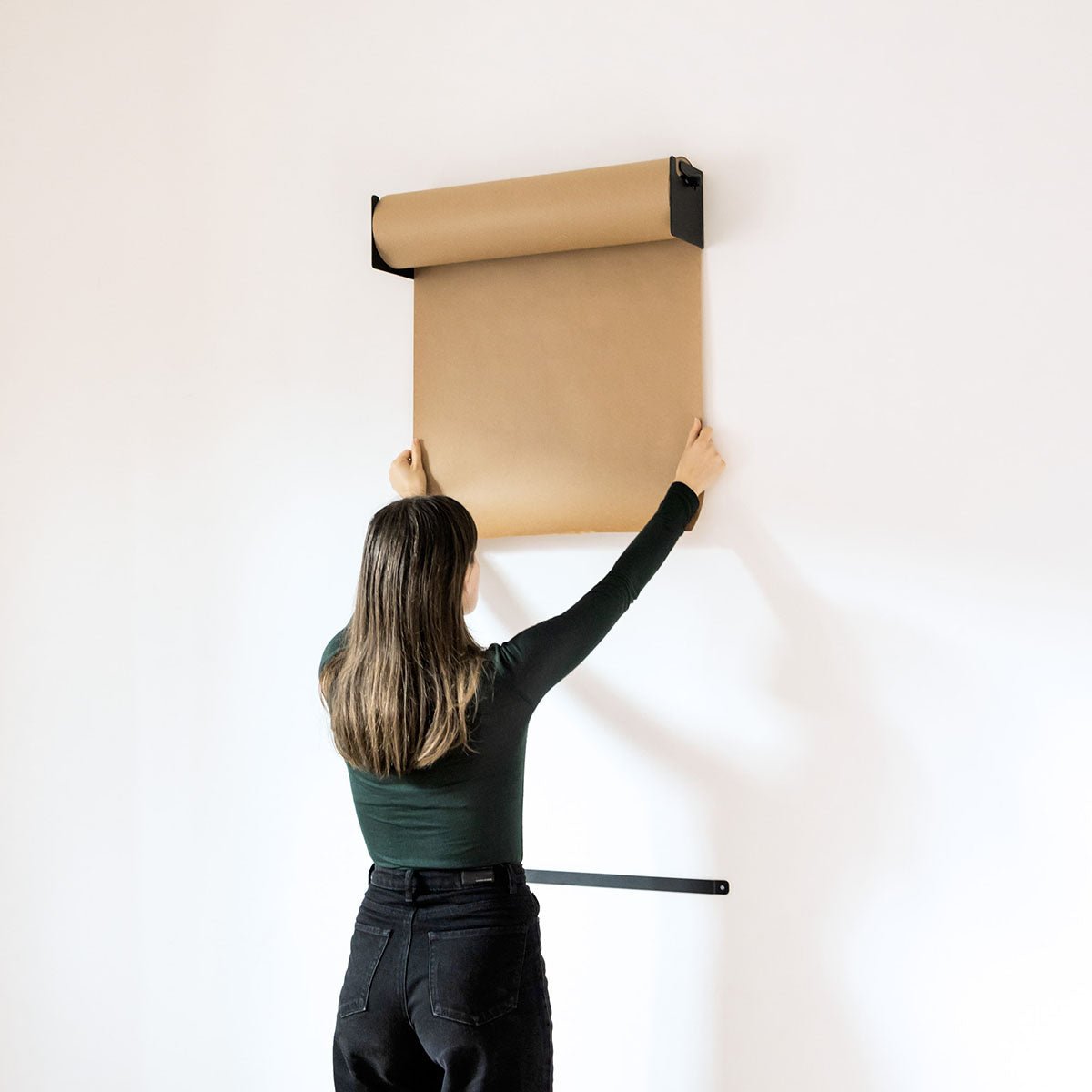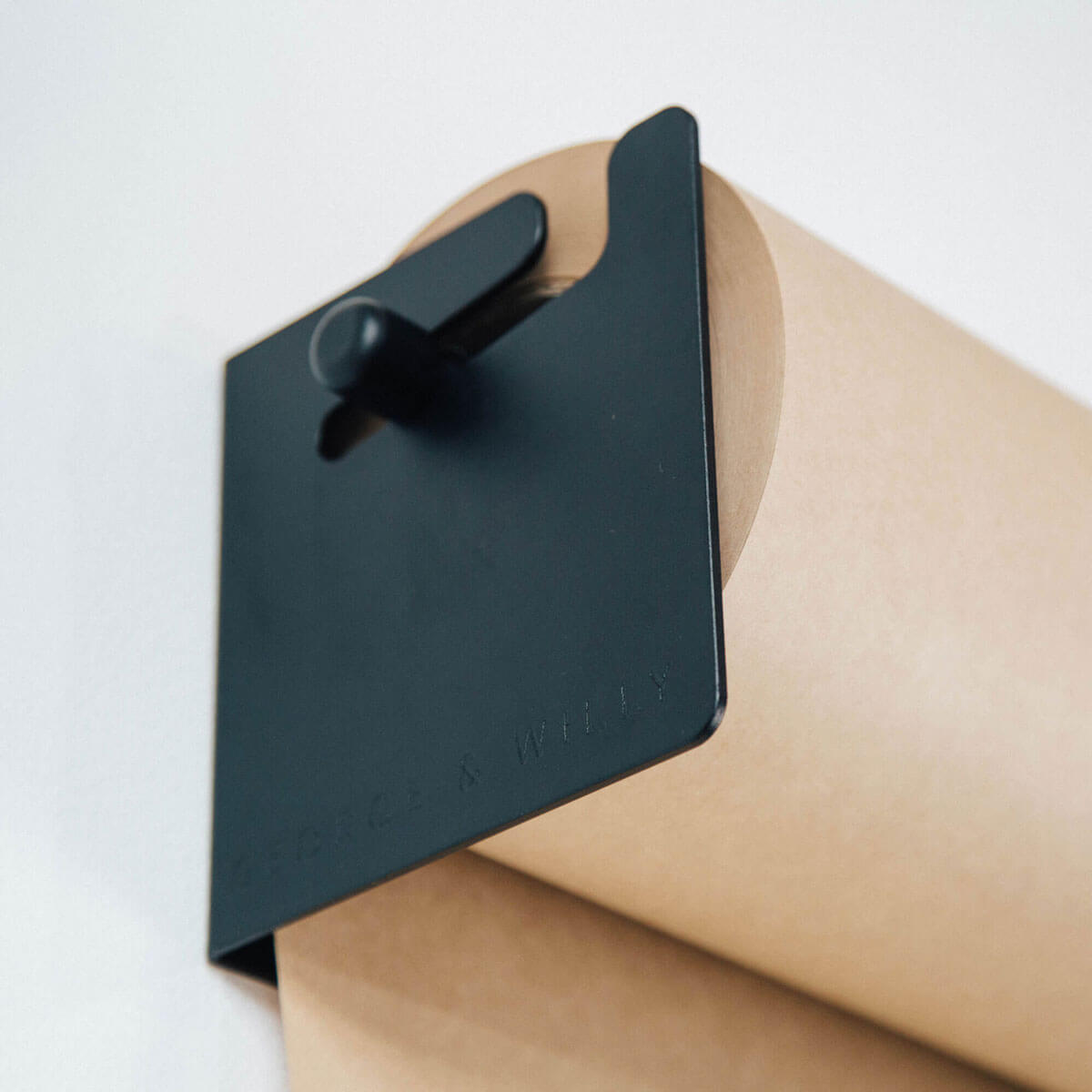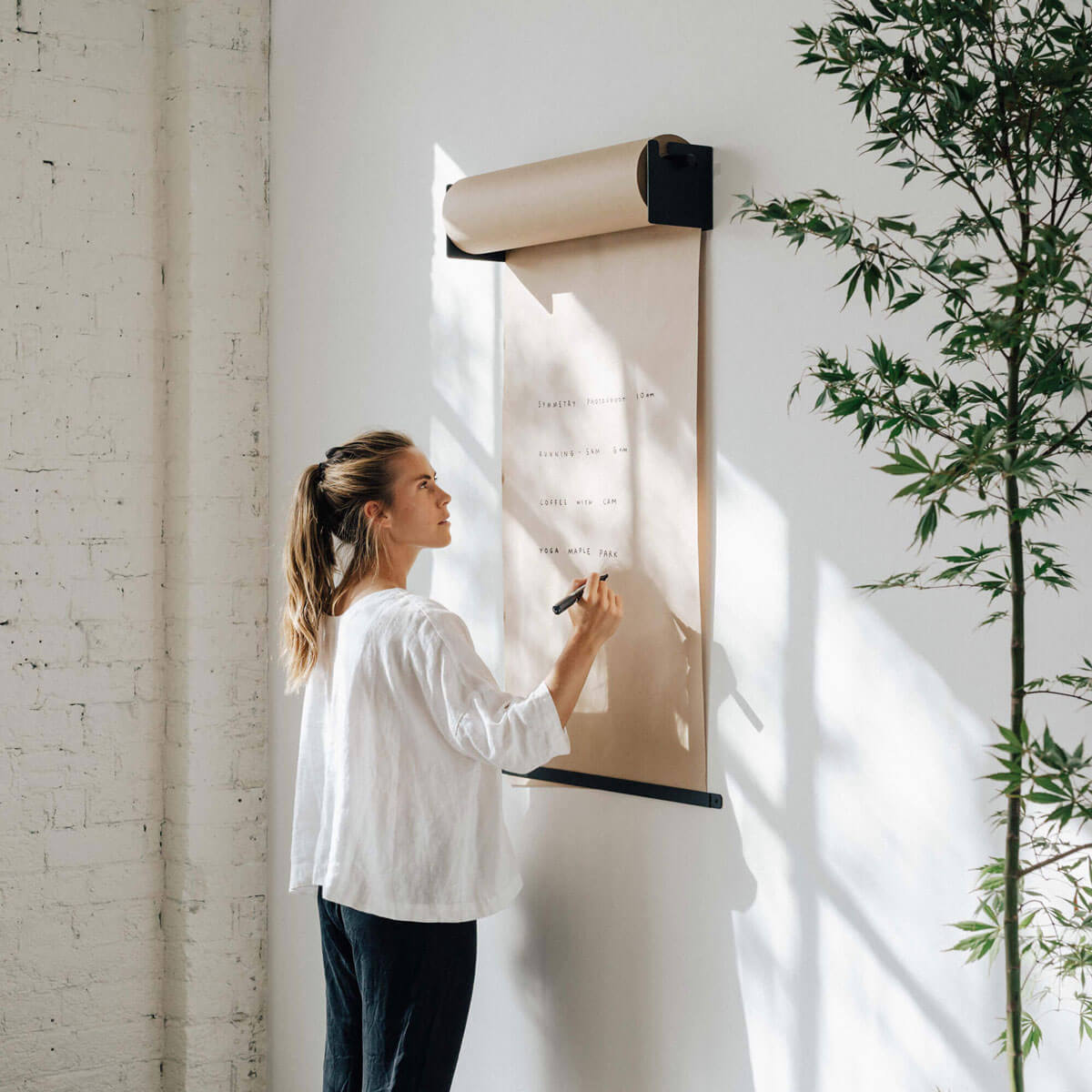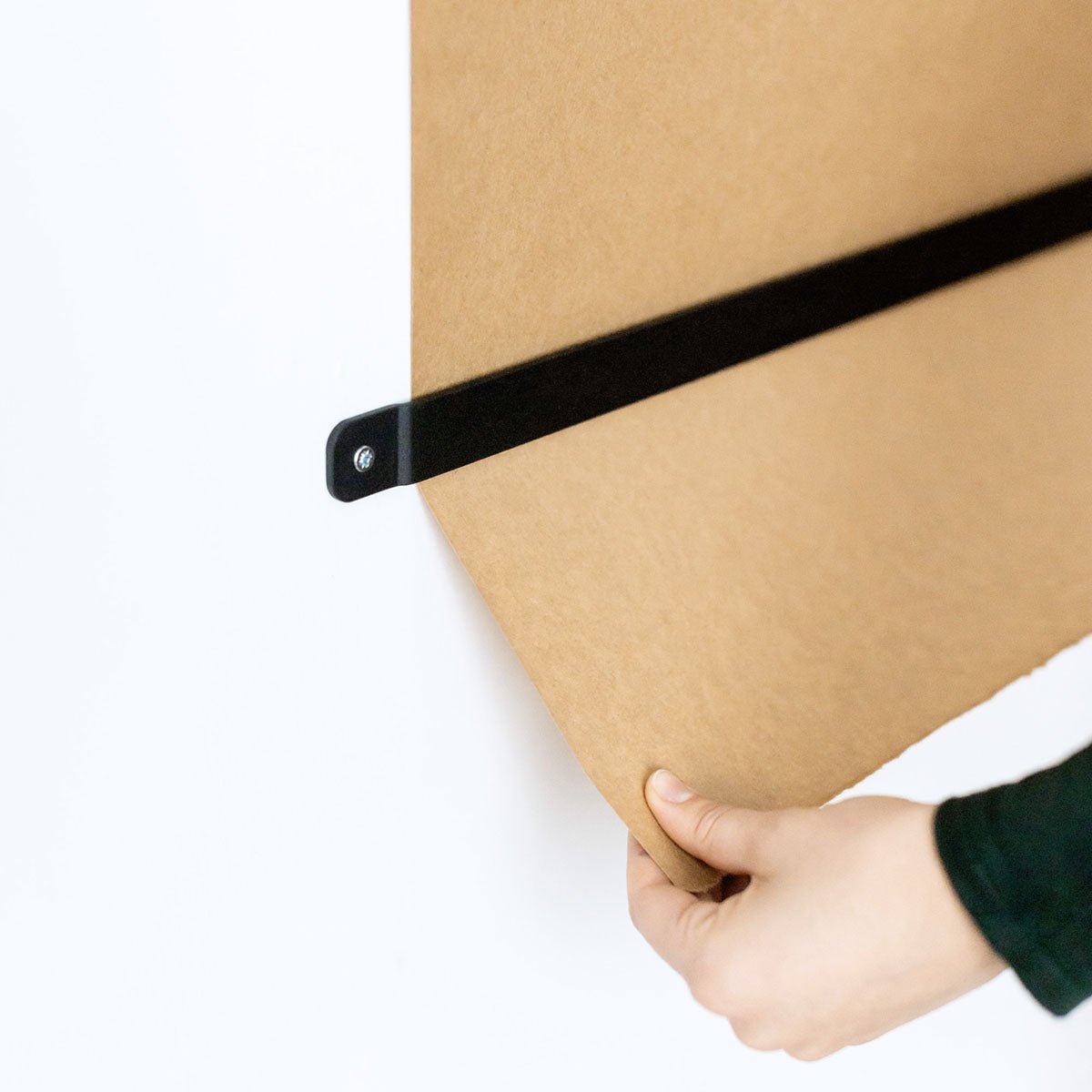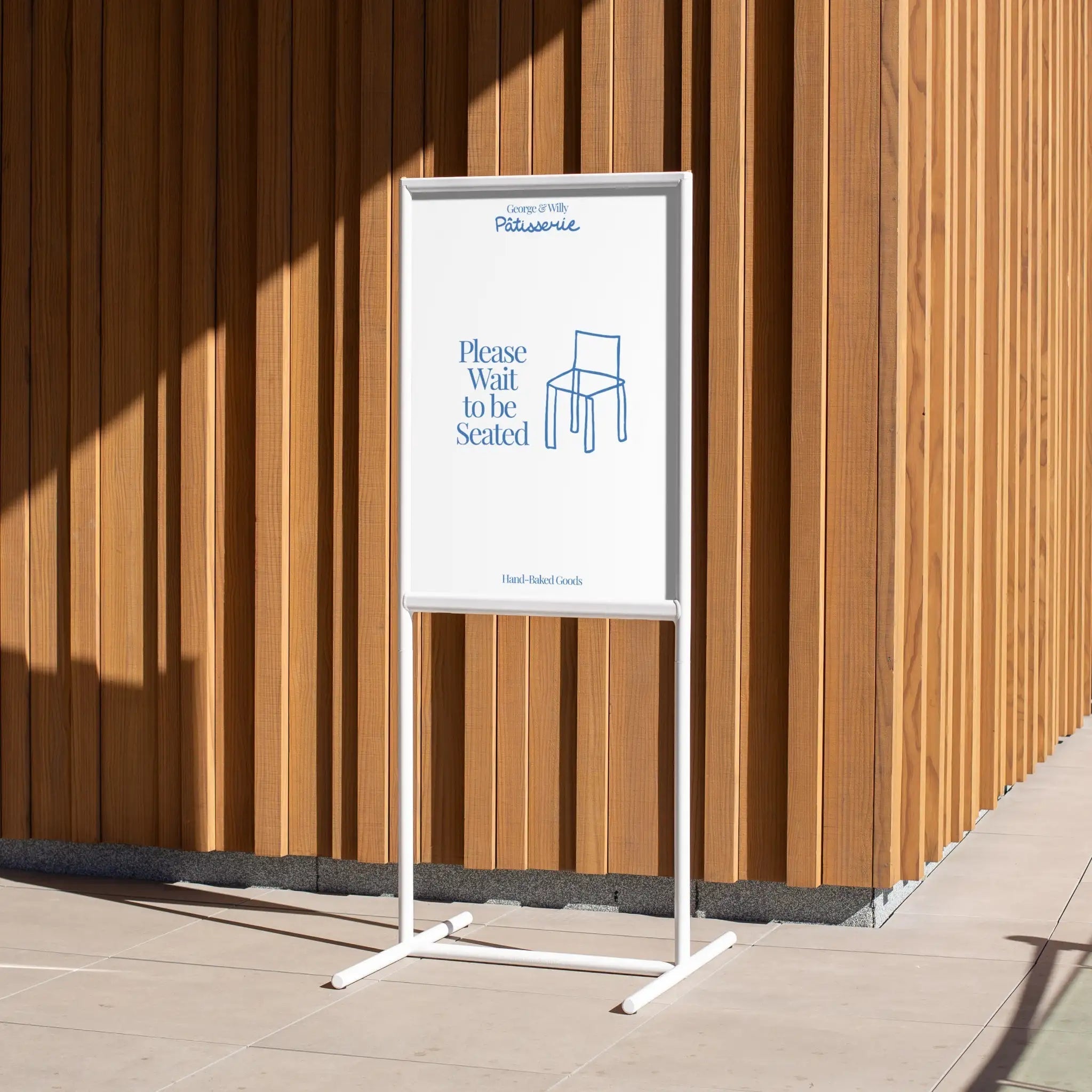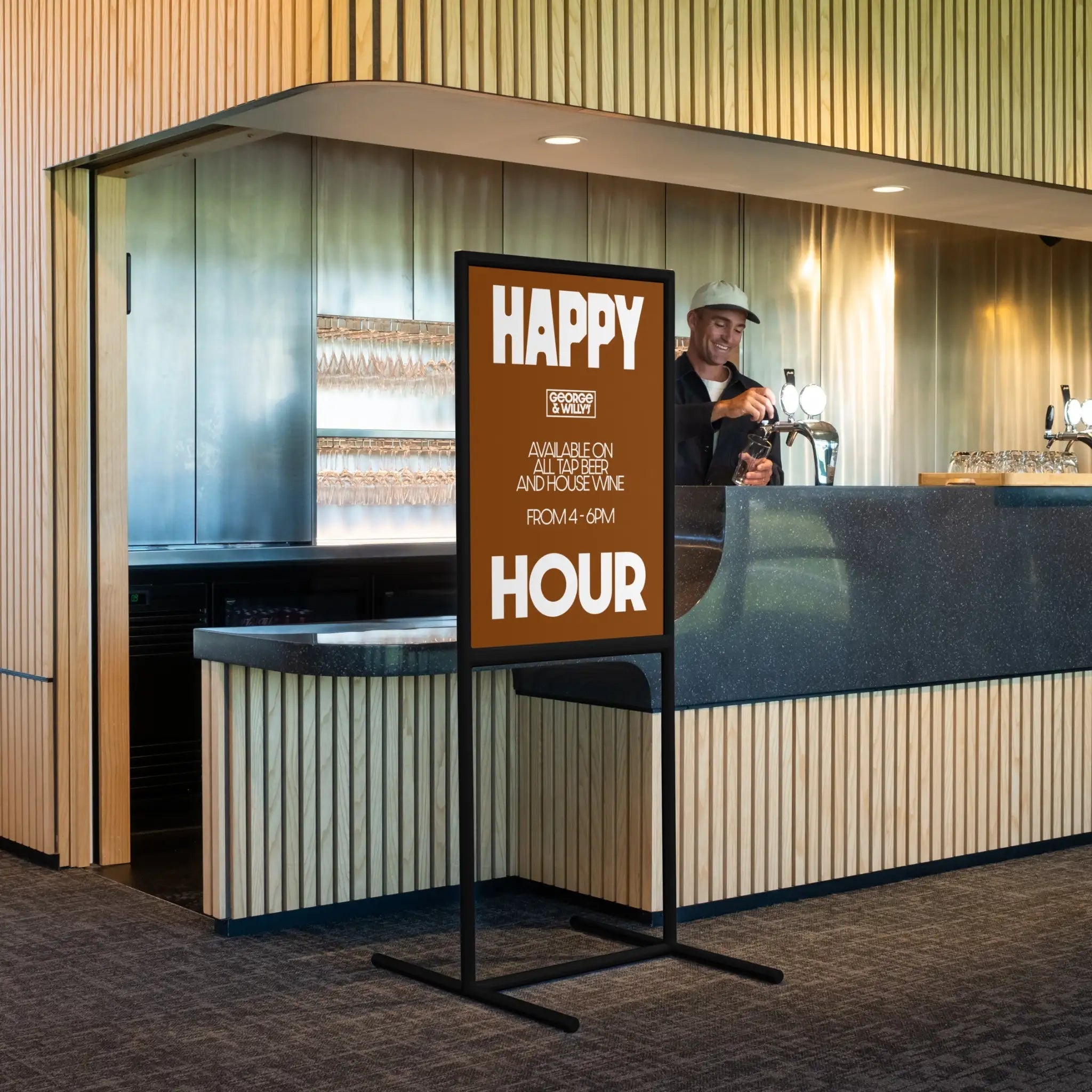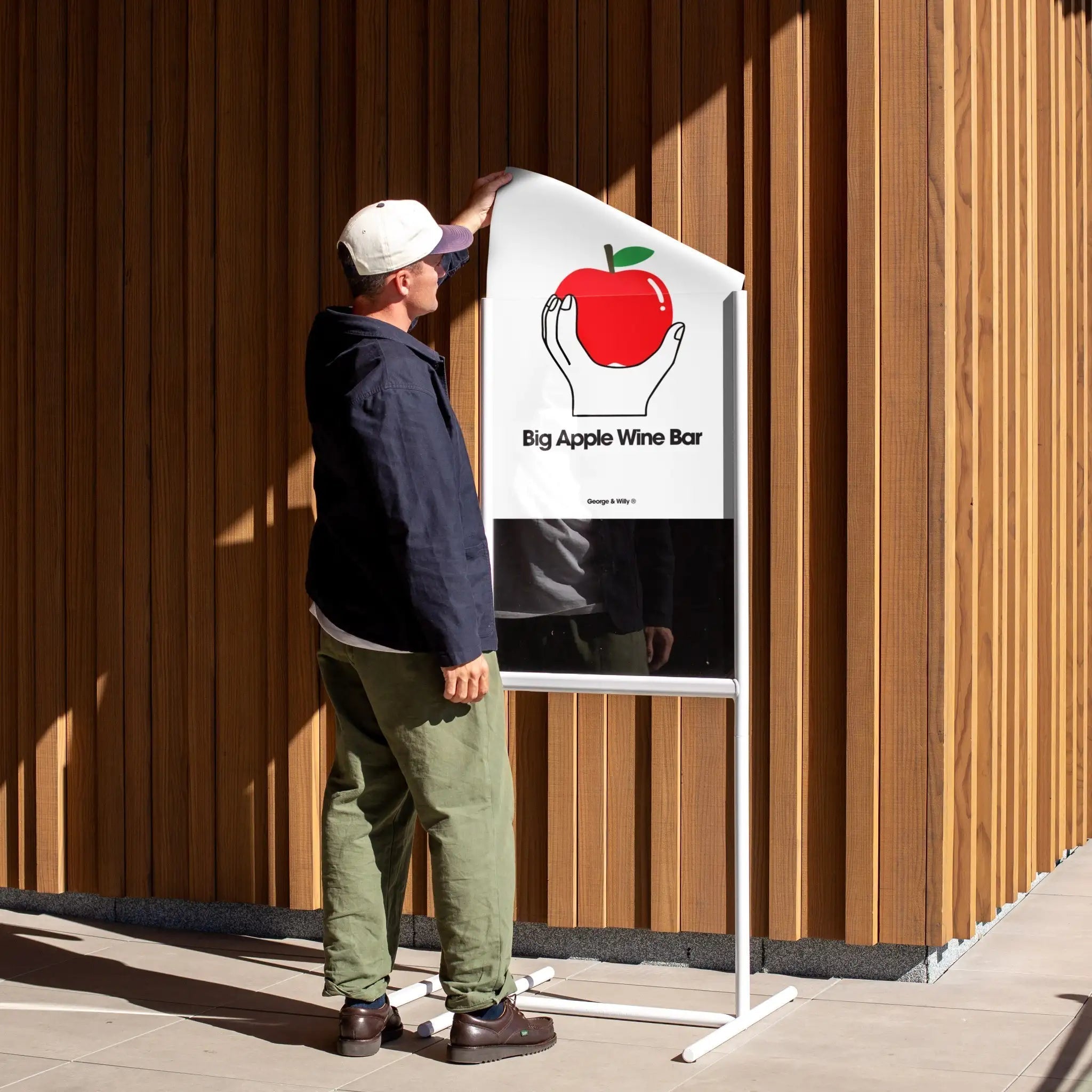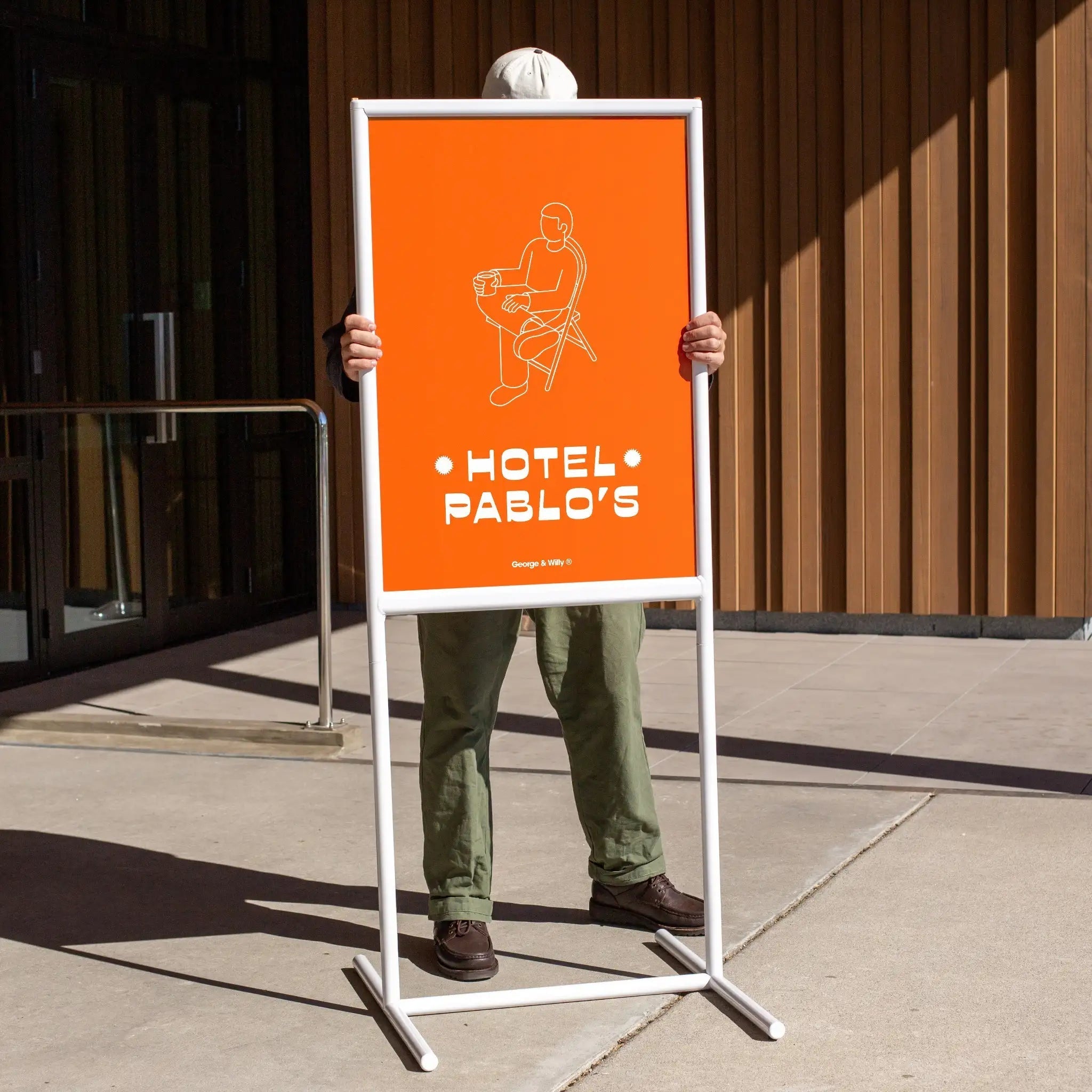Your menu board is one of the most powerful marketing tools inside your business. It’s more than just a list of items and prices; it’s a silent salesperson, a brand ambassador, and a crucial part of the customer experience. Effective in store signage can lift overall sales by up to 20%, and a well designed menu board plays a huge role in that success.
Whether you run a bustling cafe, a minimalist boutique, or a modern restaurant, the right menu boards can guide customer choices, encourage upsells, and reinforce your brand’s quality. This guide explores how to choose, design, and place menu boards to maximize their impact.
Why Your Menu Board is a Critical First Impression
Long before a customer tastes your coffee or tries on your products, they interact with your signage inside and out. At the storefront, an A-Frame Sign draws attention and sets expectations before they walk in; inside, your menu board continues the story. A staggering 68% of consumers believe a business’s signage reflects the quality of its products or services. A flimsy, hard to read, or poorly designed menu can suggest a lack of attention to detail, while a clean, high quality menu board builds immediate trust.
Well placed menu boards are also proven to drive sales directly. Shoppers are about 18% more likely to make an unplanned, impulse purchase when they see a sign promoting it at the point of decision. That “specialty latte” or “dessert of the day” highlighted on your menu board can significantly increase the average customer spend.
Choosing the Right Type of Menu Board
The days of static, printed menus are fading. Modern businesses need flexibility. Choosing menu boards that are easy to update is a smart strategy for cafes, bars, and shops where offerings change frequently.
Popular Styles for Modern Businesses
Magnetic Letter Boards: These systems, featuring rails and individual magnetic letters, offer a clean, uniform look. They are incredibly easy to update for daily specials or price changes and provide a crisp, professional aesthetic.
Changeable Tile Boards: Featuring grooved backings and slidable tiles, these menu boards offer a tactile and organized way to display information. The structured format ensures perfect alignment and legibility.
Peg Letter Boards: A classic choice with a nostalgic feel, peg letter boards use push in letters on a perforated surface. They bring a unique, hands on character to a space while remaining simple to modify.
These modular systems allow you to keep your messaging fresh without the recurring cost and waste of reprinting posters. For businesses that want a cohesive look, George & Willy offers a range of letter boards and menu boards (like the Hanging Menu Board) designed for easy updates and timeless appeal.
Key Principles for Effective Menu Board Design
A beautiful design is useless if customers can’t read it. Clarity and legibility are essential for menu boards, and research shows that quality signage which is highly visible and easy to read can increase sales by up to 15%.
Readability Best Practices
Use Clean, Large Fonts: Avoid overly decorative scripts. Opt for sans serif fonts that are easy to scan from a distance. Ensure the letter size is large enough for customers standing at your counter or ordering line.
Embrace High Contrast: Use dark letters on a light background or light letters on a dark background. This simple principle dramatically improves readability and makes your menu board pop.
Keep it Simple: Don’t clutter your menu board with too many graphics or unnecessary words. A short, clear message is easier for customers to absorb quickly, especially during busy periods. Group items logically with clear headings like “Sandwiches,” “Coffee,” and “Pastries.”
Durability and Materials: An Investment in Quality
Your menu board is a permanent fixture, so its quality and longevity matter. Choosing durable, premium materials ensures your sign looks great for years and reflects the quality of your business. Opt for materials like powder coated metals and aluminum that withstand daily use in high traffic environments.
A high quality powder coat finish, for example, can last for many years, preventing fading and chipping and keeping your sign looking fresh. Investing a bit more in well made menu boards saves money in the long run by avoiding frequent replacements and reinforcing to customers that your business values quality in every detail.
Strategic Placement for Maximum Impact
Where you place your menu boards is just as important as what’s on them. The goal is to position them in key decision making zones to guide customers and streamline the ordering process.
Place your primary menu board where it is clearly visible upon entering and from the main ordering area. If wall space is limited, consider a ceiling-mounted option like the Ceiling Menu Board. This helps customers decide what they want before they reach the counter, speeding up service. Consider using smaller, supplementary signs to upsell. A small countertop sign advertising a pastry special or a table talker promoting a new drink can effectively capture attention and encourage last minute additions.
By using both large format and tabletop menu boards (like Table Talkers) you create a complete system that guides customers and highlights your most profitable items.
Keeping Your Signage Fresh and Maintained
Even the best menu boards need care. Regularly clean the surfaces and letters to keep them free of dust and smudges. If you use a modular system, ensure you have extra letters or tiles on hand to replace any that get lost or damaged.
Beyond cleaning, it’s a good idea to refresh the content frequently. Regularly updating your menu board to feature seasonal items or promotions keeps it interesting for repeat customers. The flexibility of changeable menu boards means you can test new offerings or highlight a witty quote at a moment’s notice, turning your menu into a dynamic and engaging focal point.
Ready to elevate your customer experience? Discover menu board solutions that combine timeless design with practical functionality.
Frequently Asked Questions
1. What is the best type of menu board for a cafe?
For cafes with frequently changing specials, a modular system like a magnetic letter board or a tile menu board is ideal. They allow for quick and easy updates without sacrificing a professional, clean look.
2. How can I make my menu board design stand out?
Focus on readability and branding. Use a clean font, high contrast colors, and organize your items with clear headings. Keep the design consistent with your brand’s overall aesthetic, whether it’s modern and minimal or rustic and cozy.
3. Are physical menu boards still effective with the rise of QR codes?
Absolutely. Physical menu boards serve as a central, highly visible focal point that QR codes can’t replace. They are crucial for brand aesthetic, attracting attention from a distance, and streamlining the ordering process for customers who prefer not to use their phones.
4. How do I make my menu board easy to read?
The three key factors are font size, contrast, and spacing. Use large, clear letters. Ensure there is strong contrast between the letters and the background (e.g., white on black). Finally, leave enough white space between items and sections to avoid a cluttered look.
5. How often should I update the content on my menu boards?
Update your menu boards whenever your prices or offerings change. It’s also a great practice to update them seasonally to highlight new items or promotions. The key is to ensure the information is always accurate and relevant.
6. What are the most durable materials for menu boards?
Powder coated aluminum and steel are excellent choices for durability. They are resistant to wear and tear in busy environments and are easy to clean. For wooden elements, look for sustainably sourced timbers that are properly treated.
7. Where is the best place to install a menu board?
Install your main menu board in a prominent, well lit location that is easily visible from the entrance and the ordering queue. For secondary or promotional signs, place them at the point of sale on the counter or on tables to encourage impulse buys.

